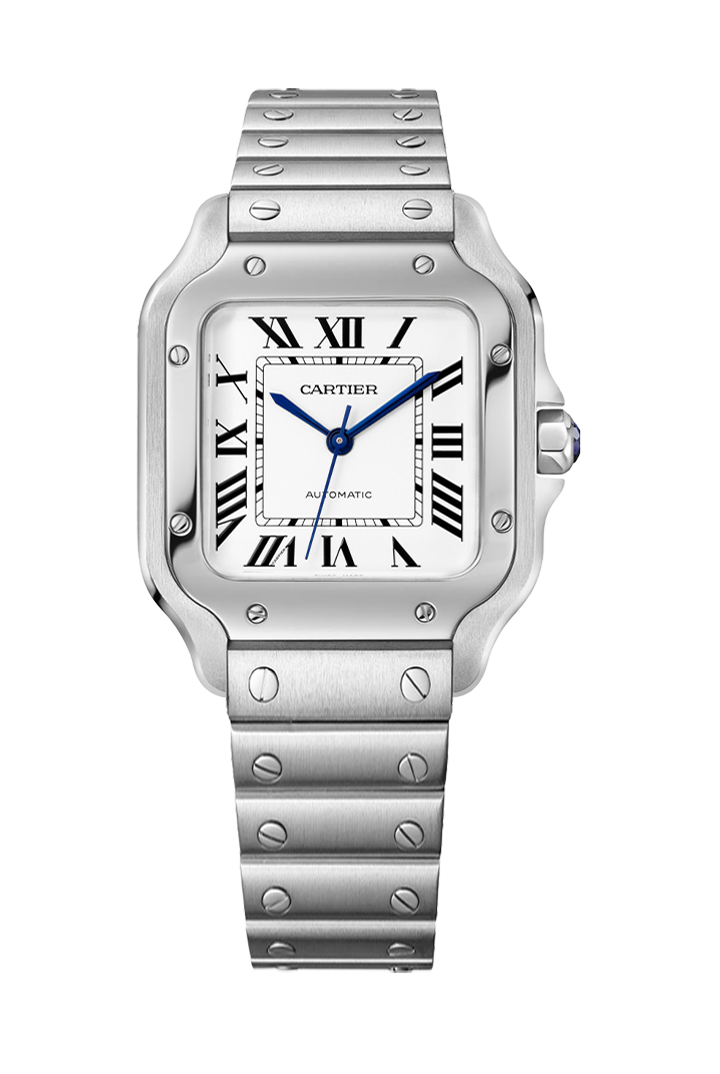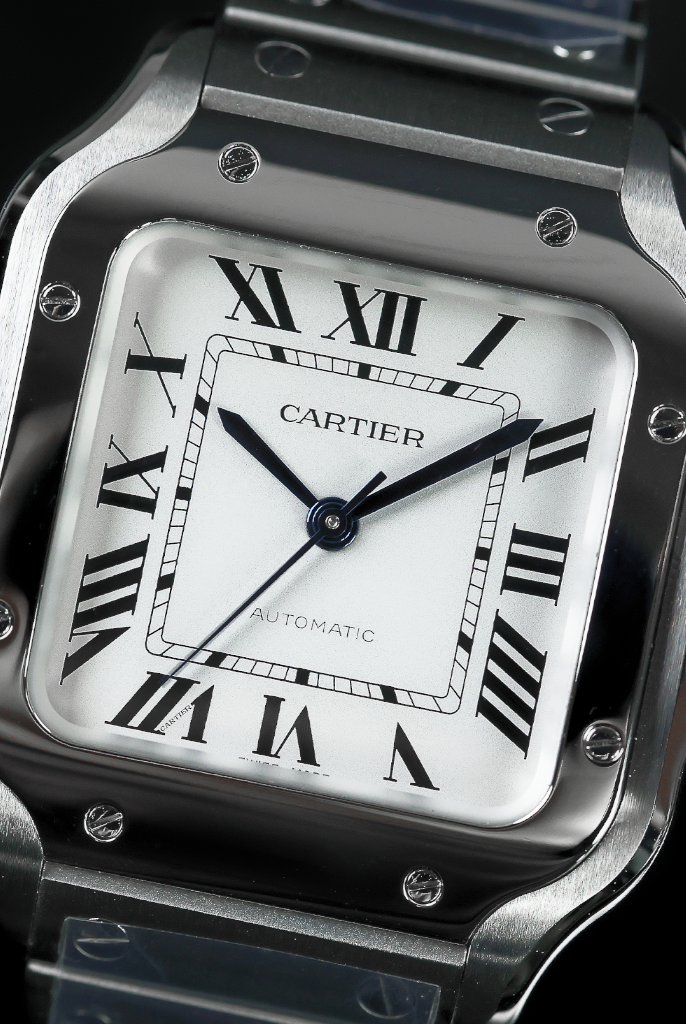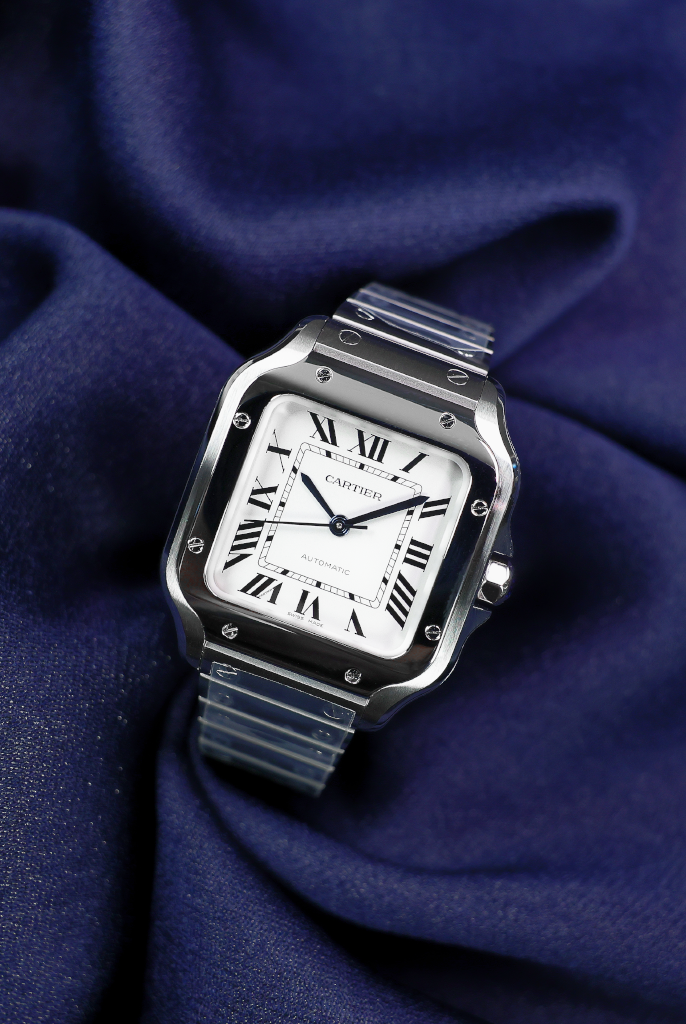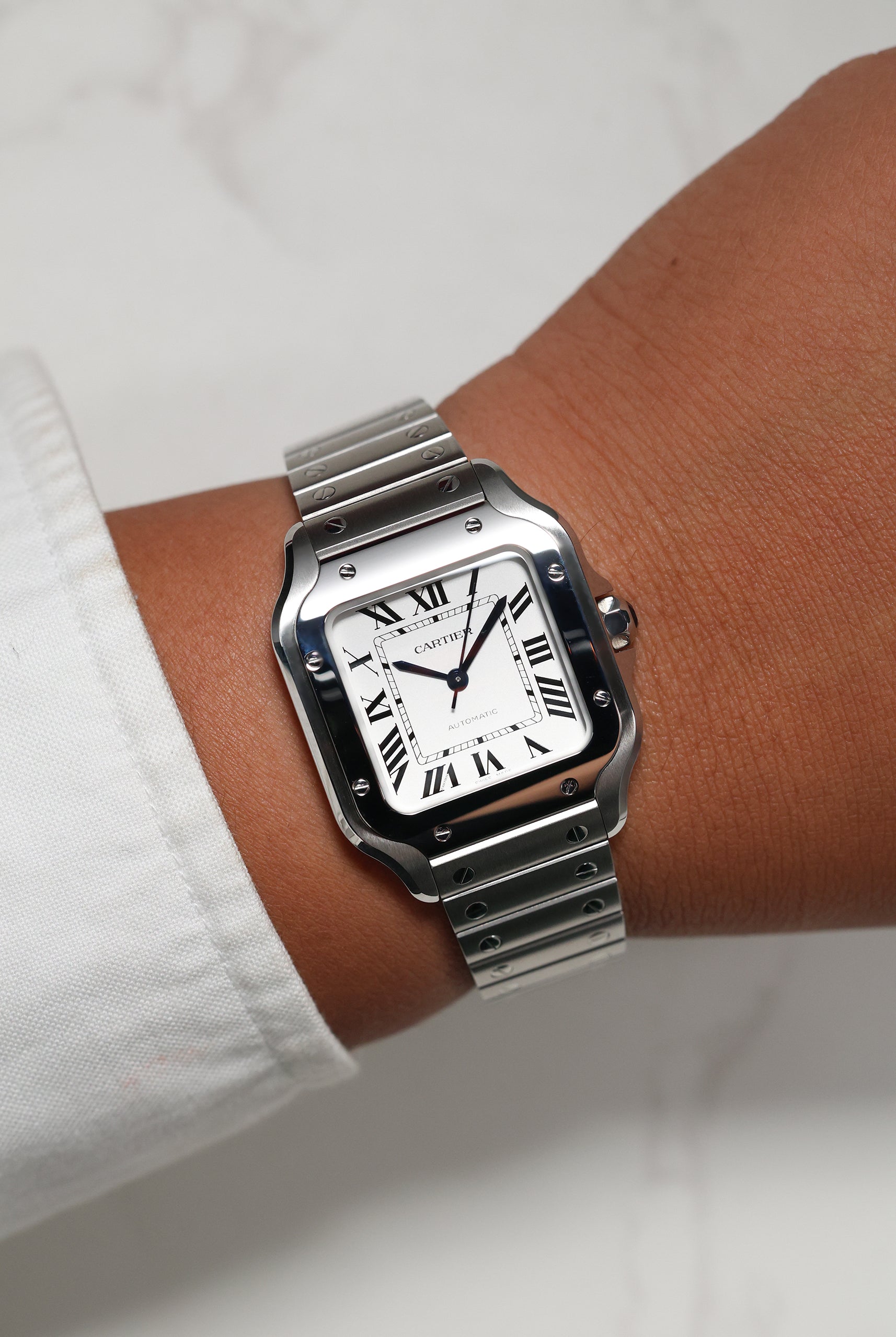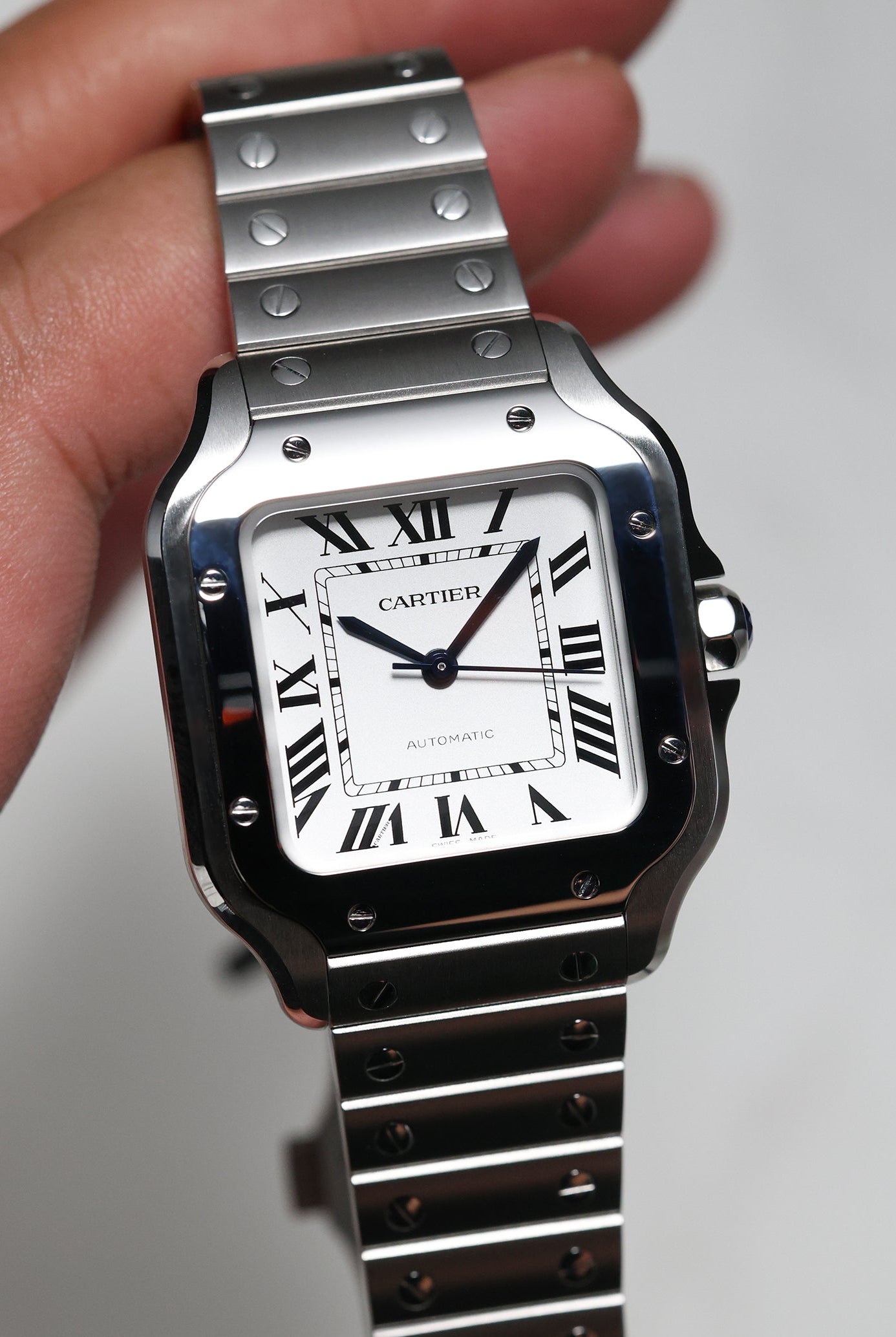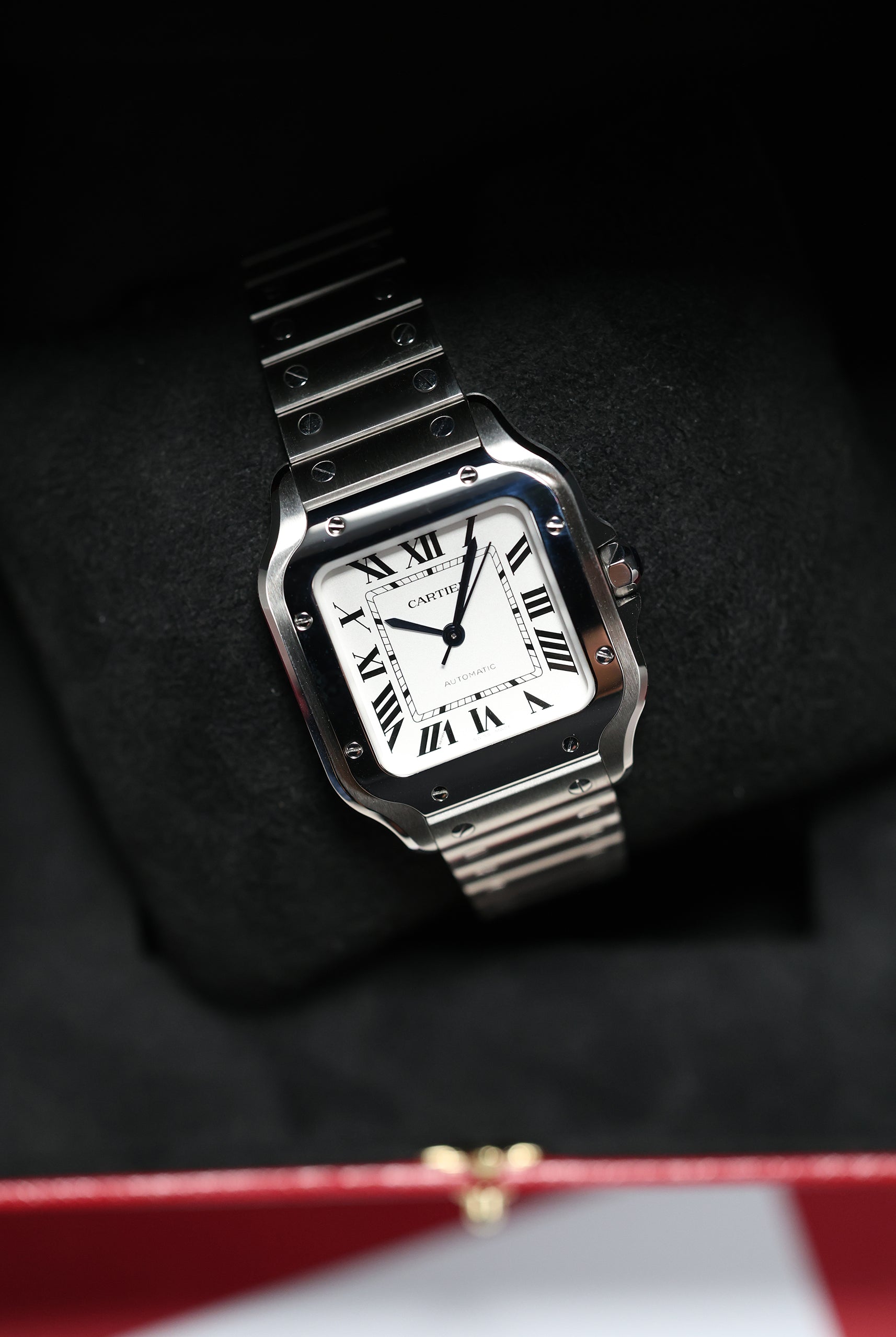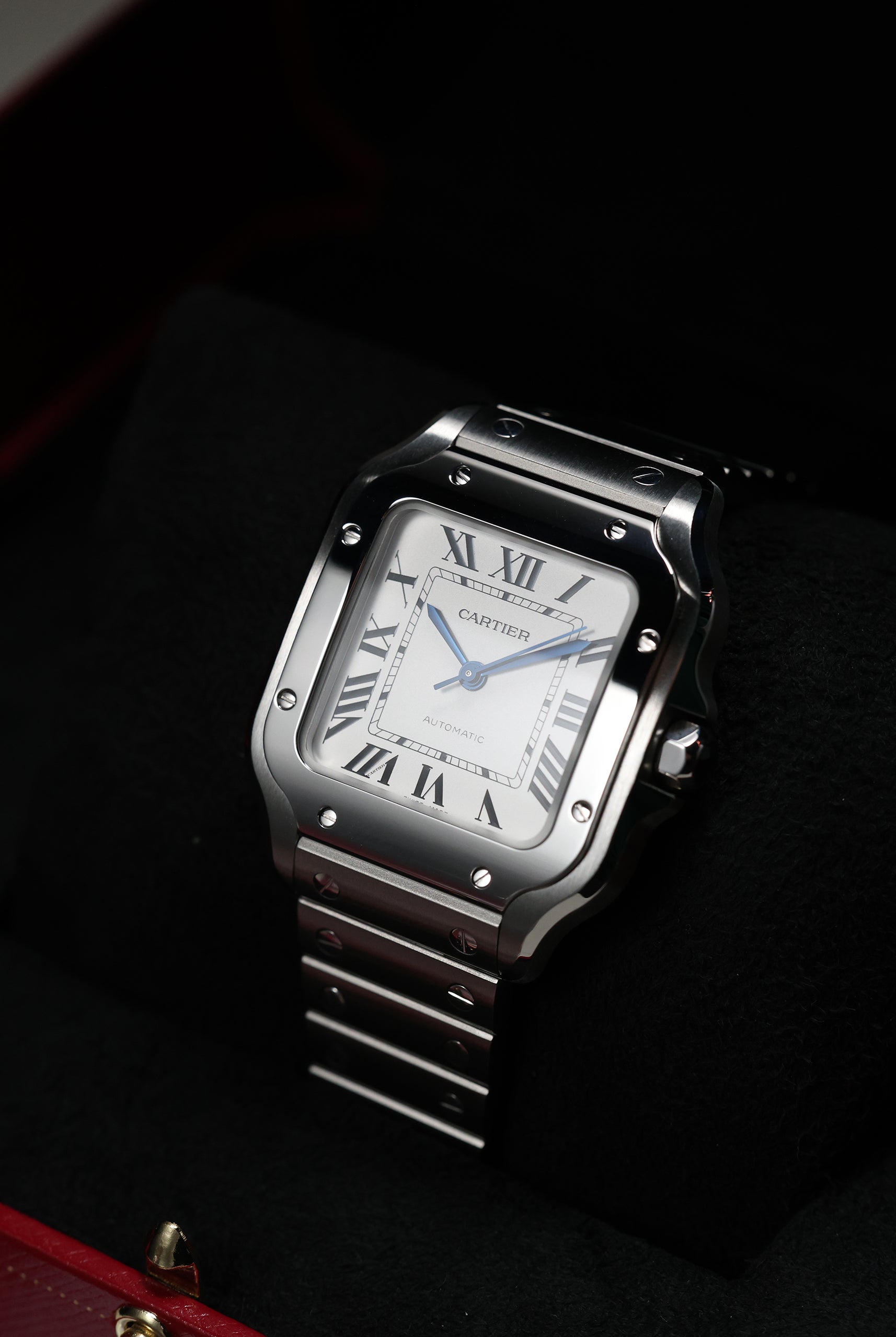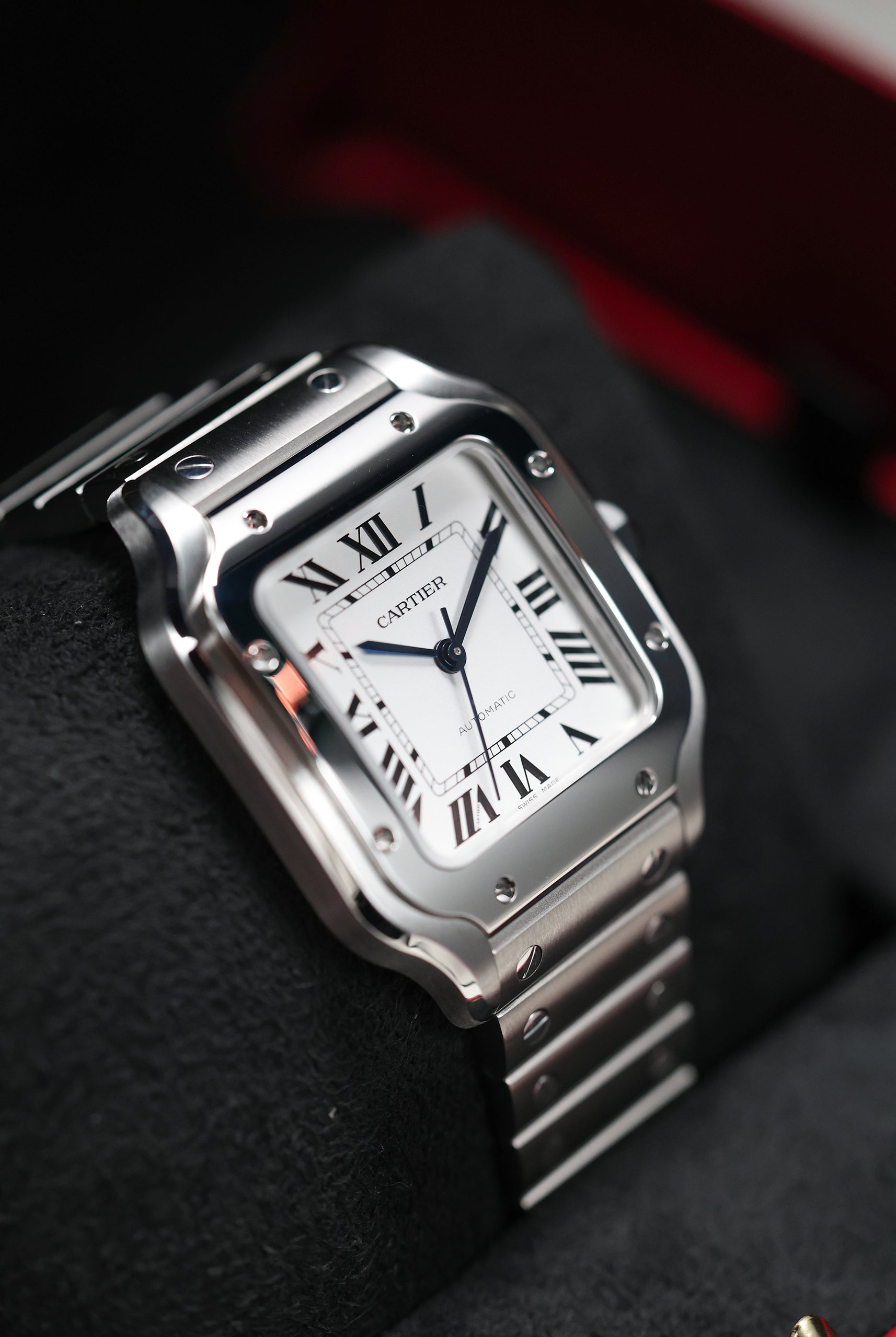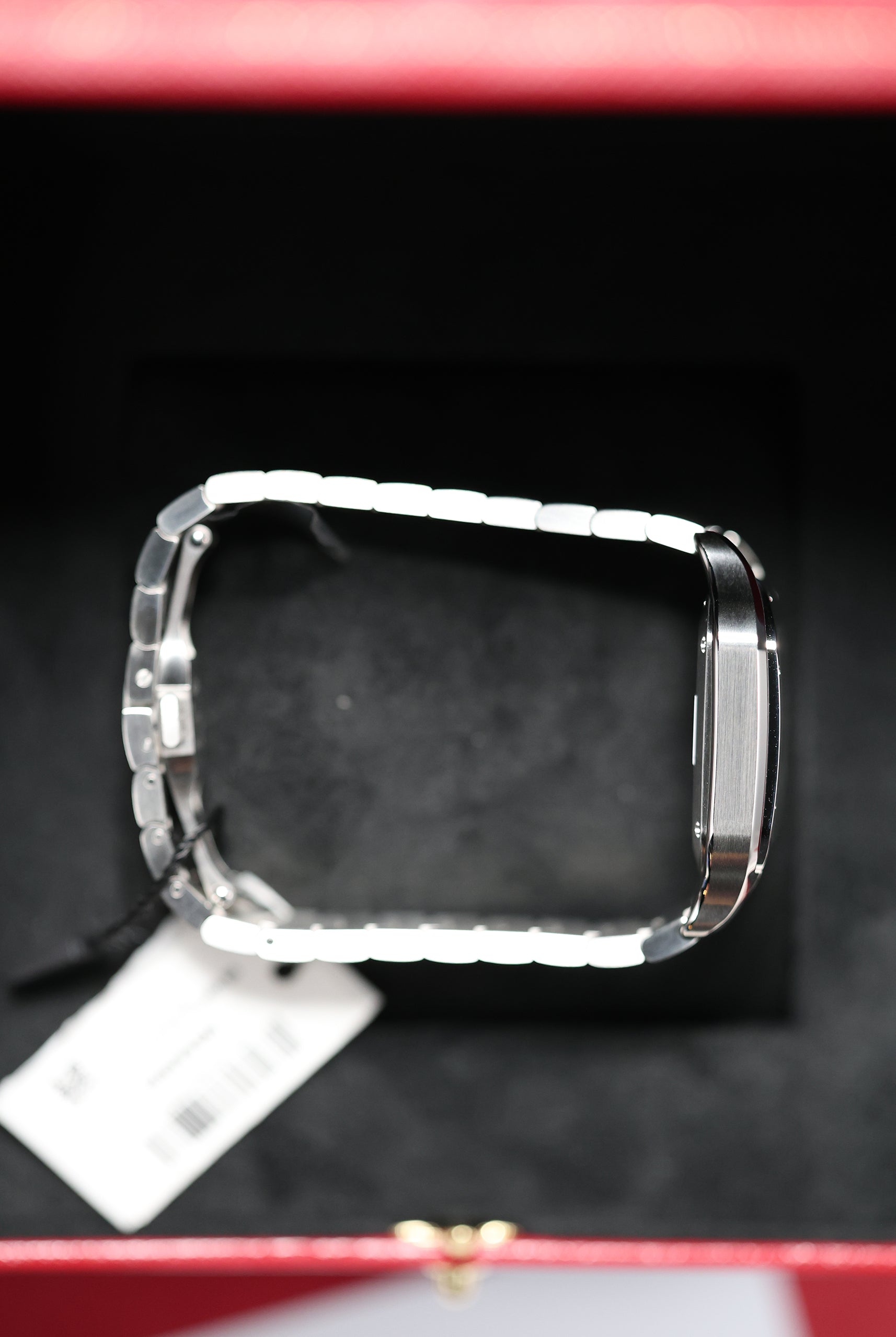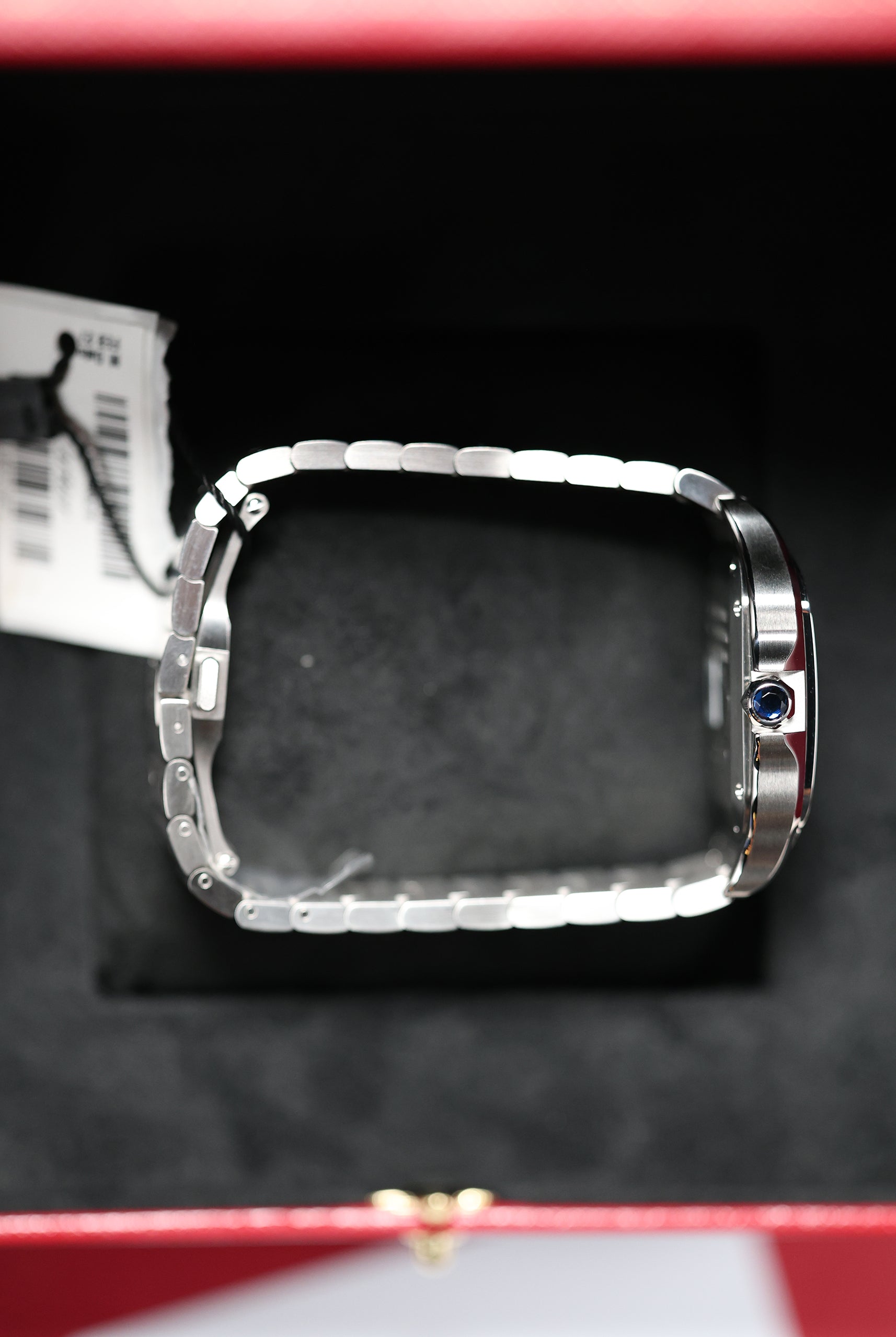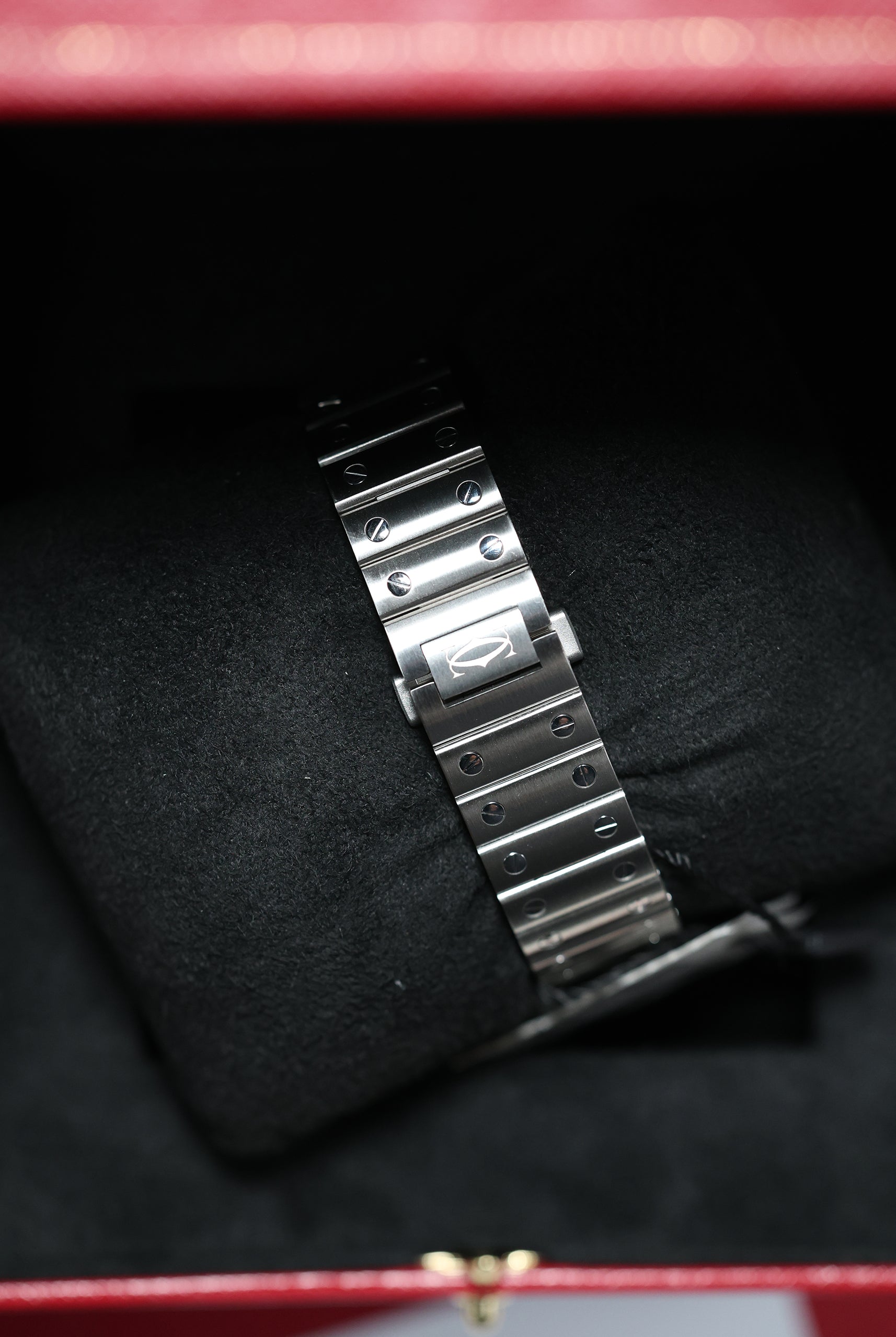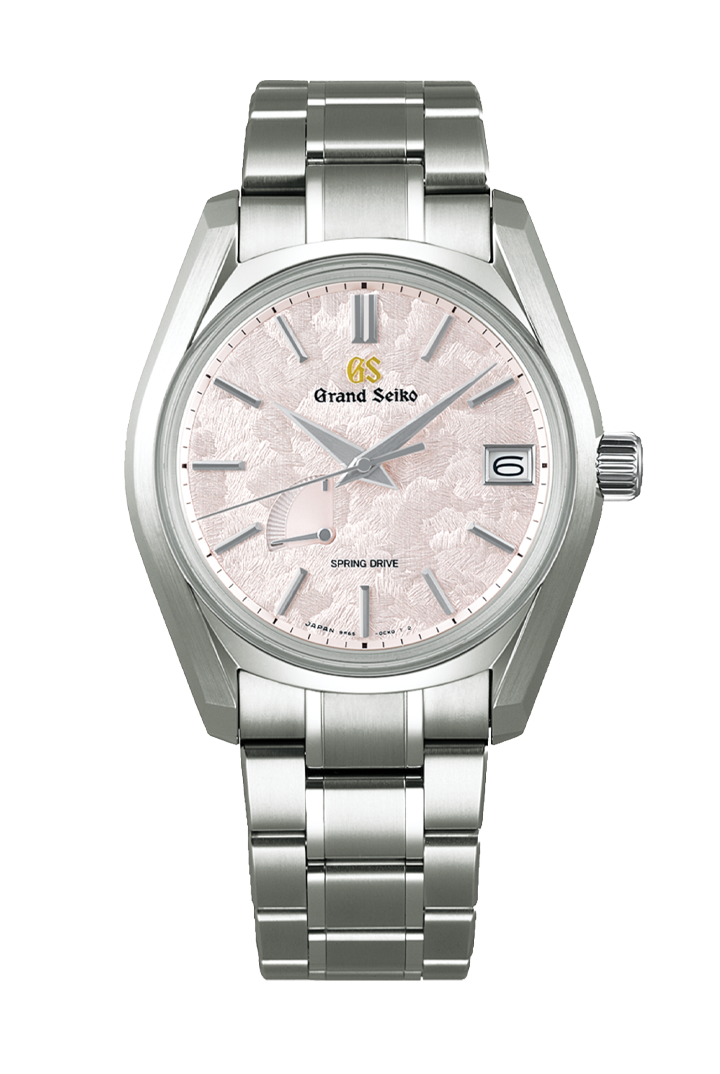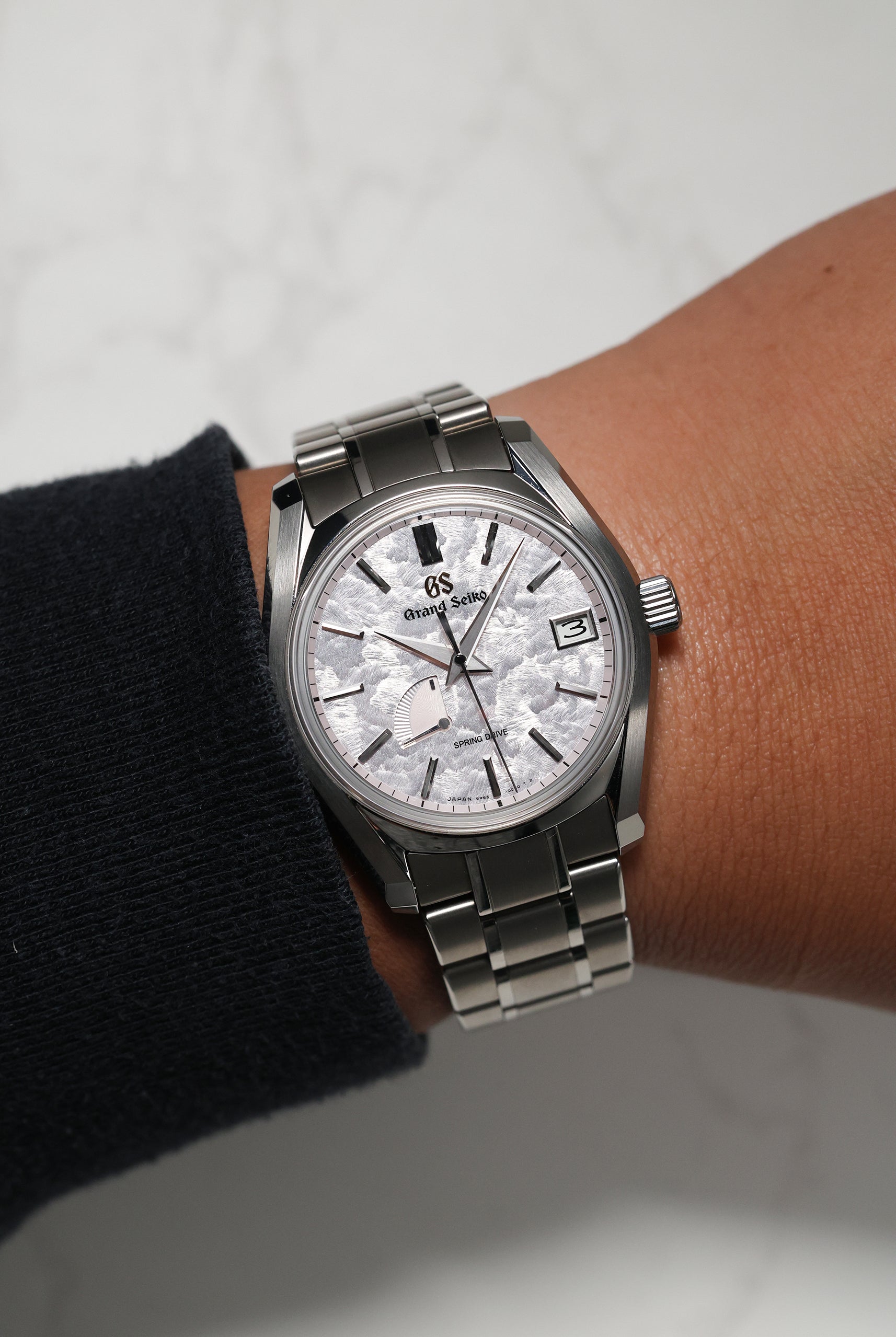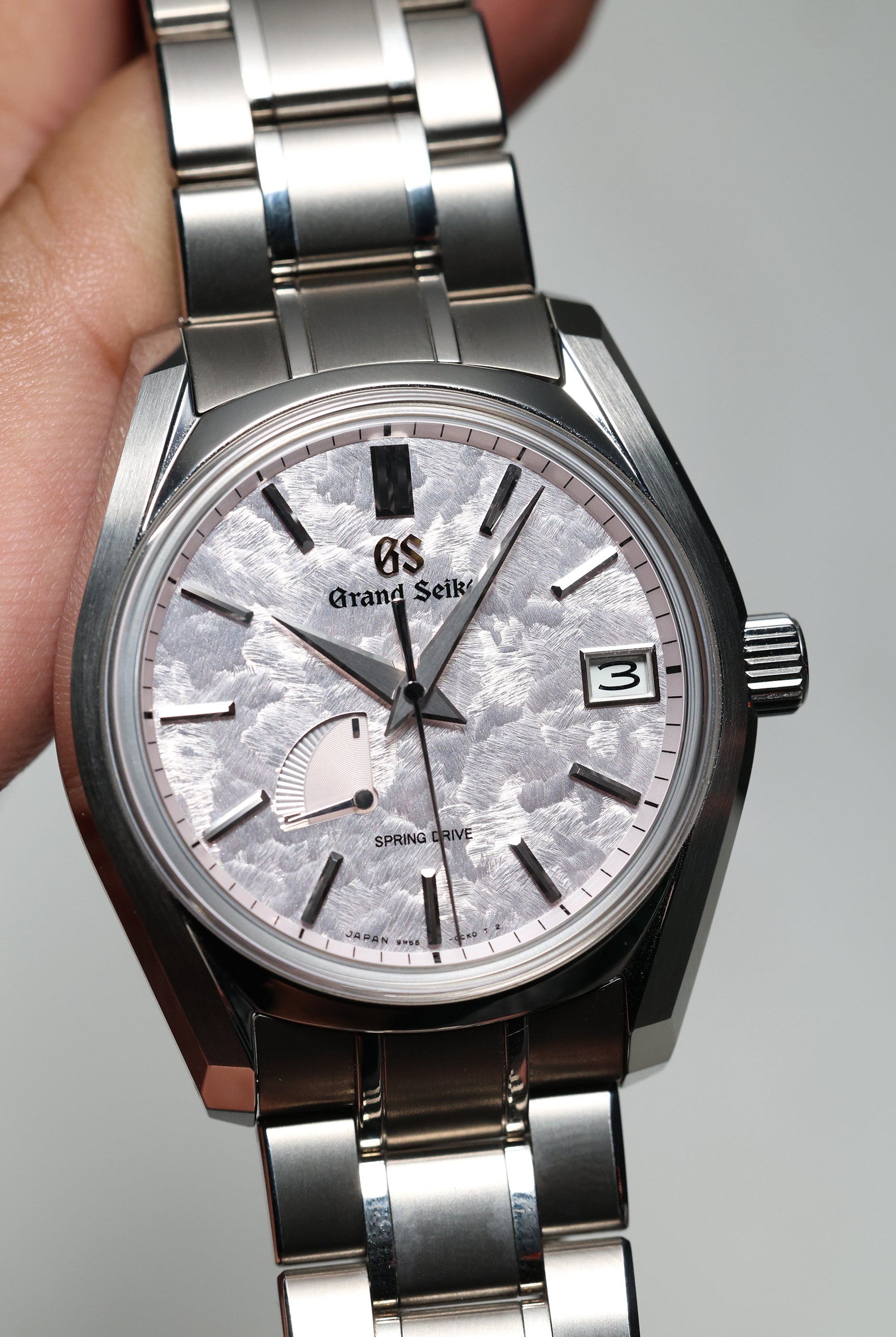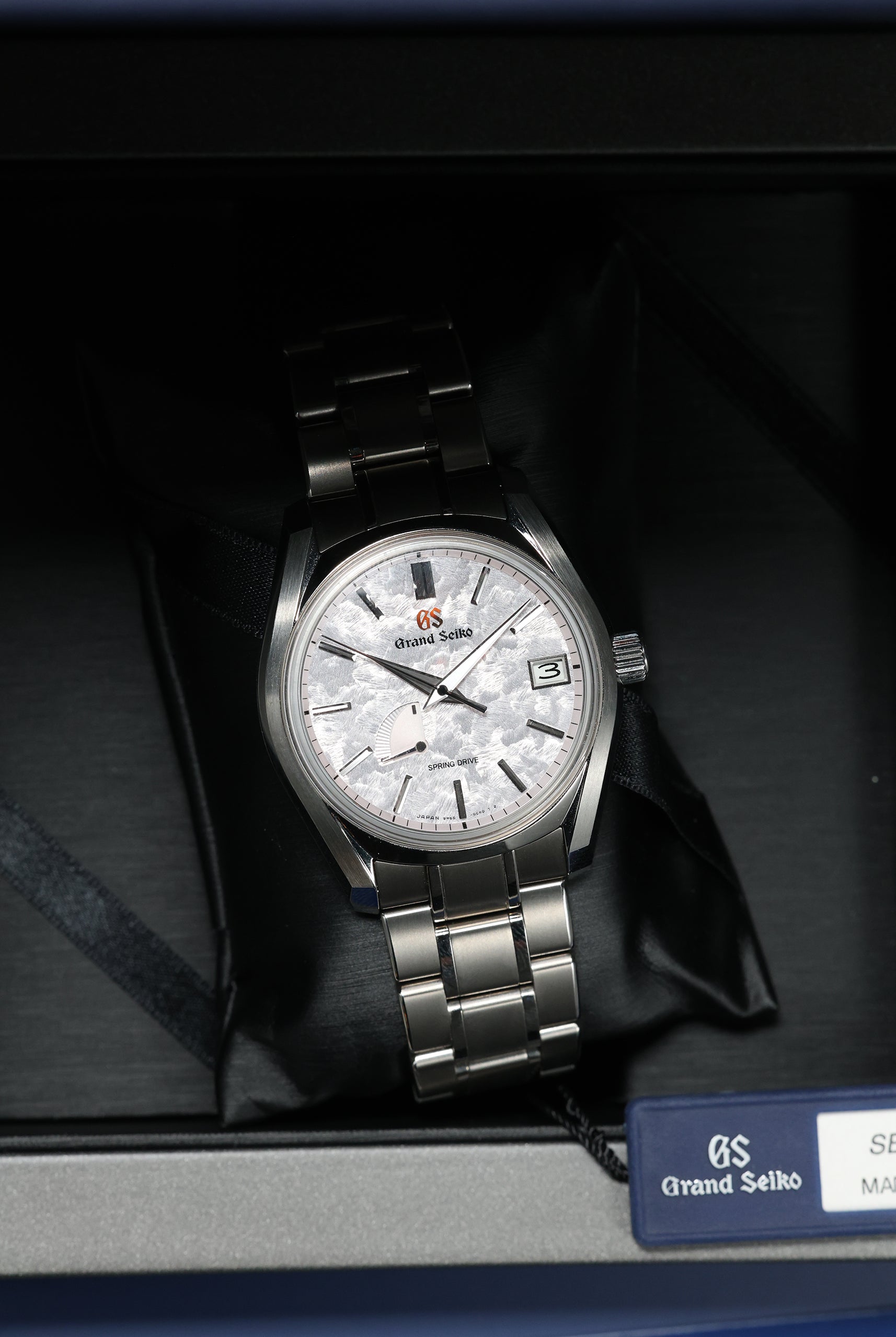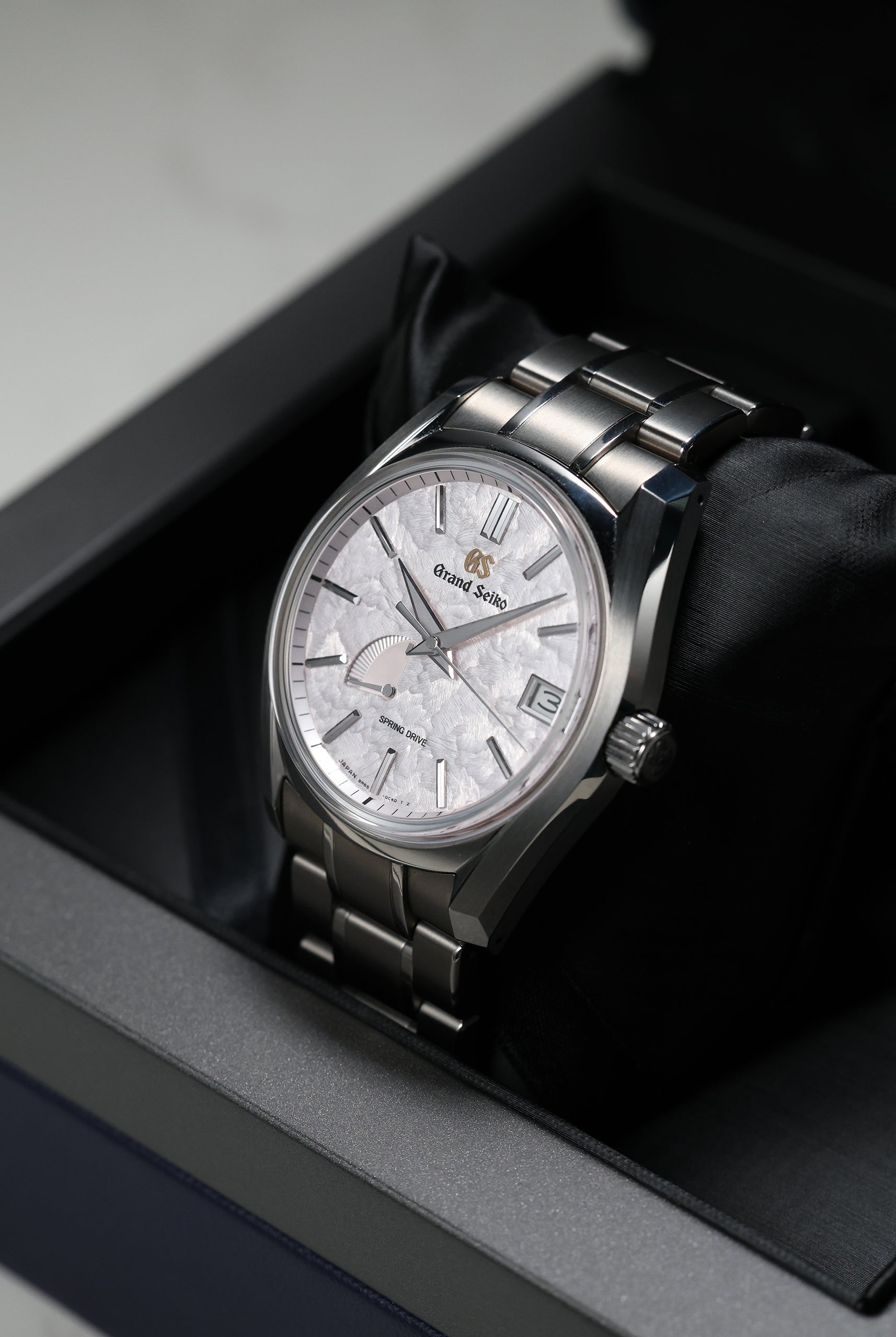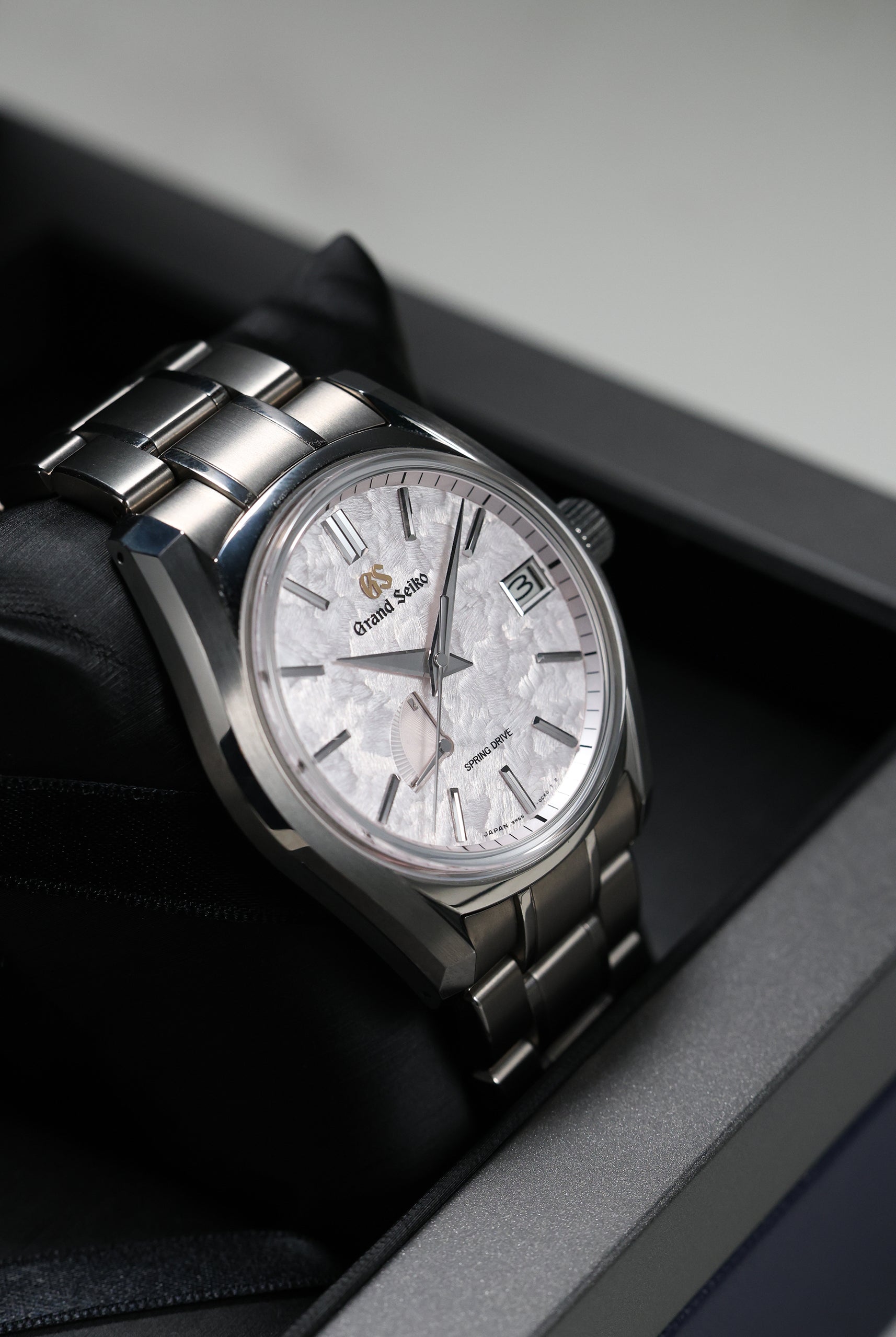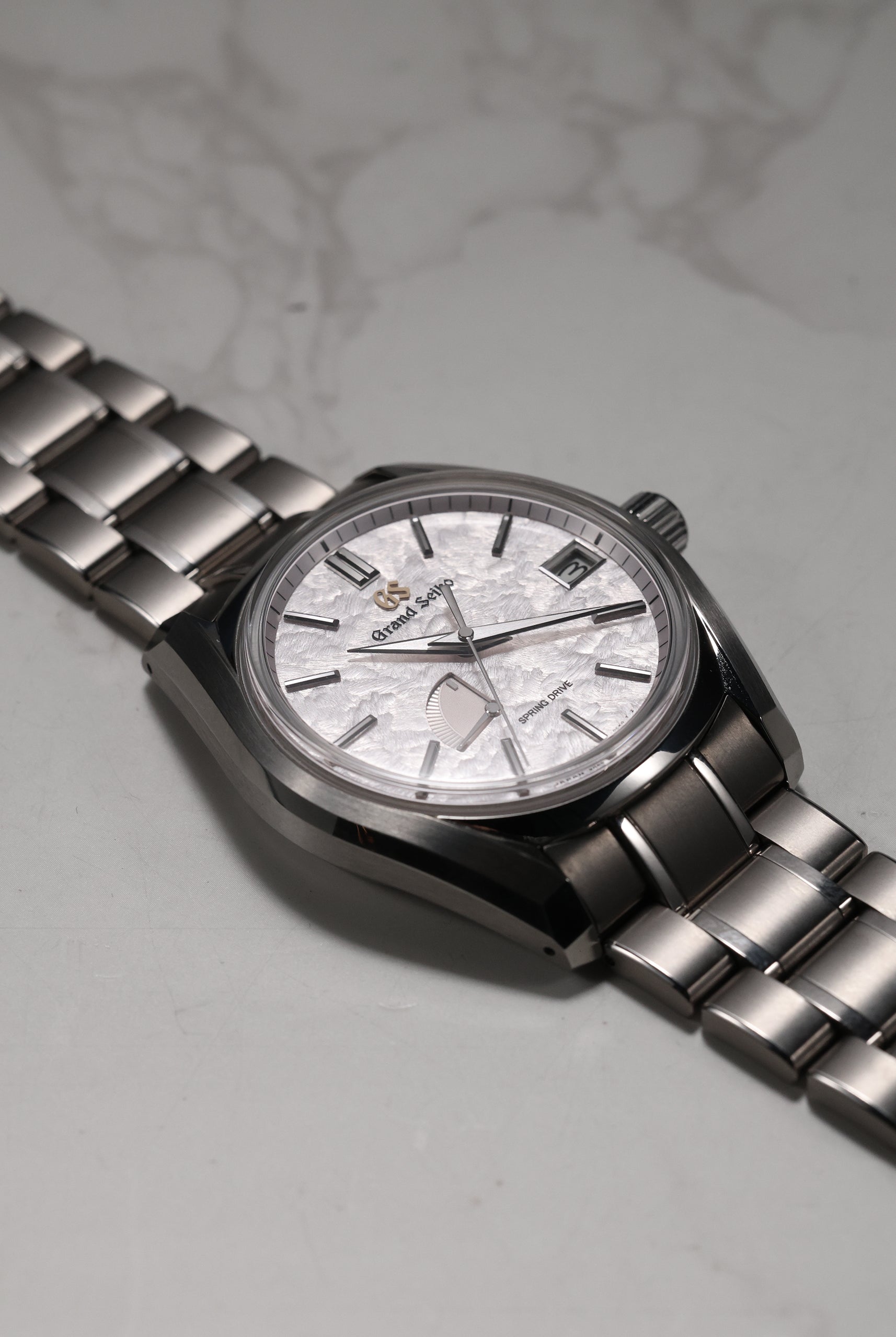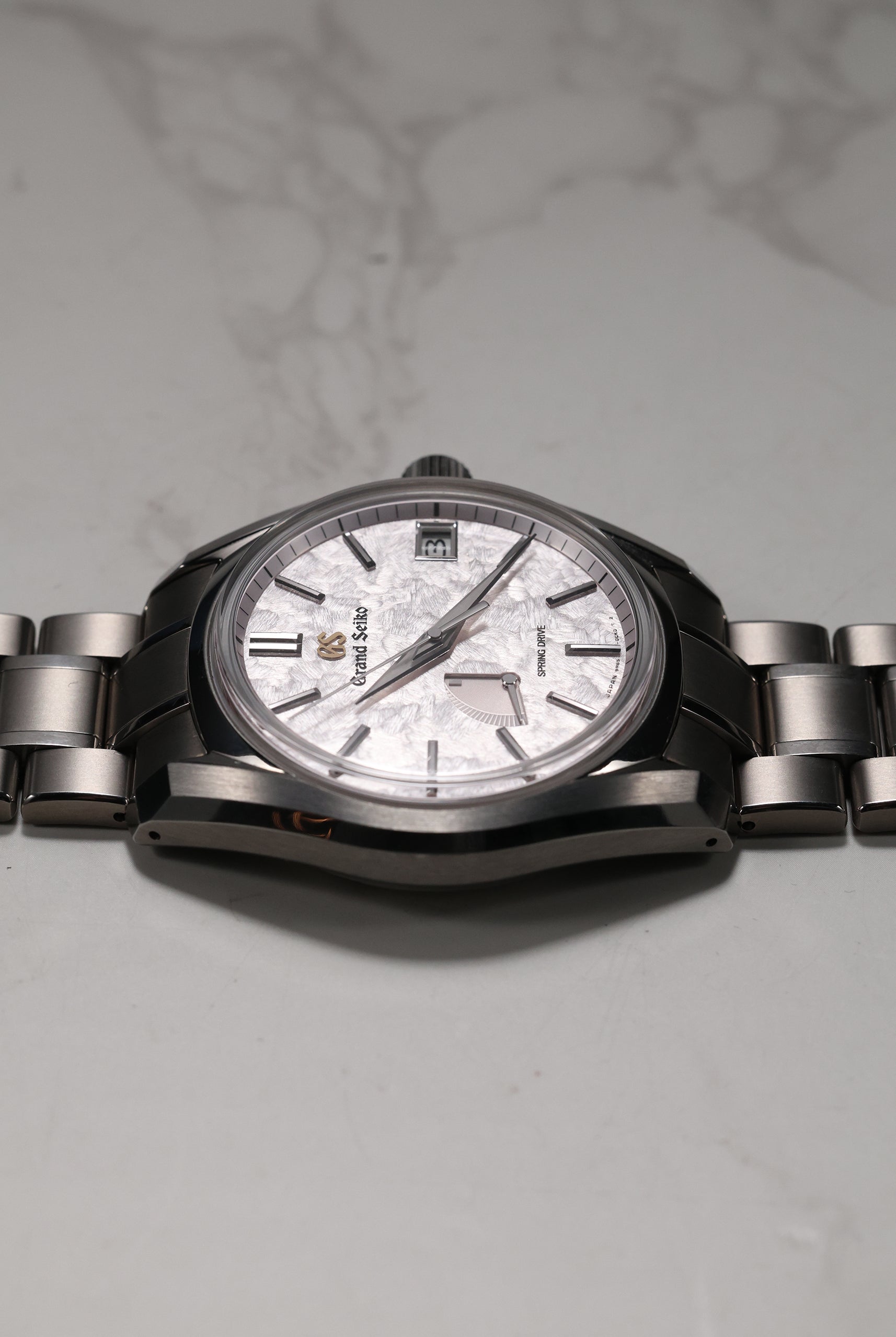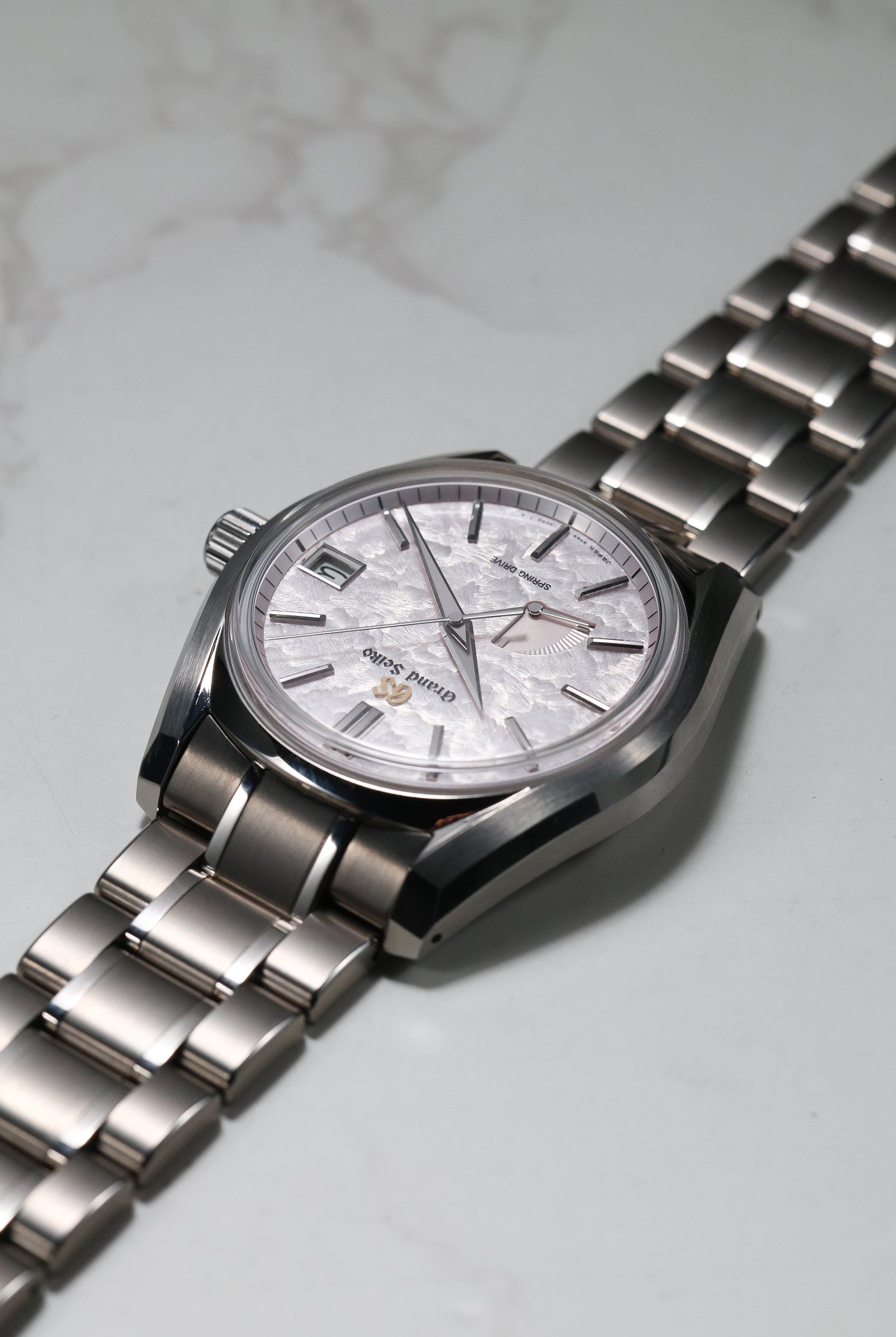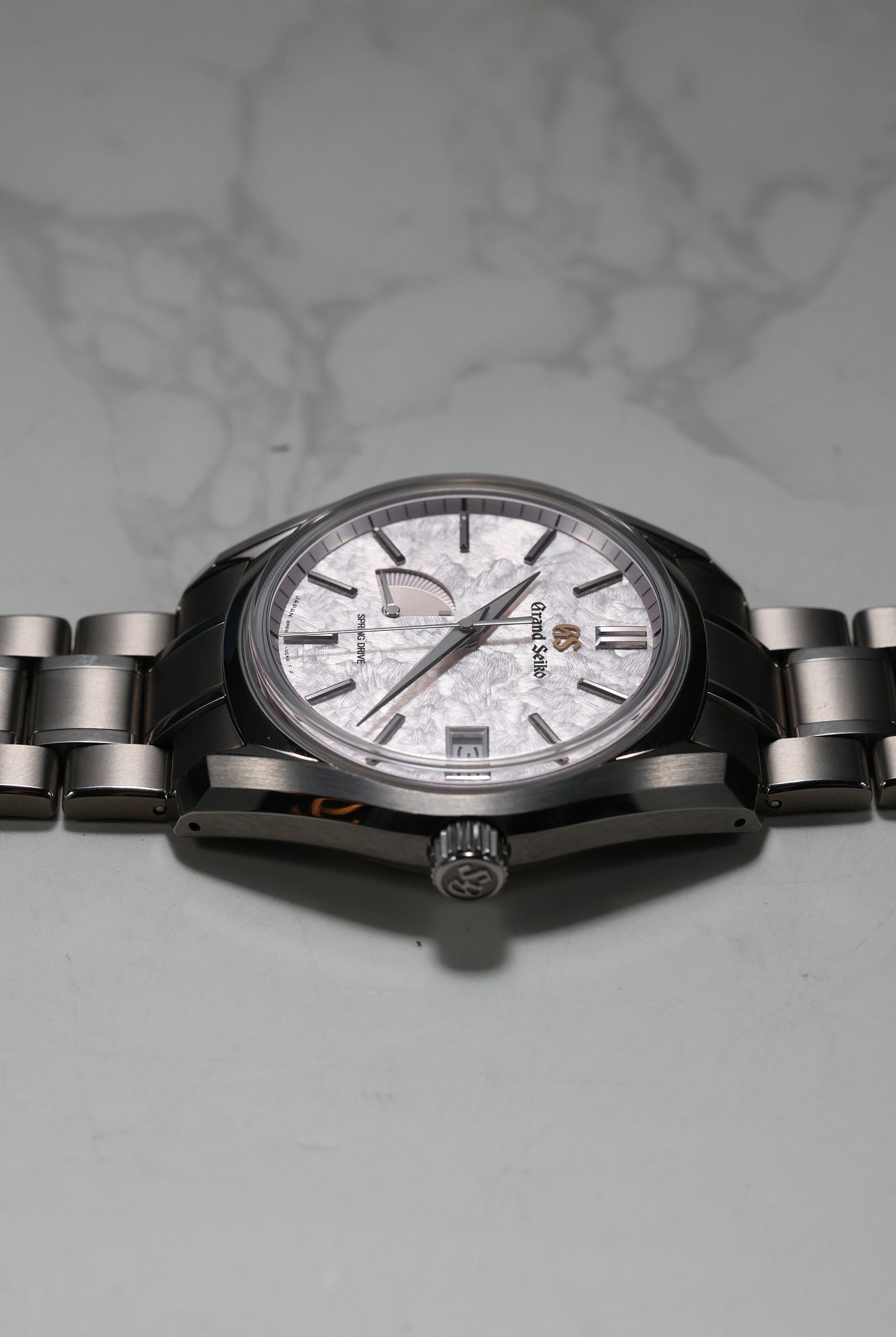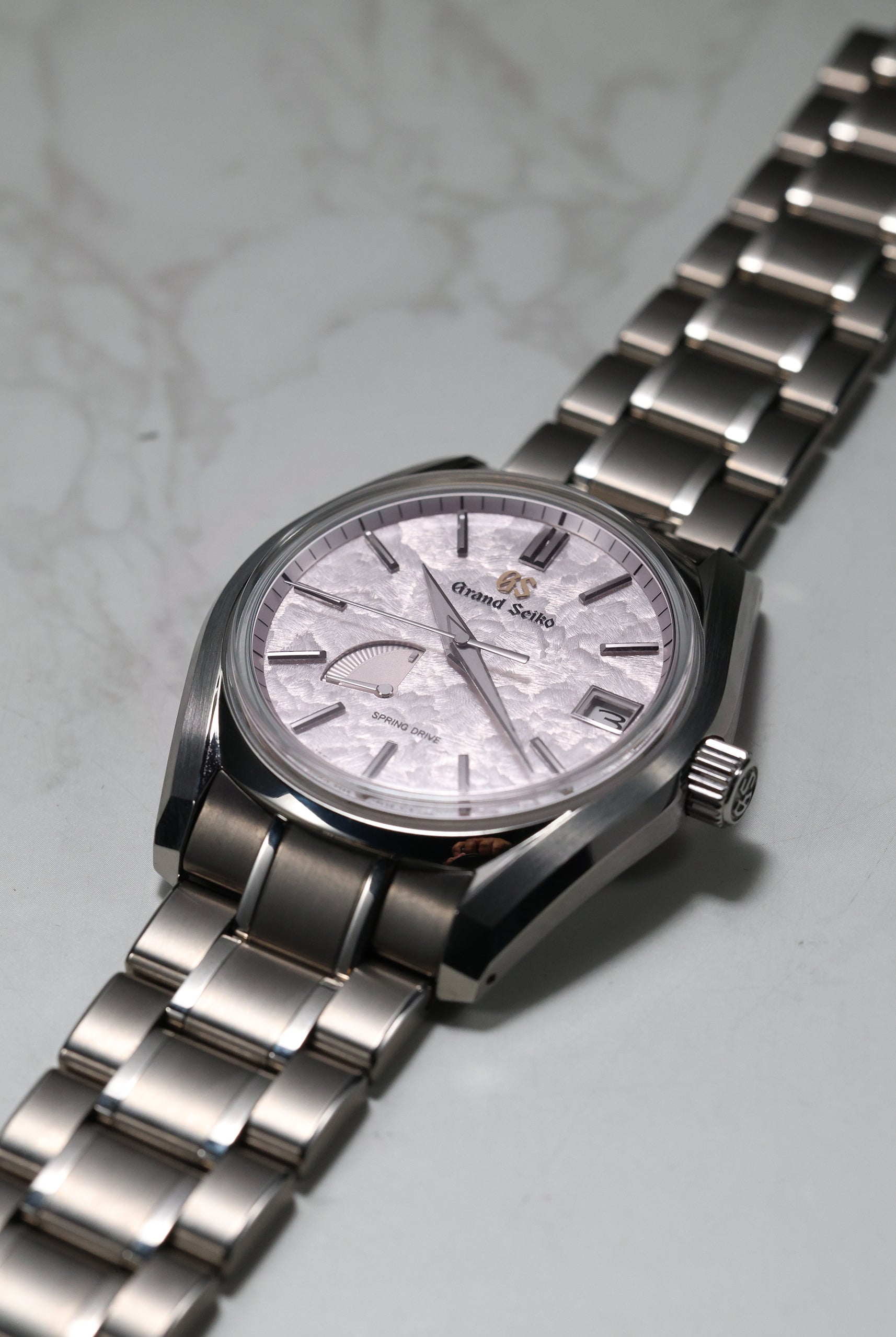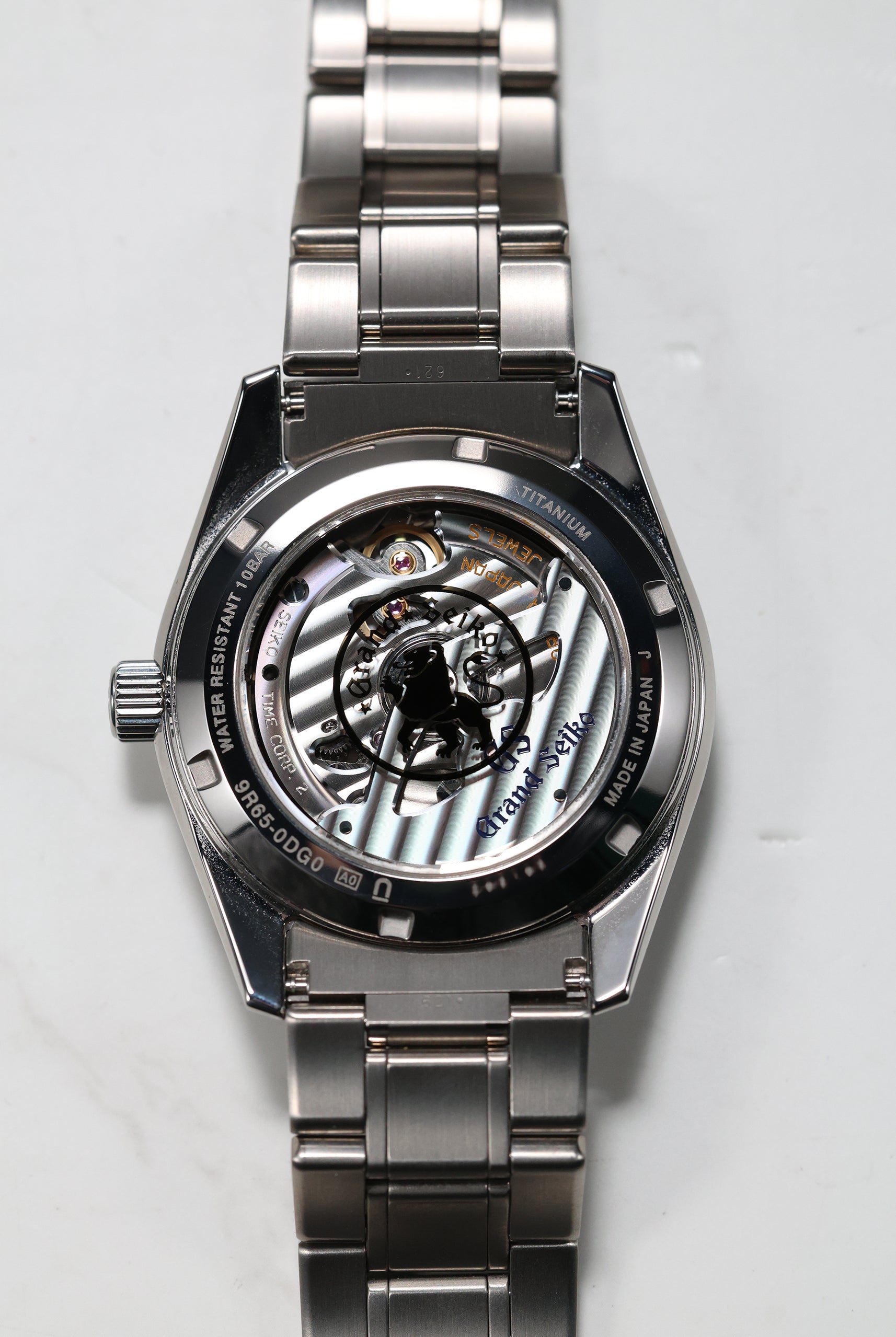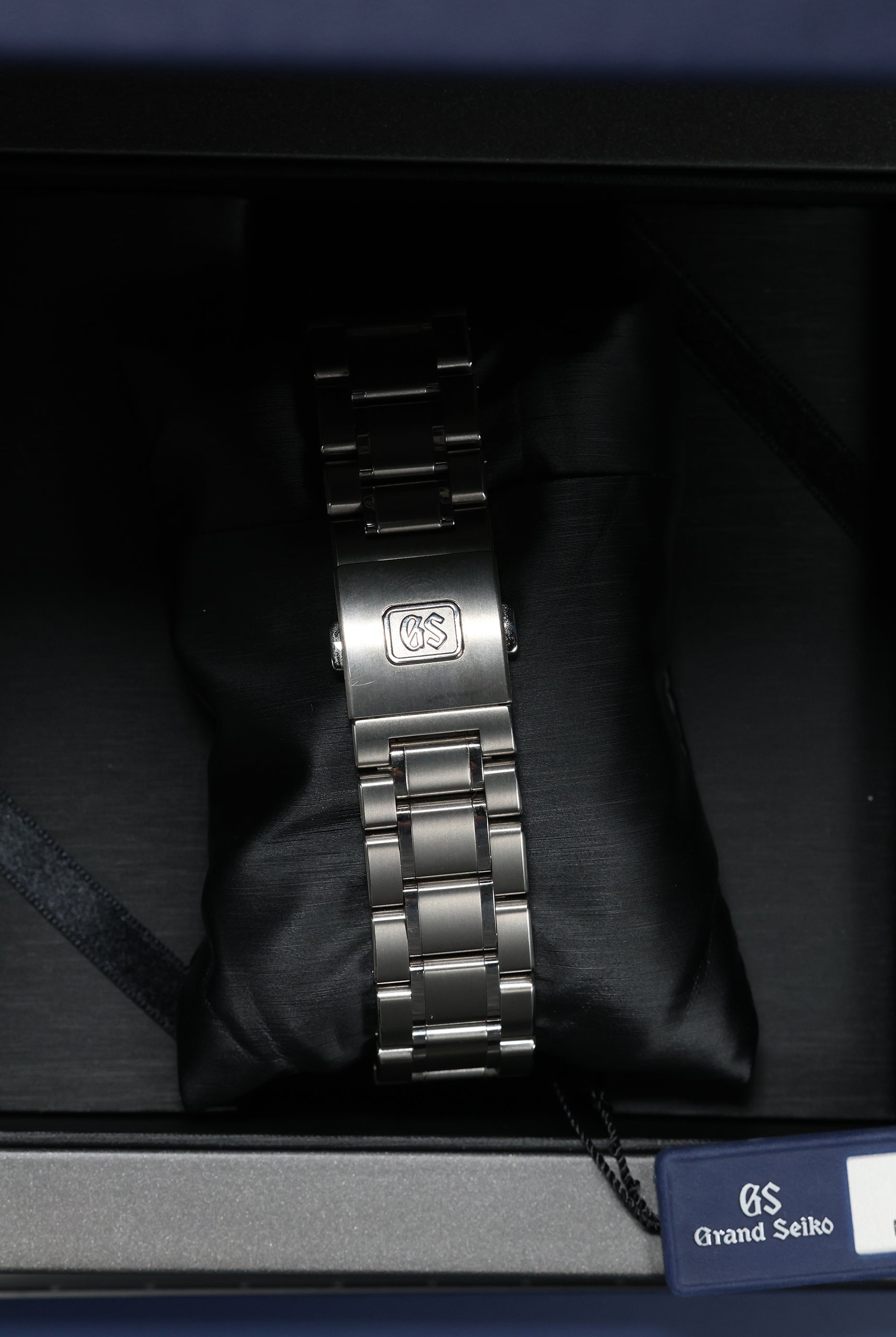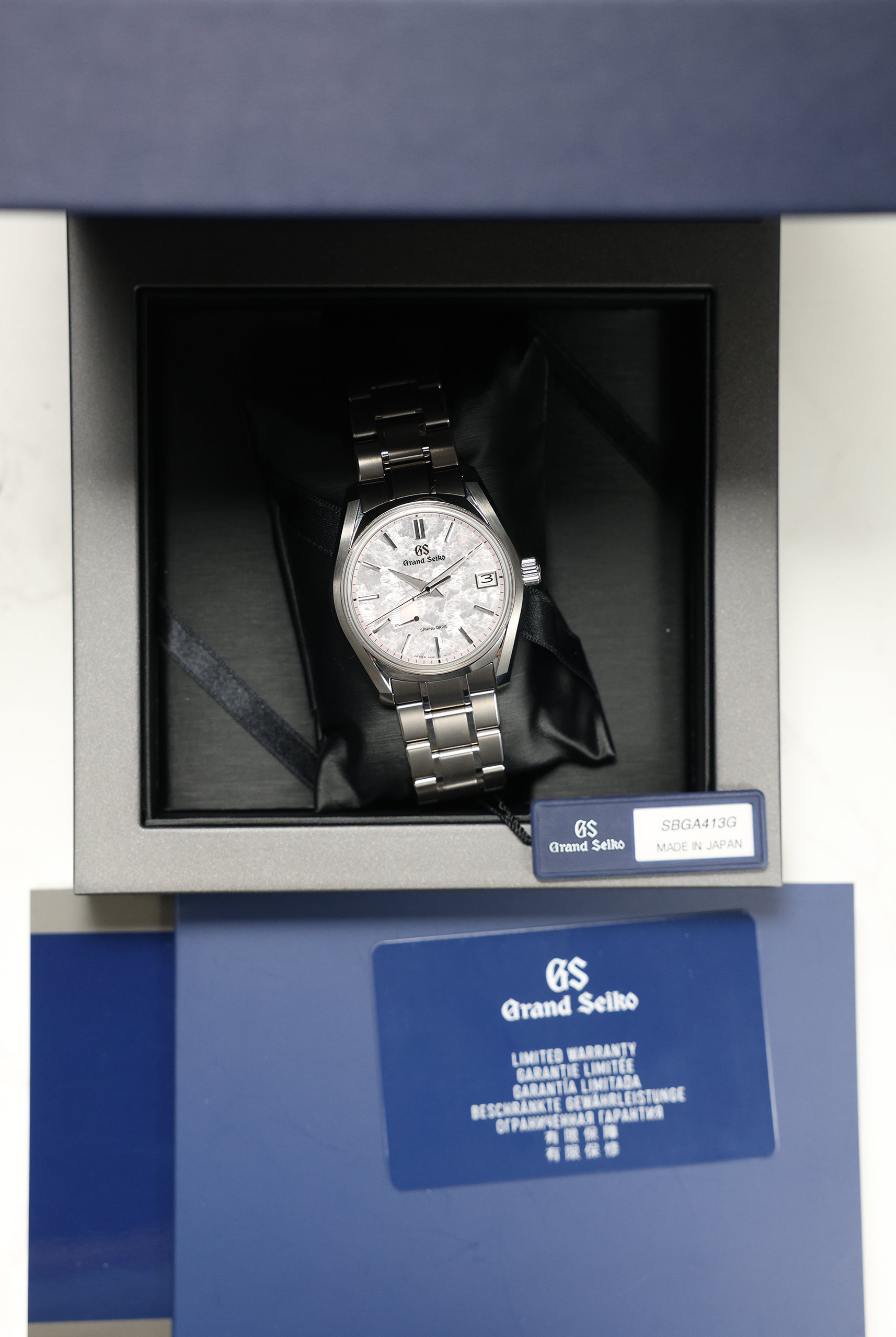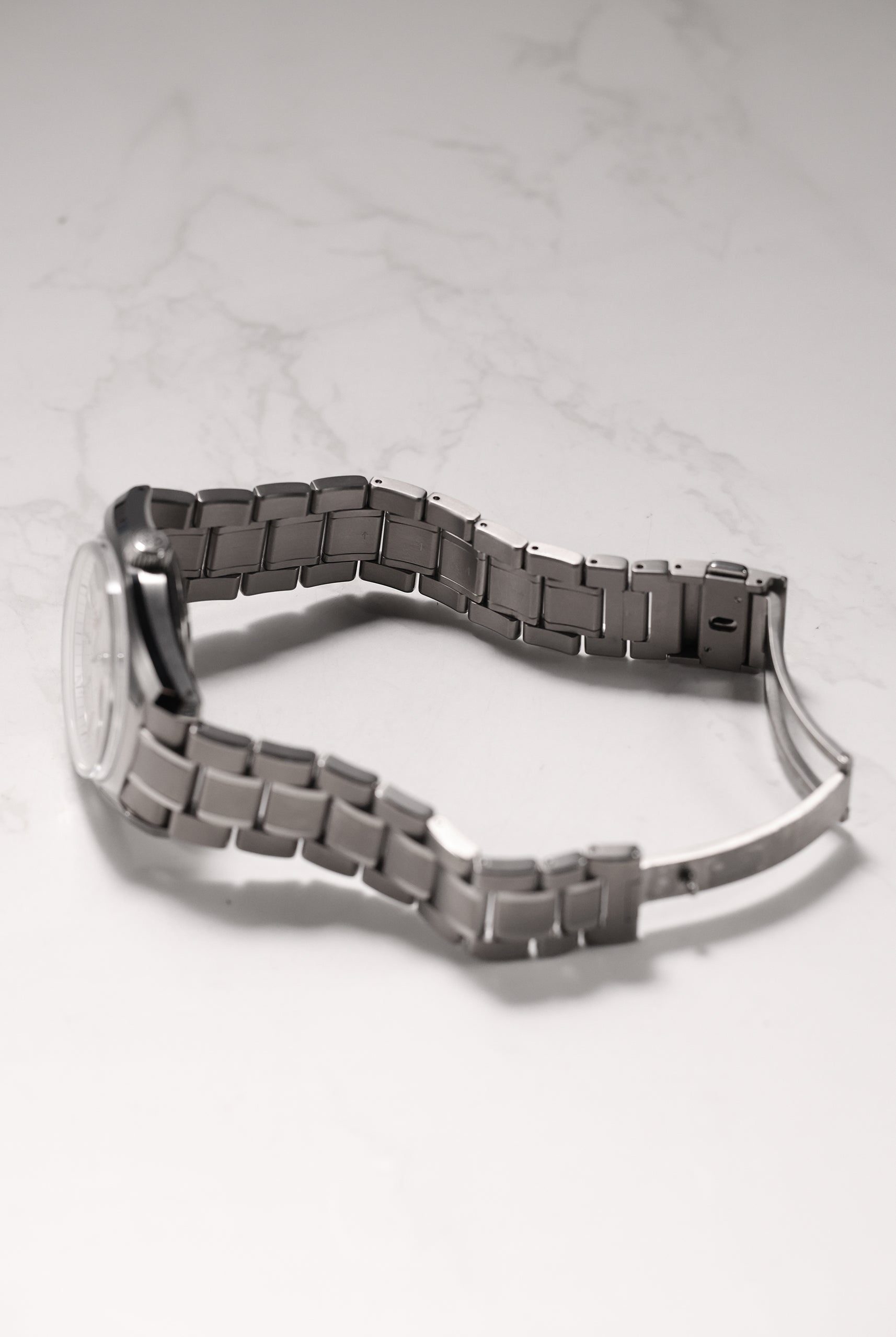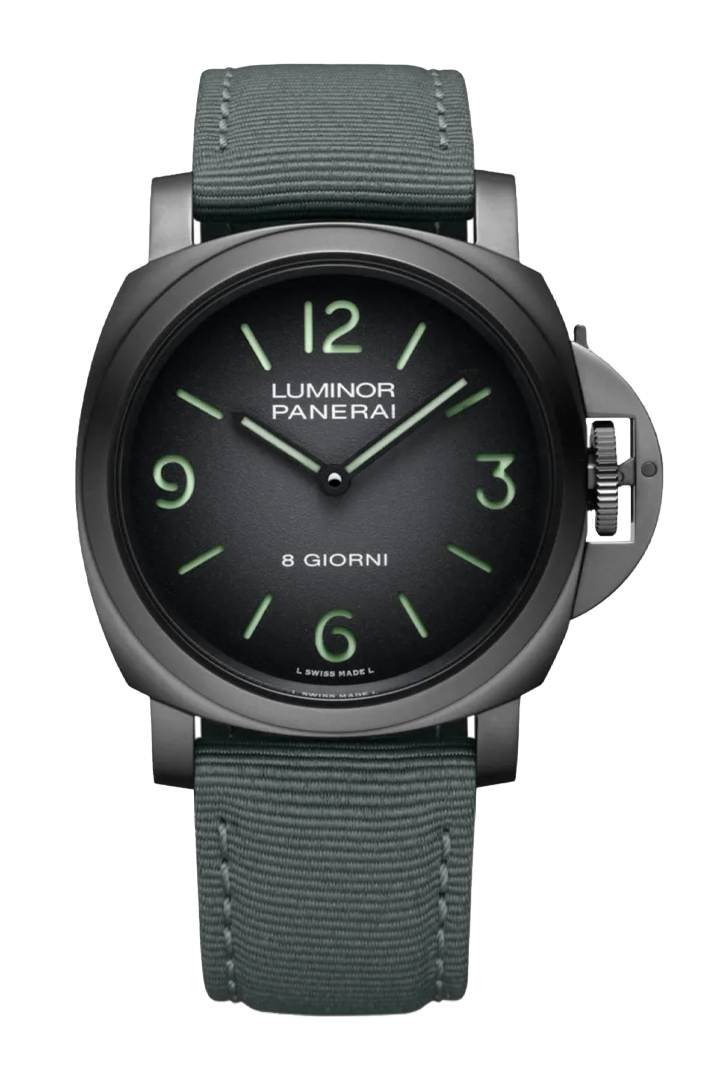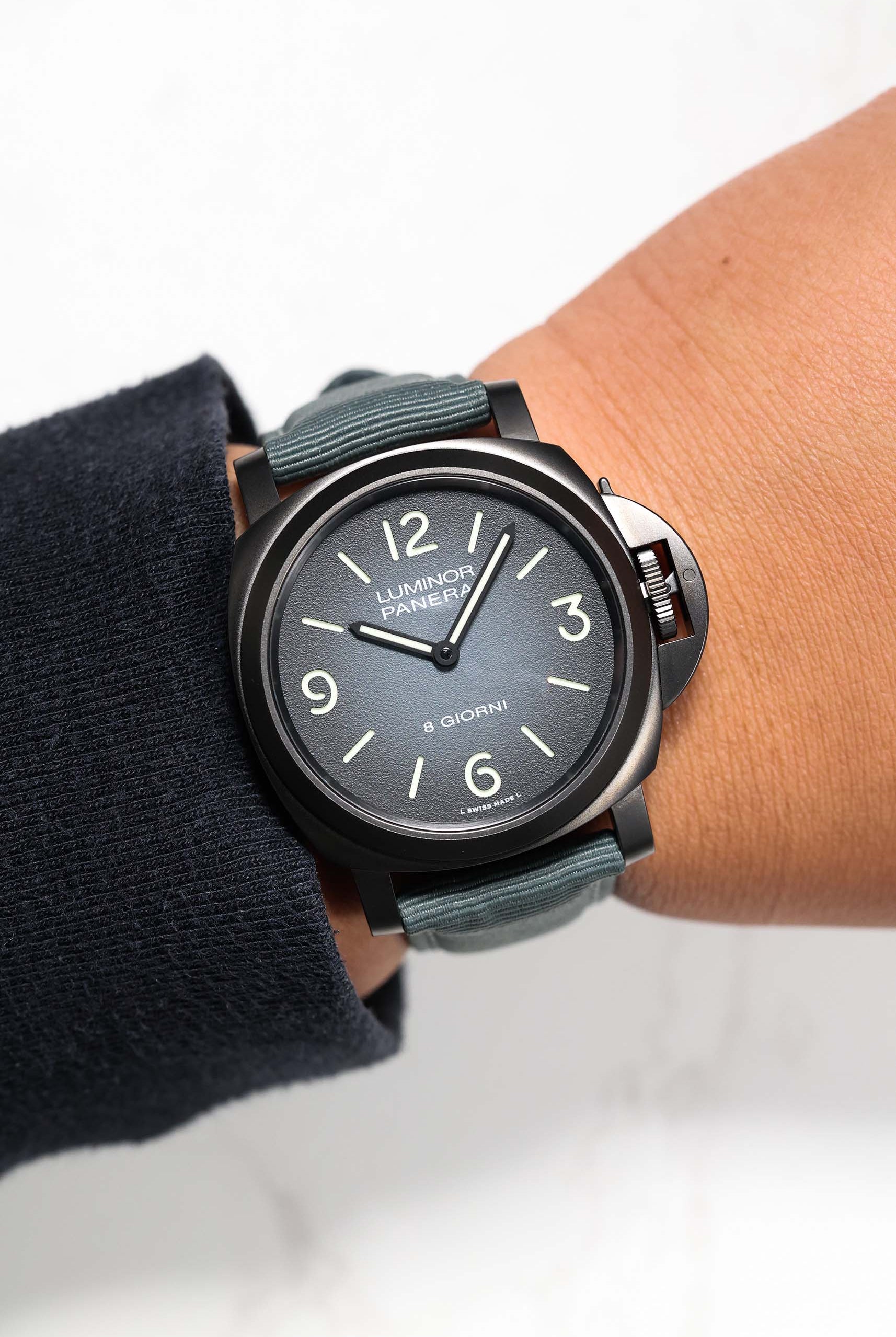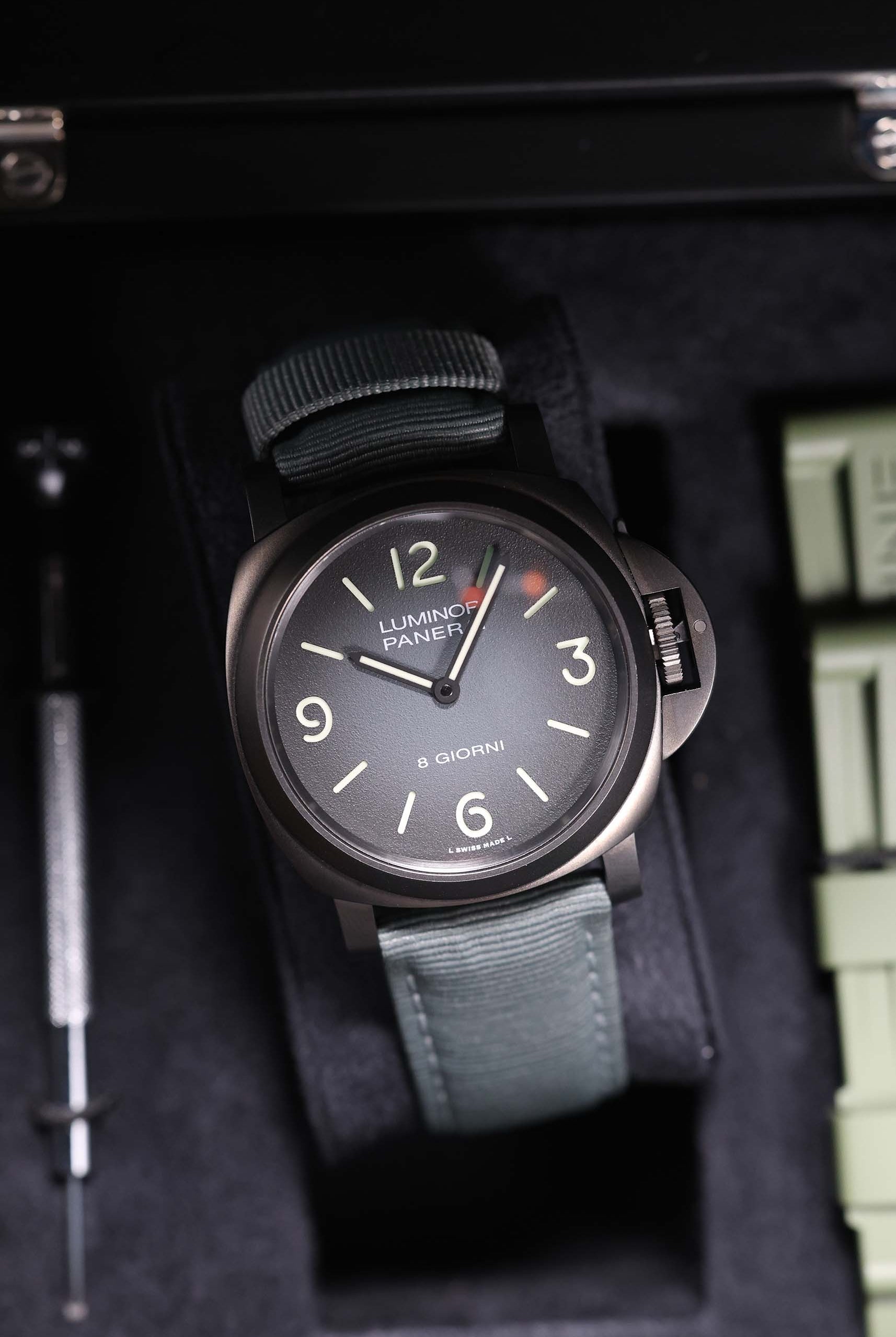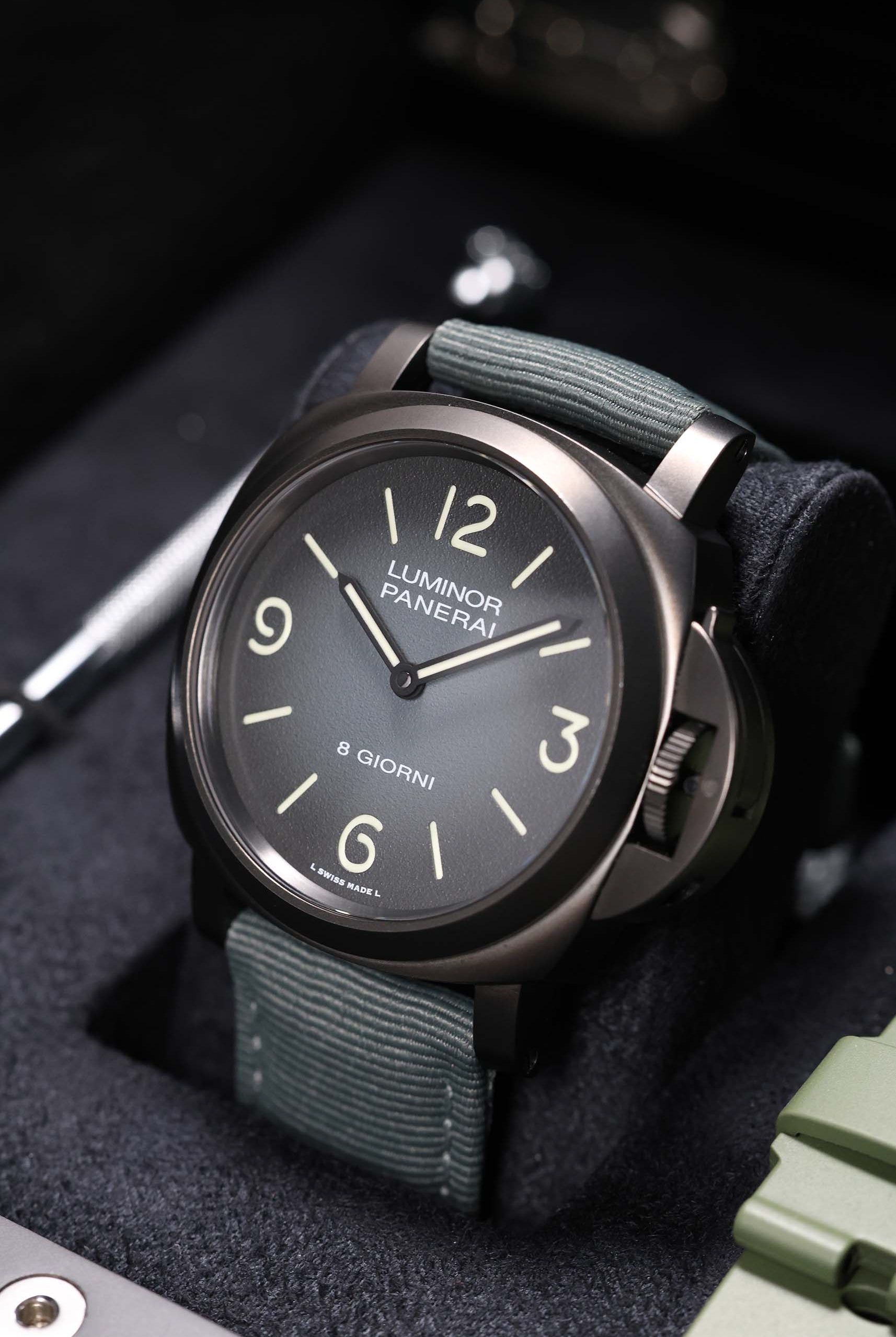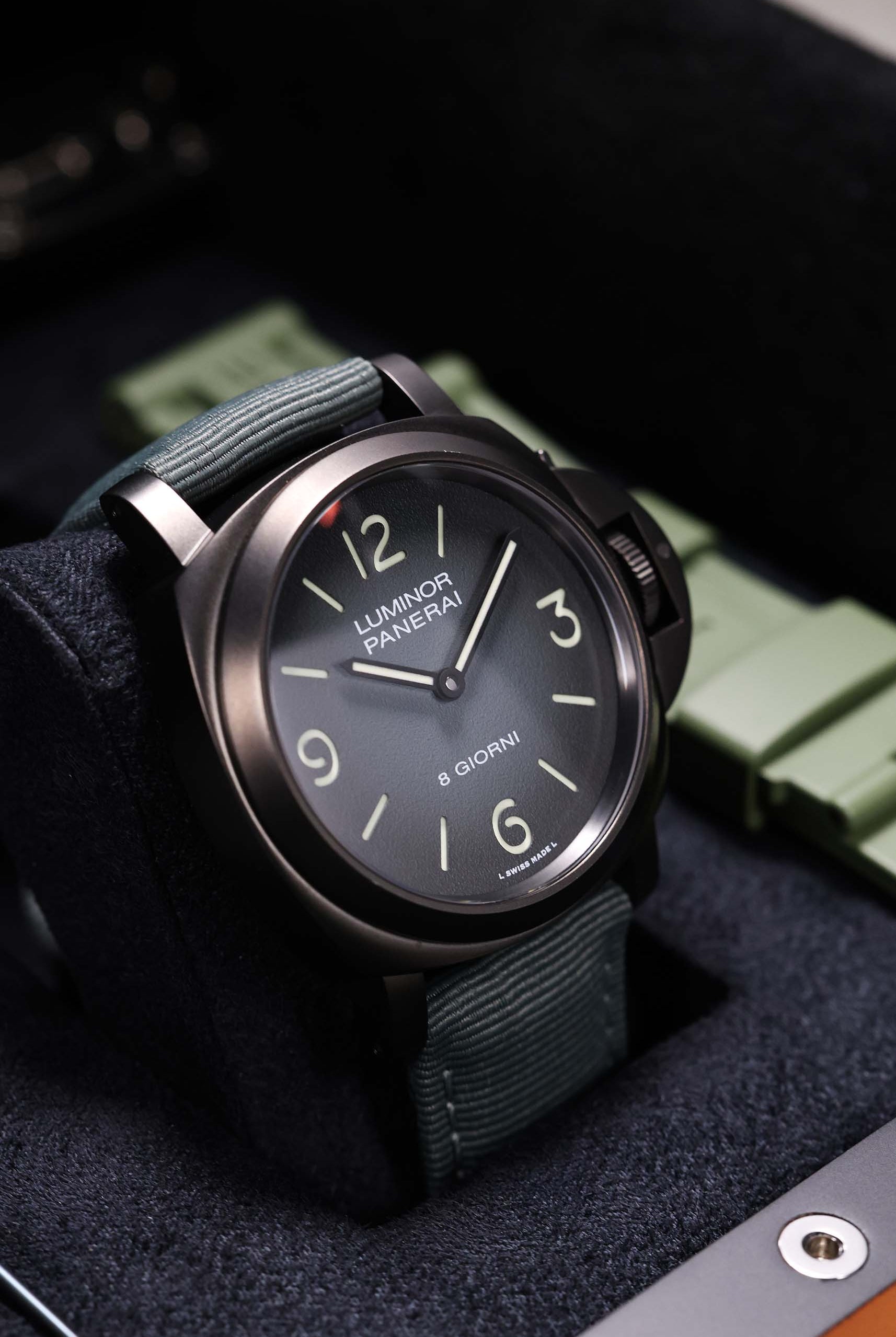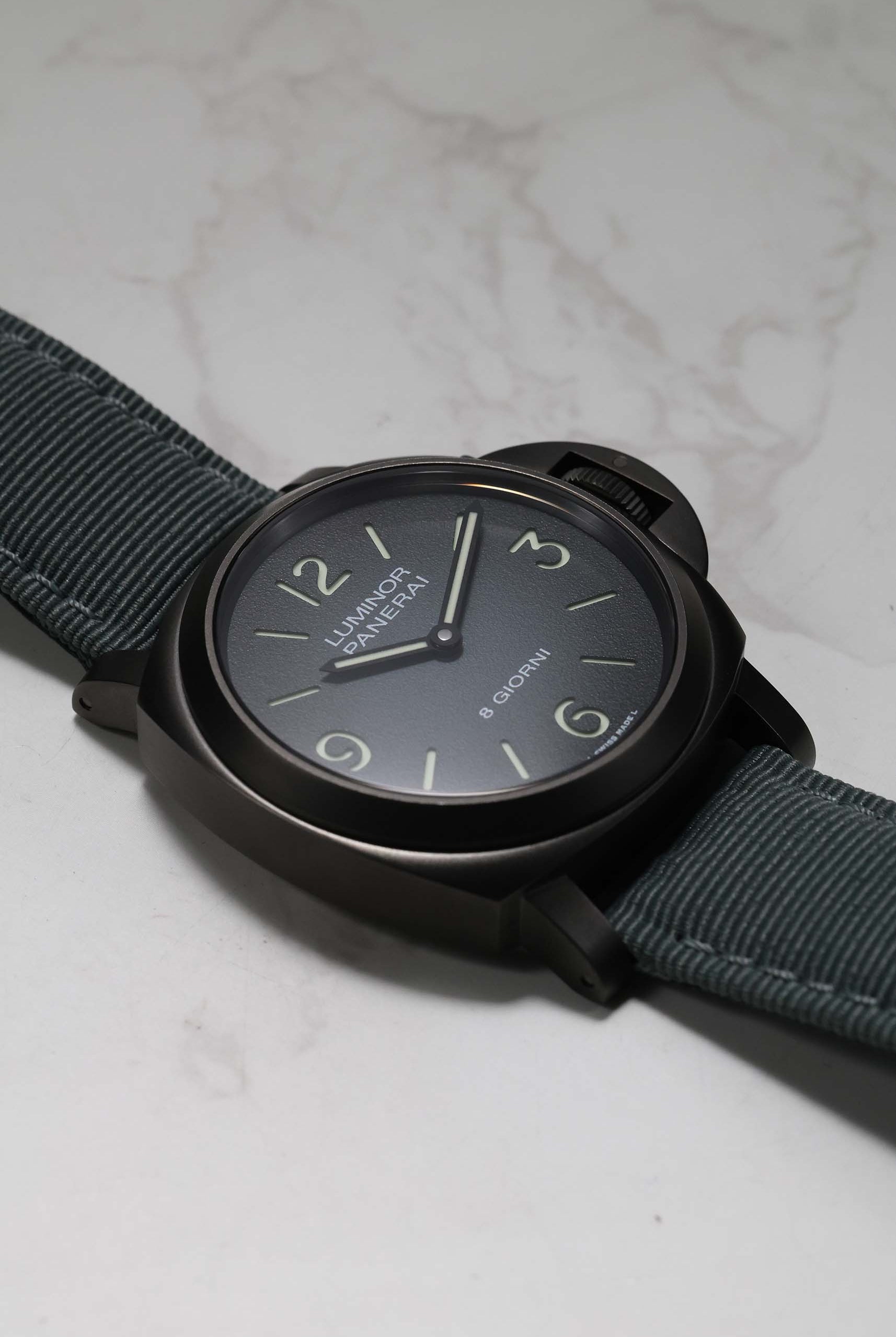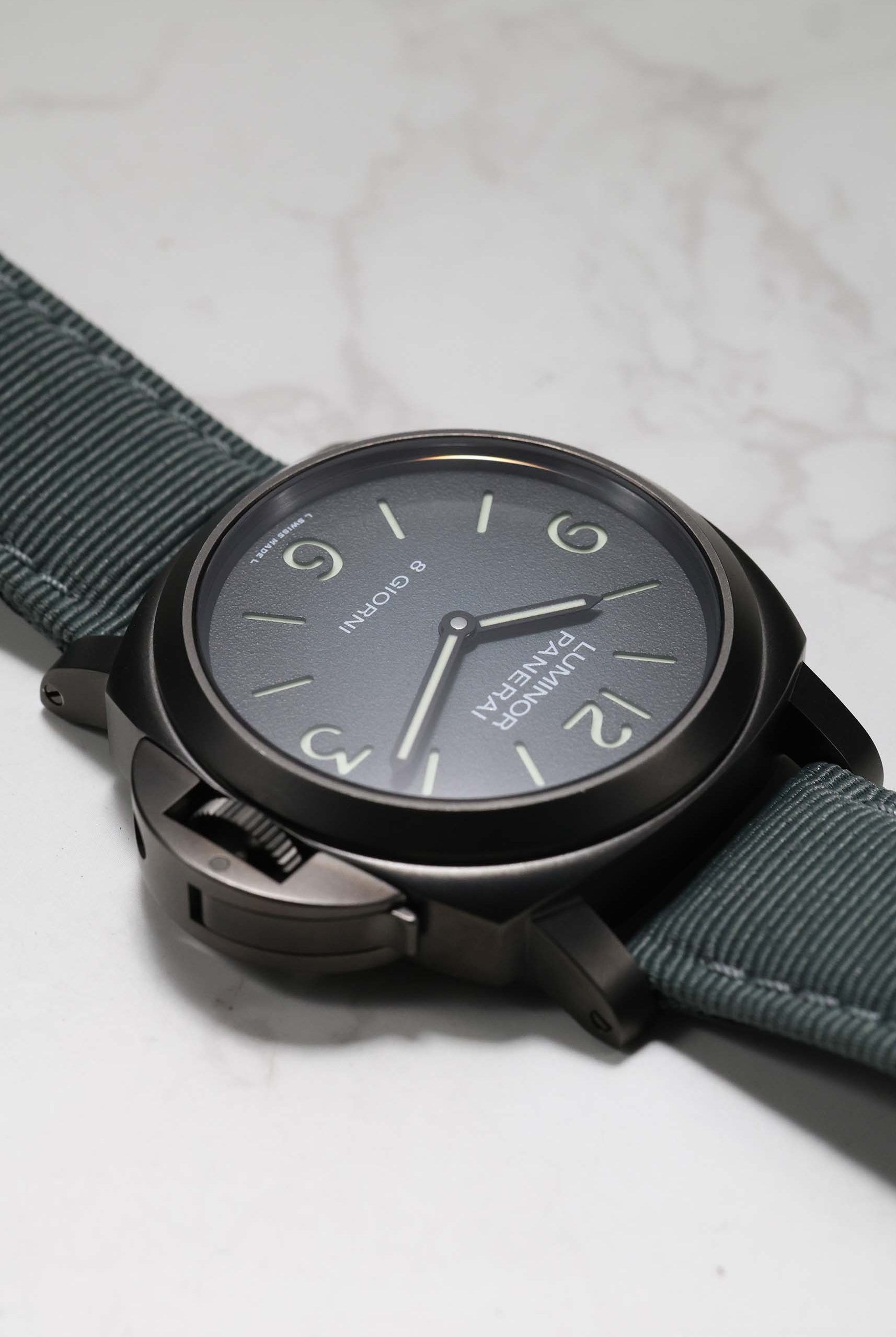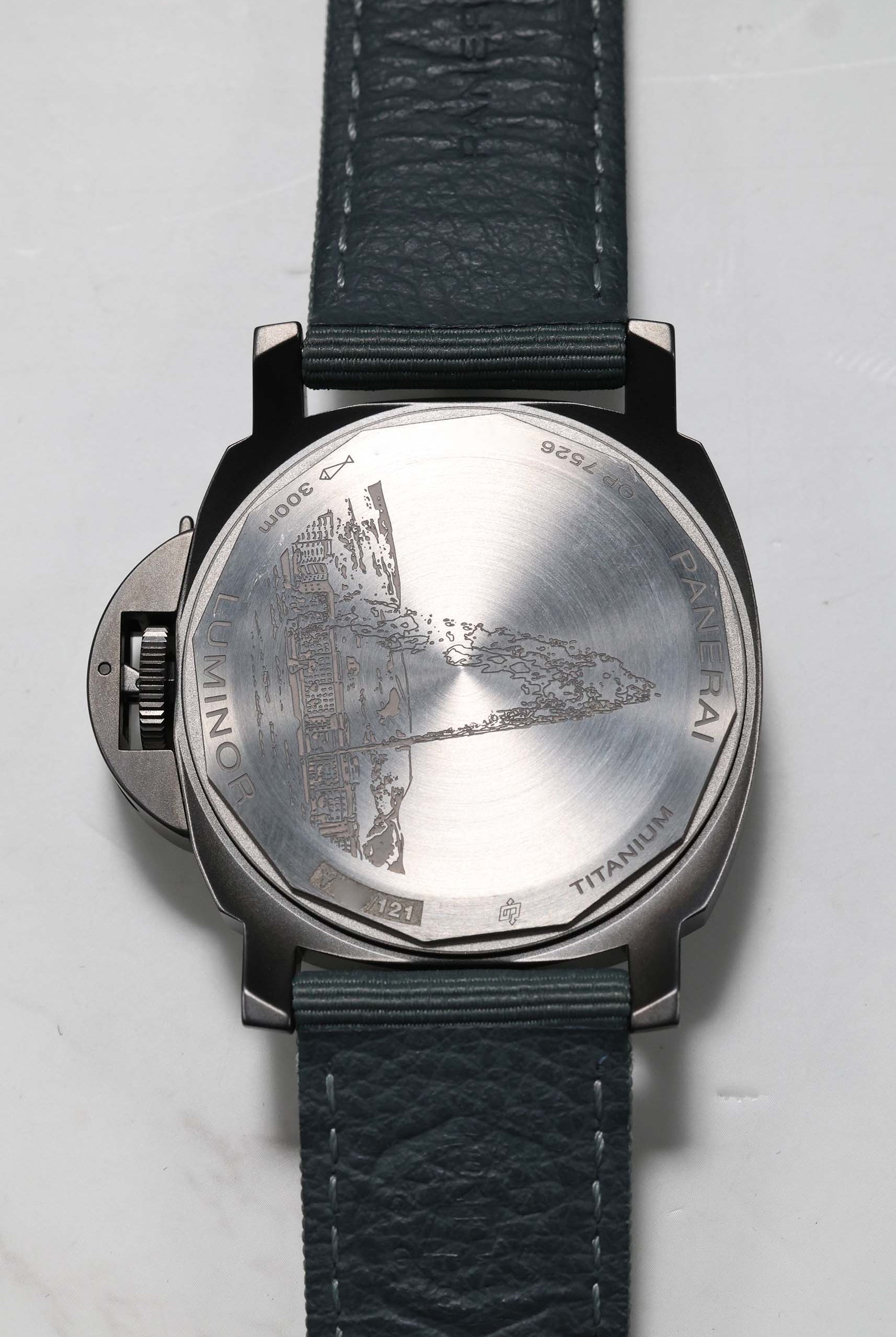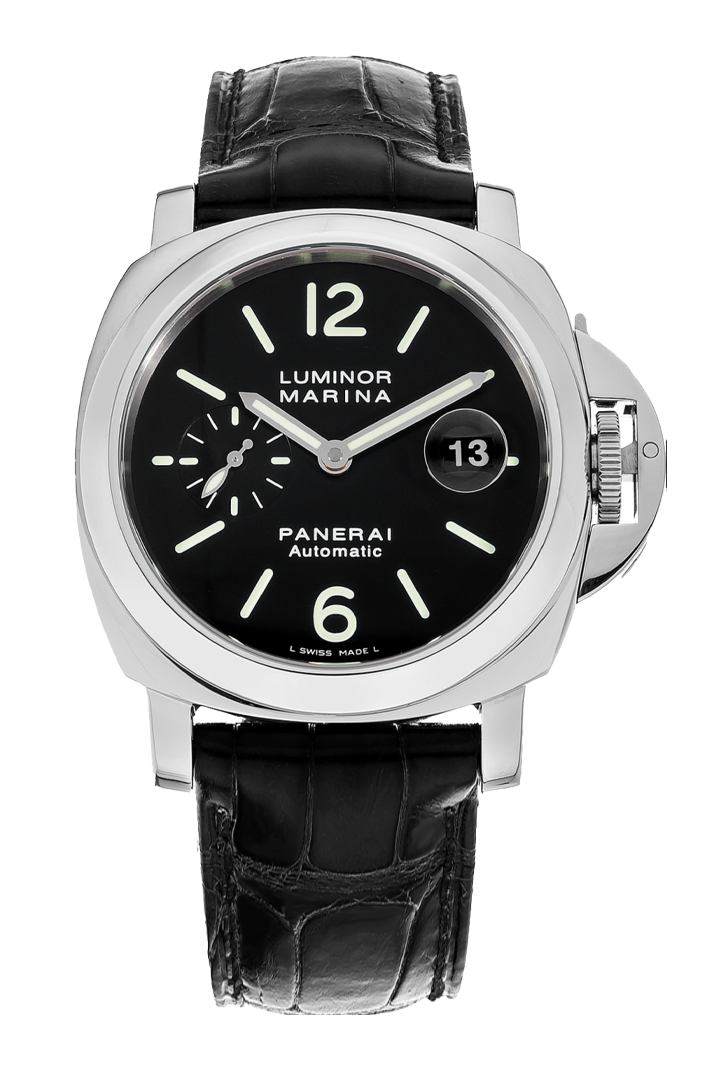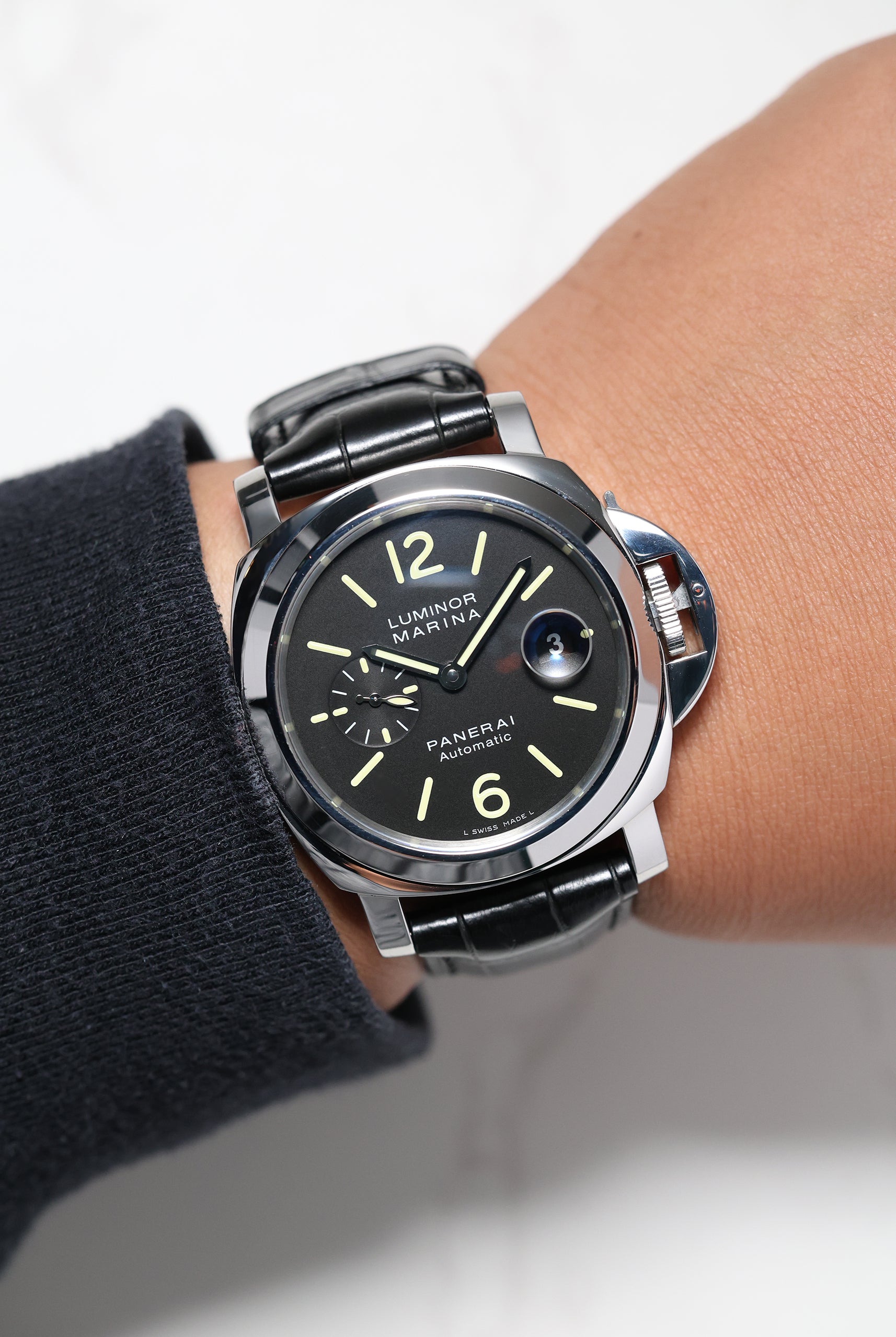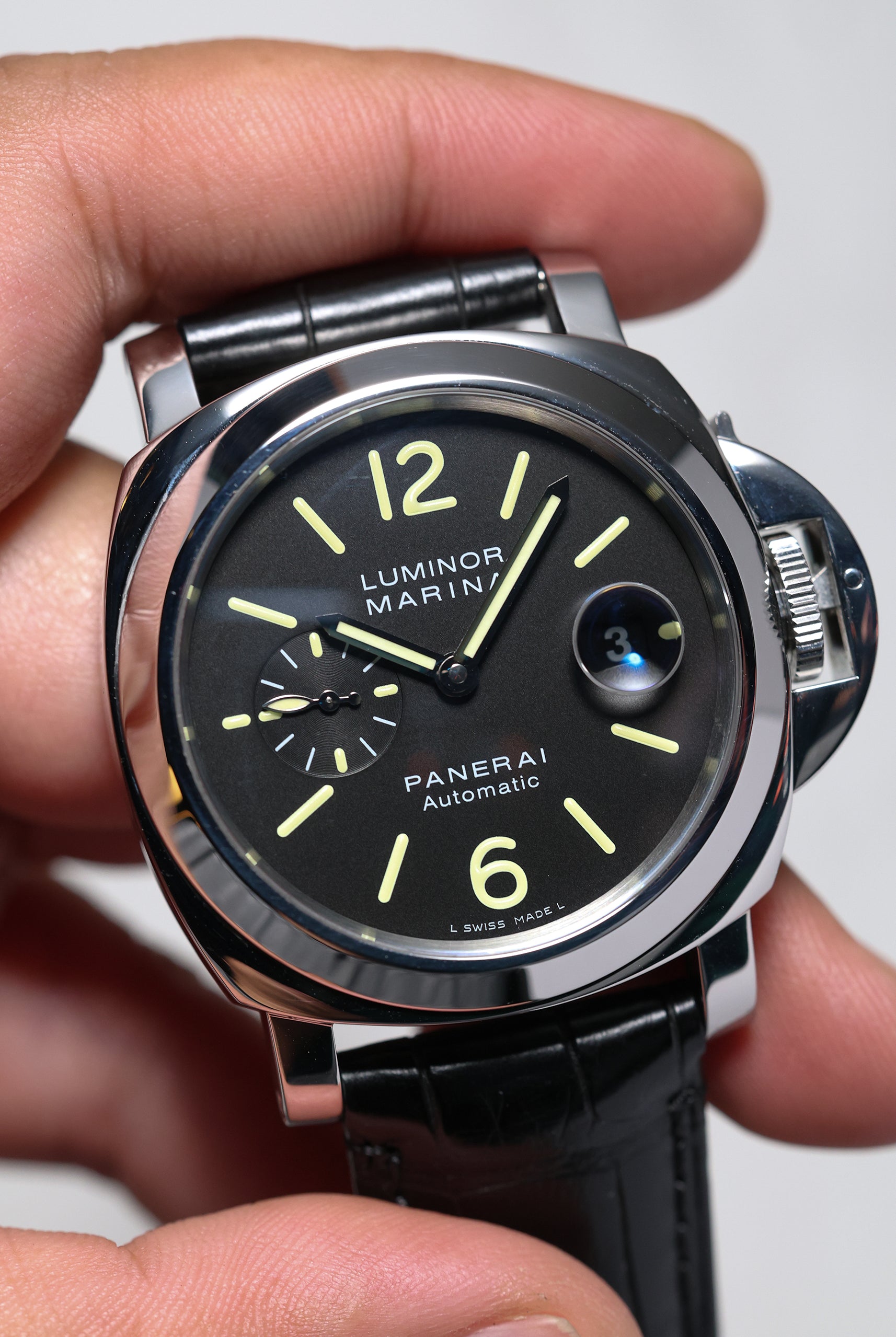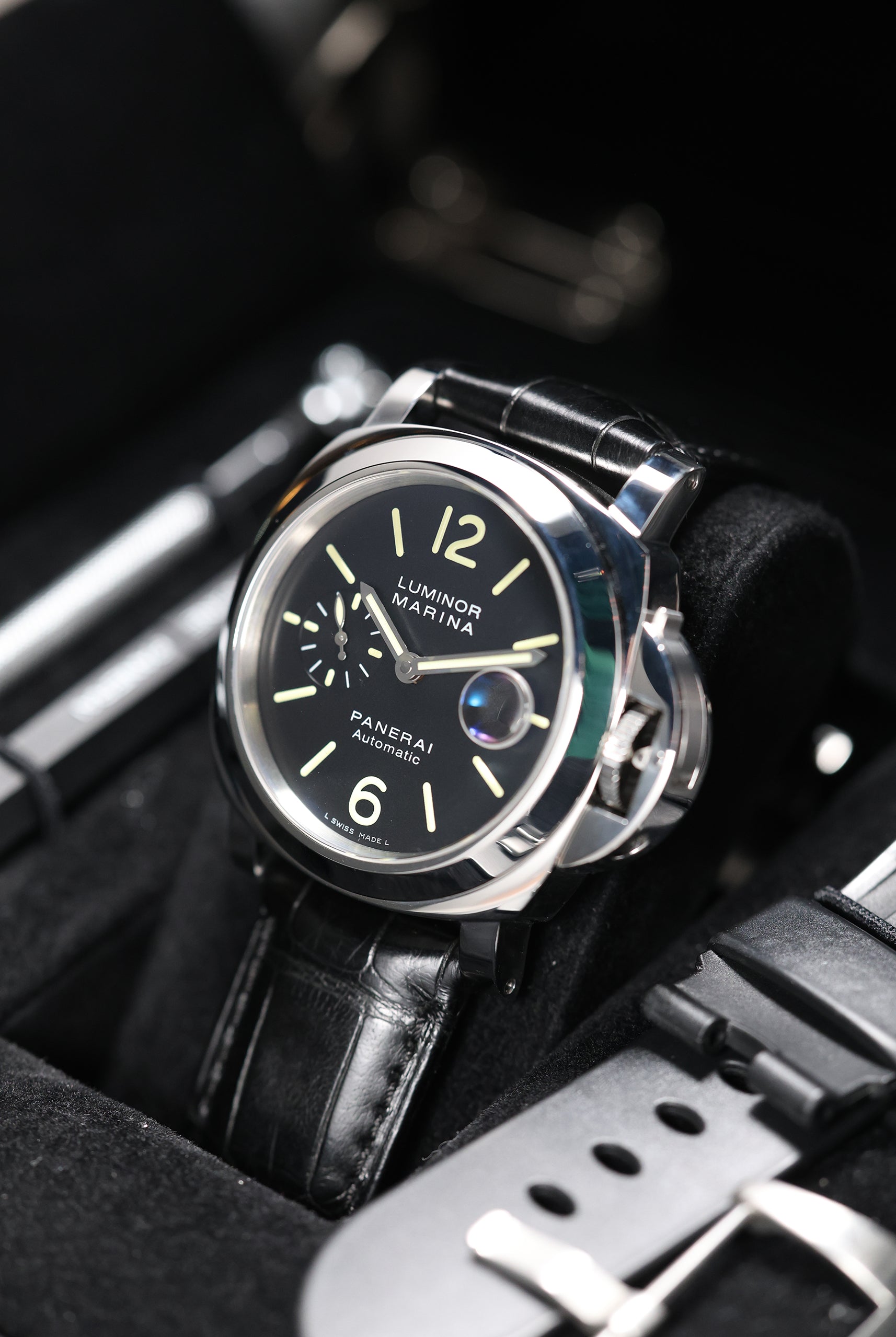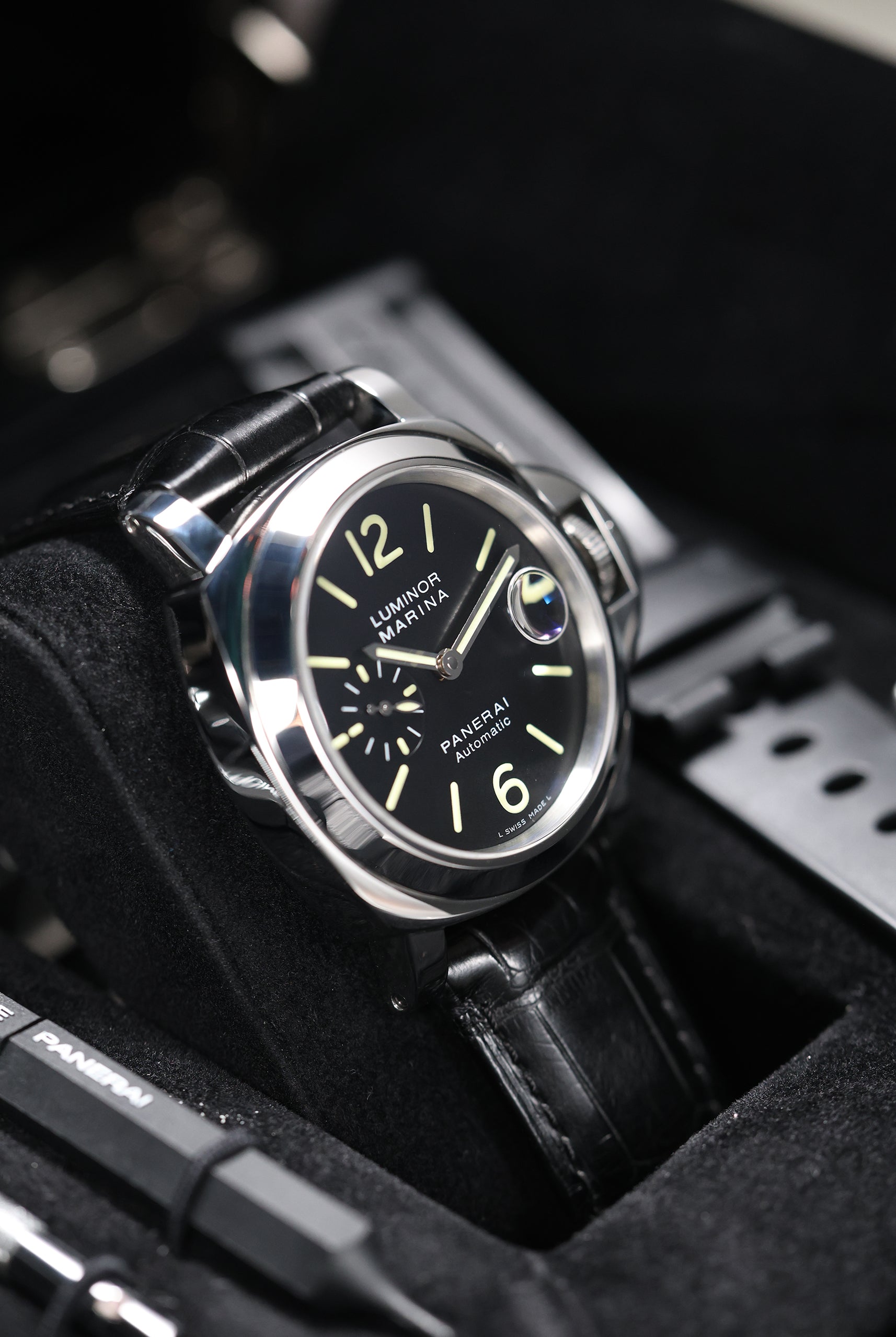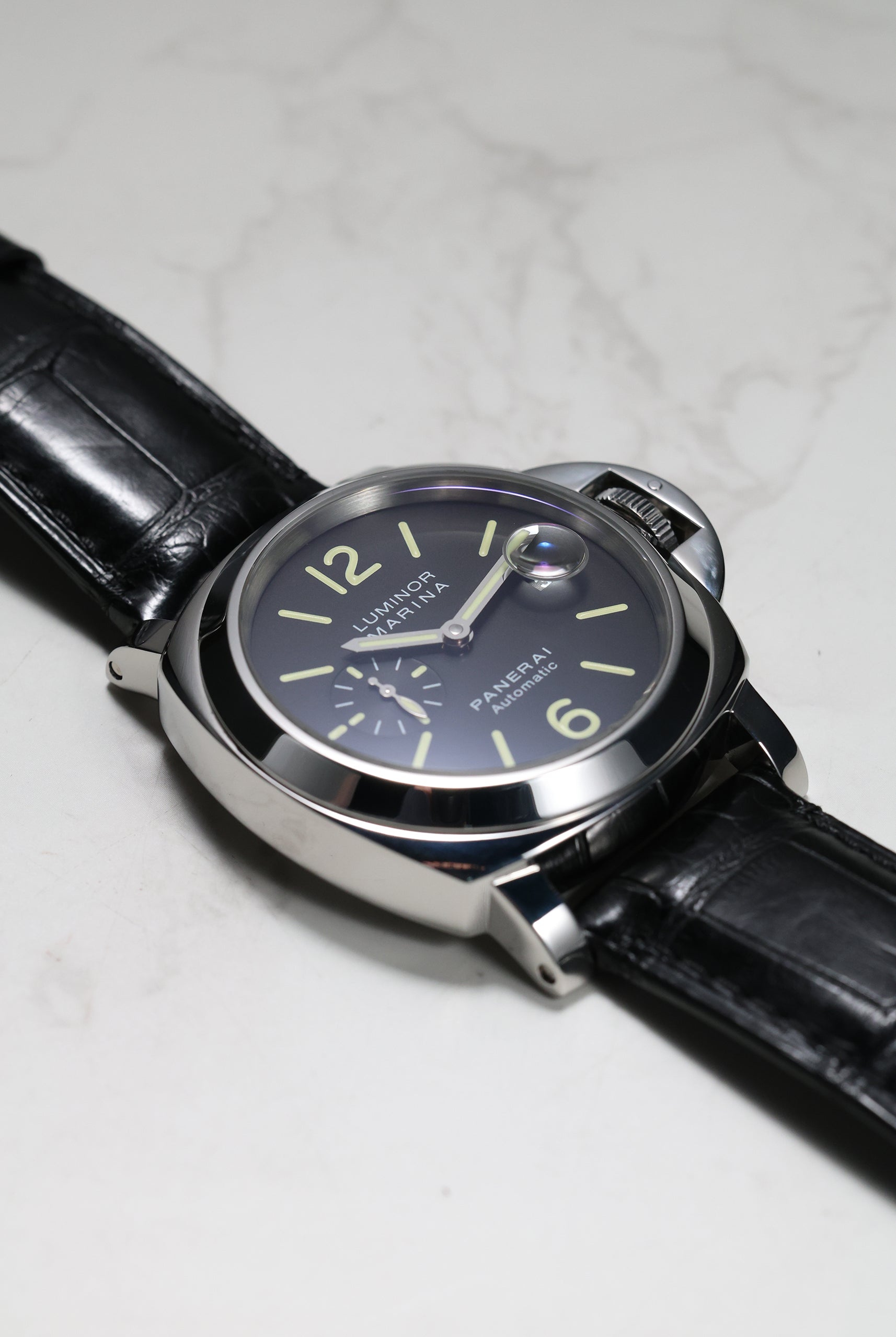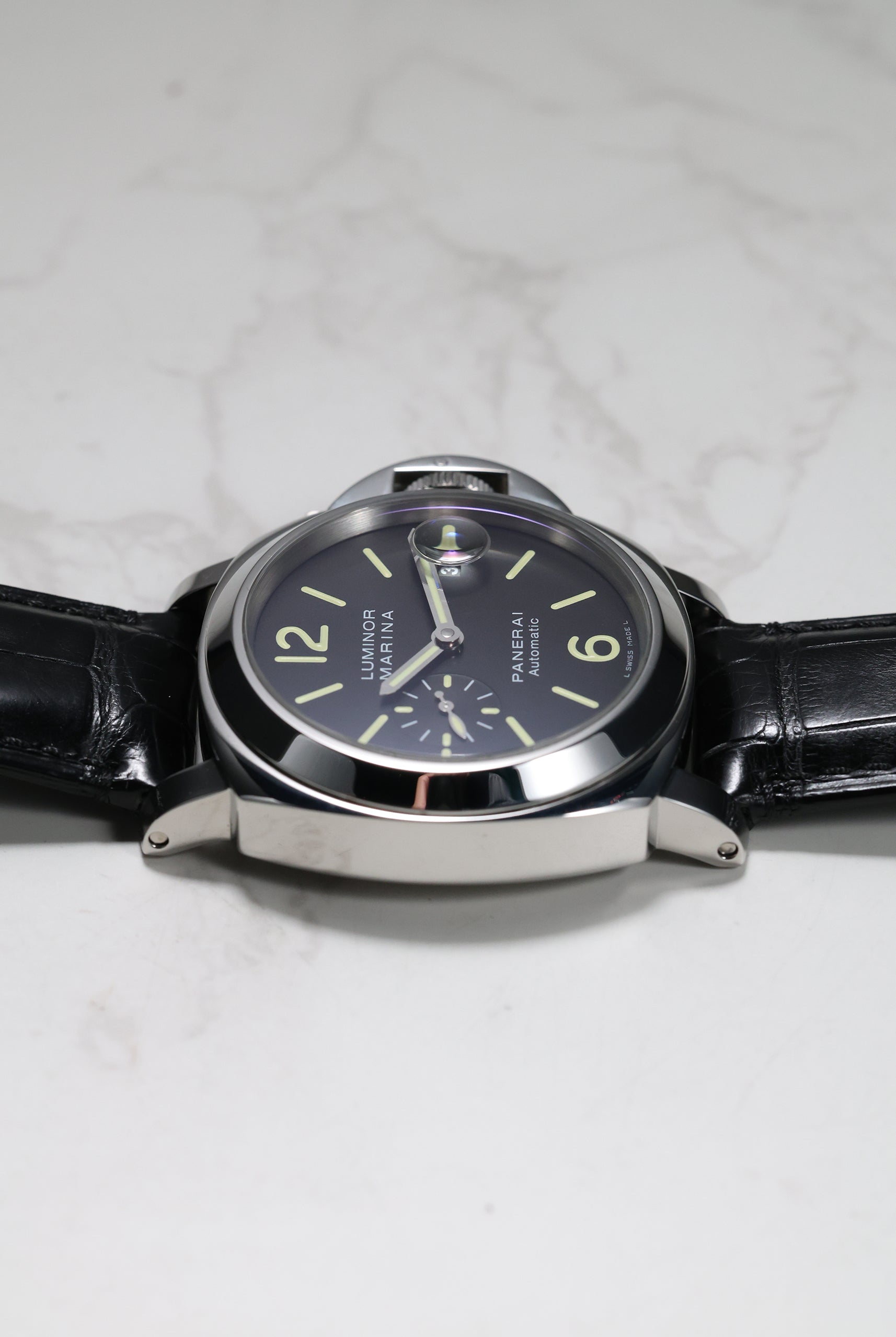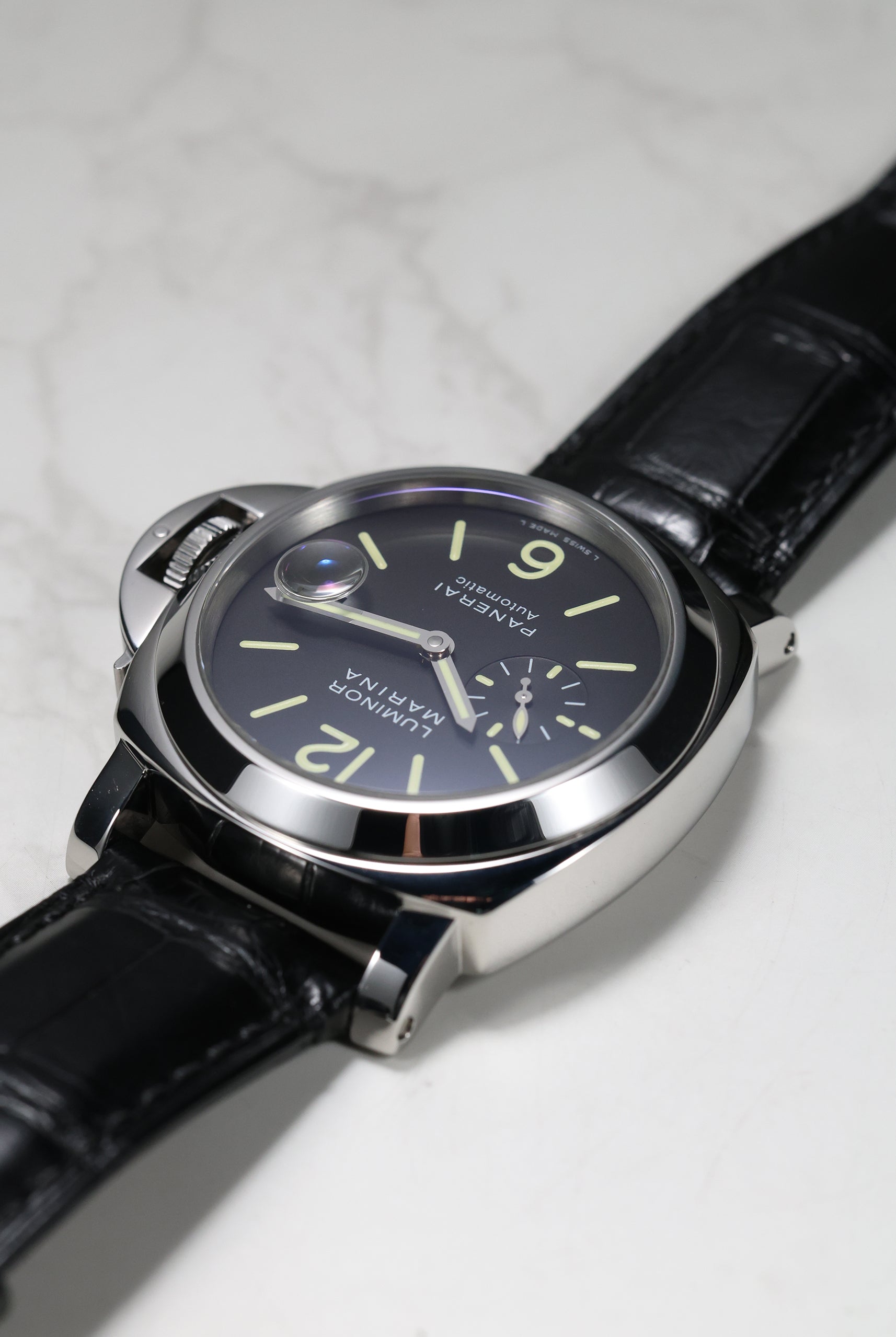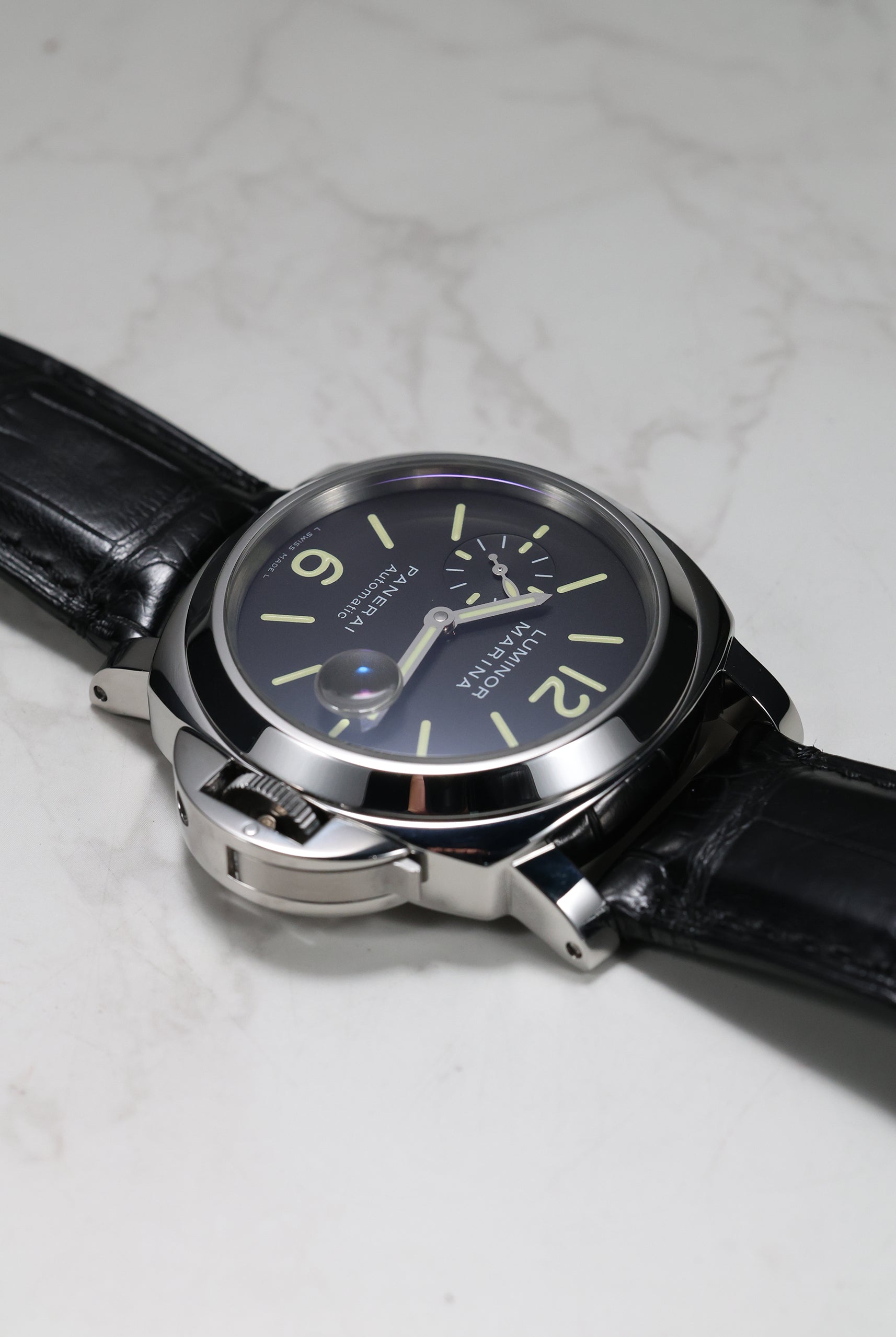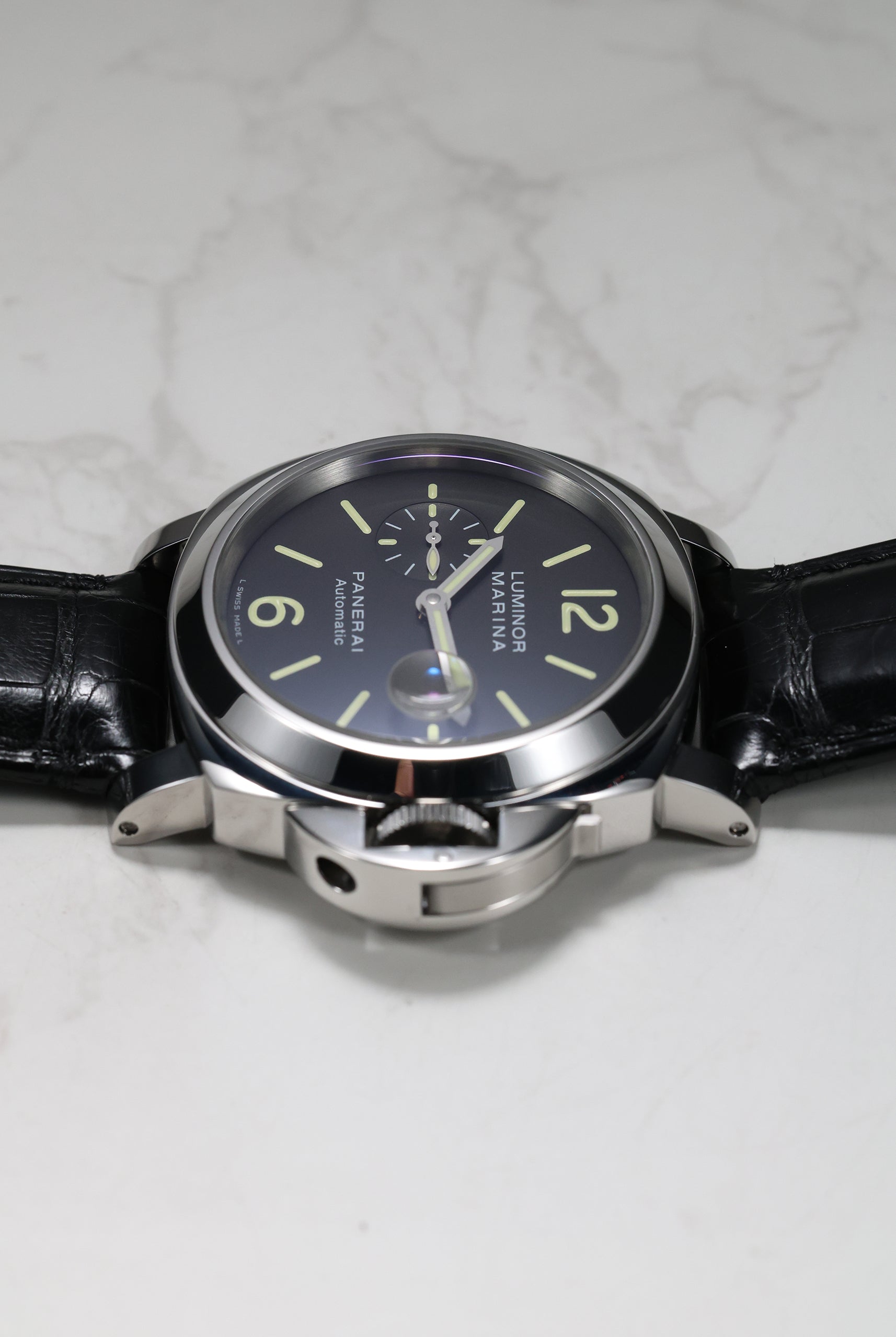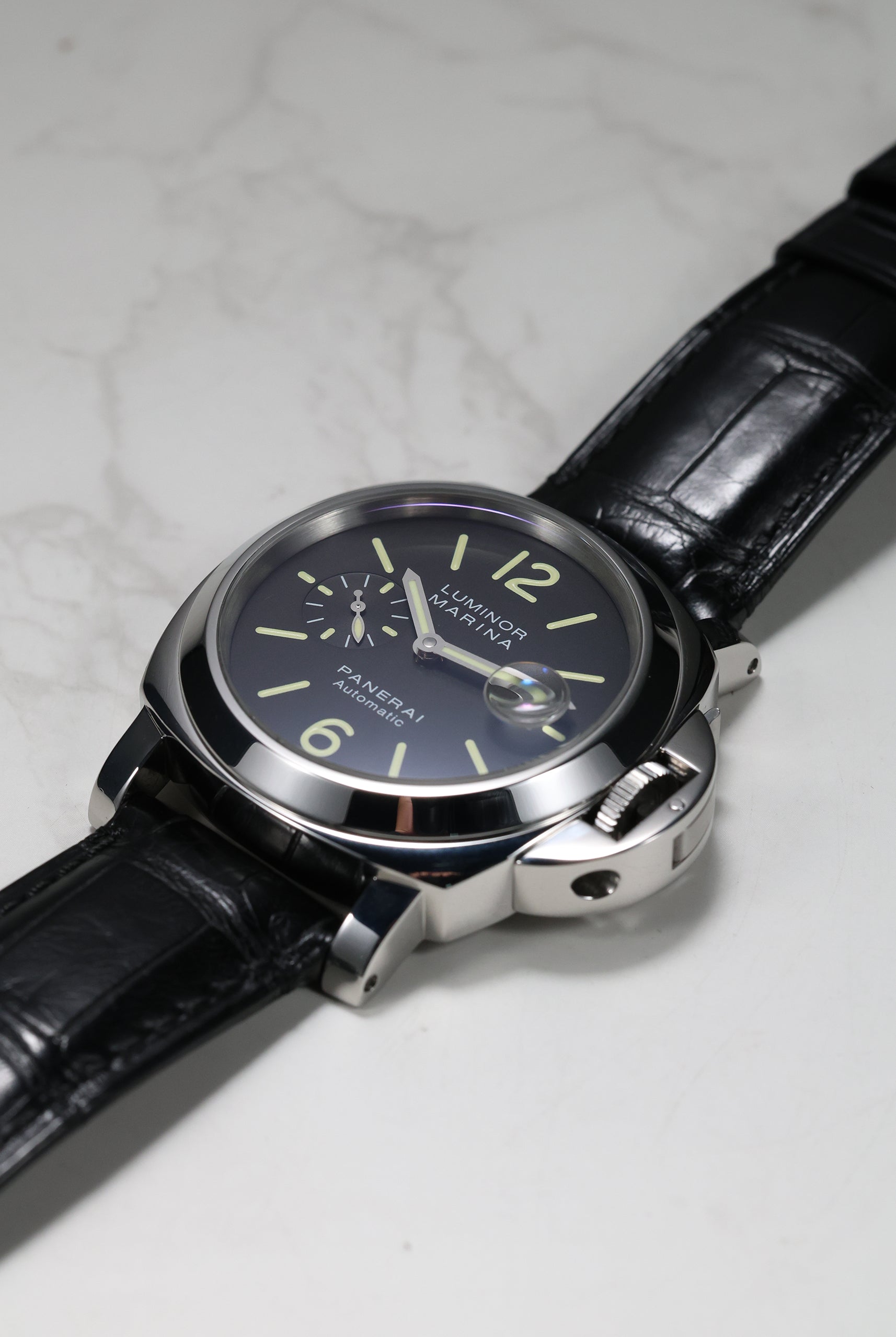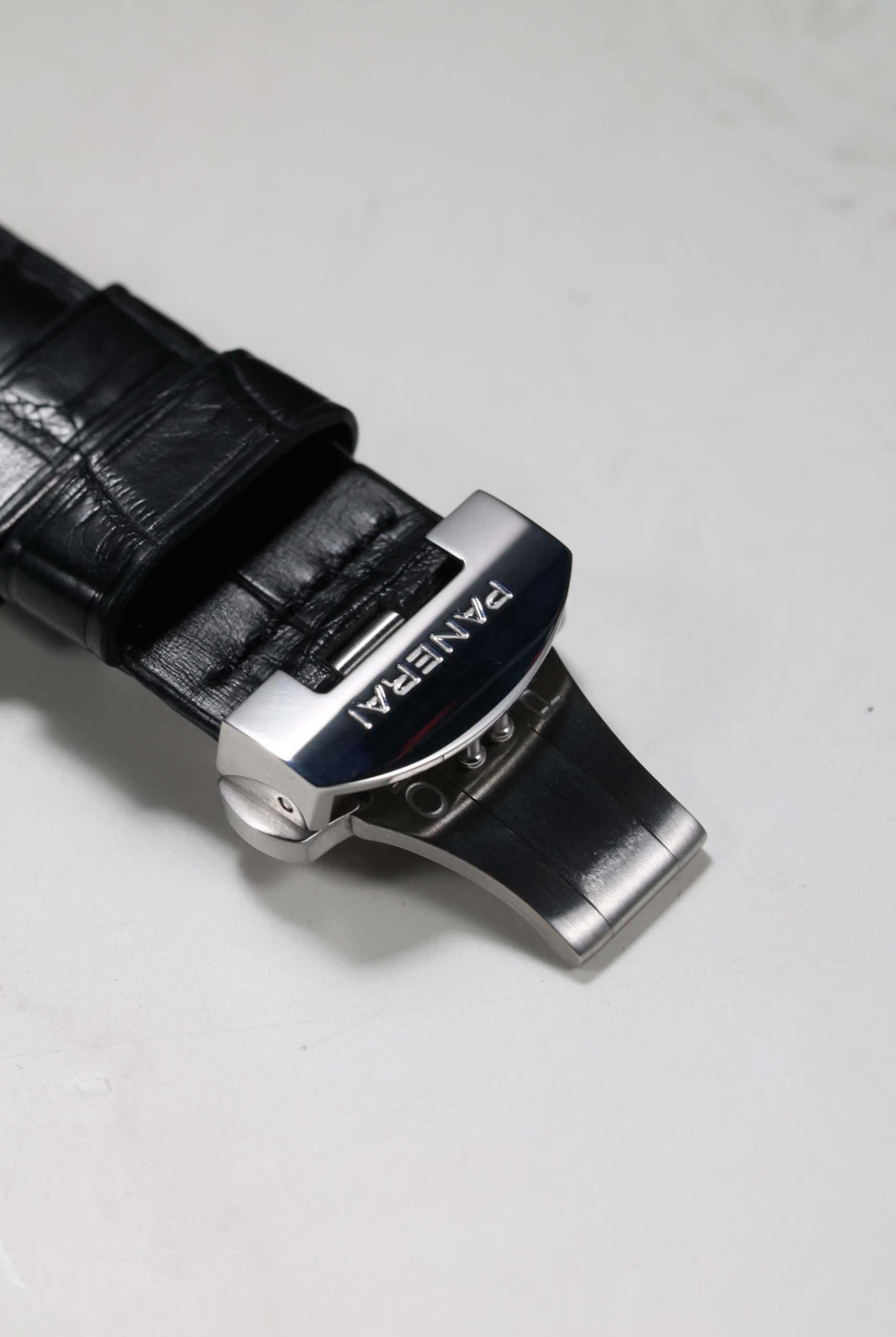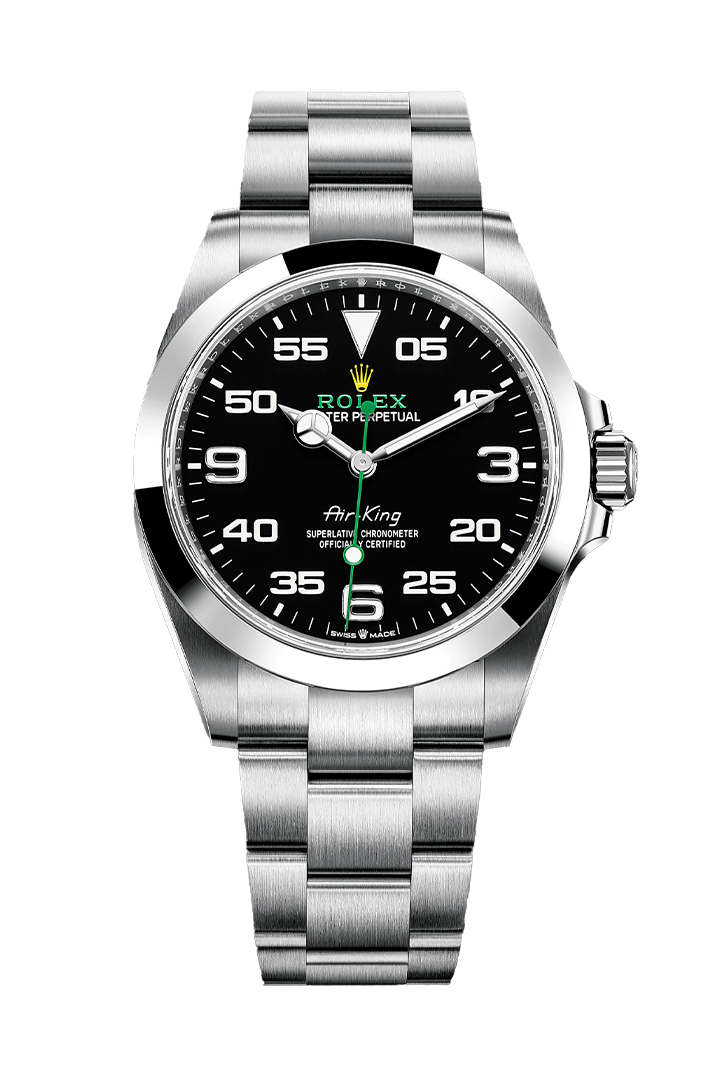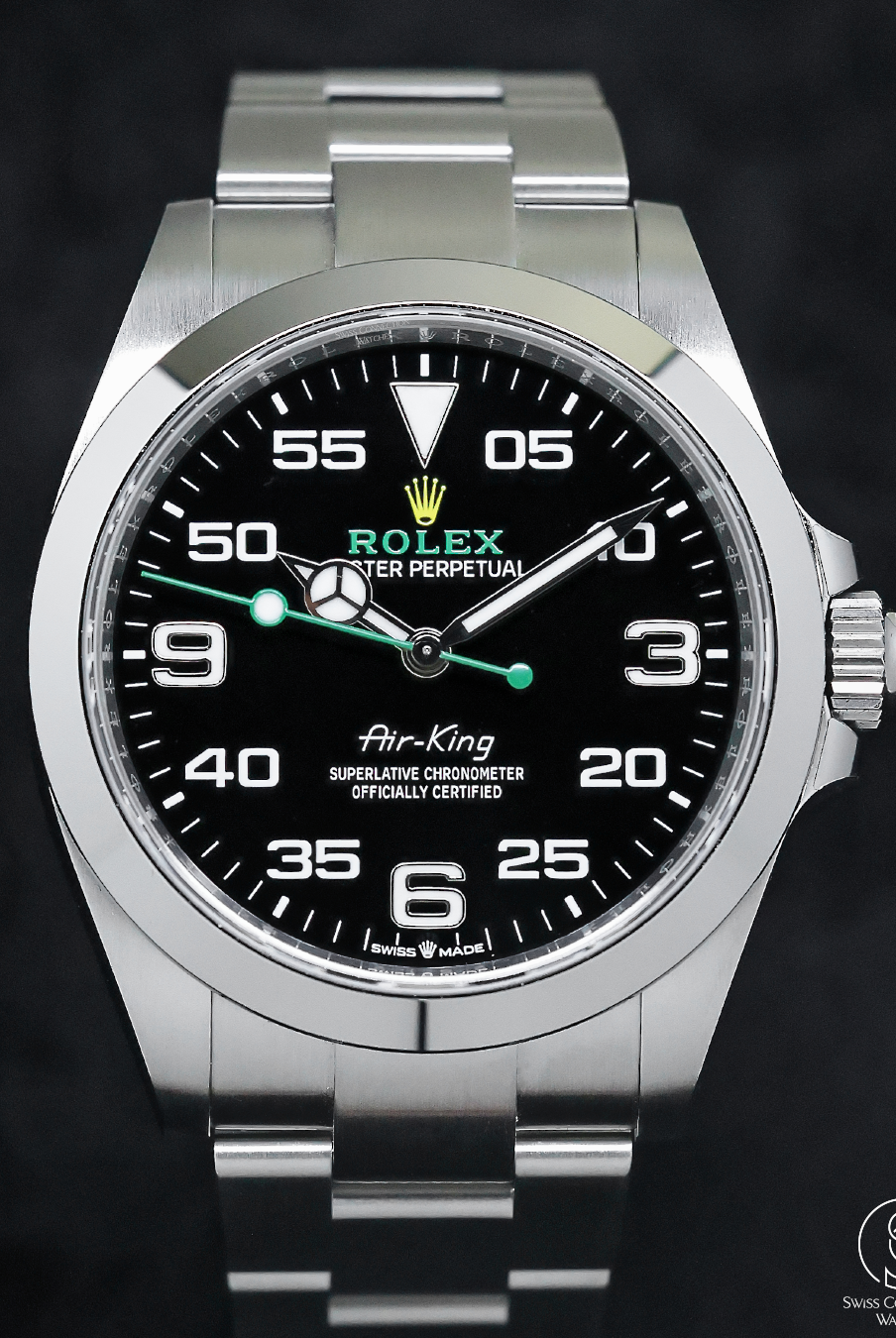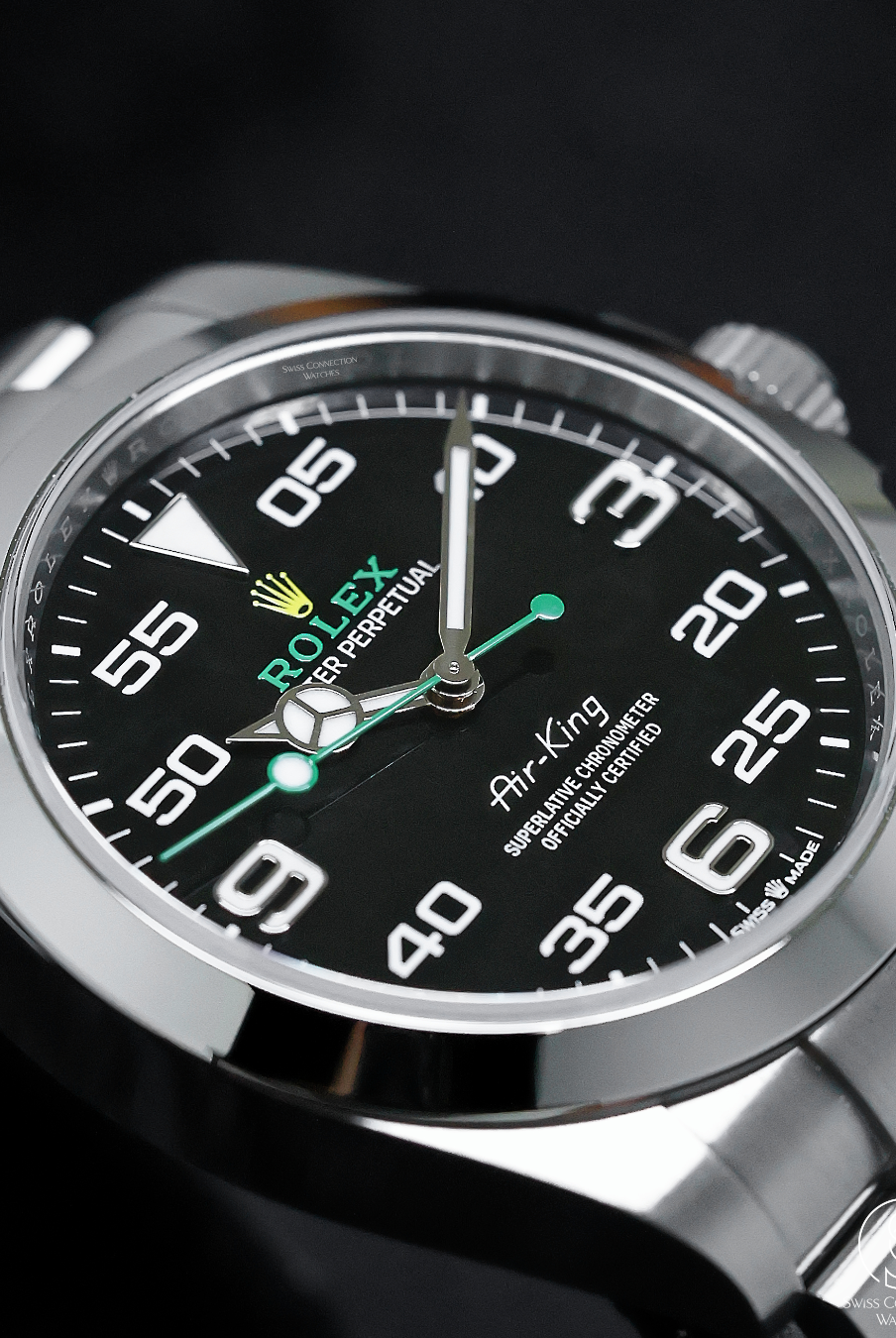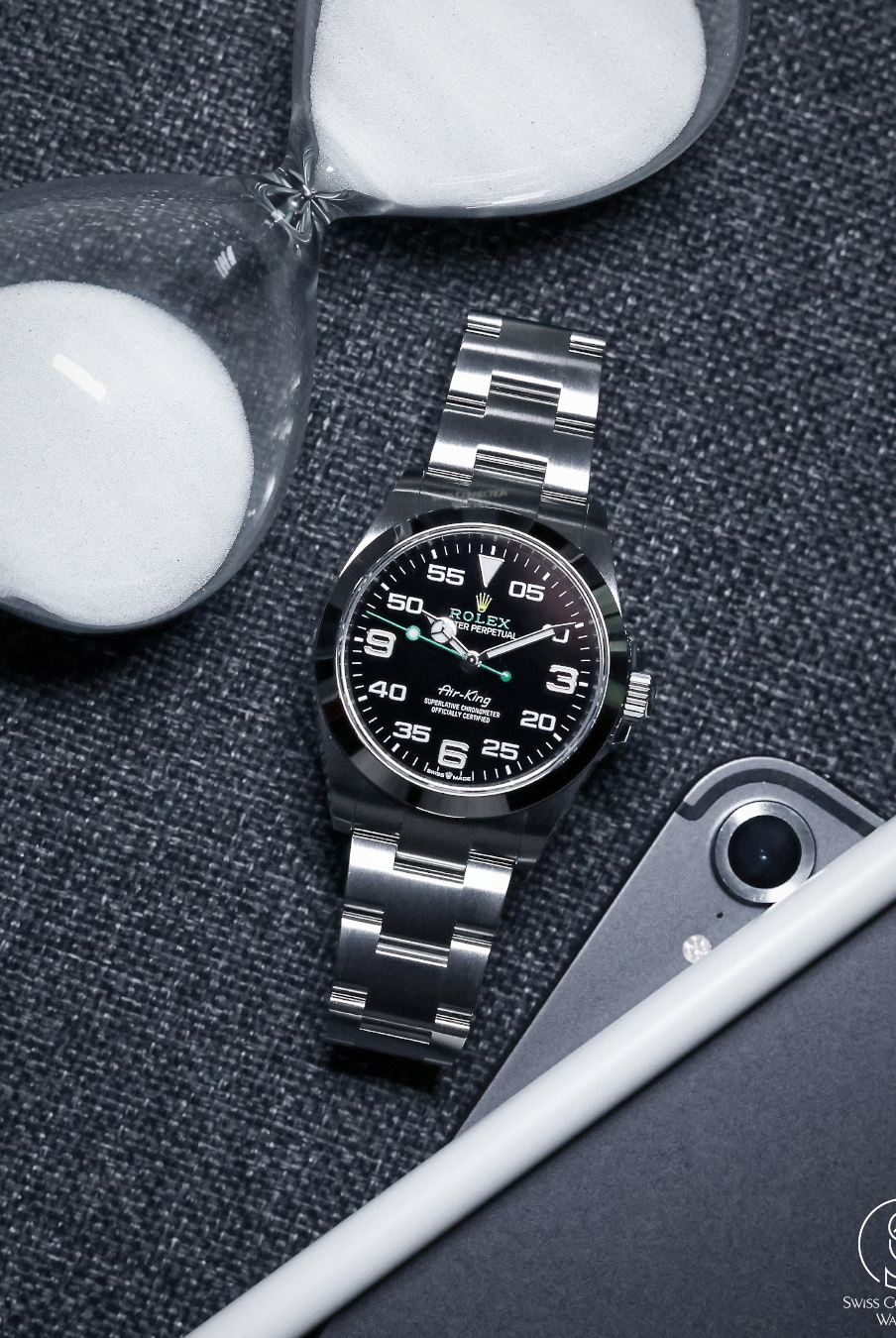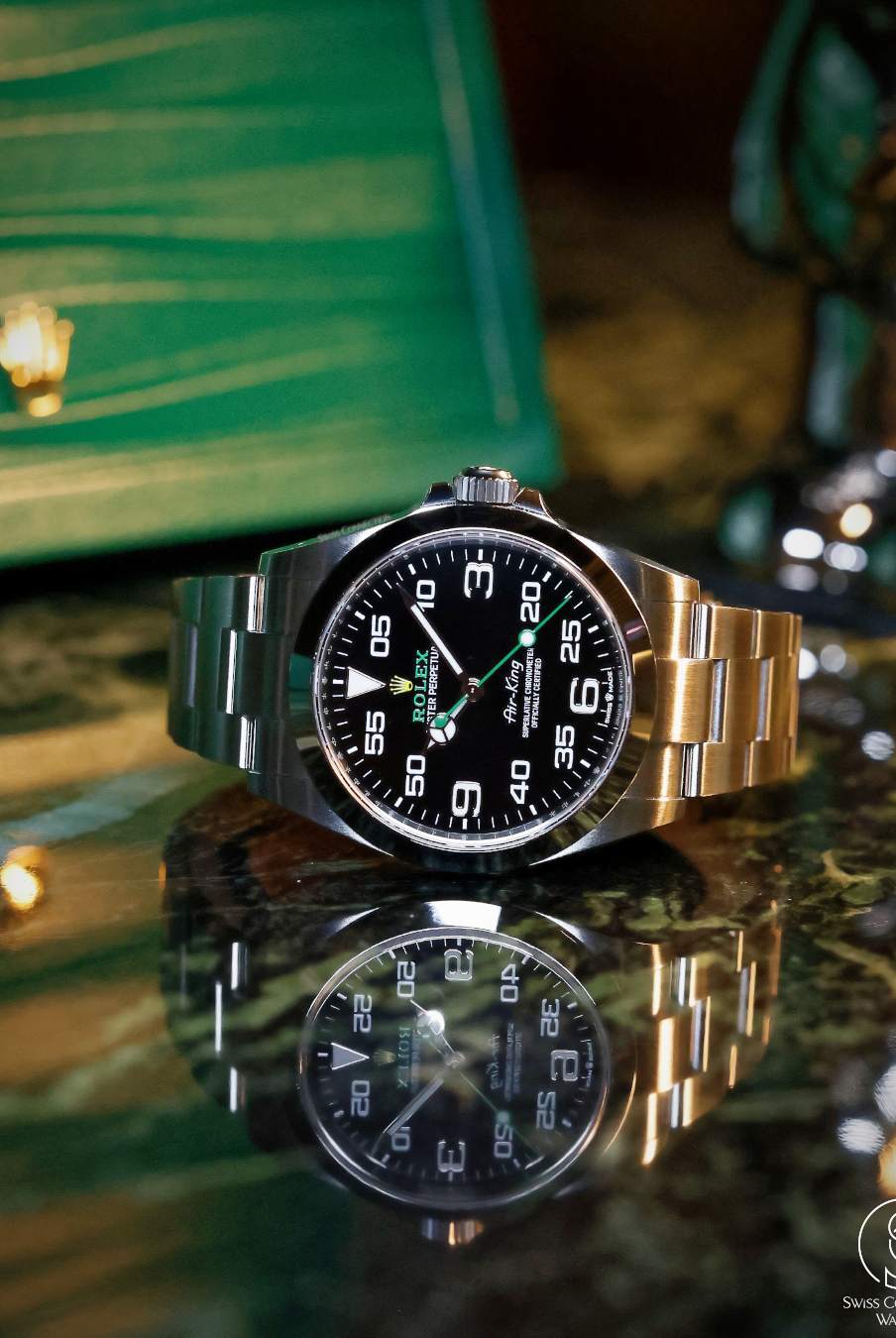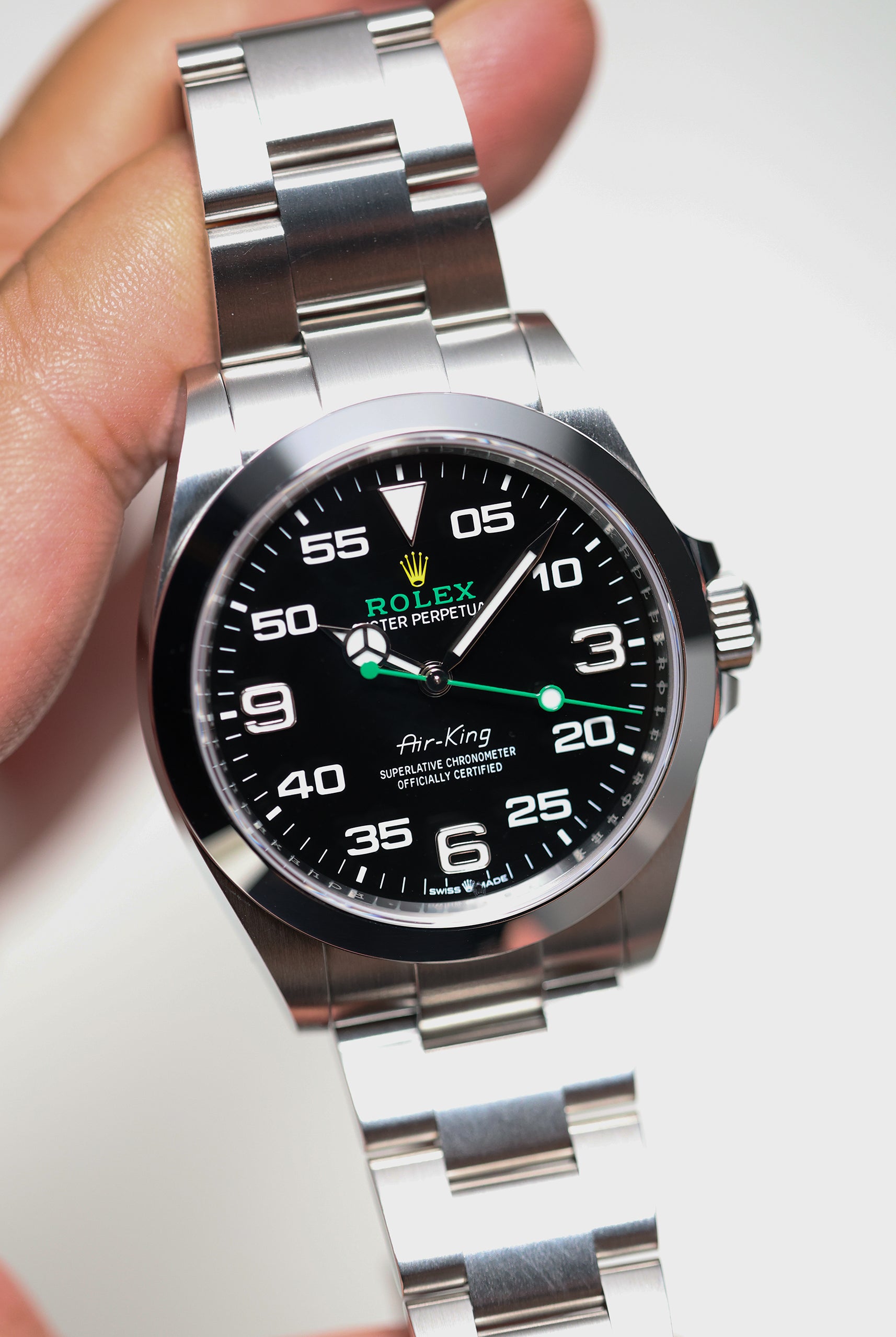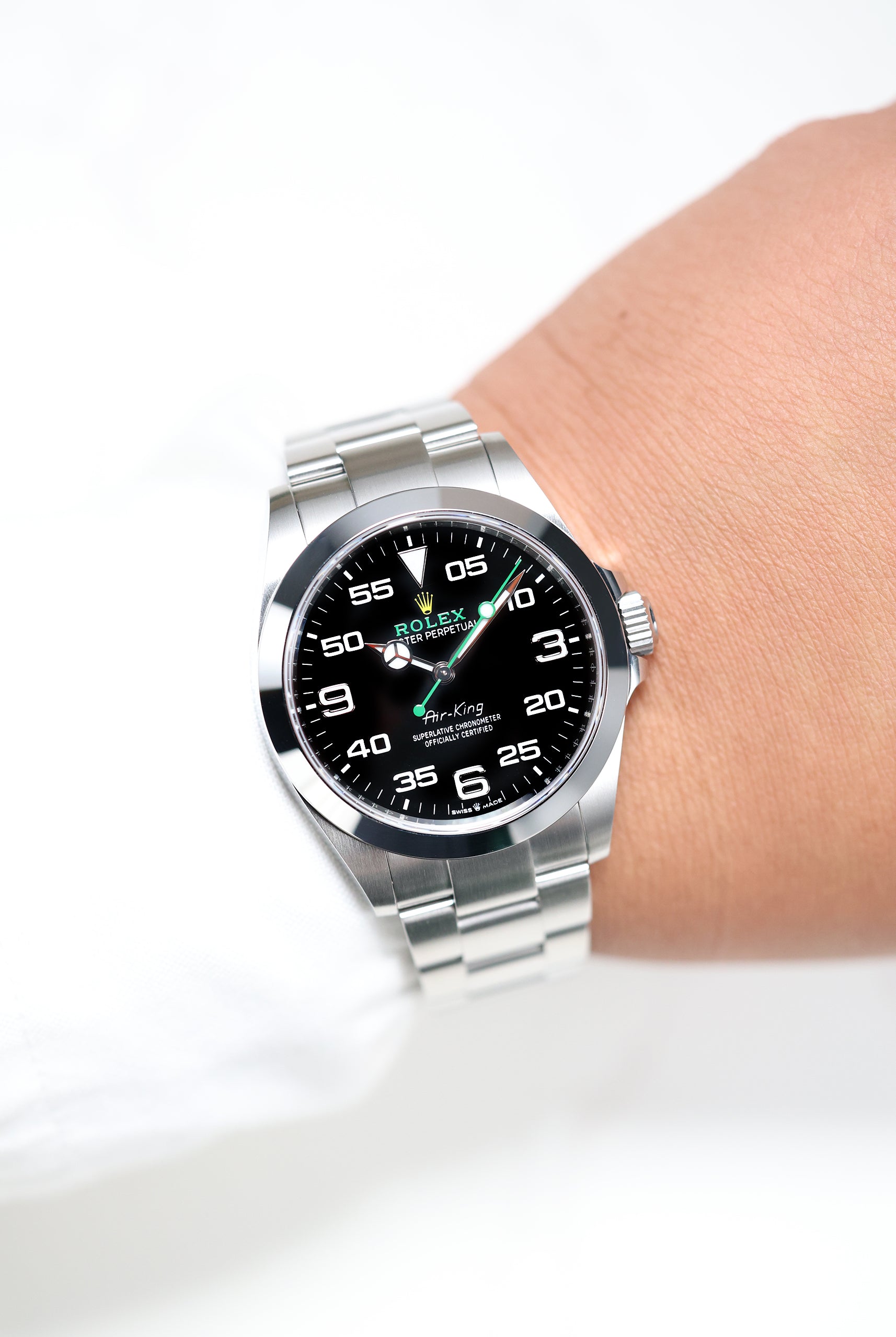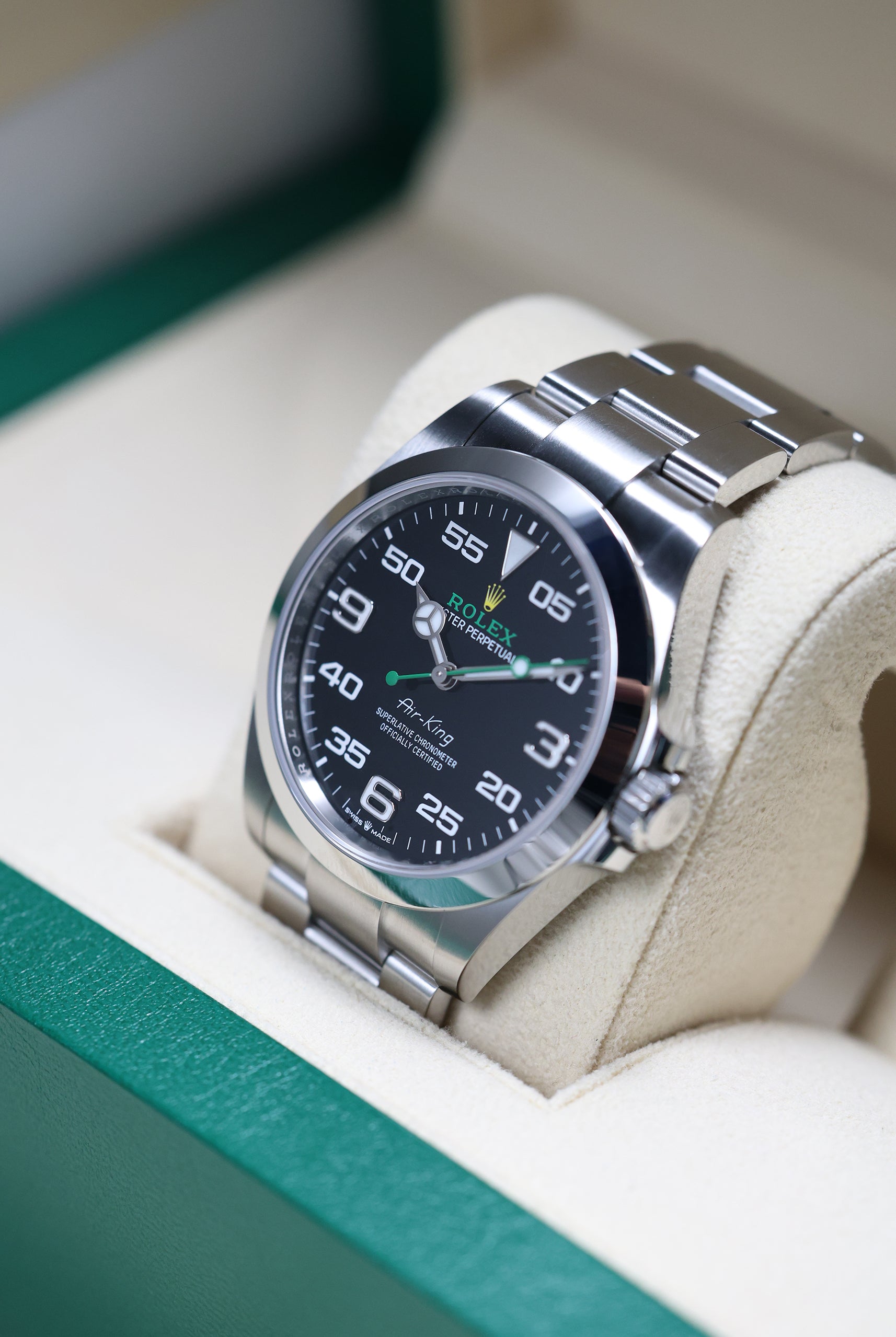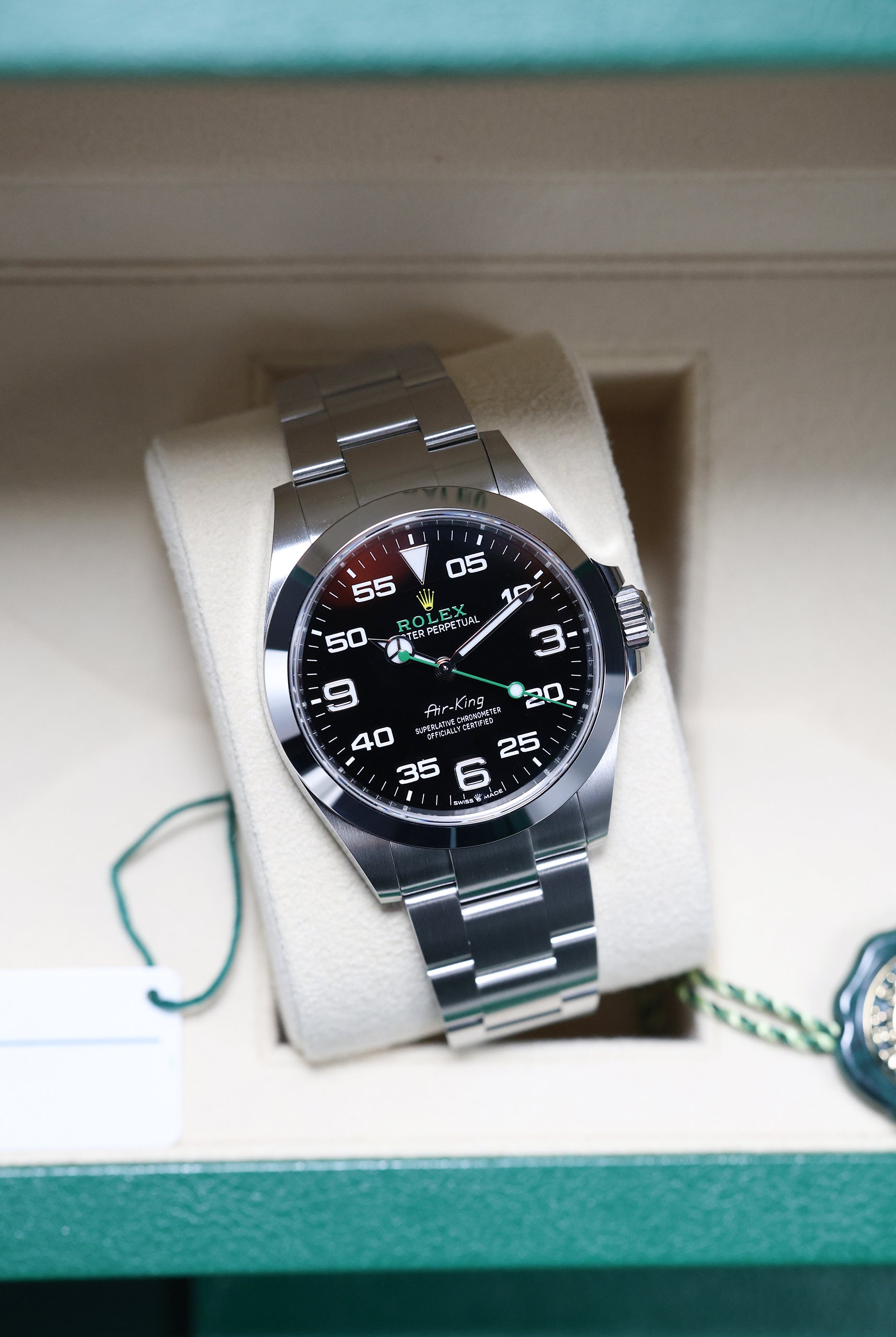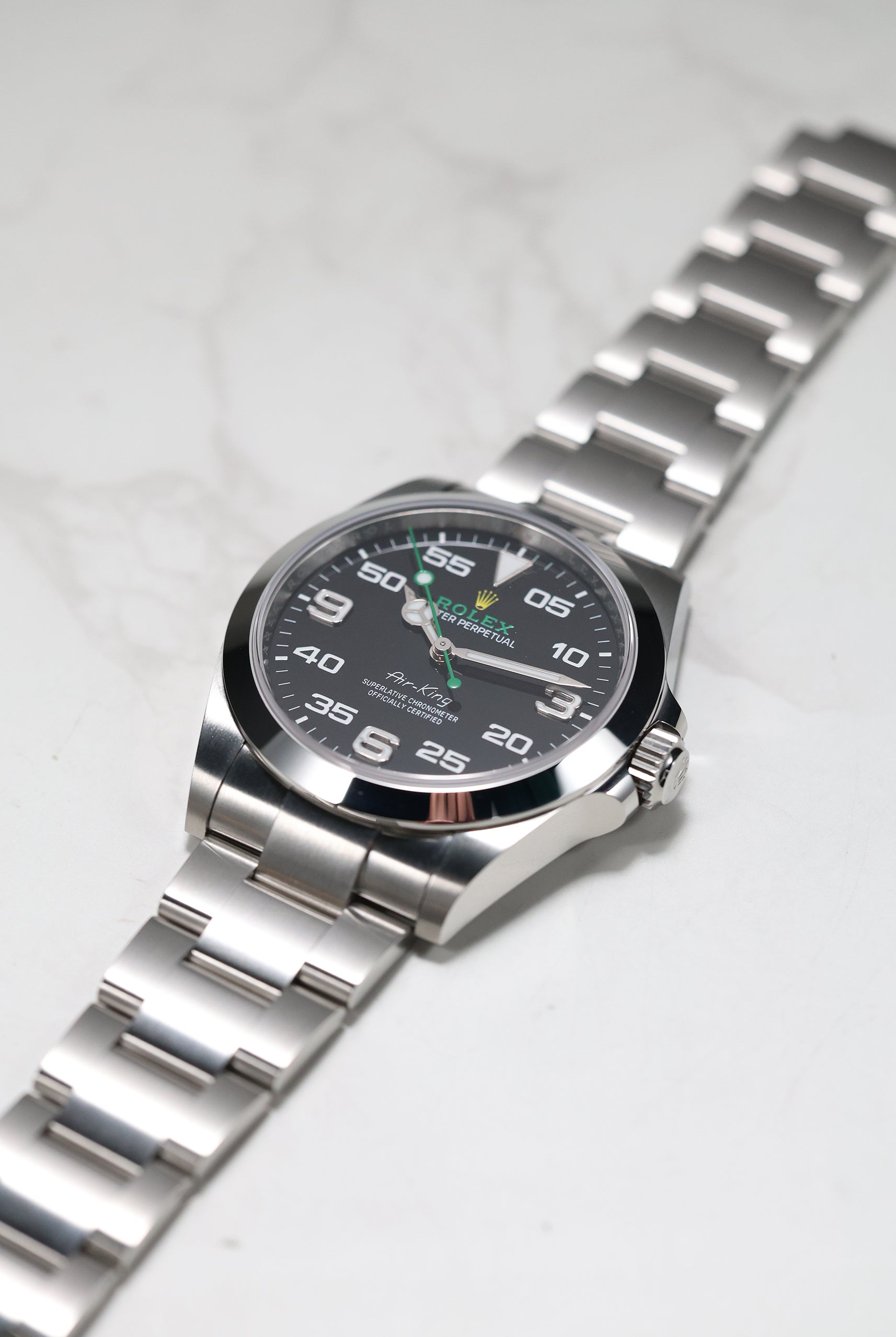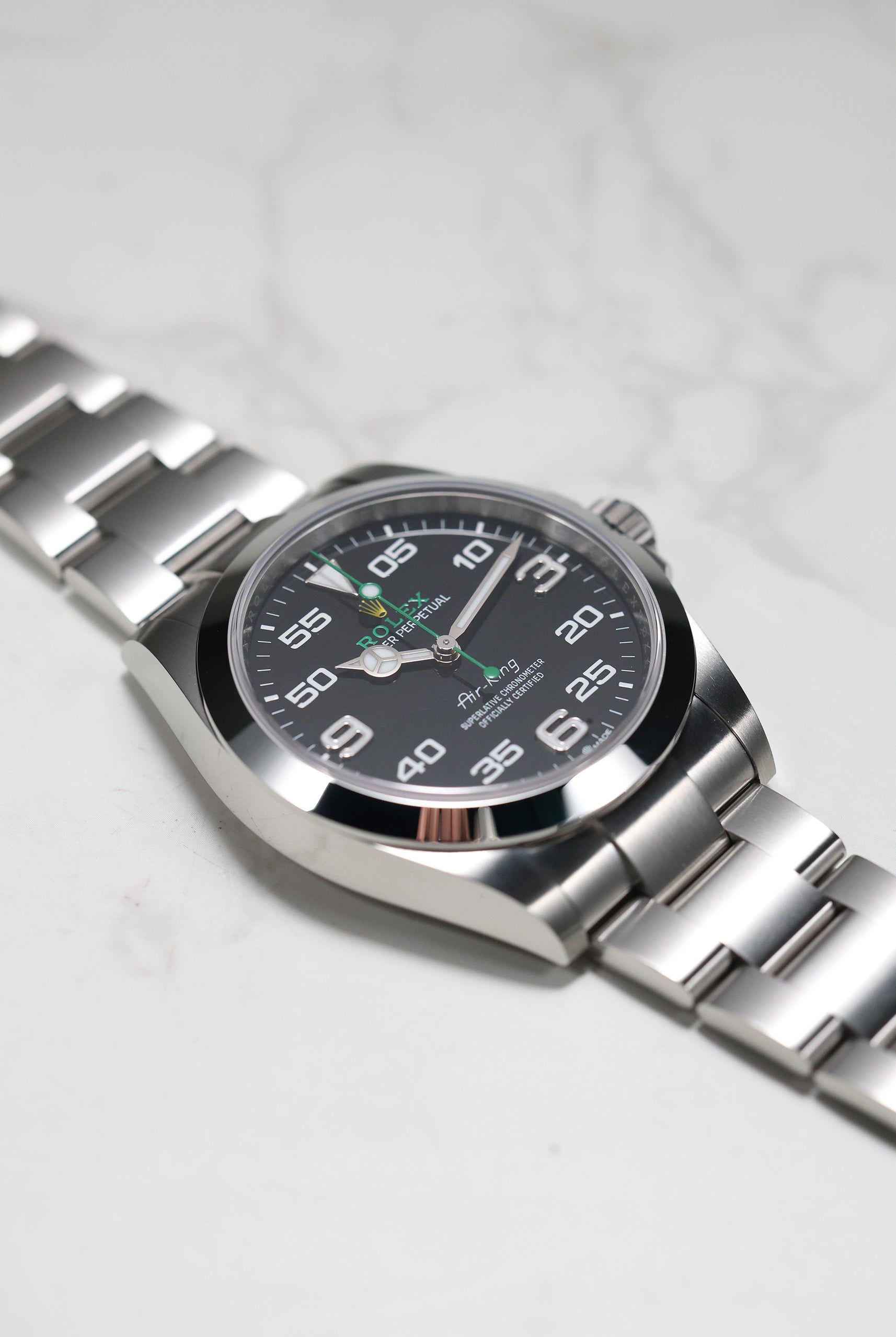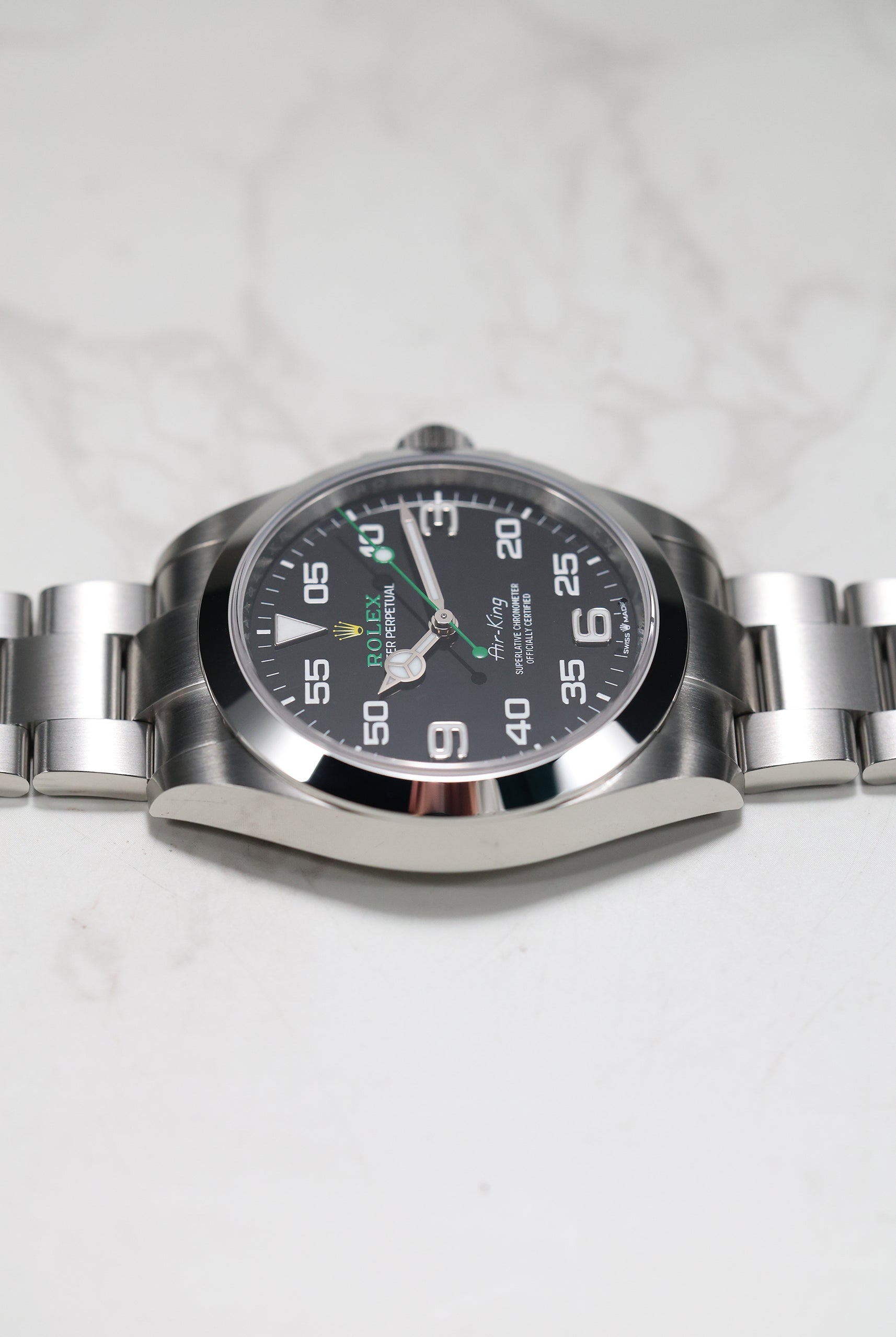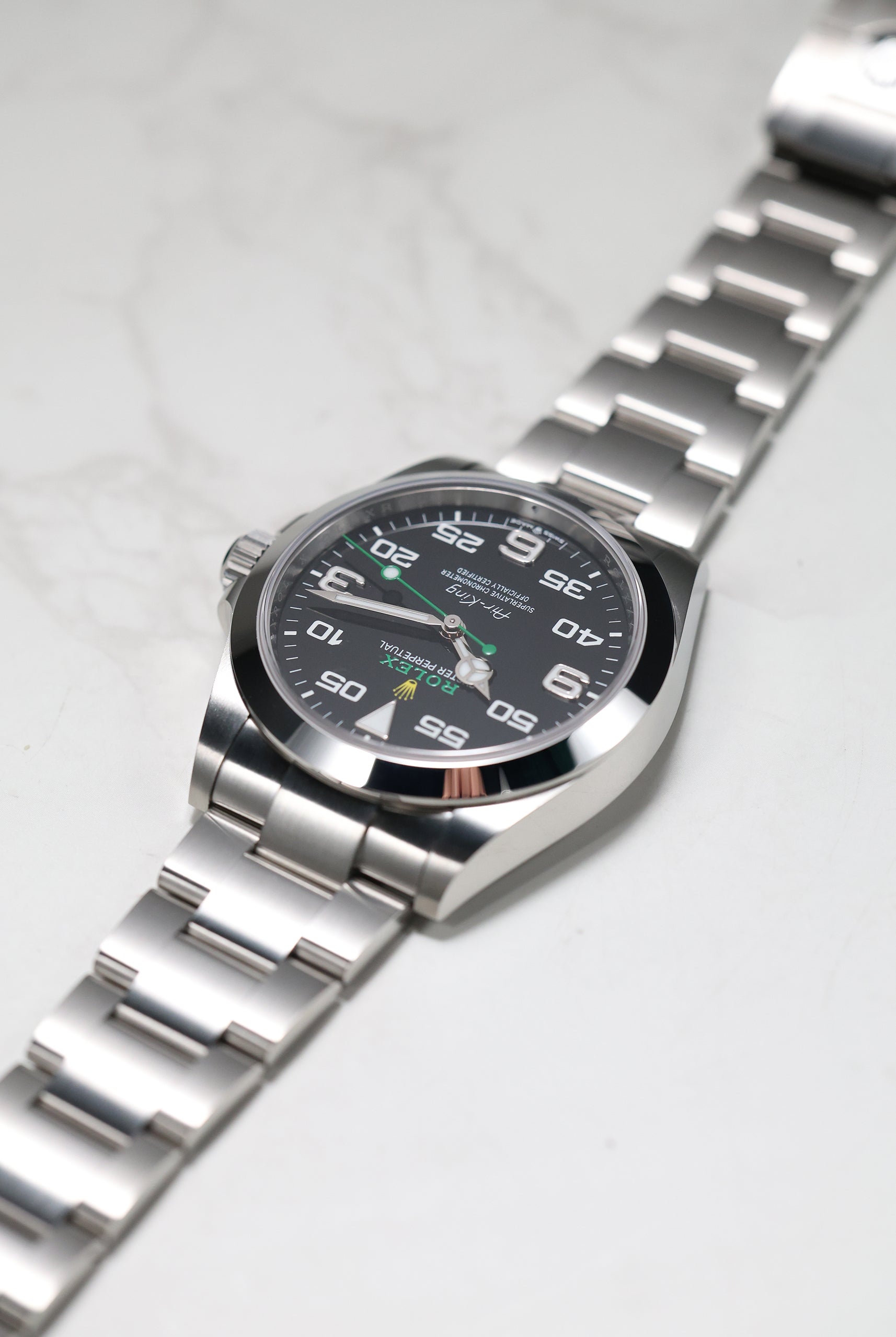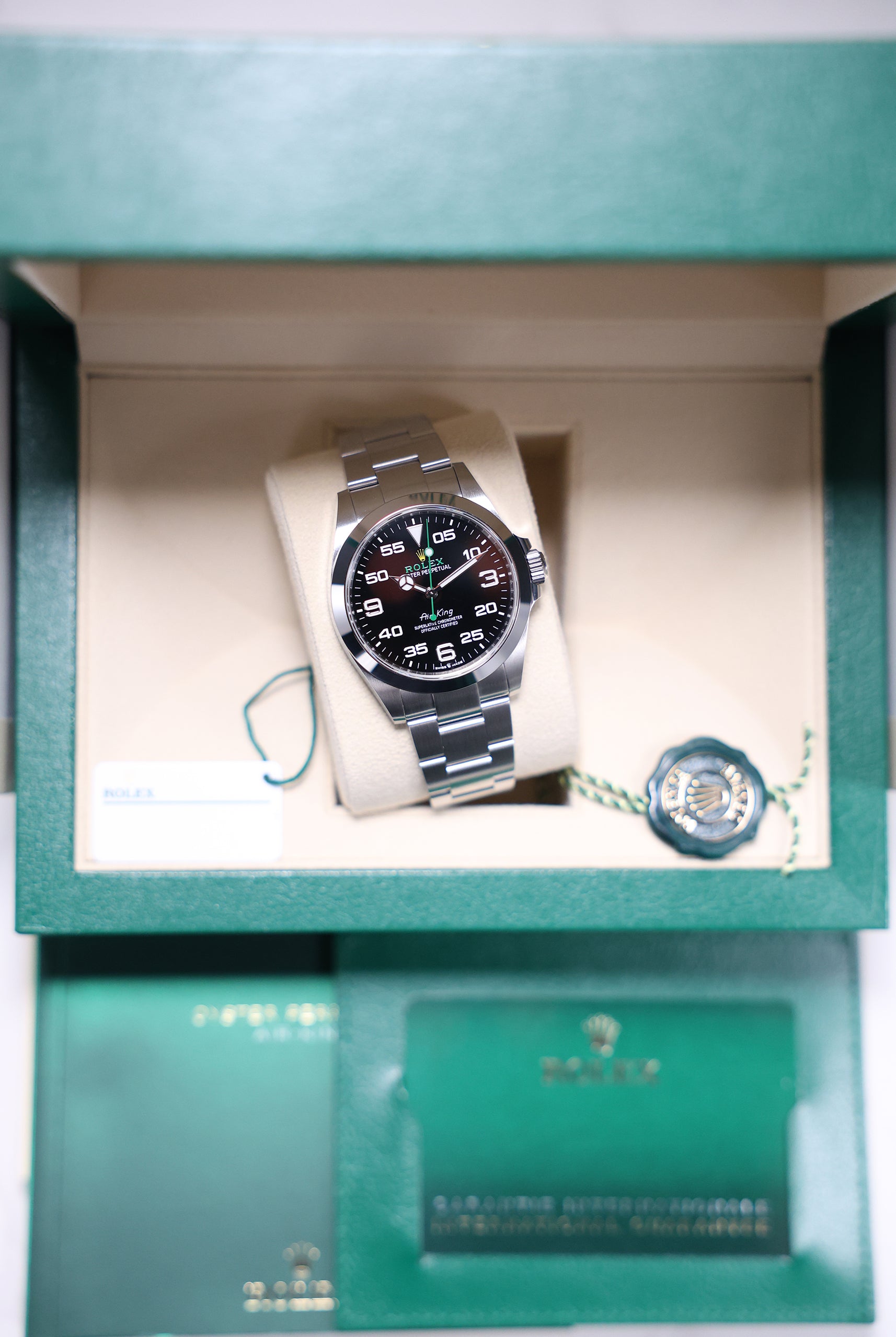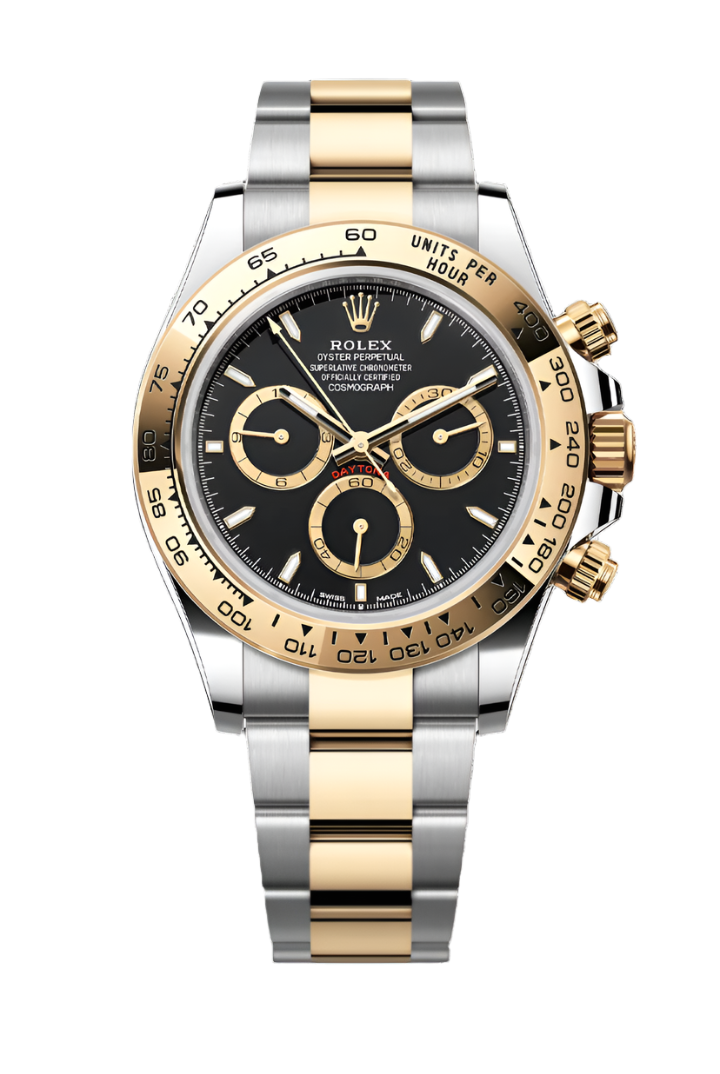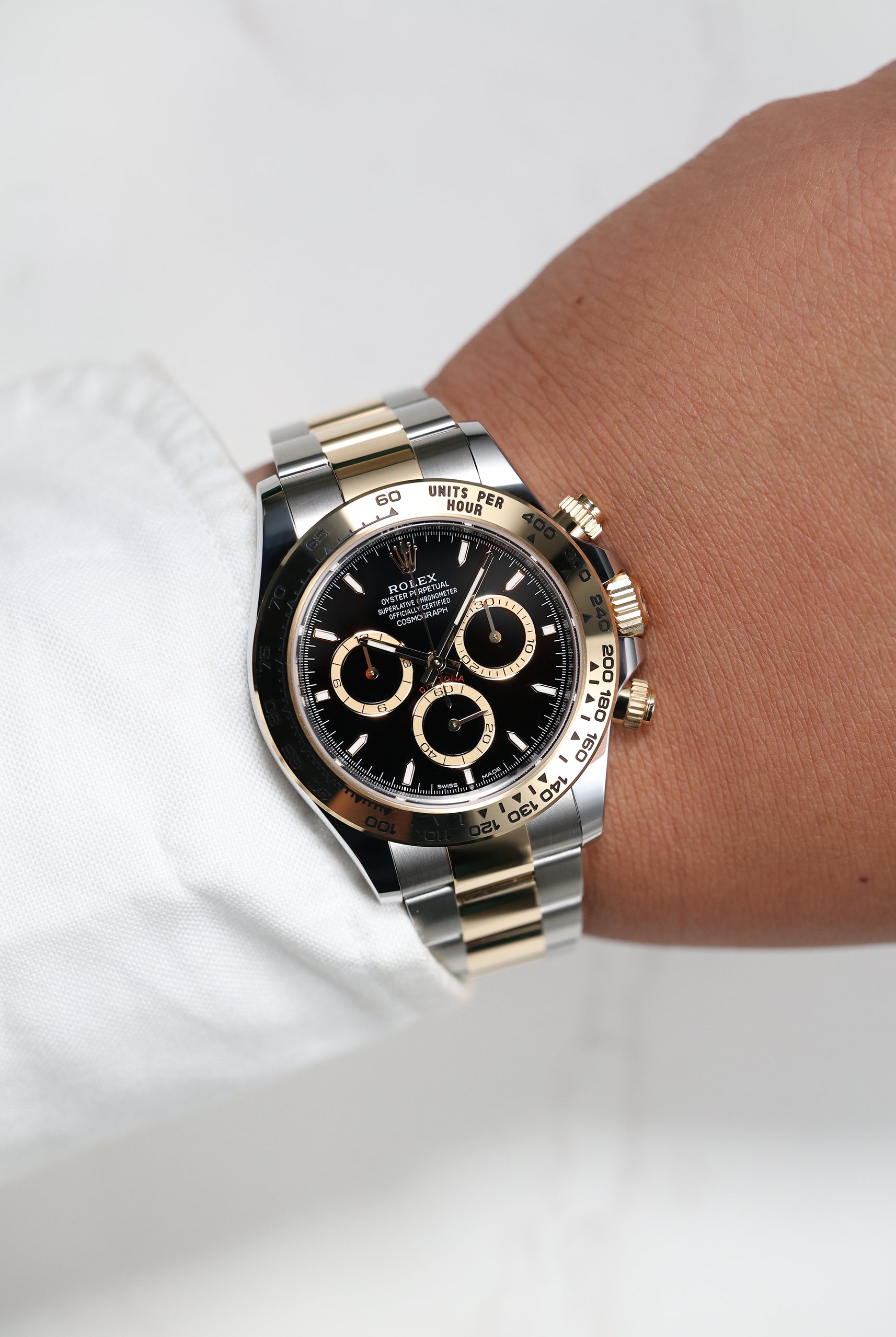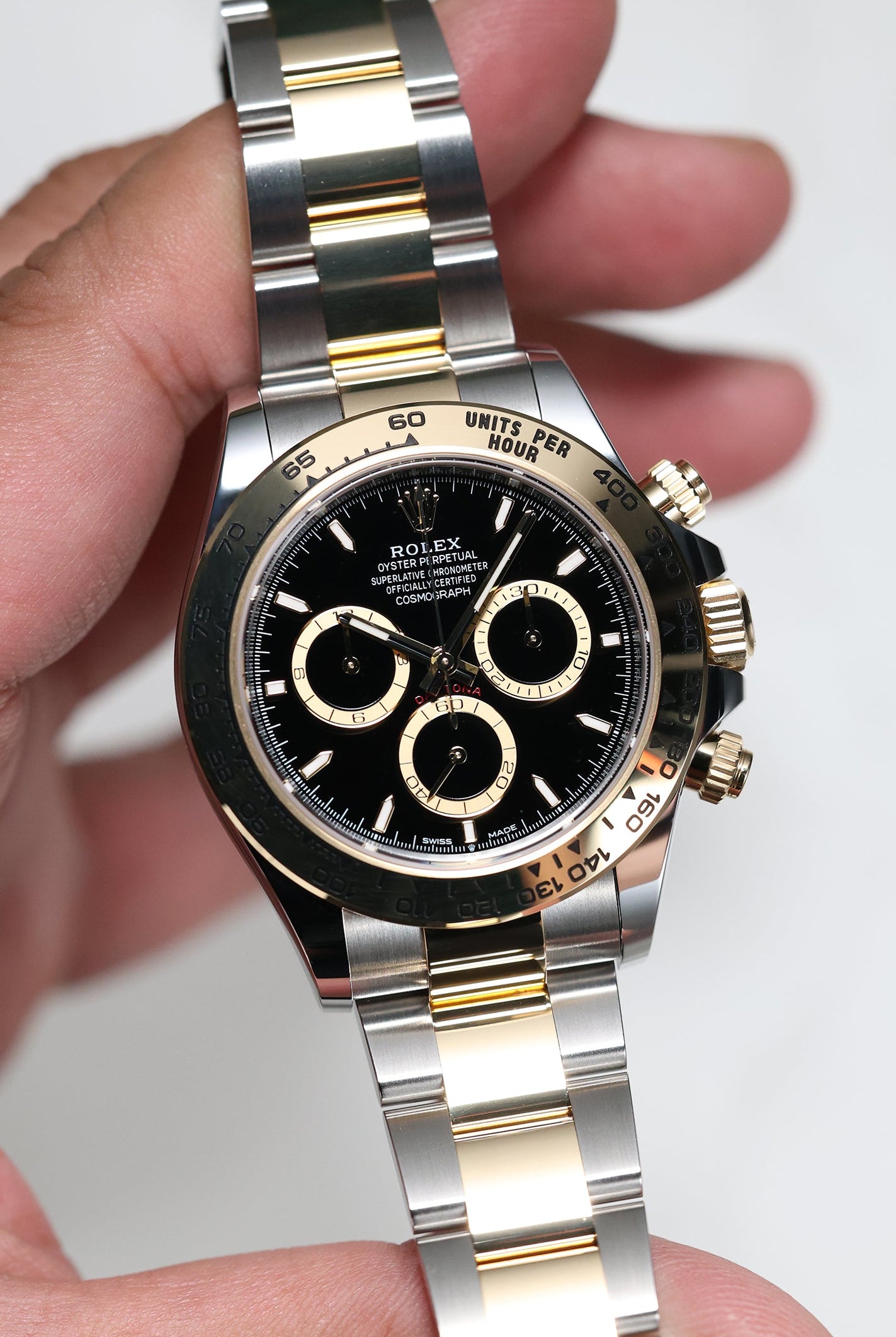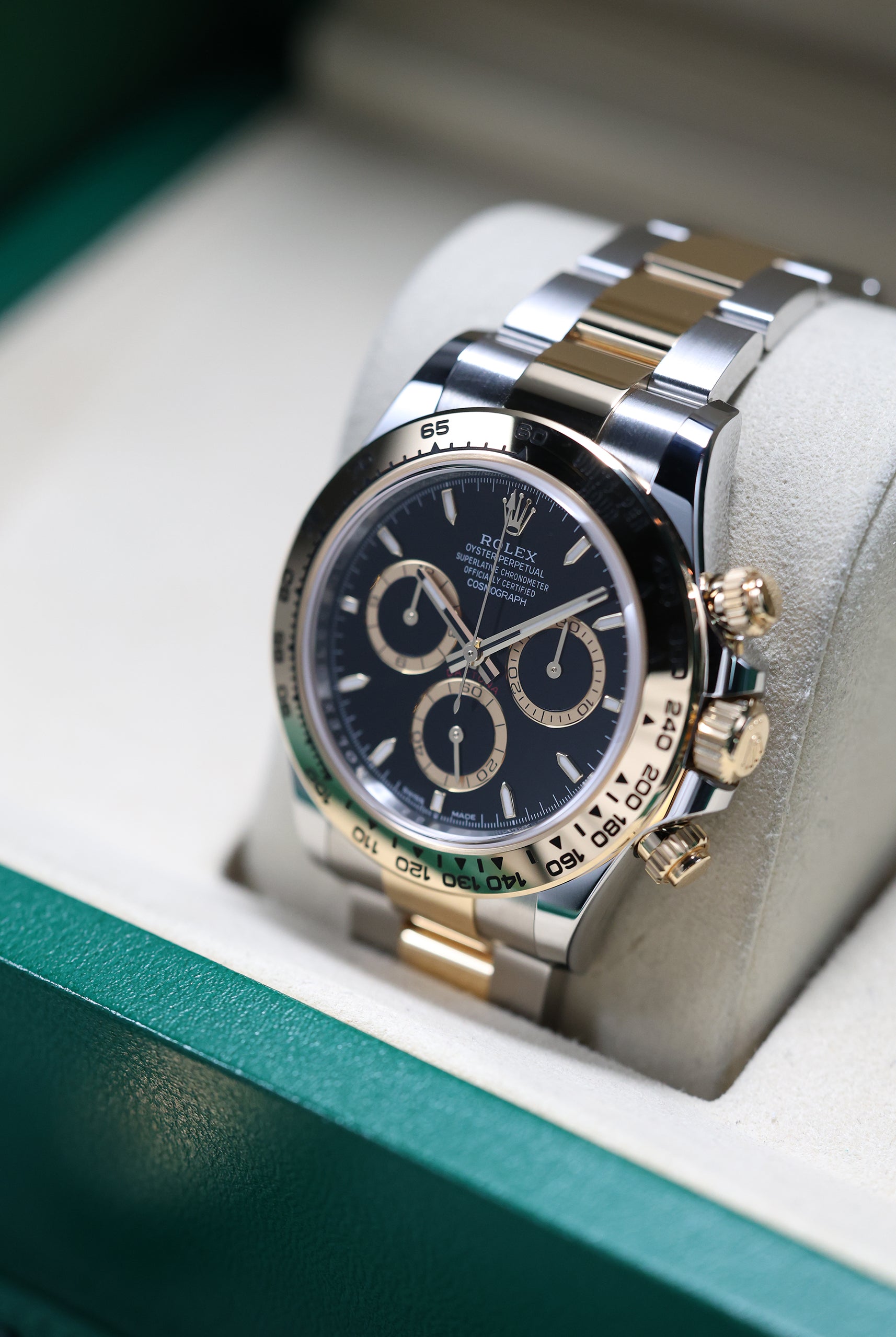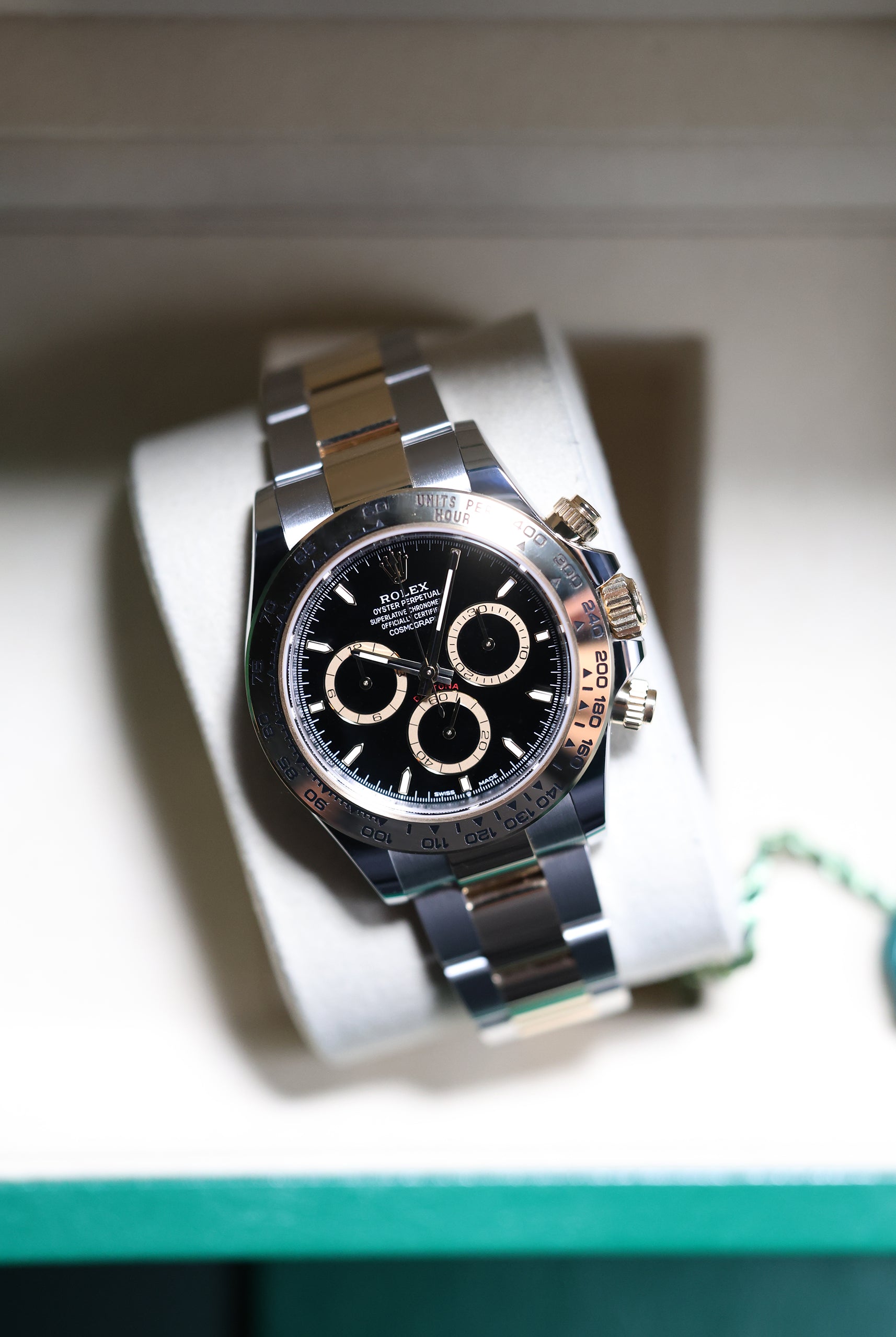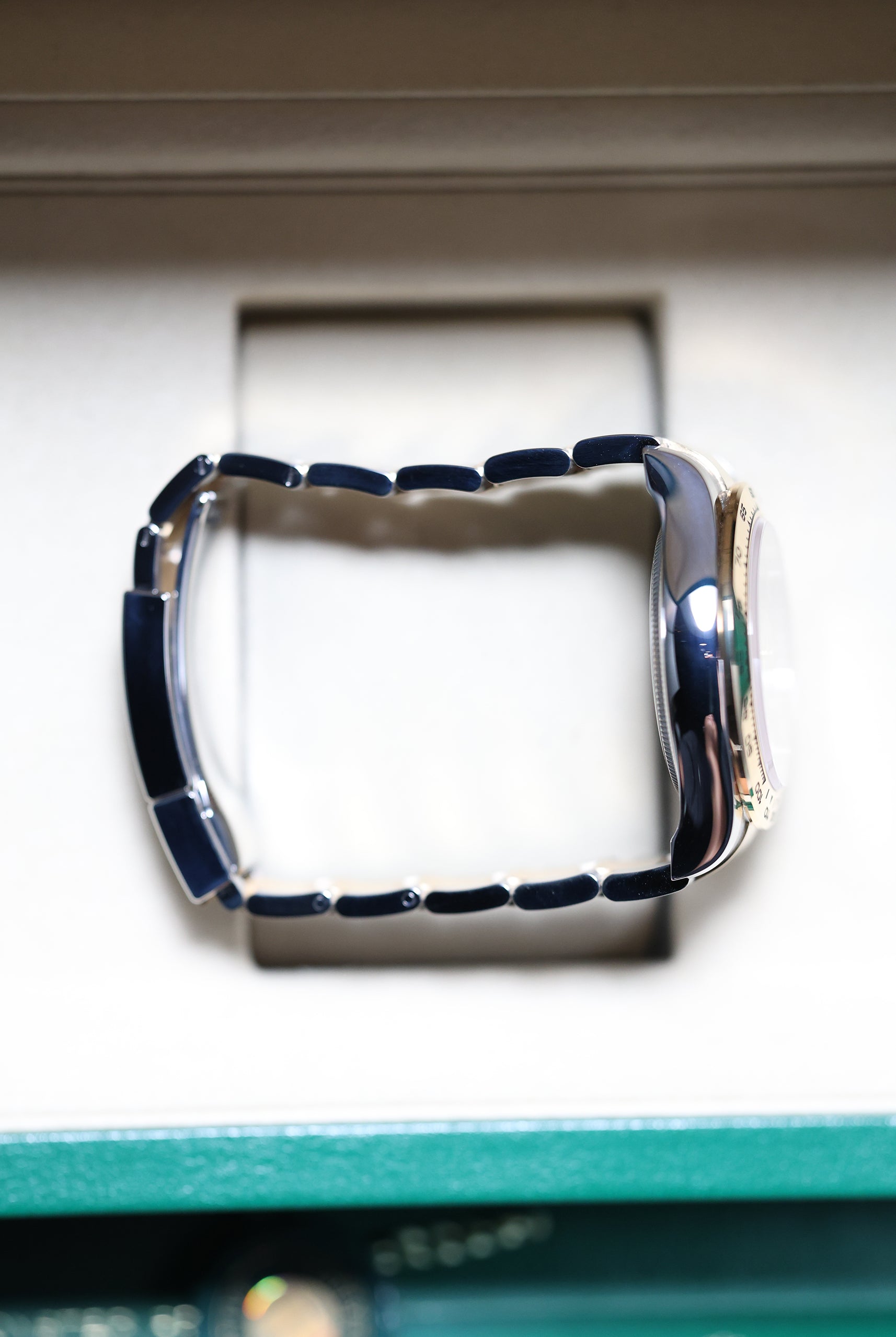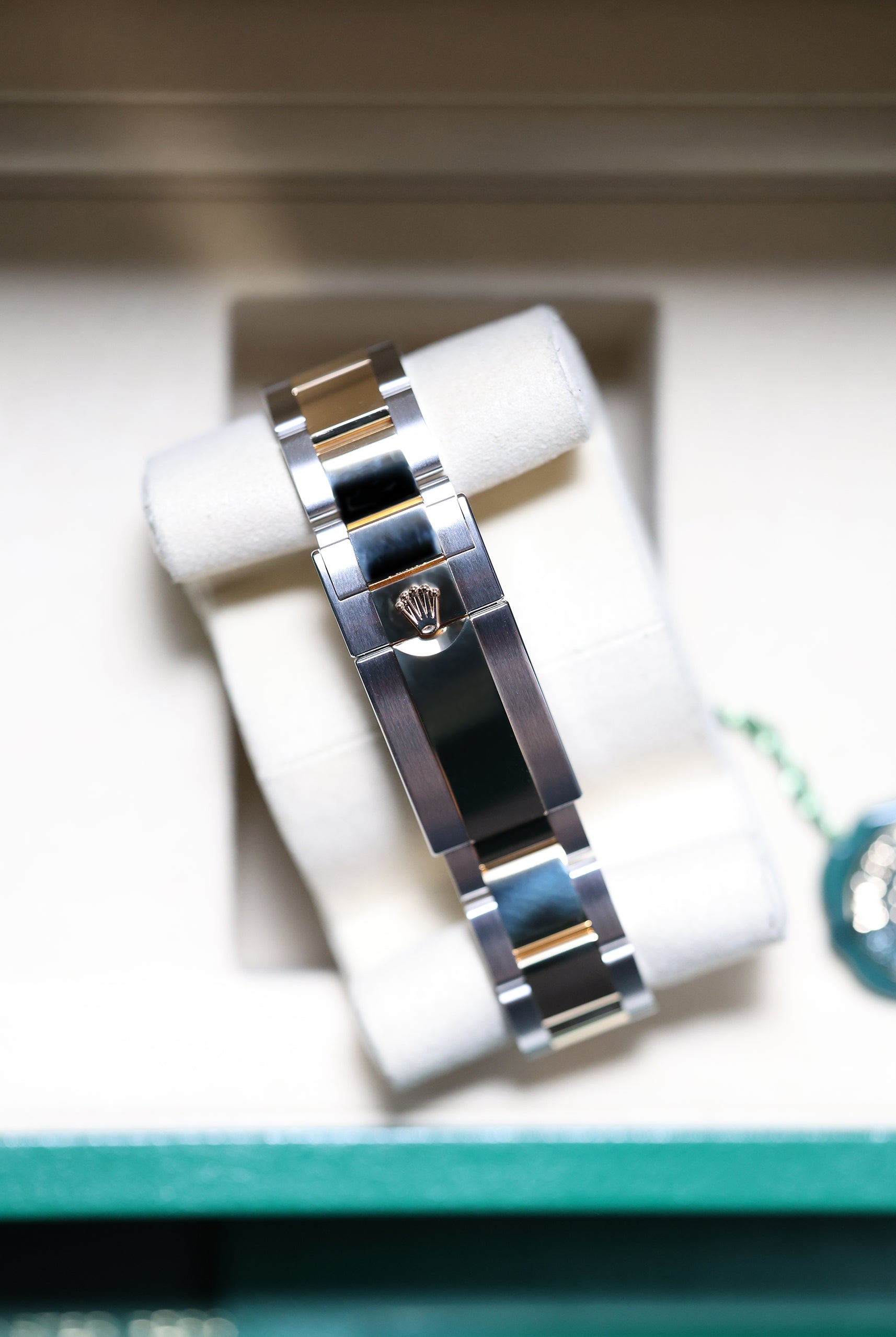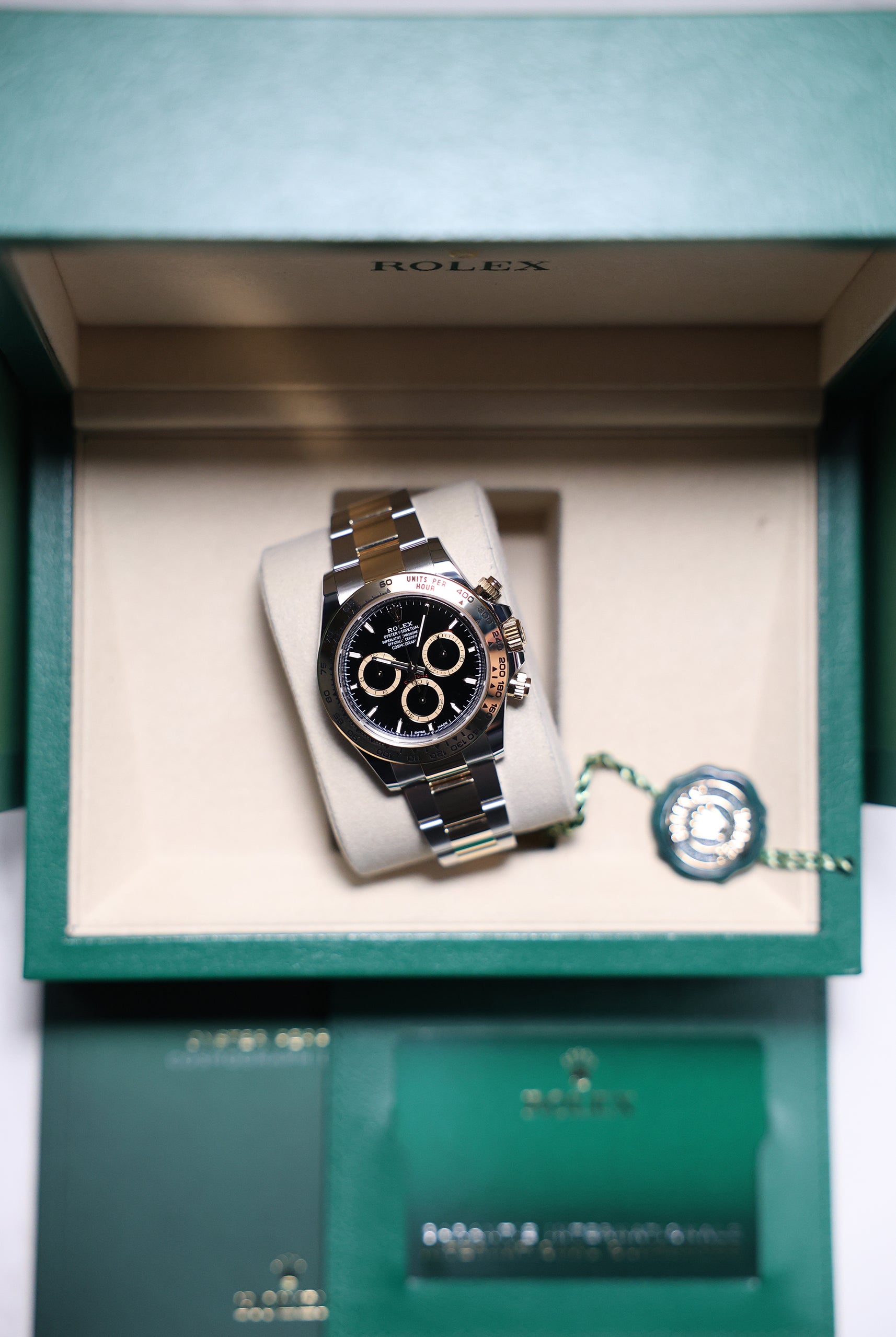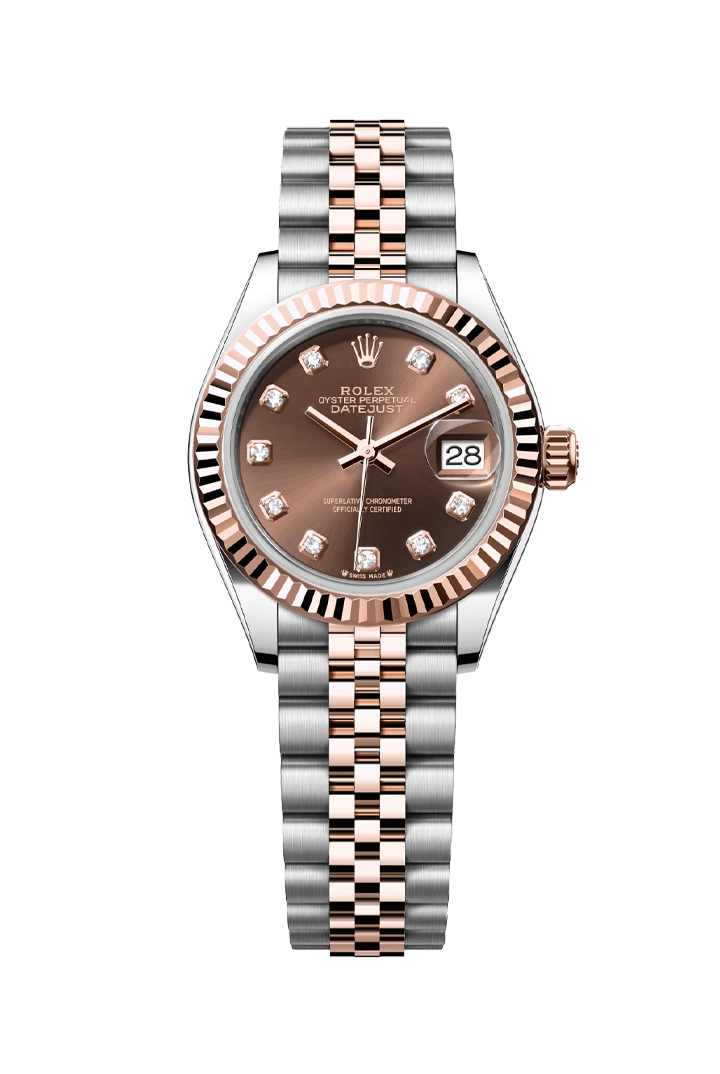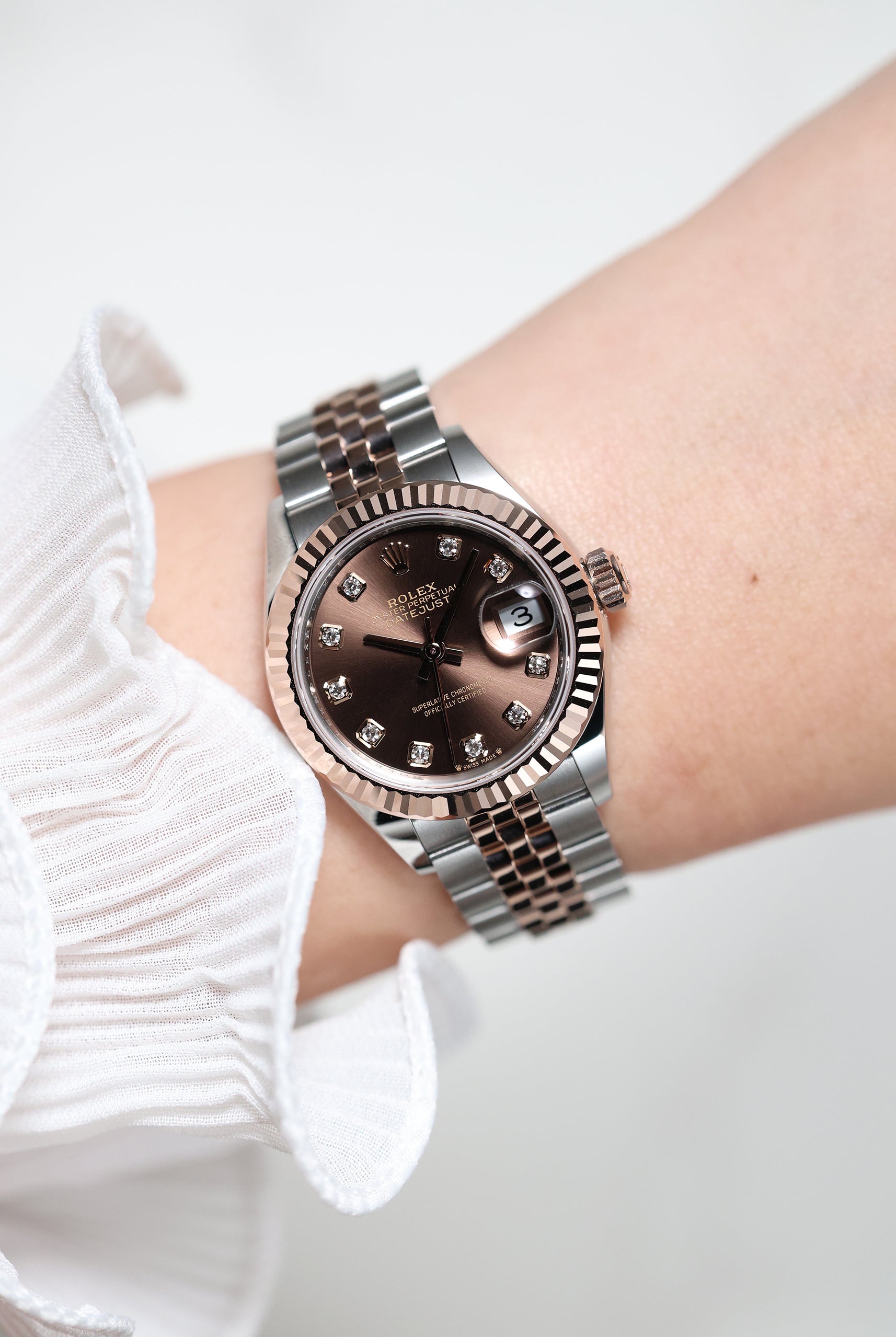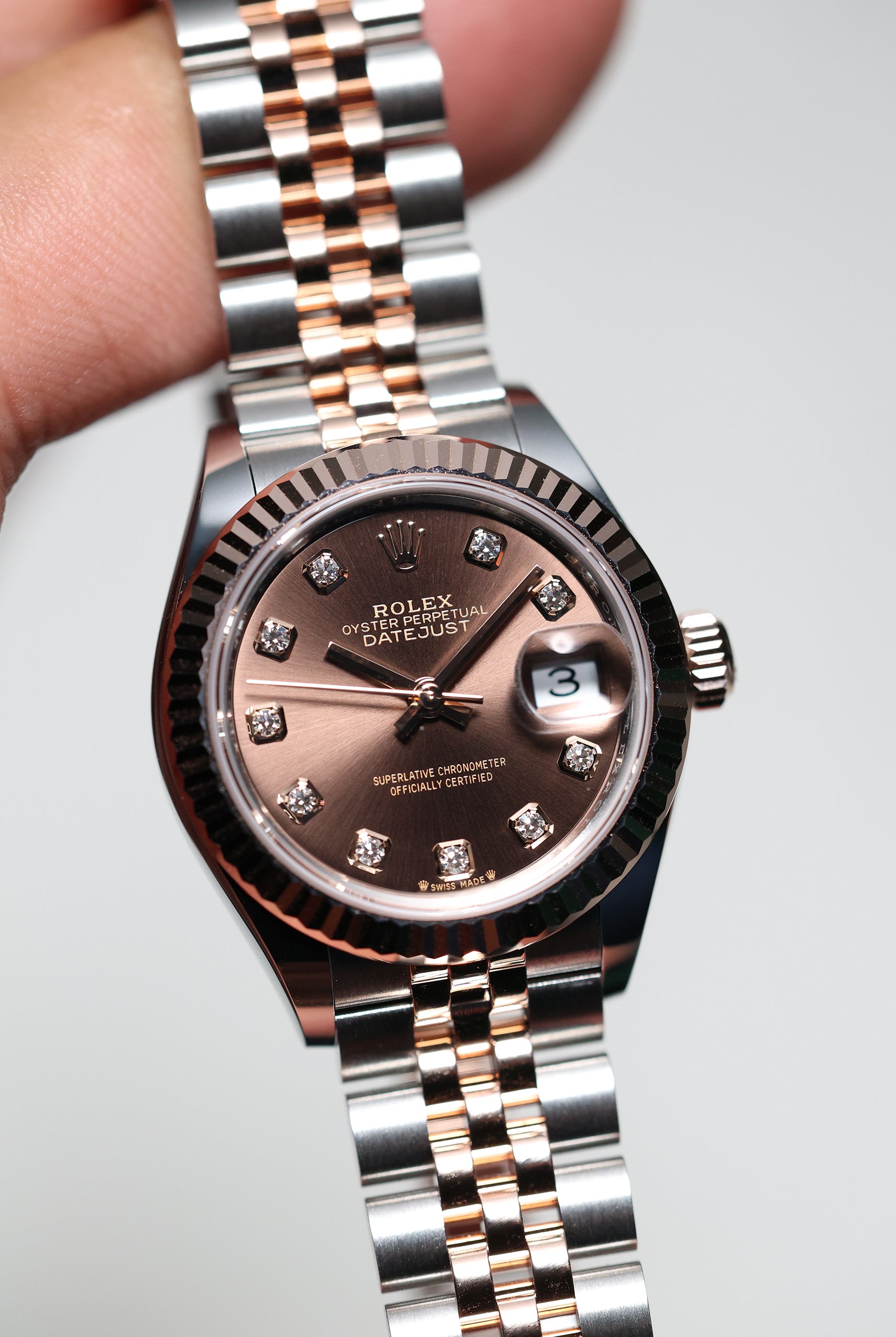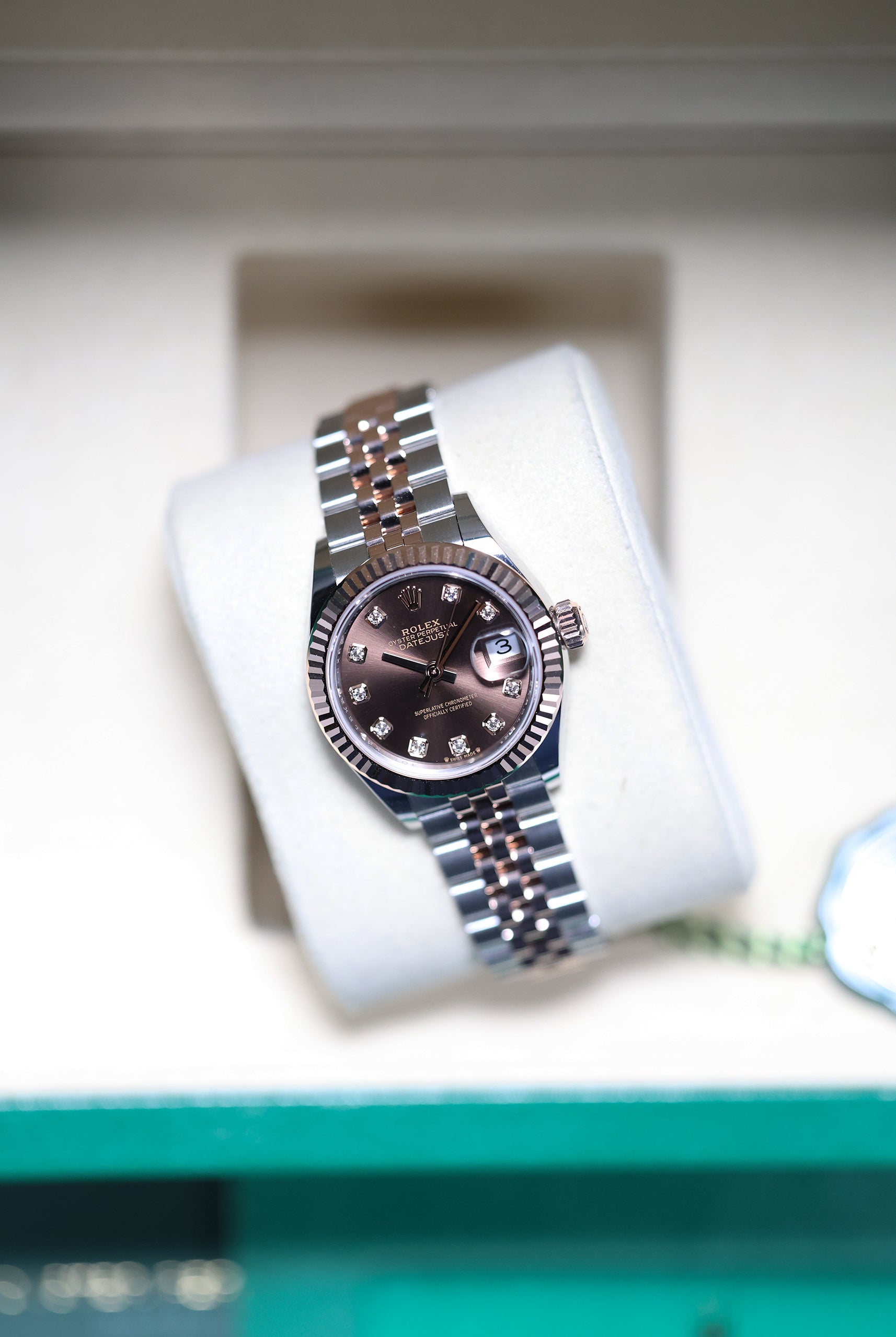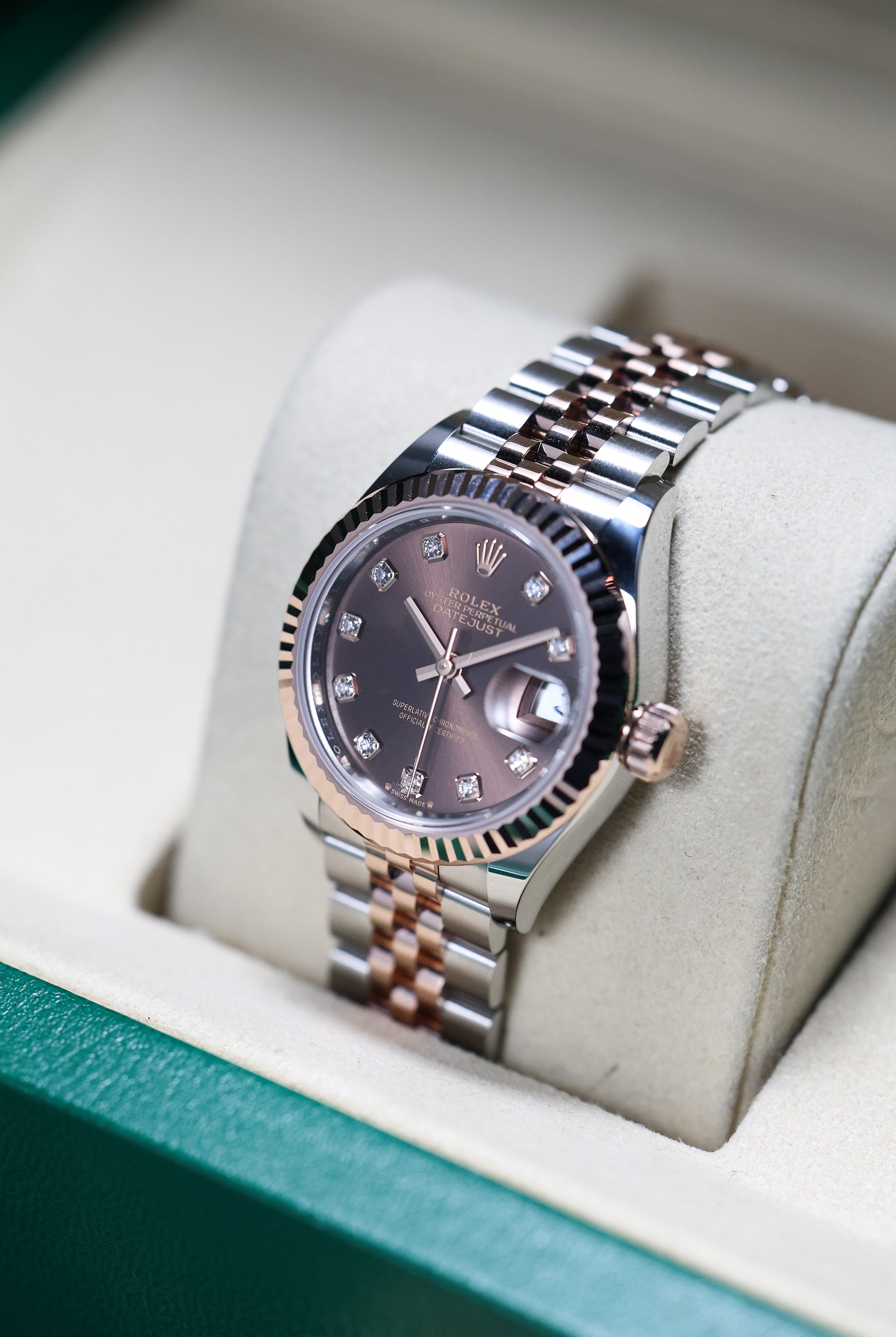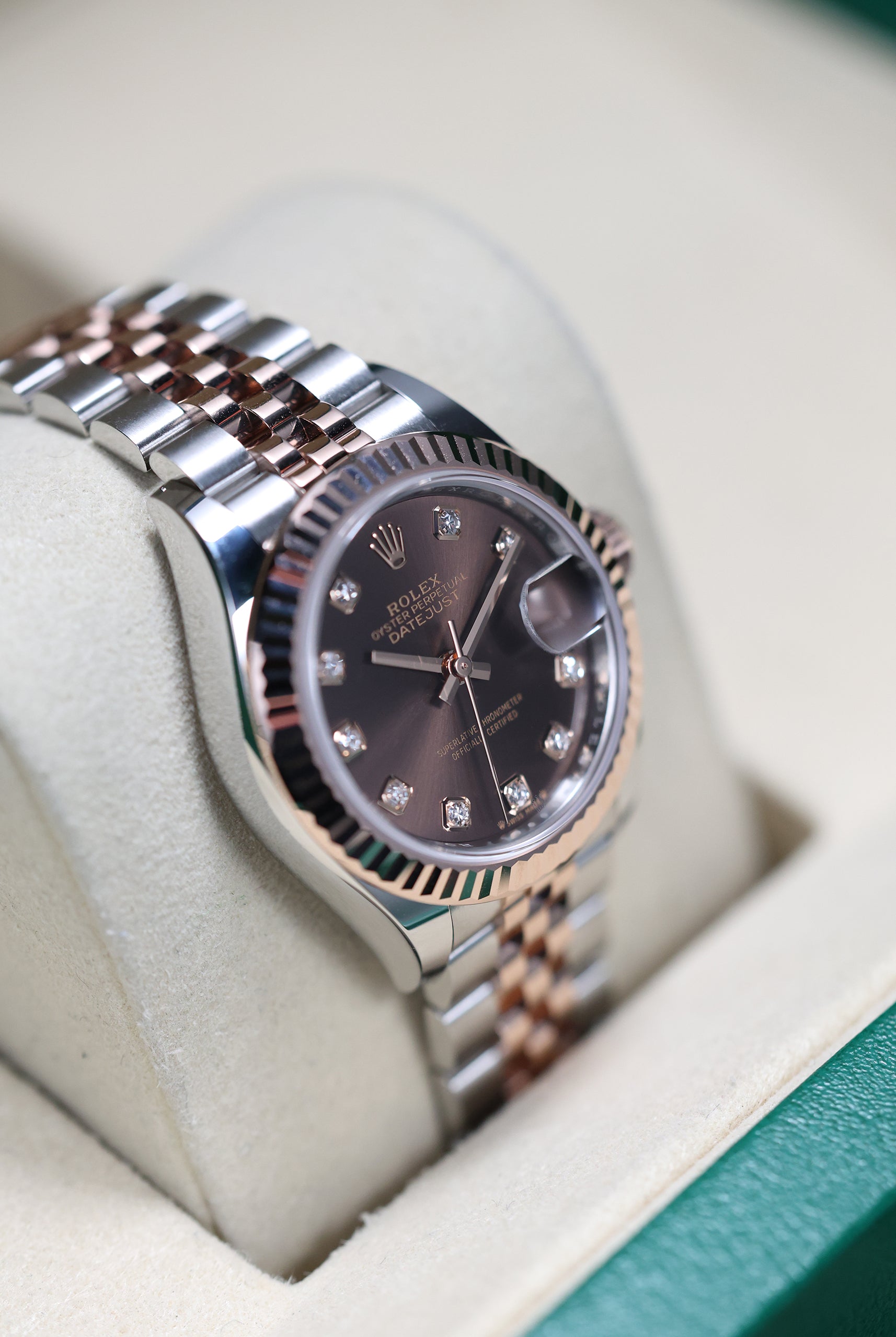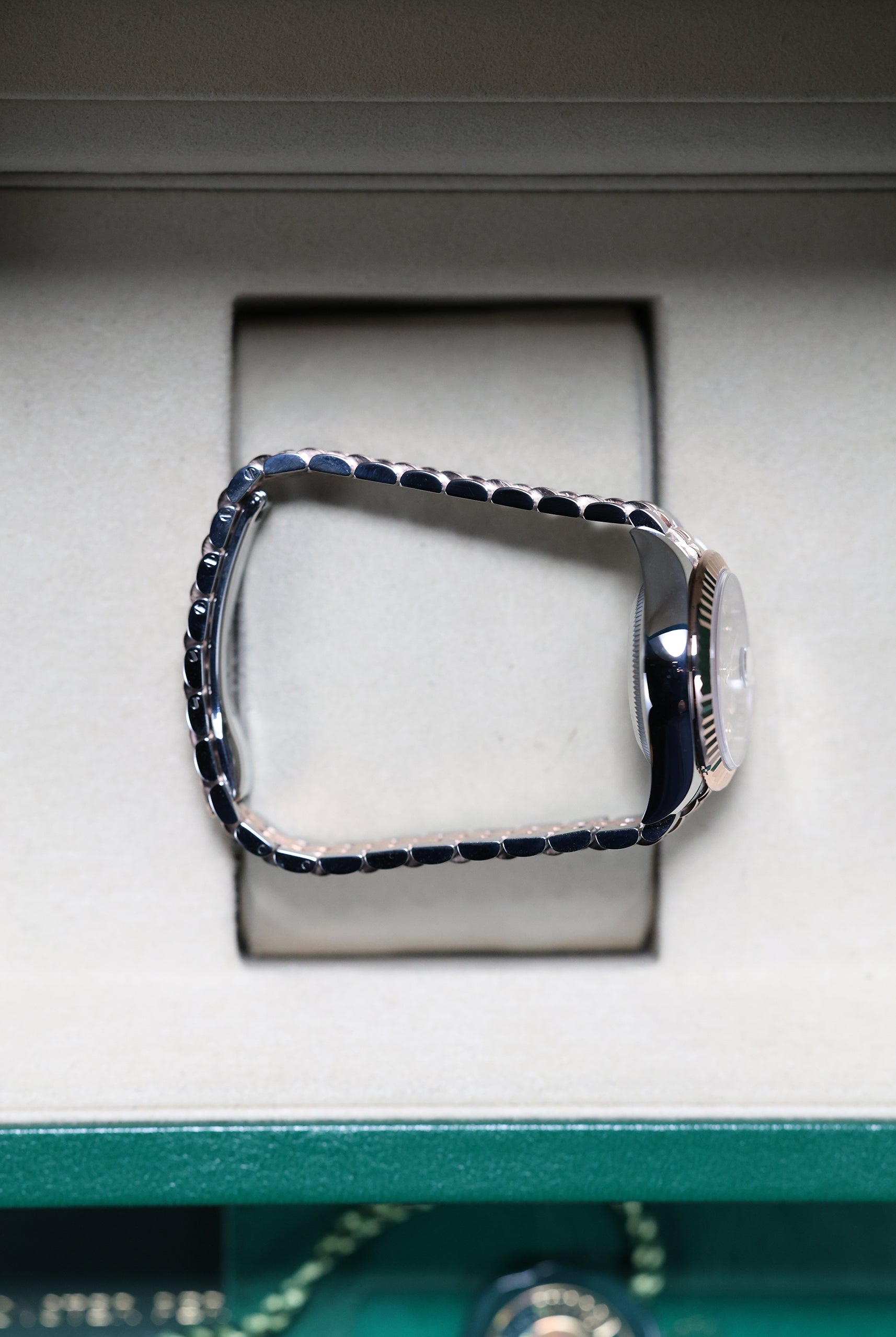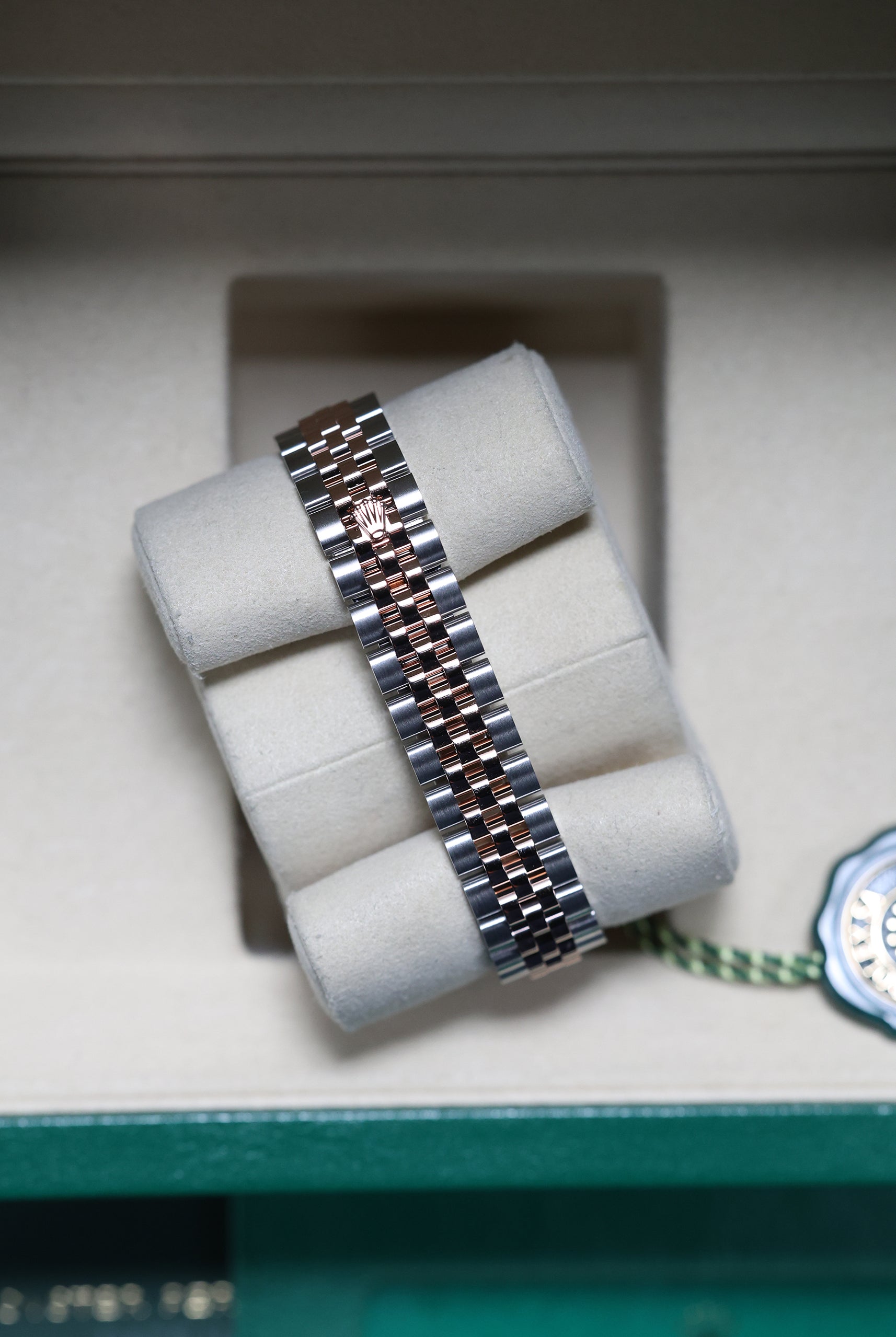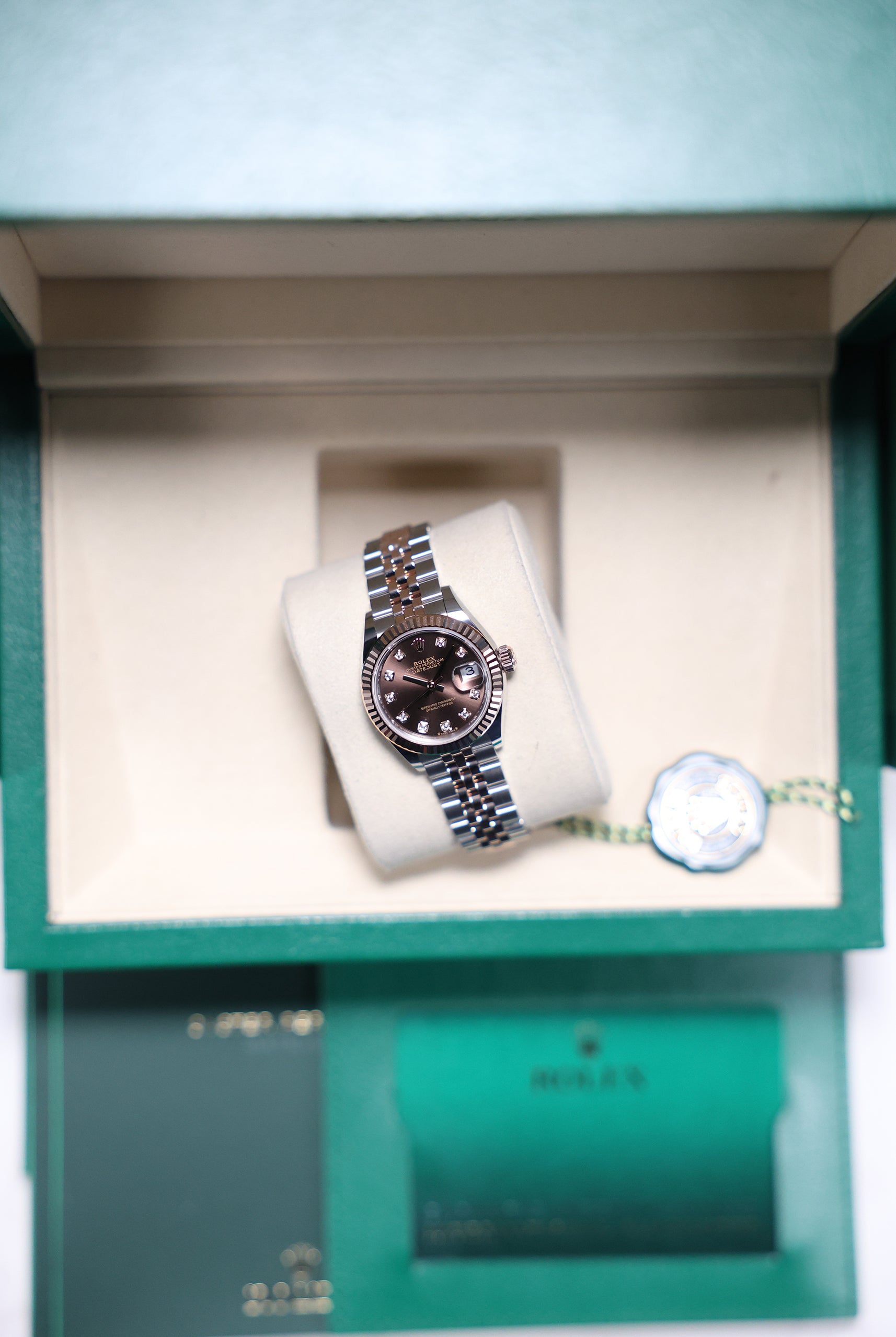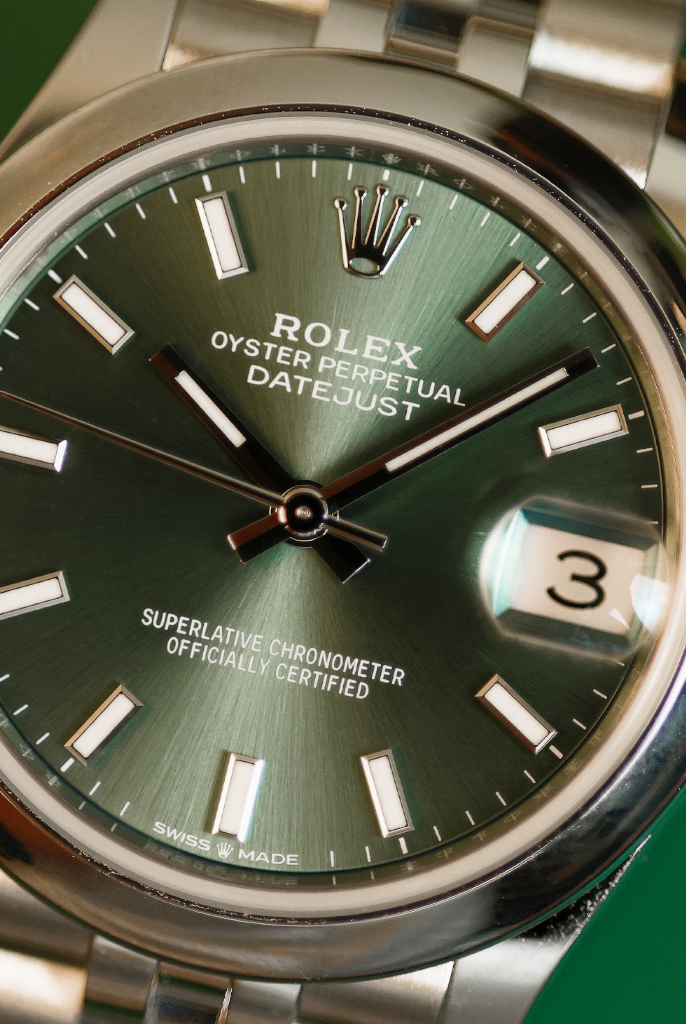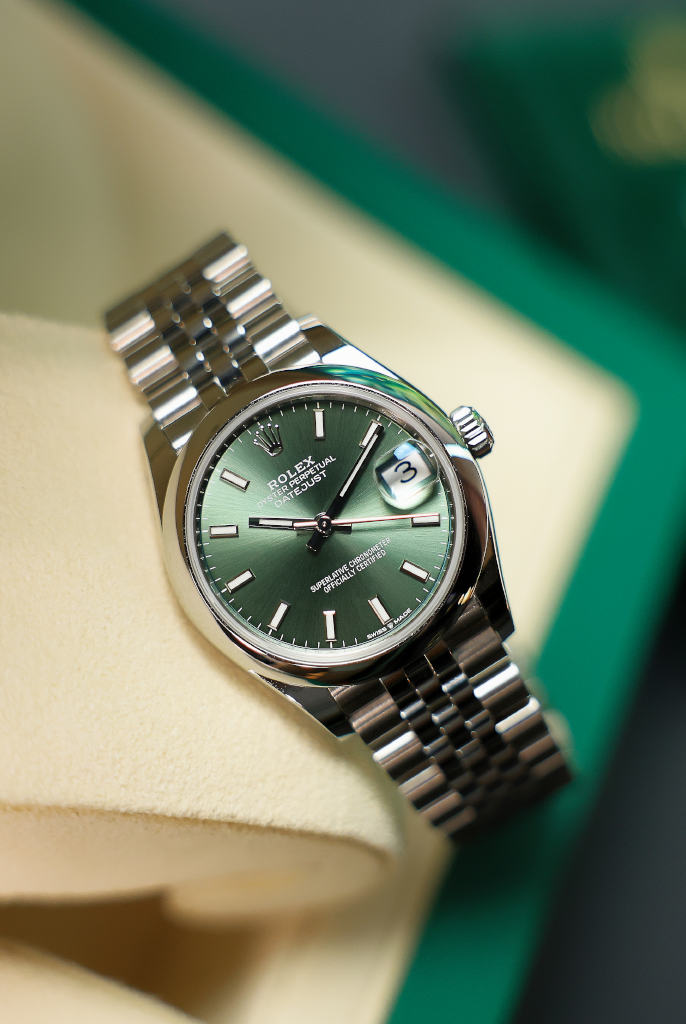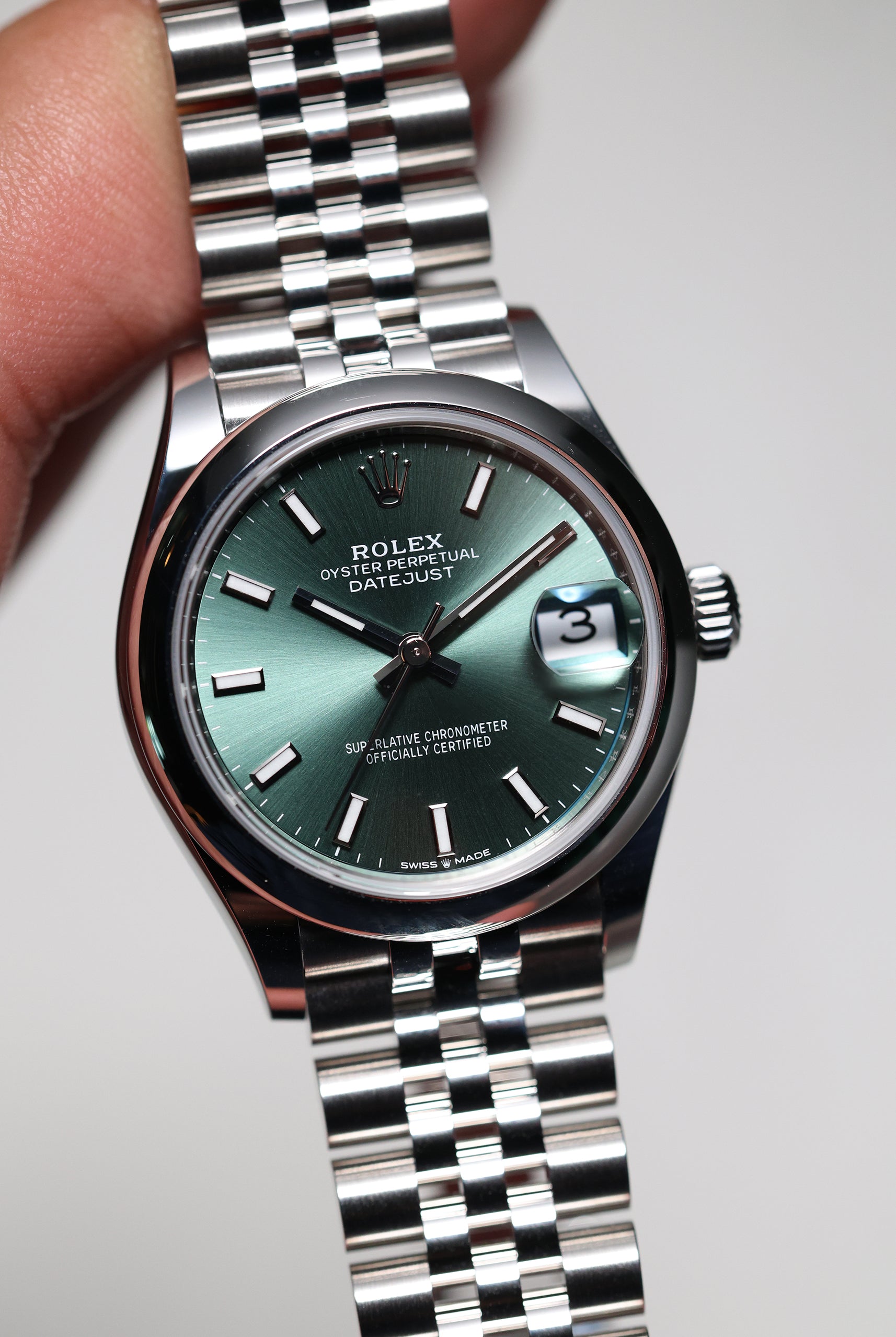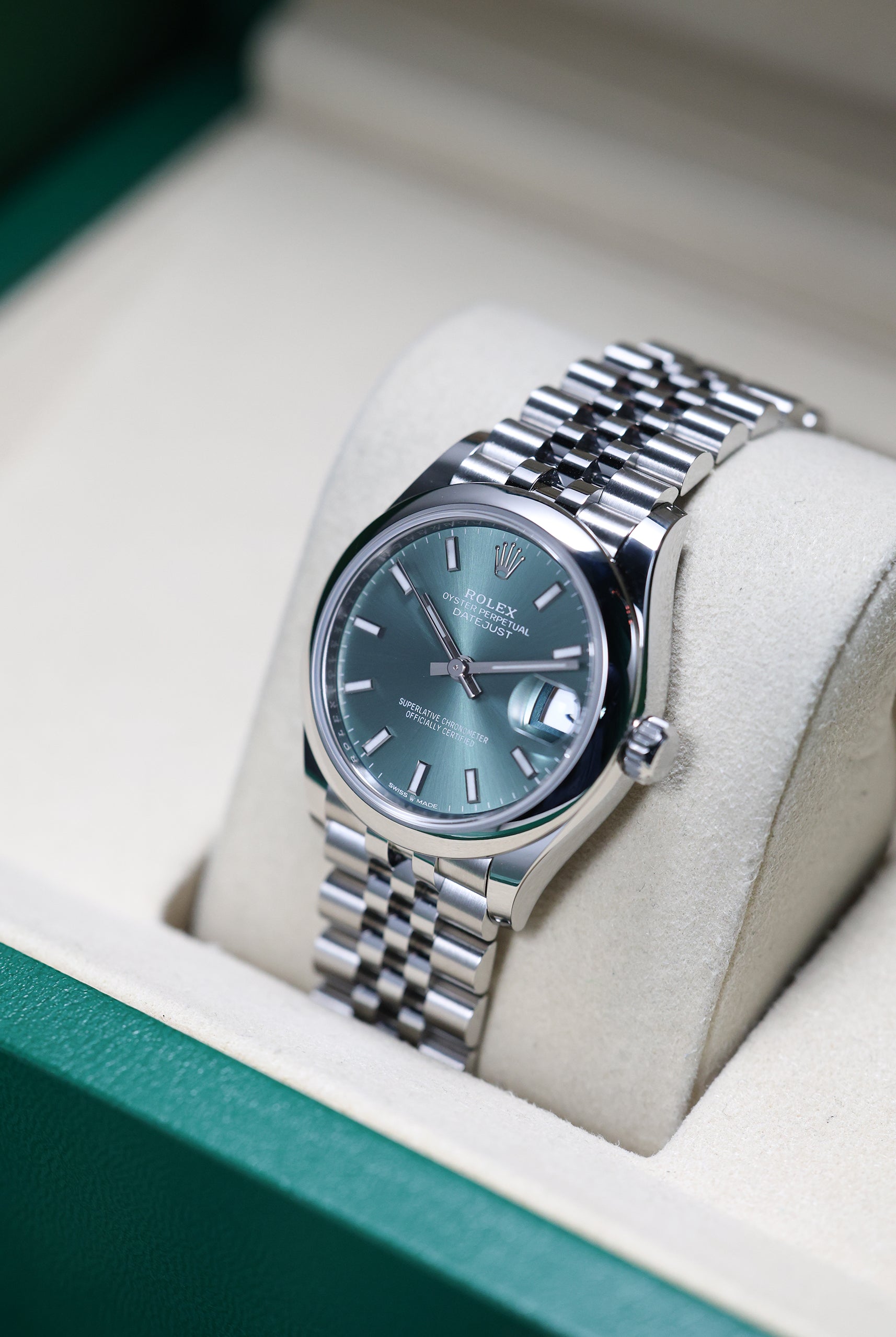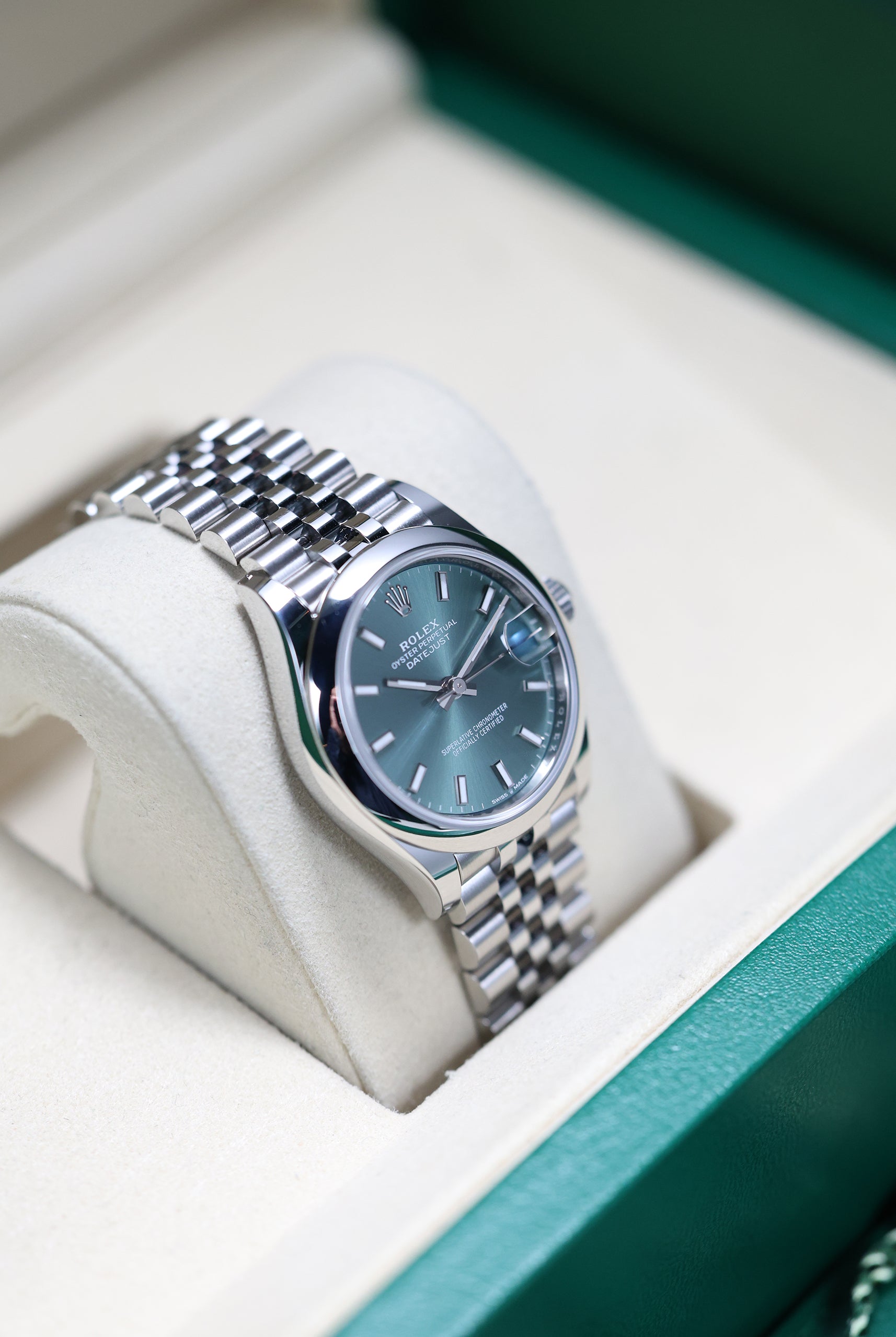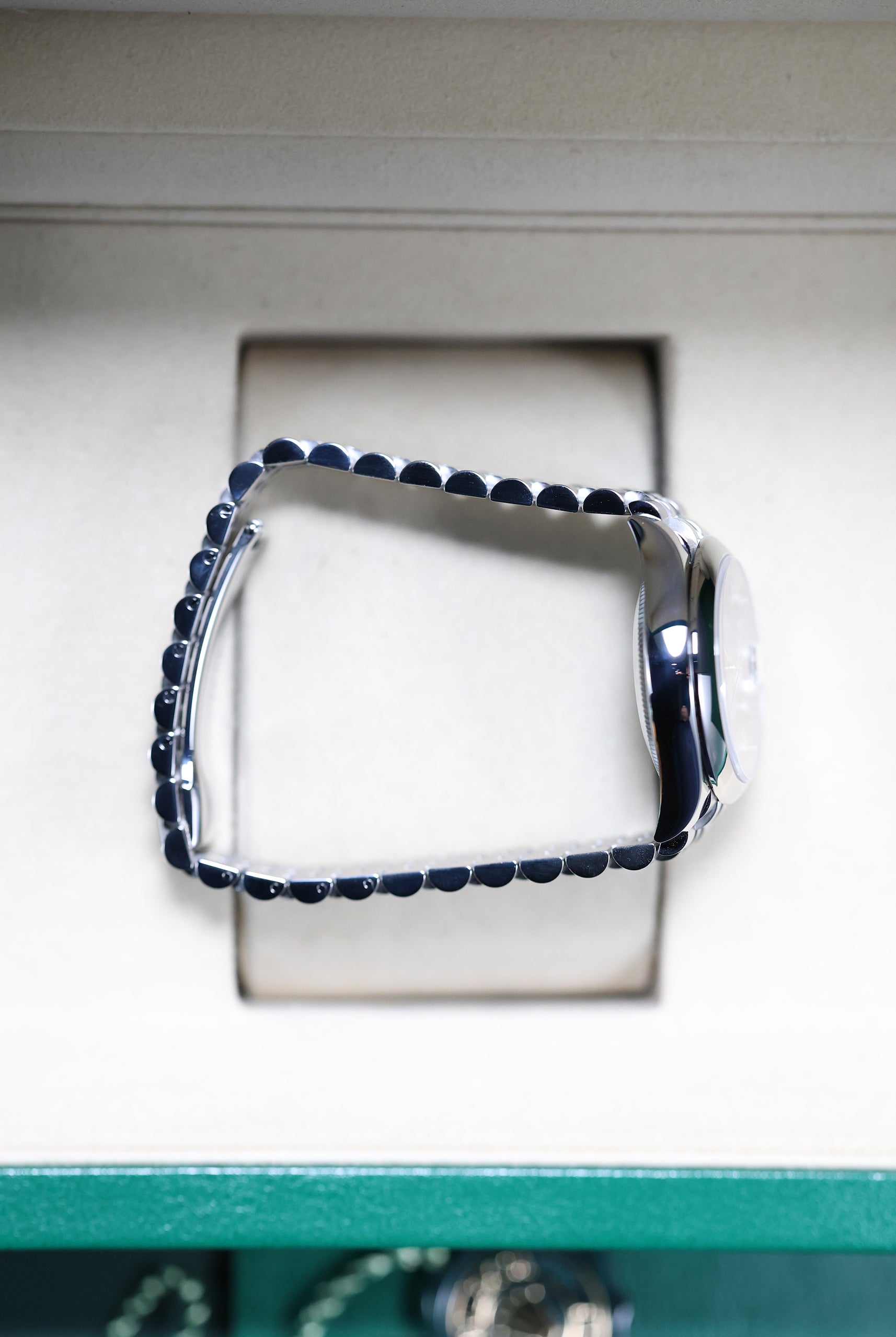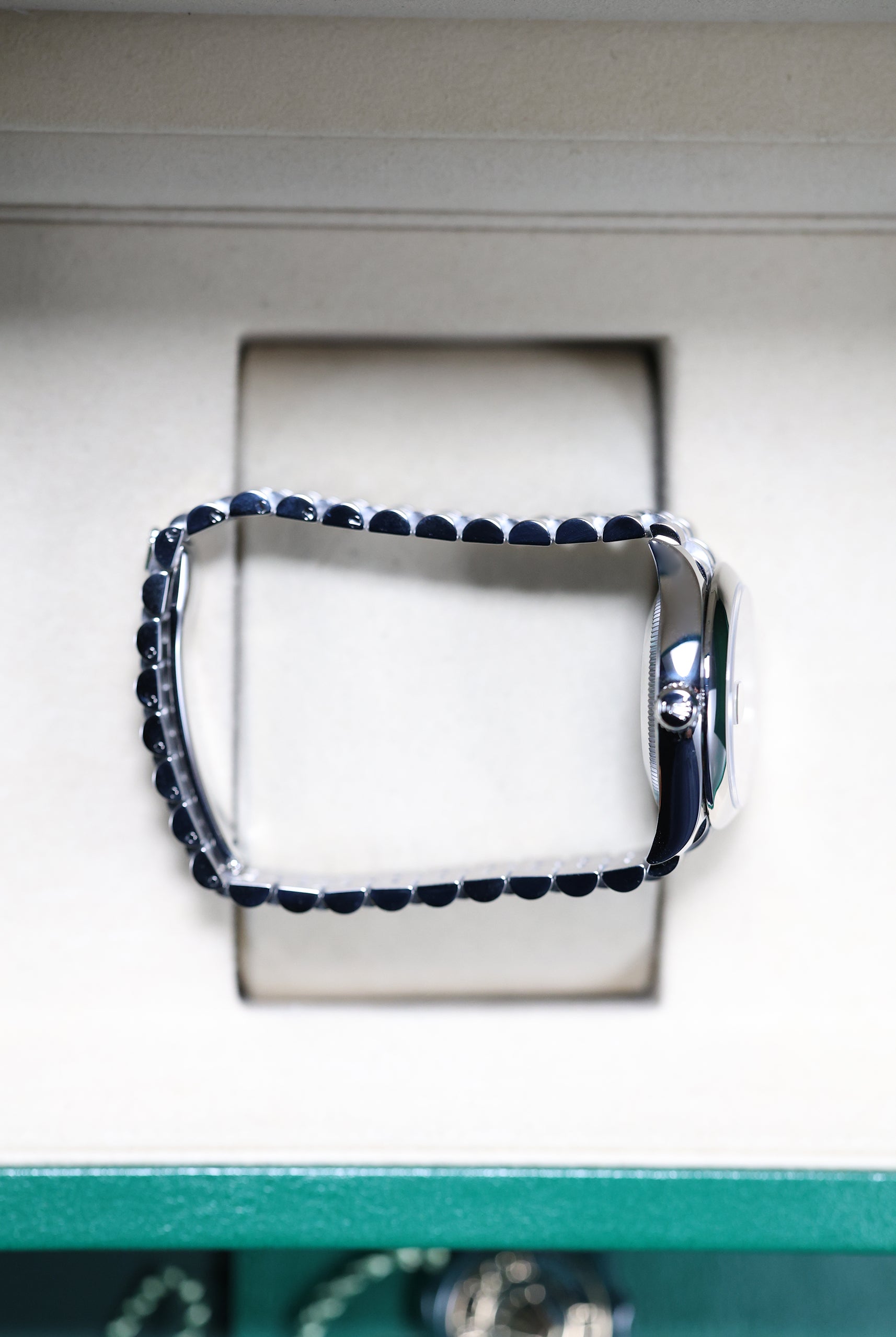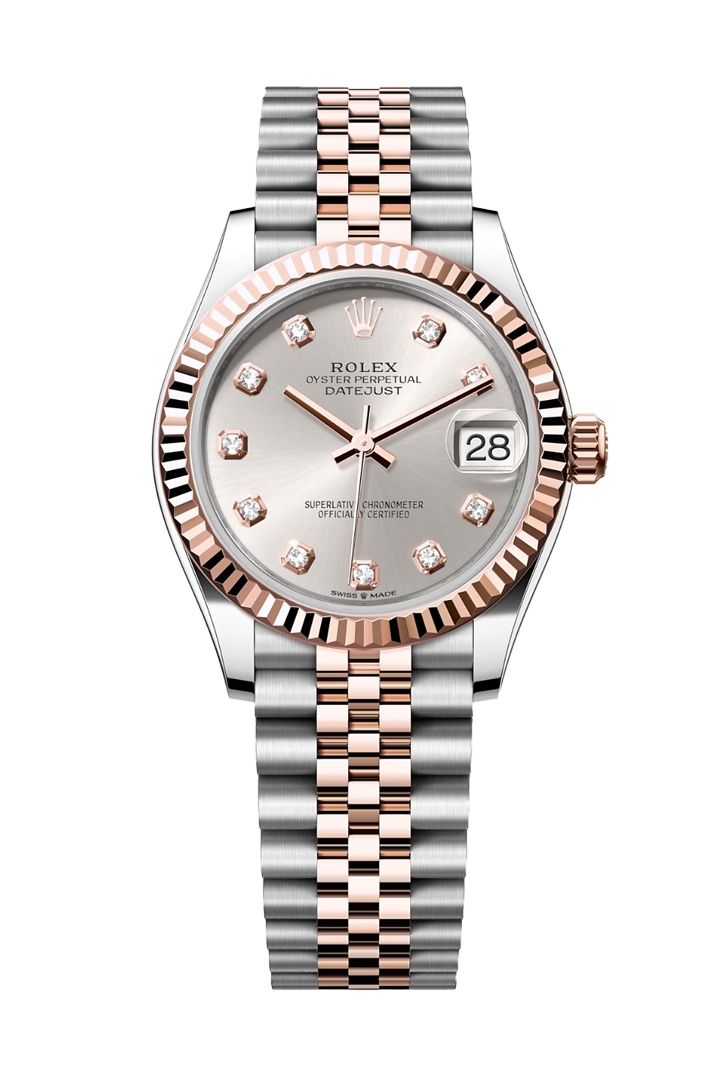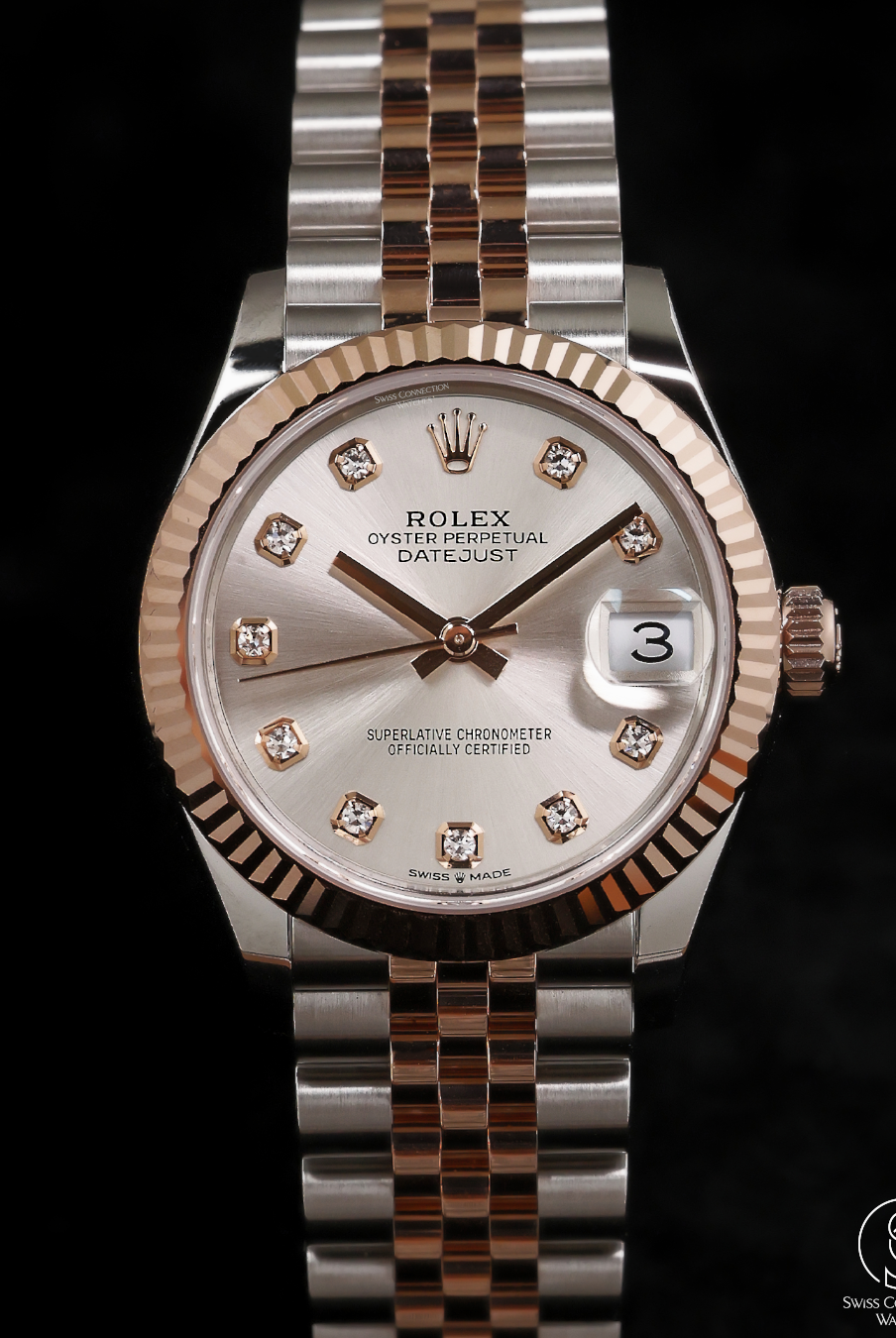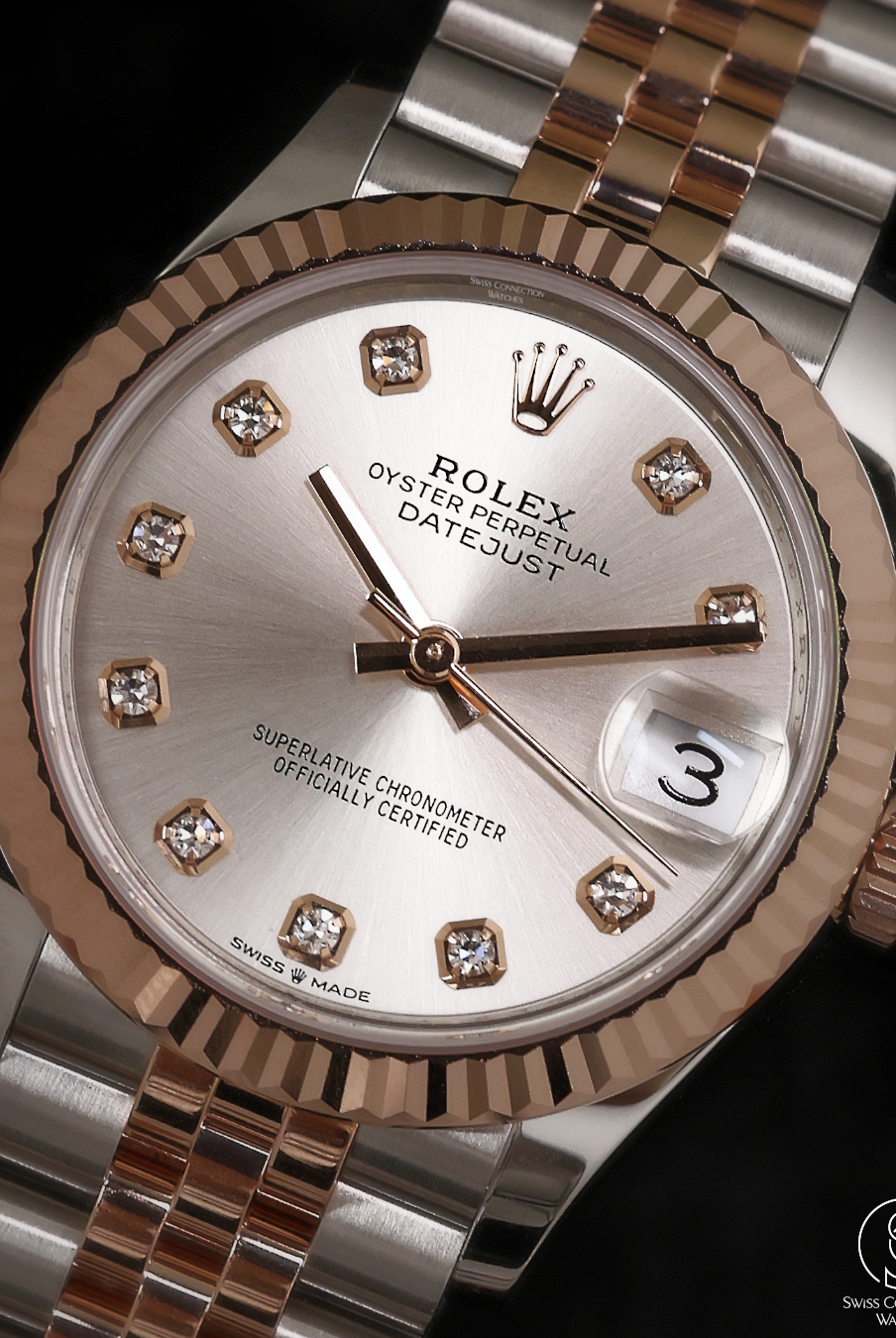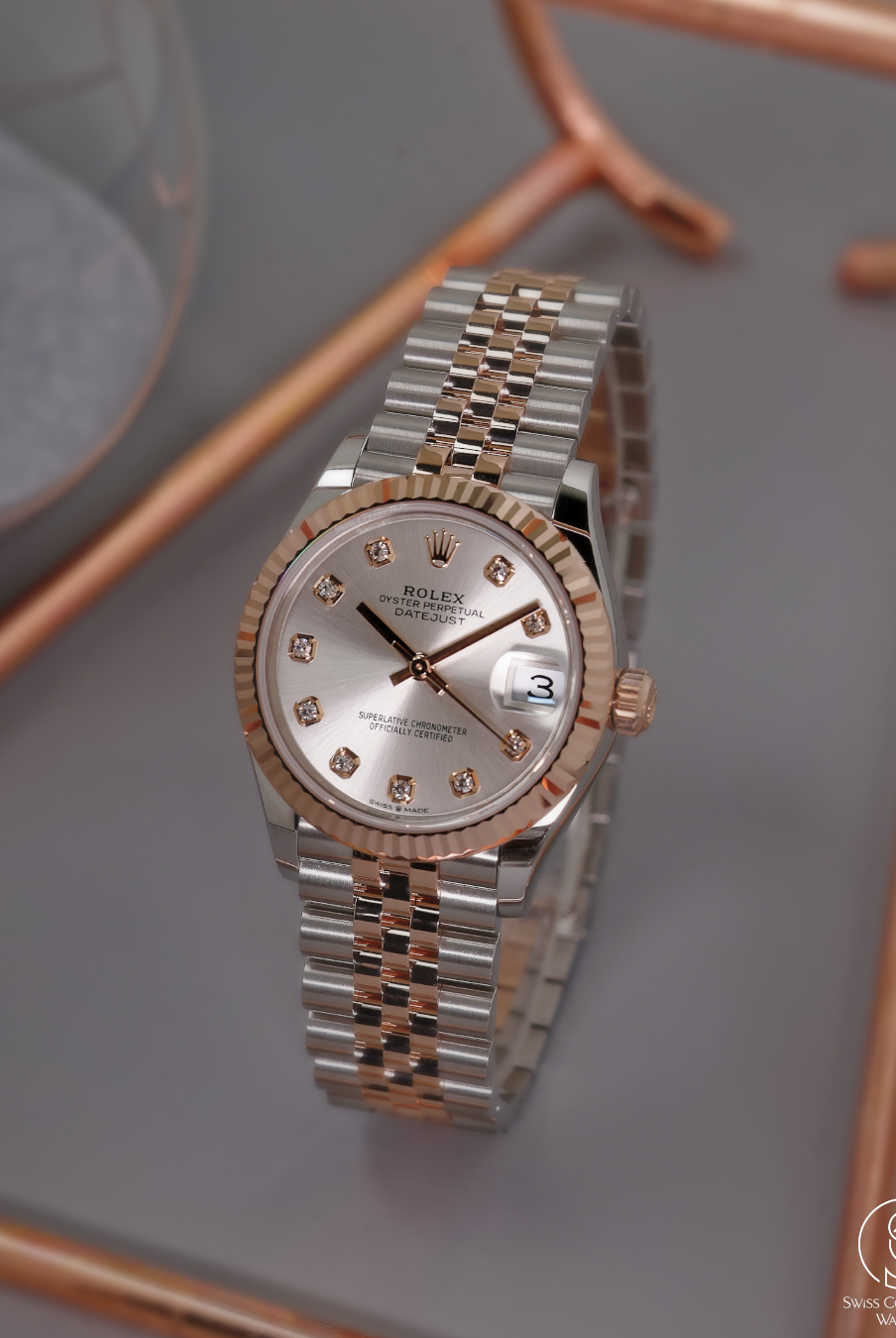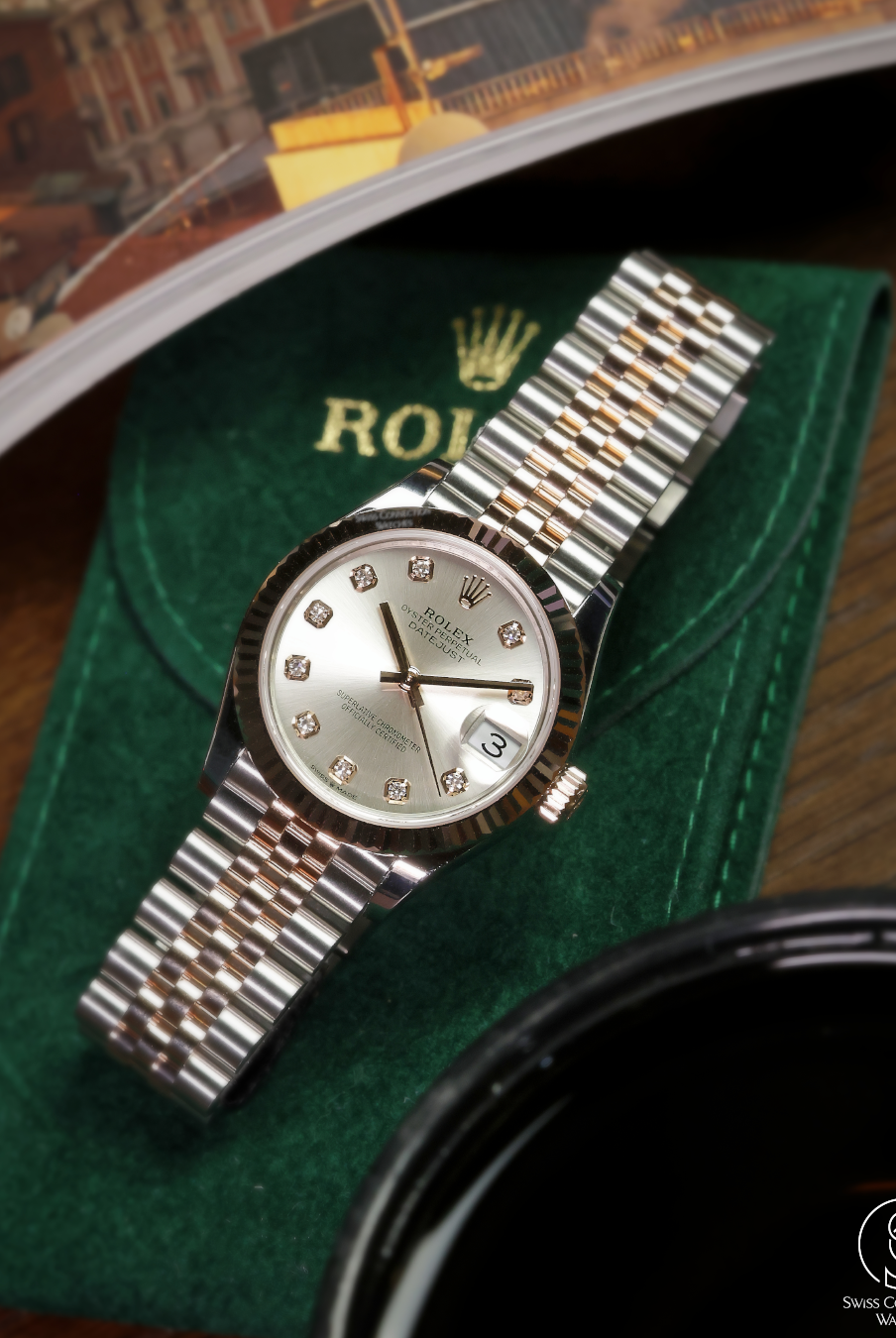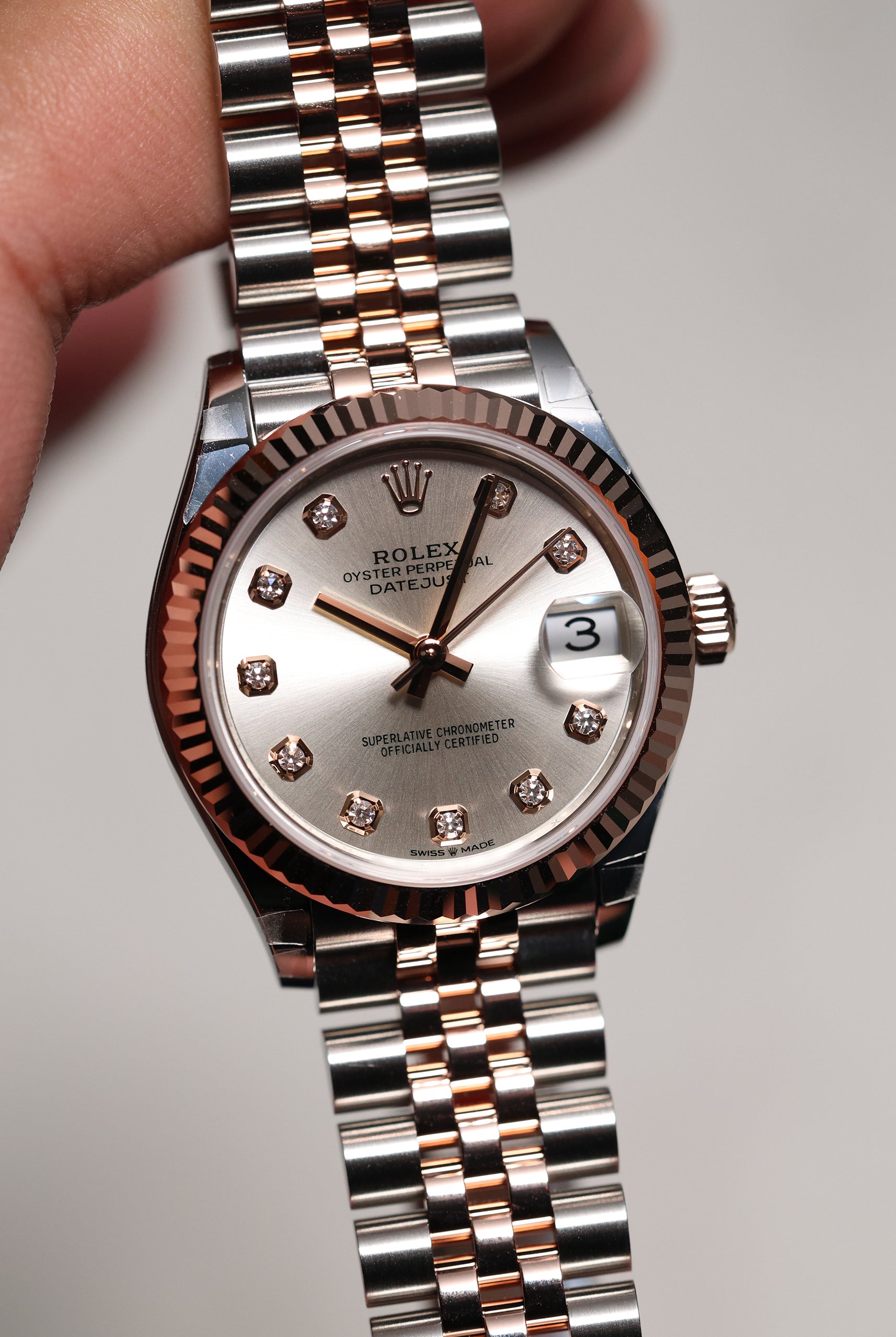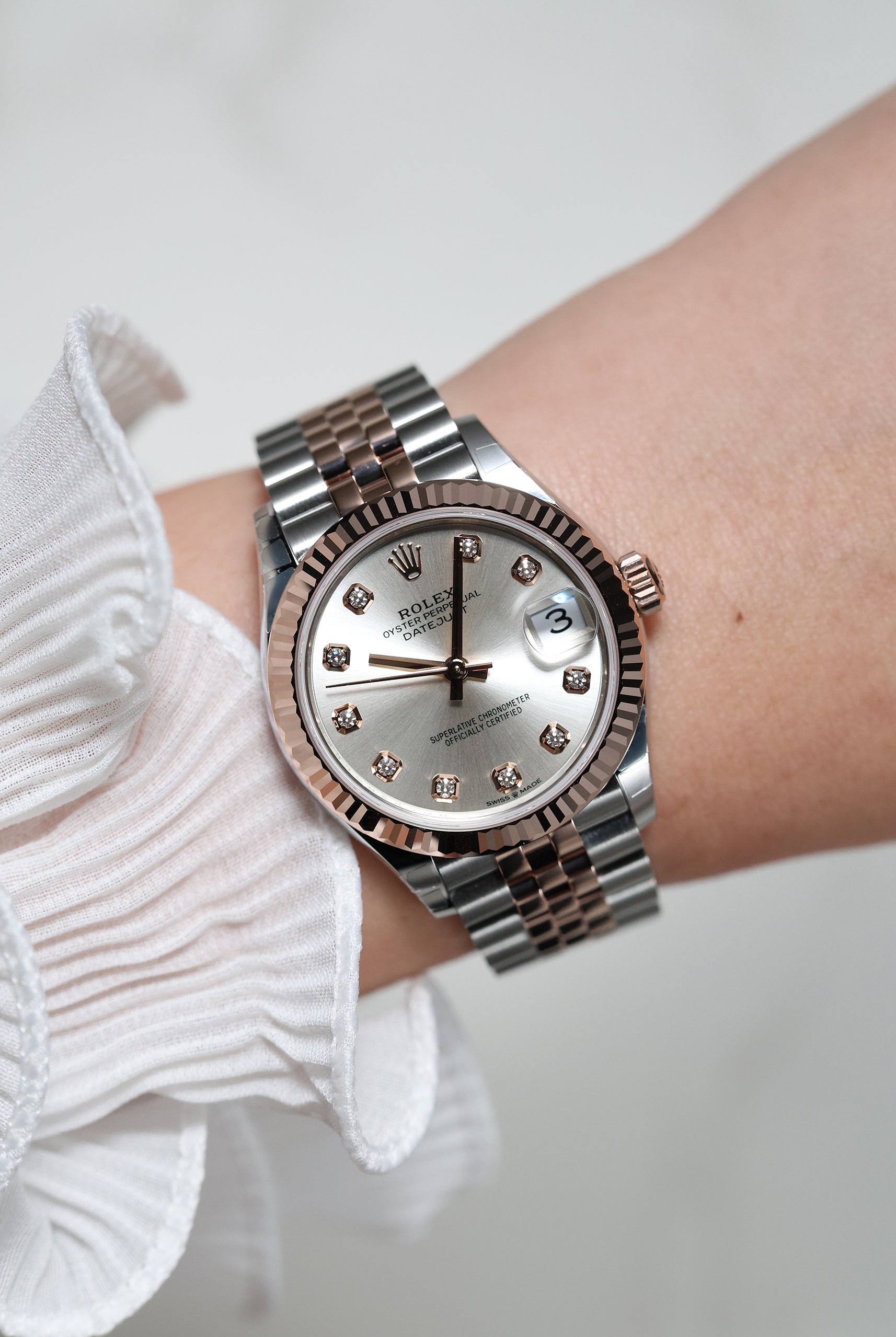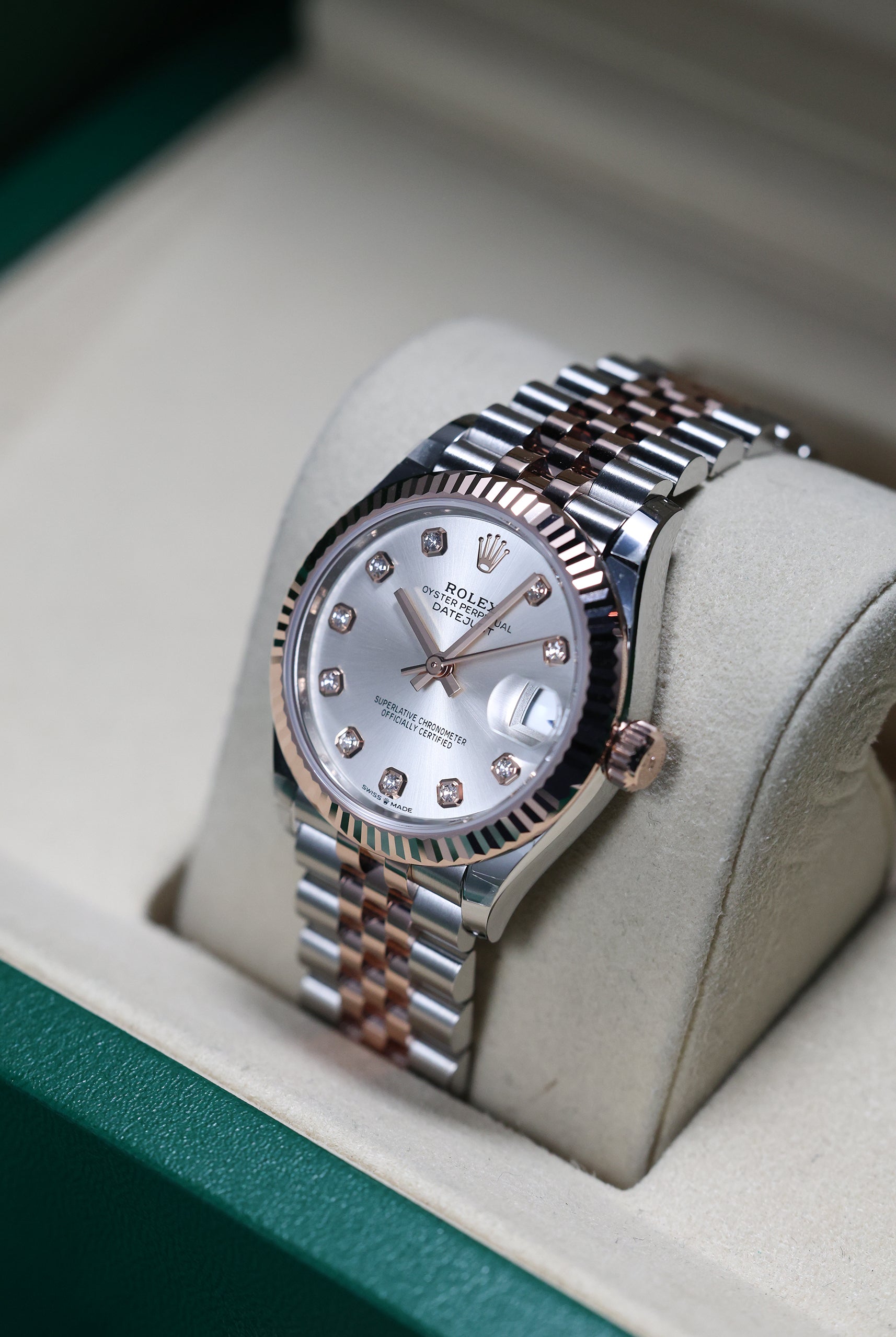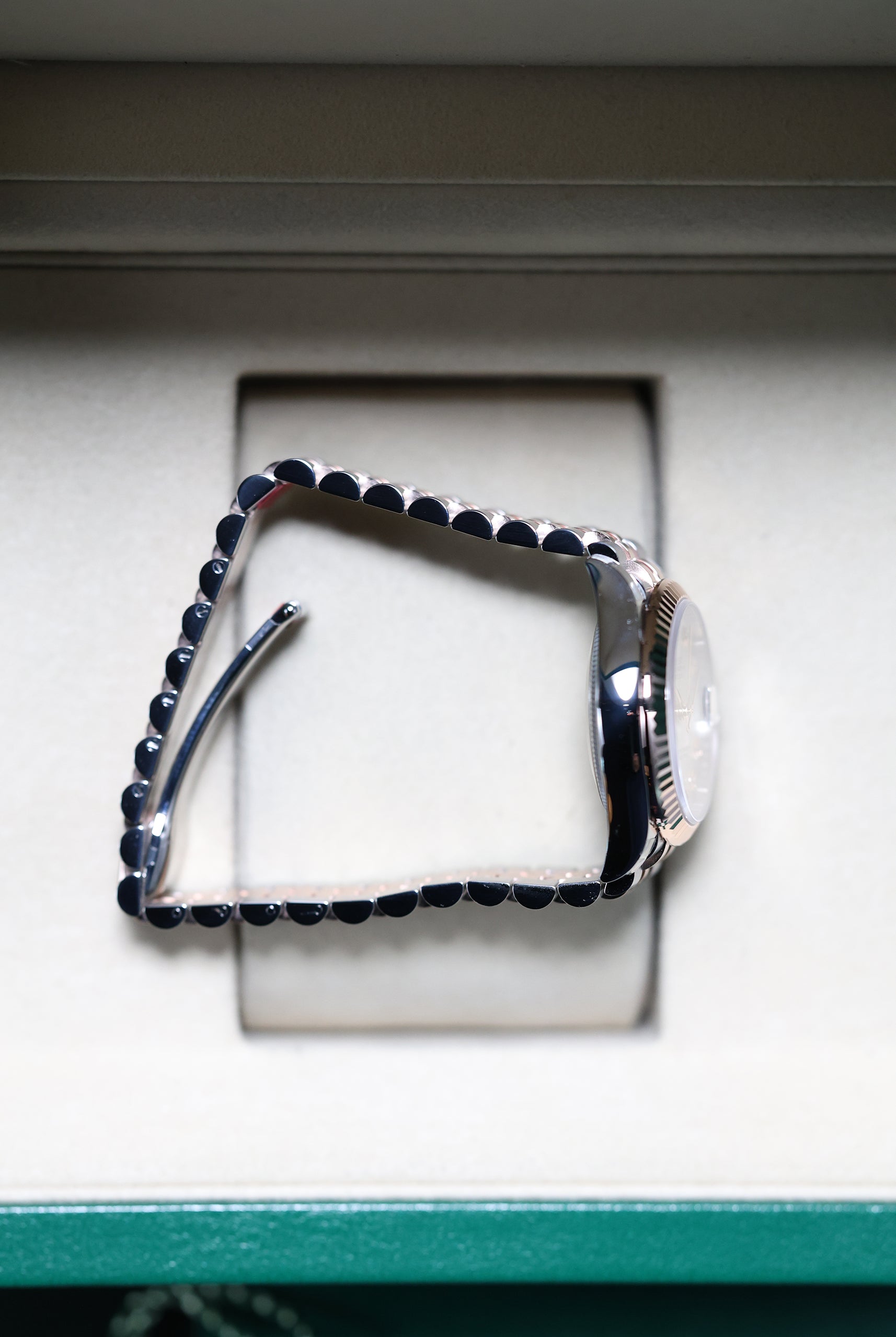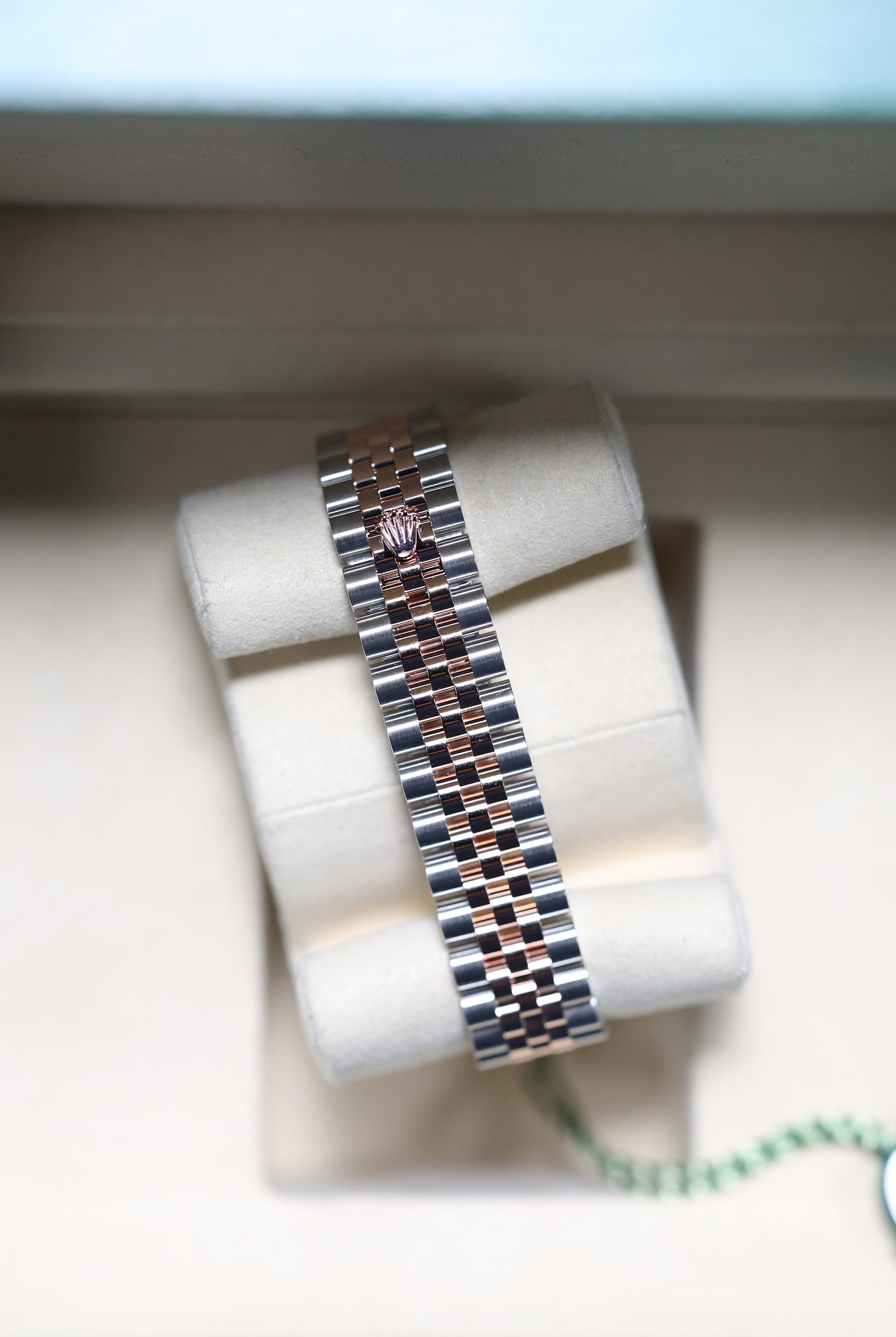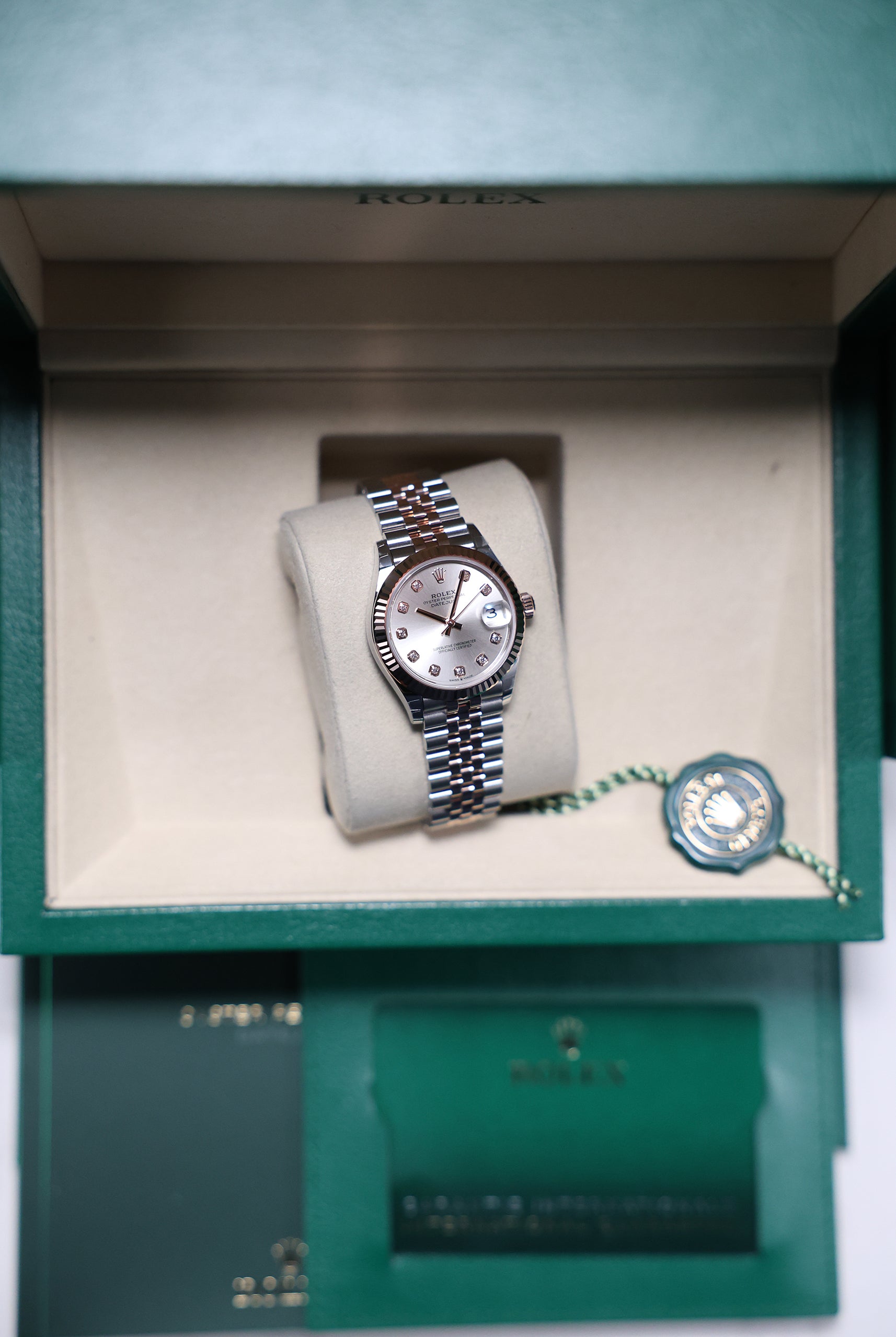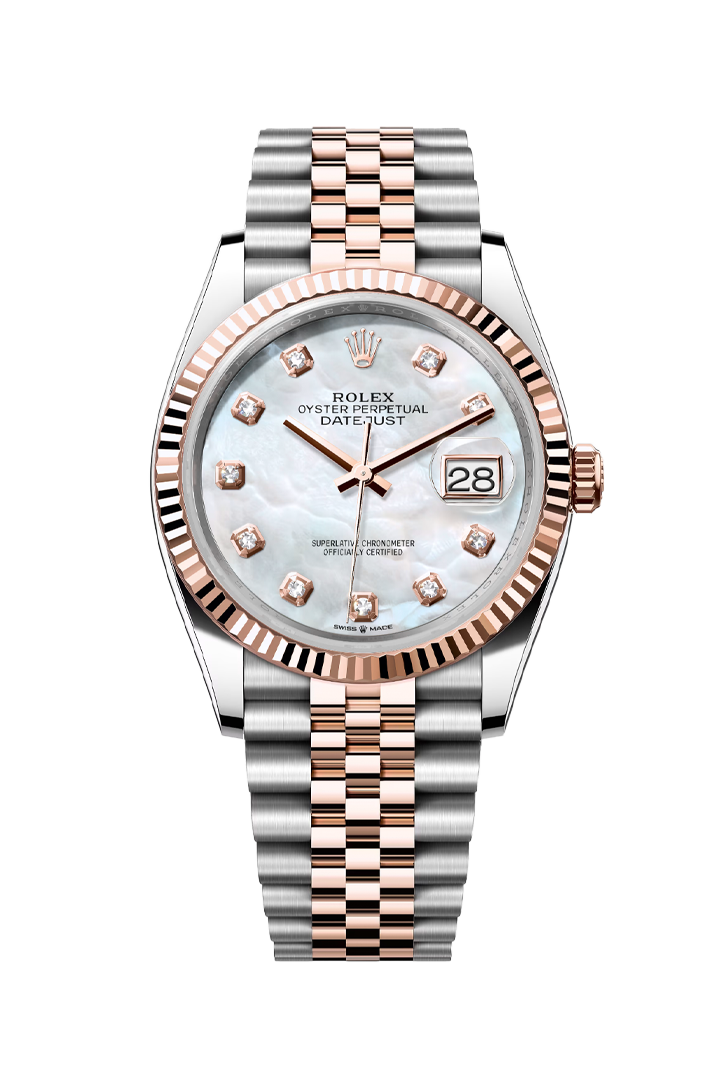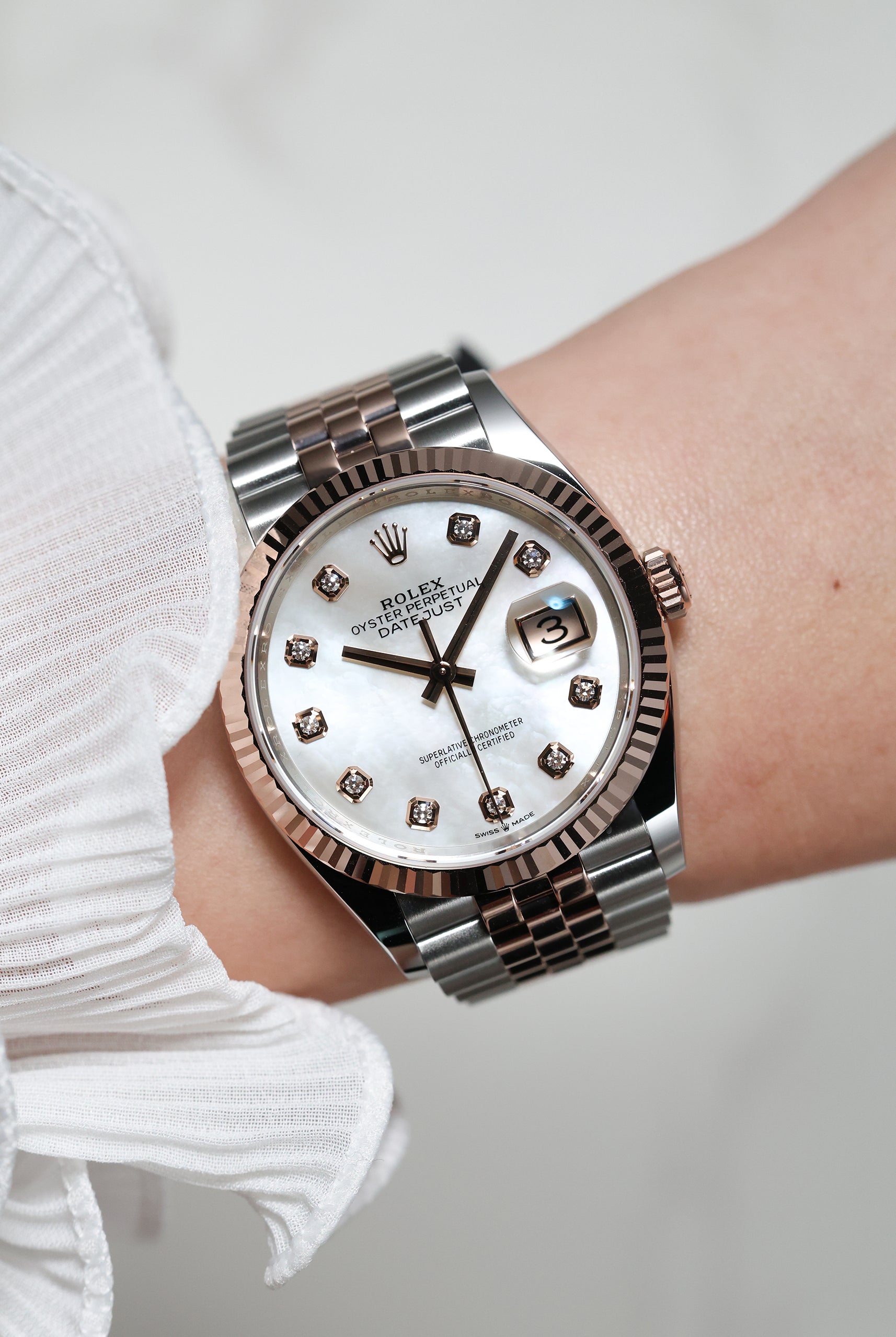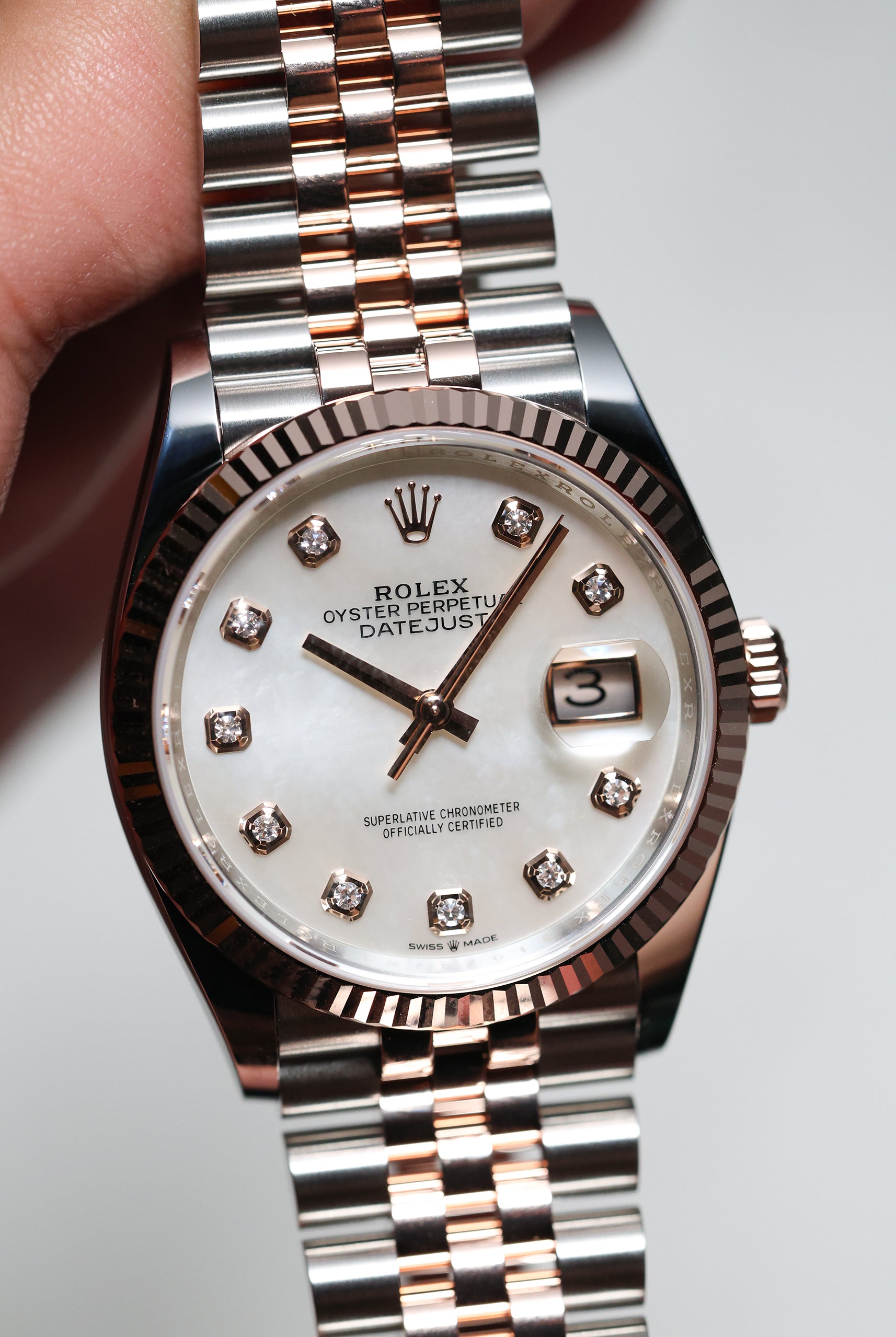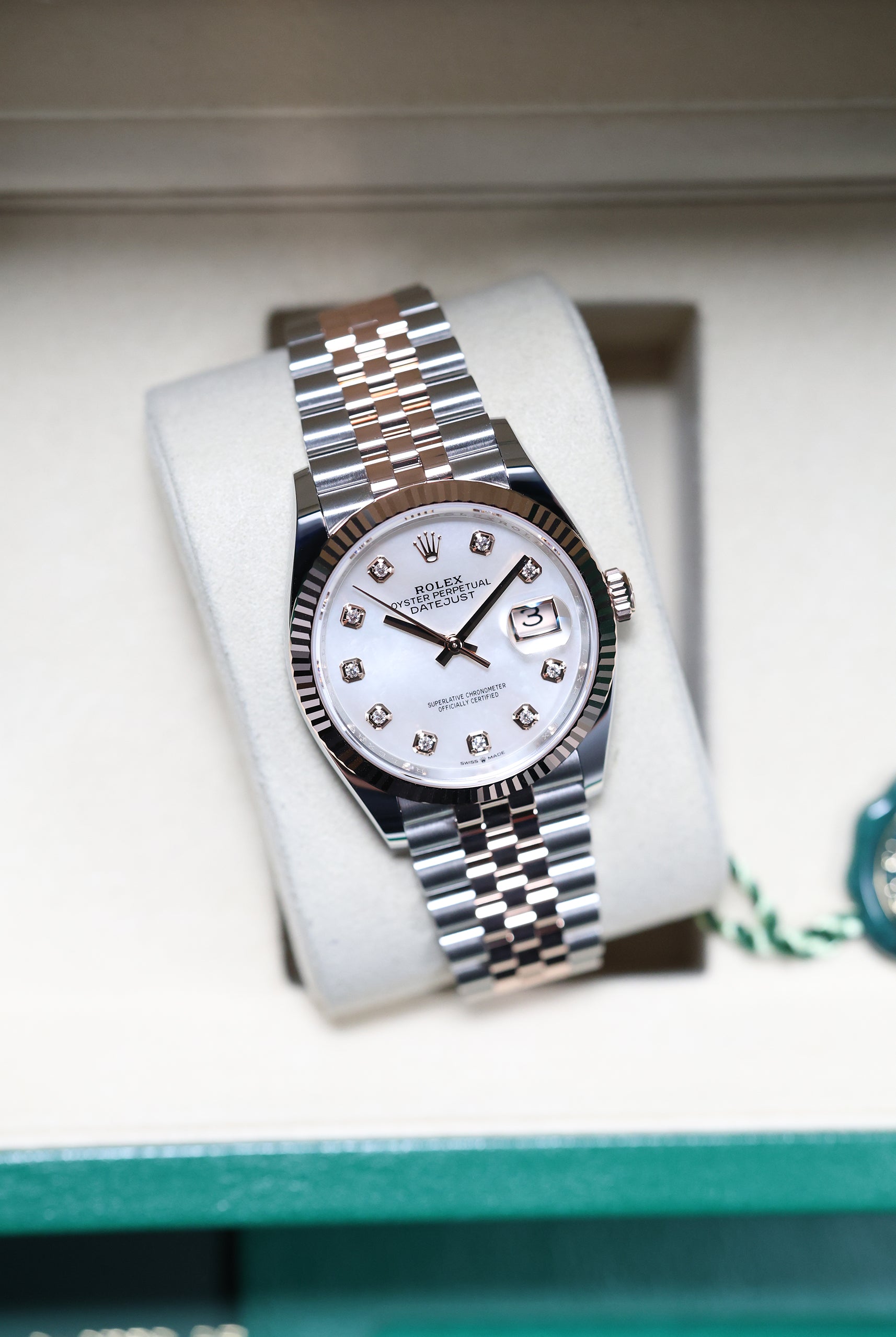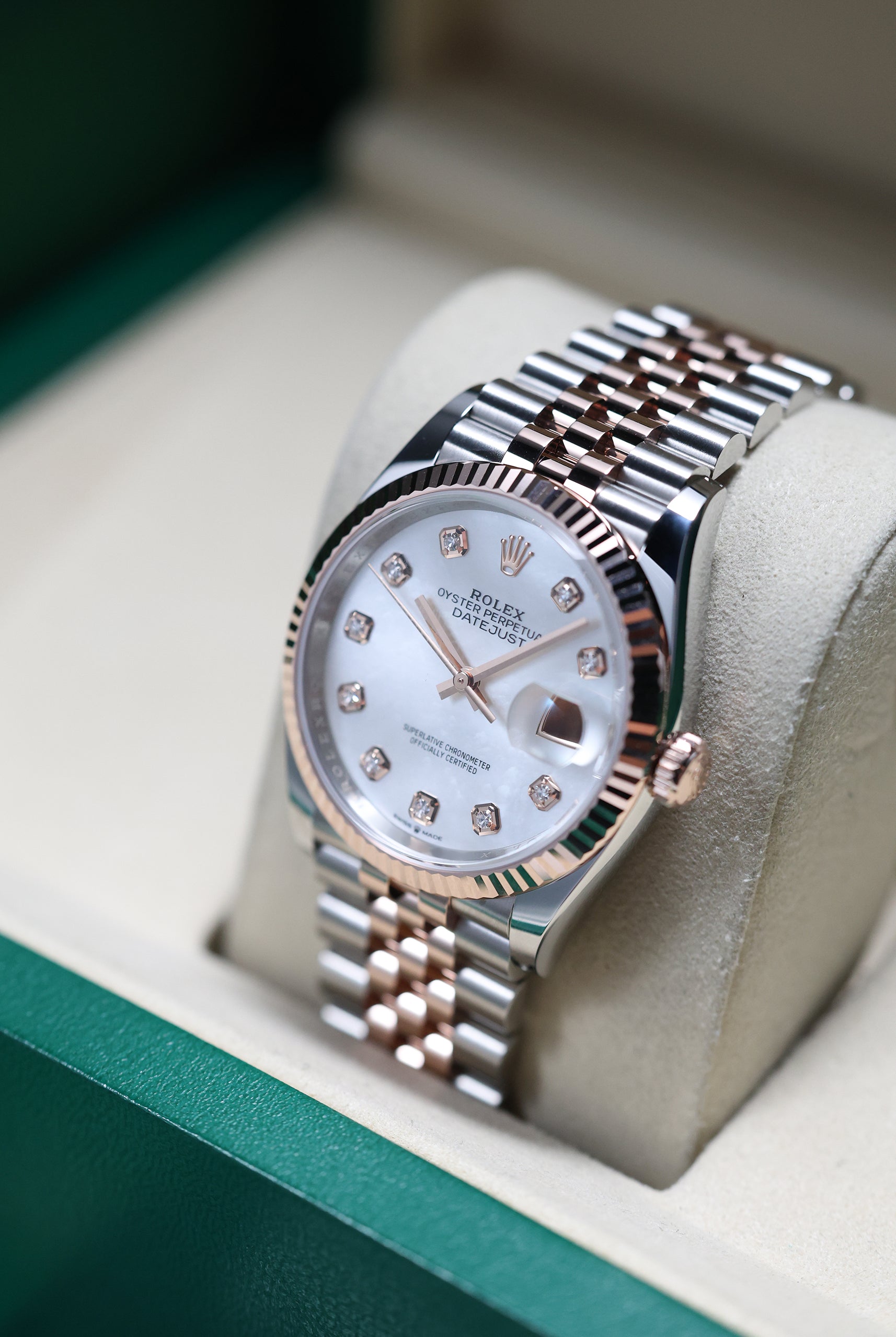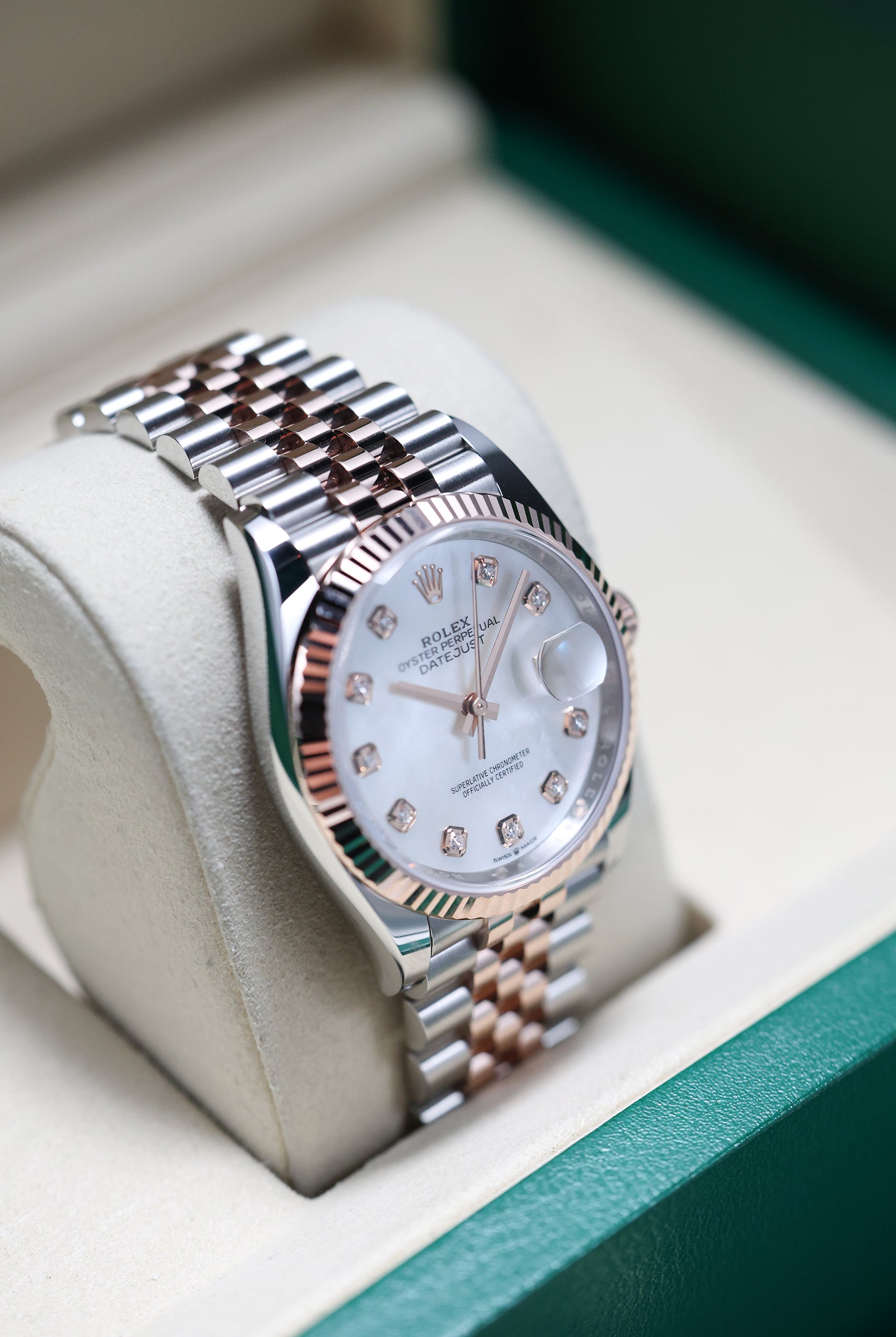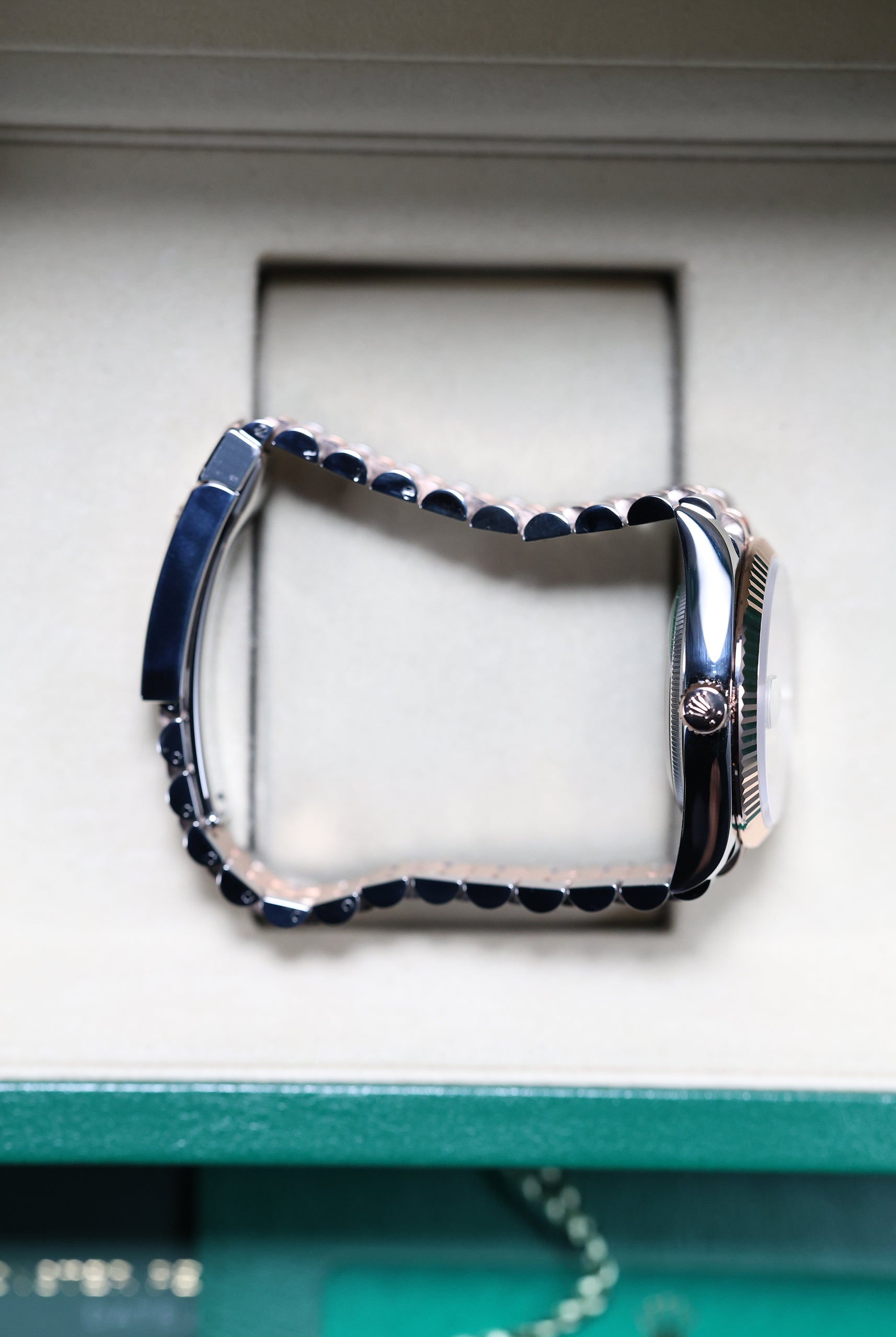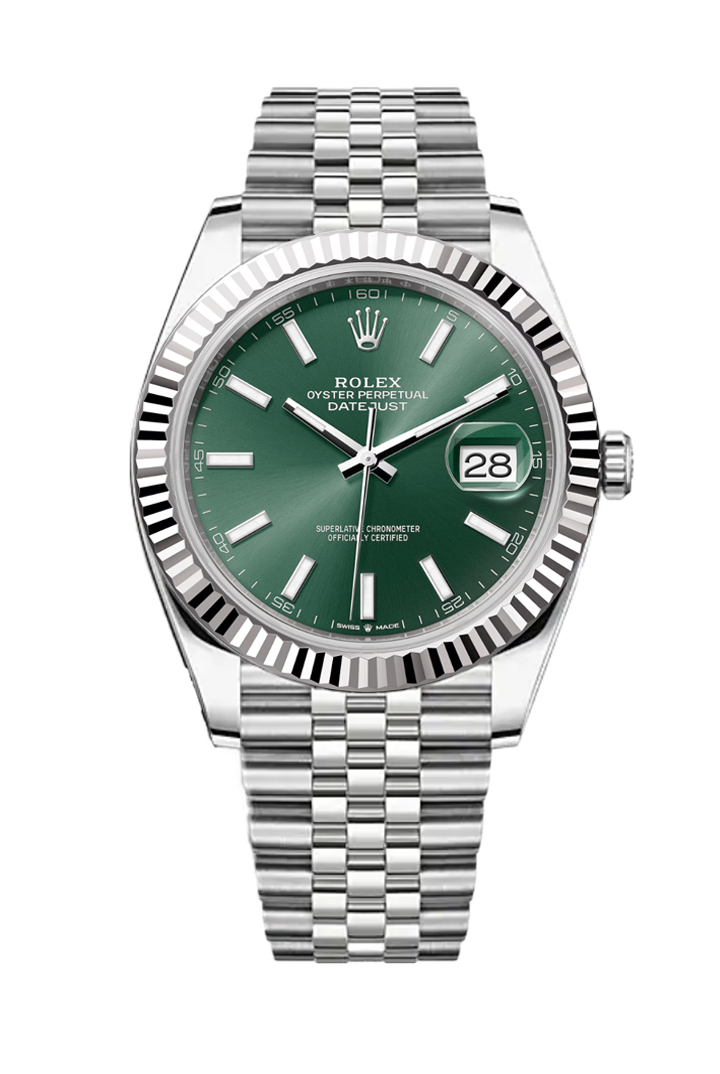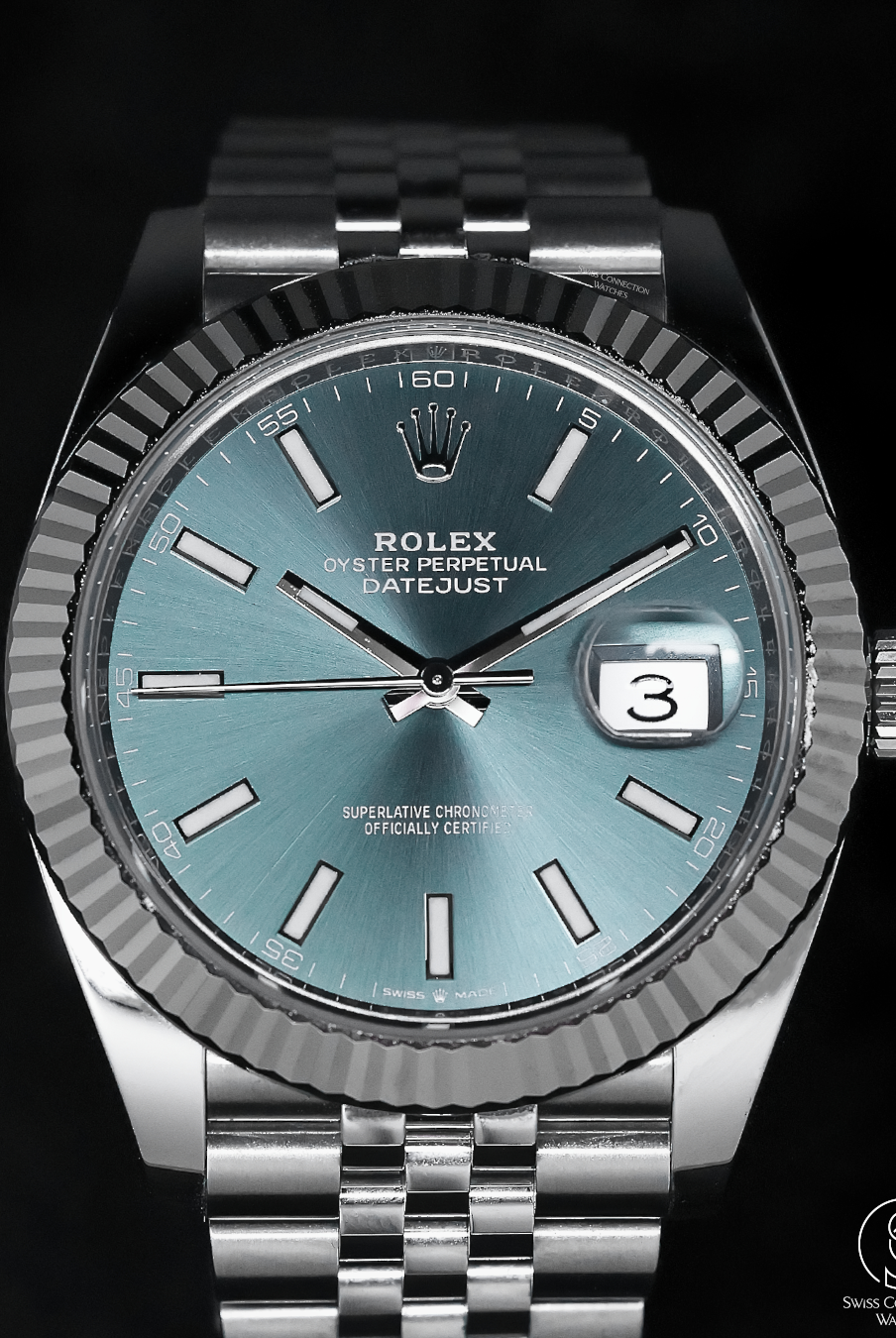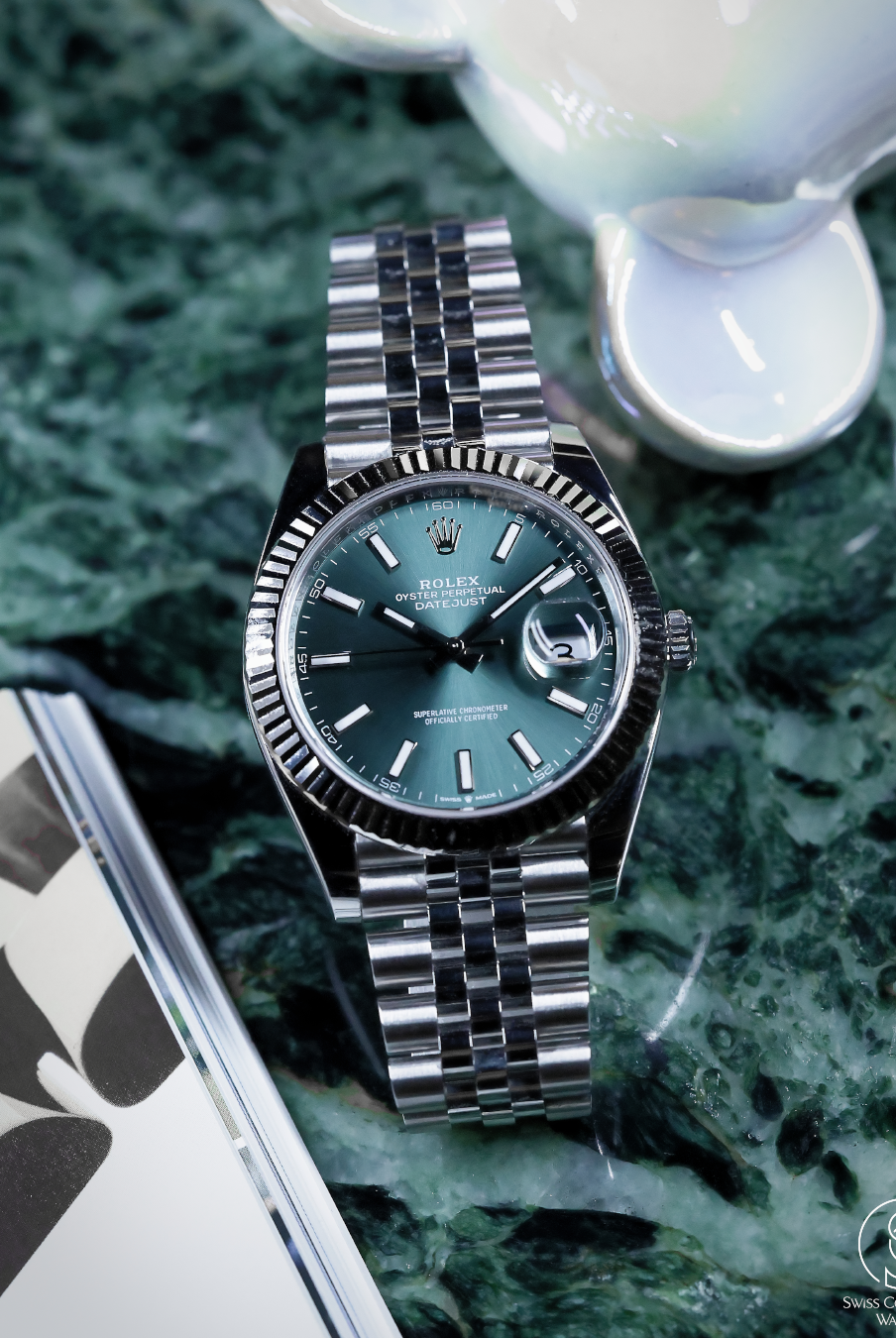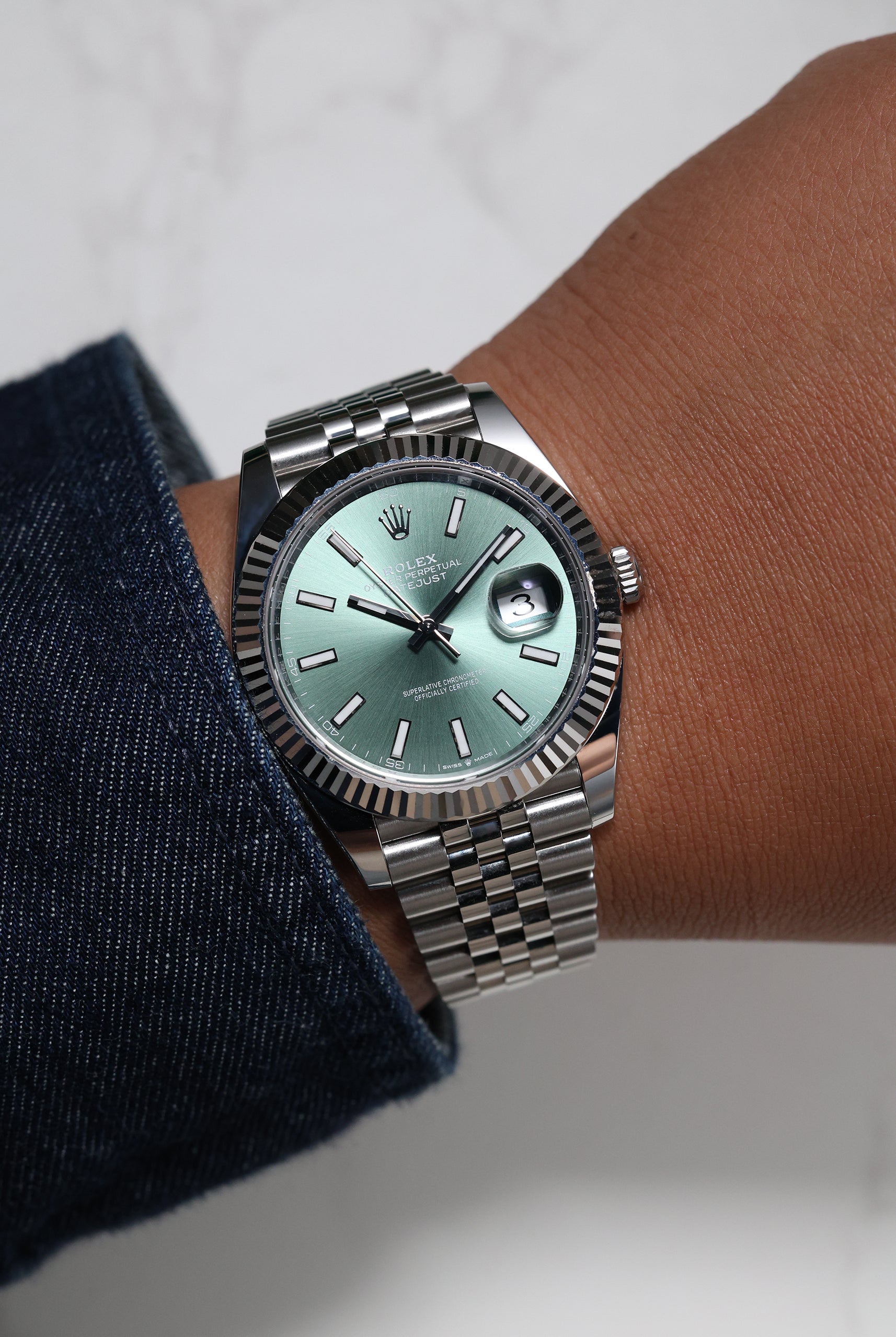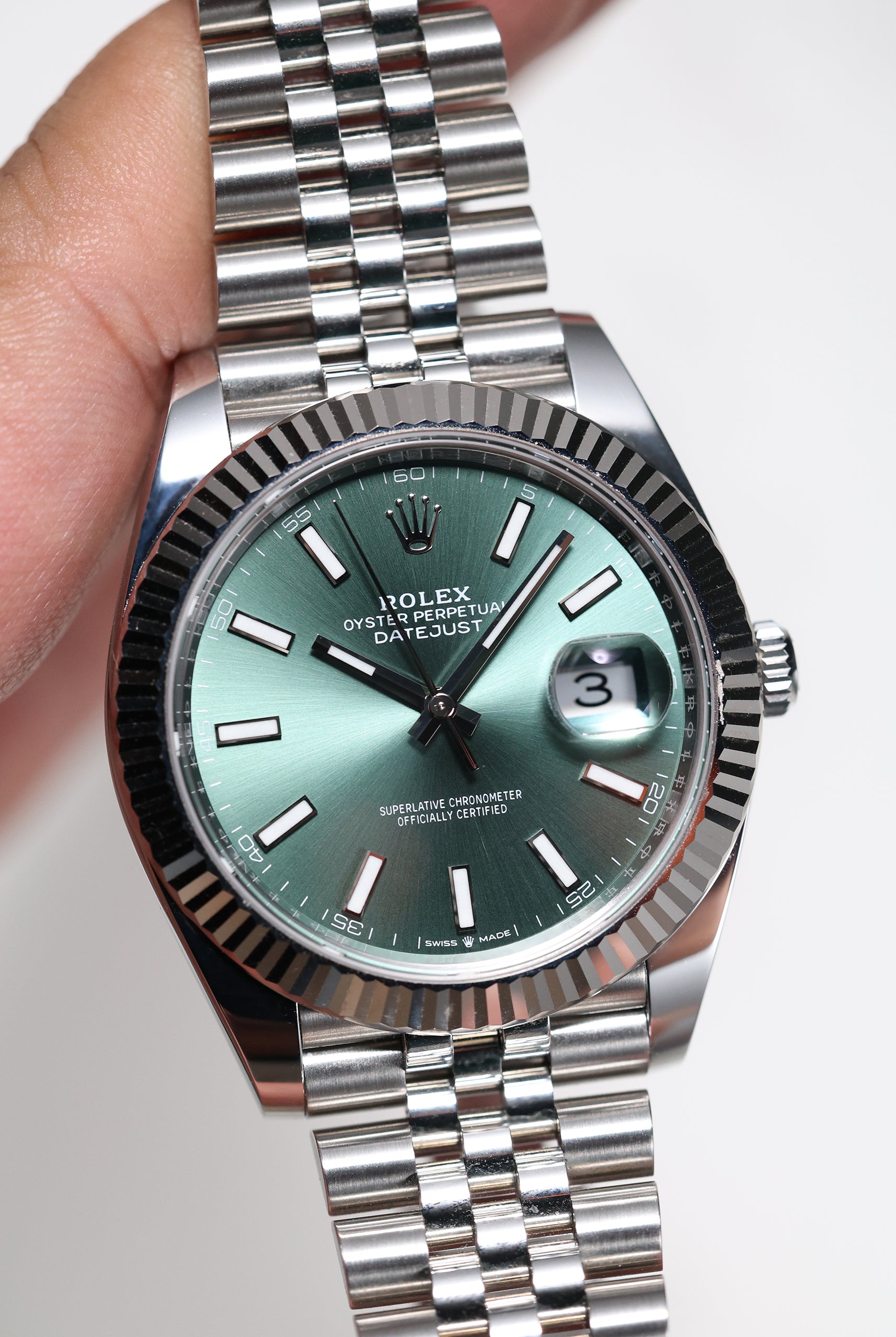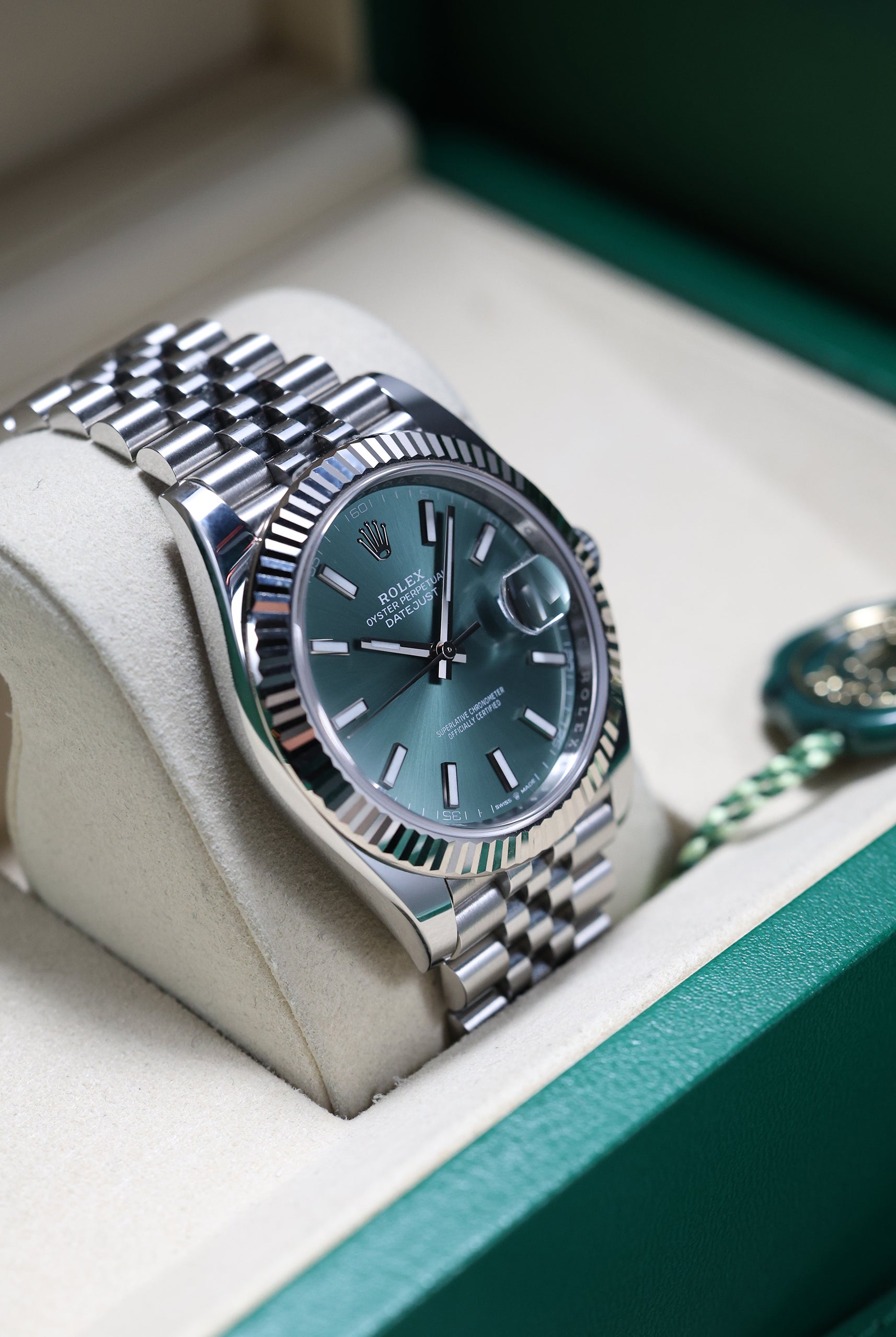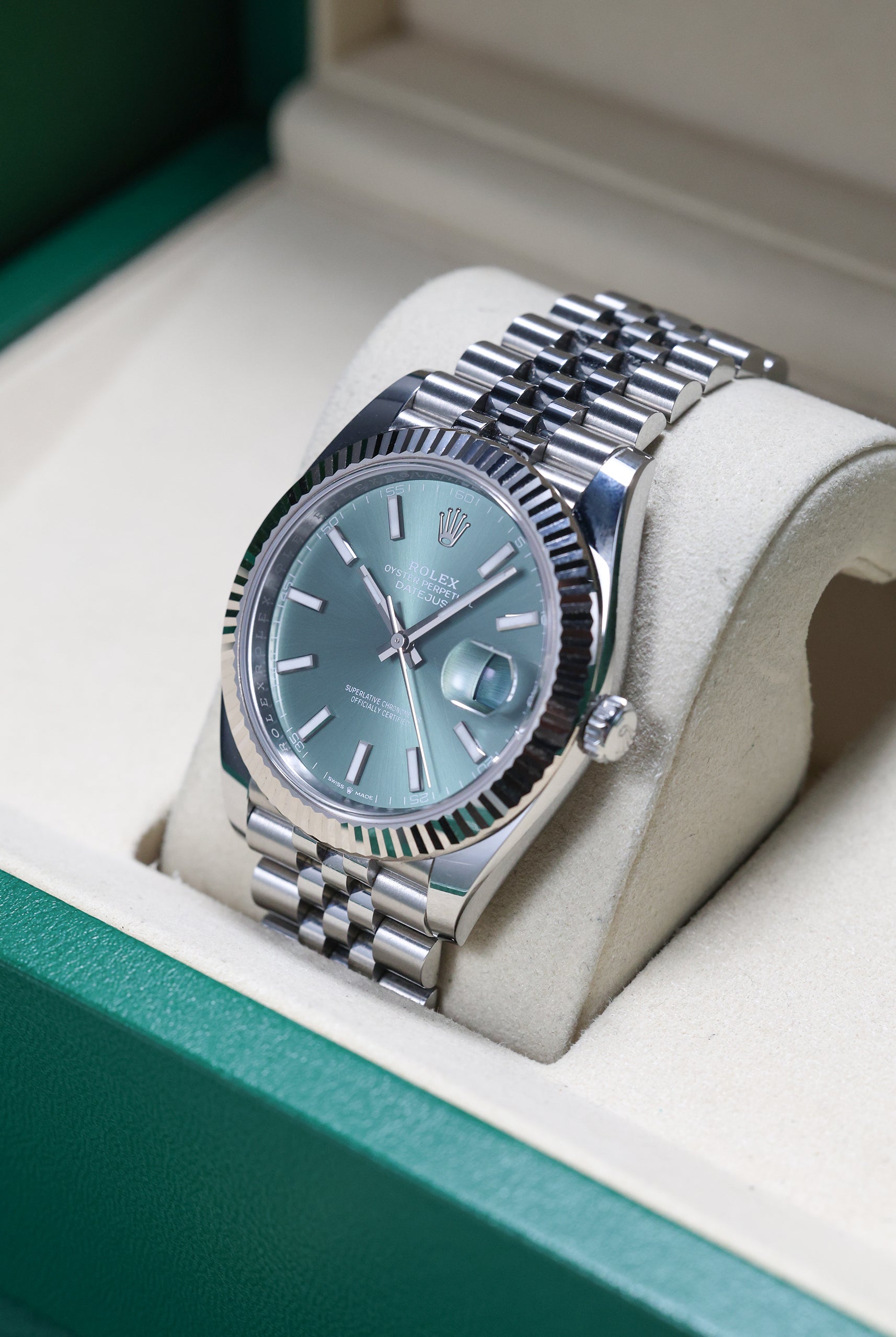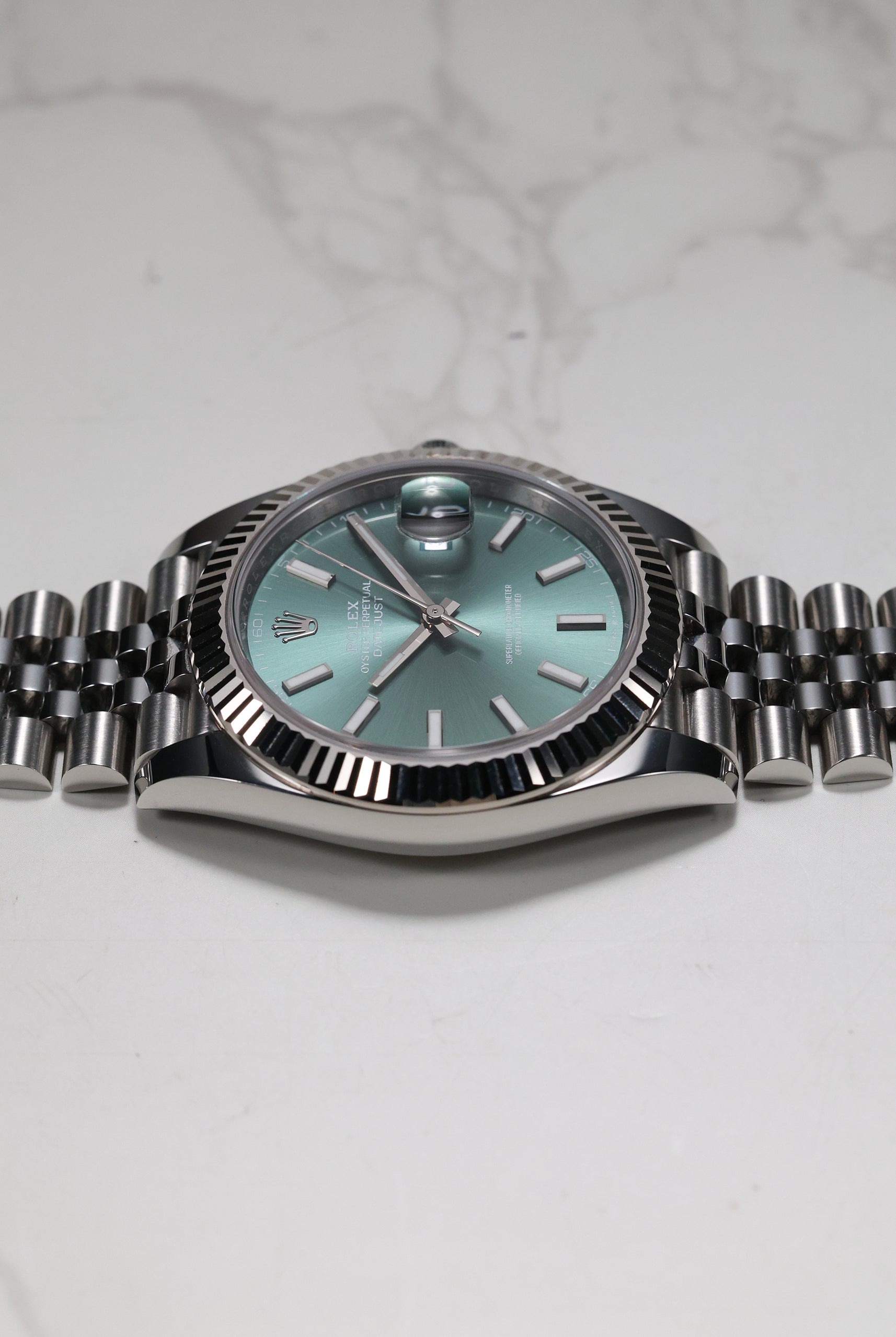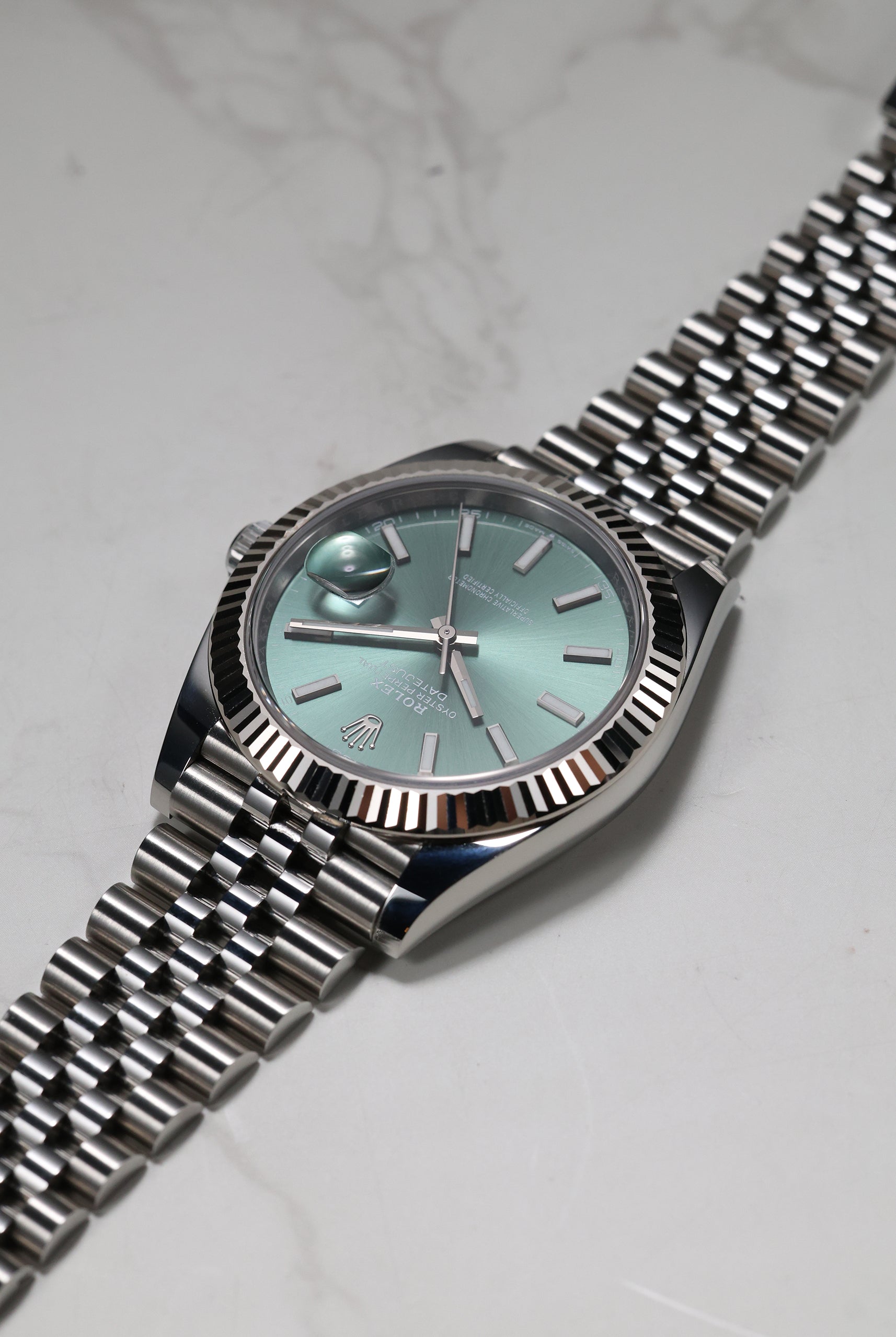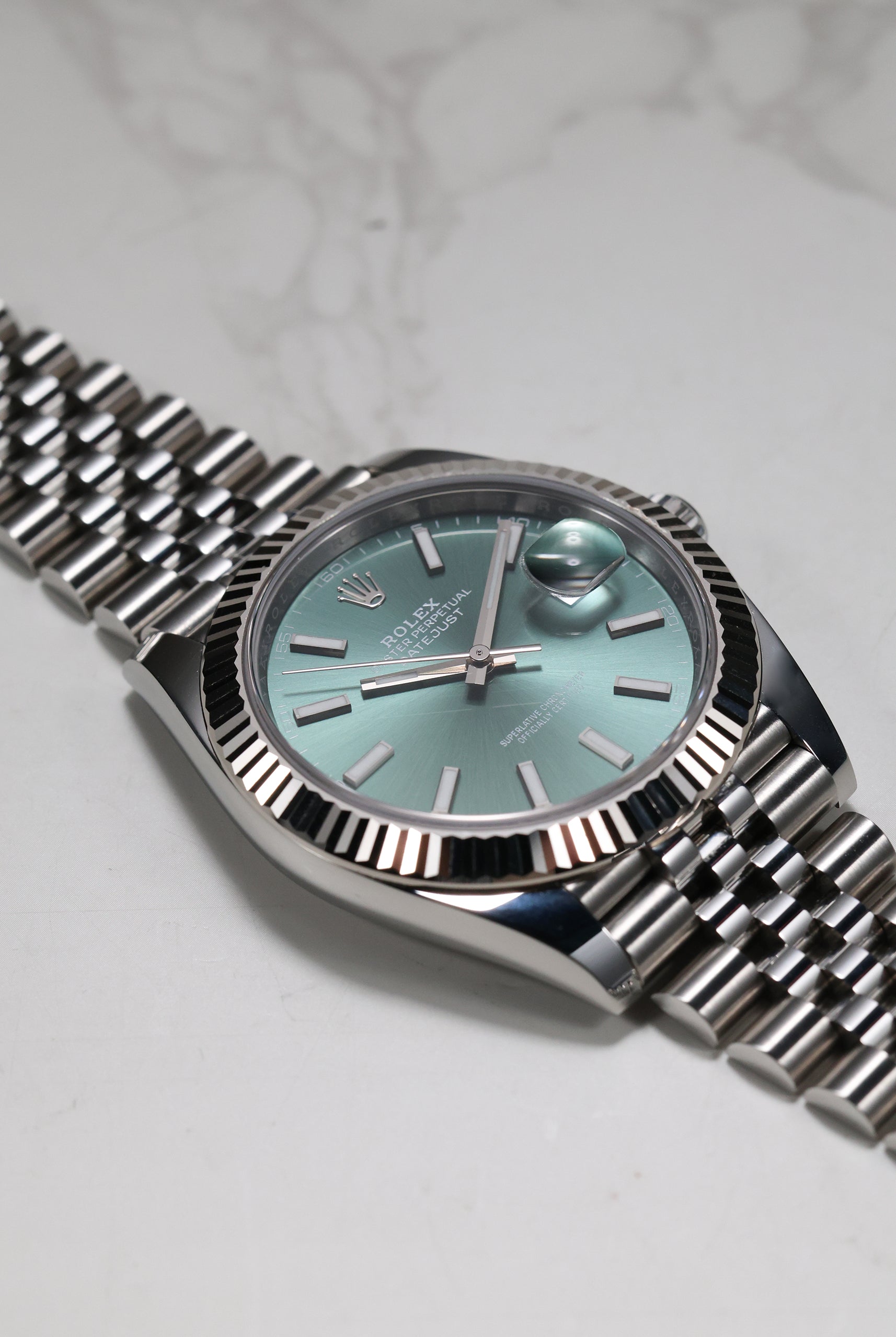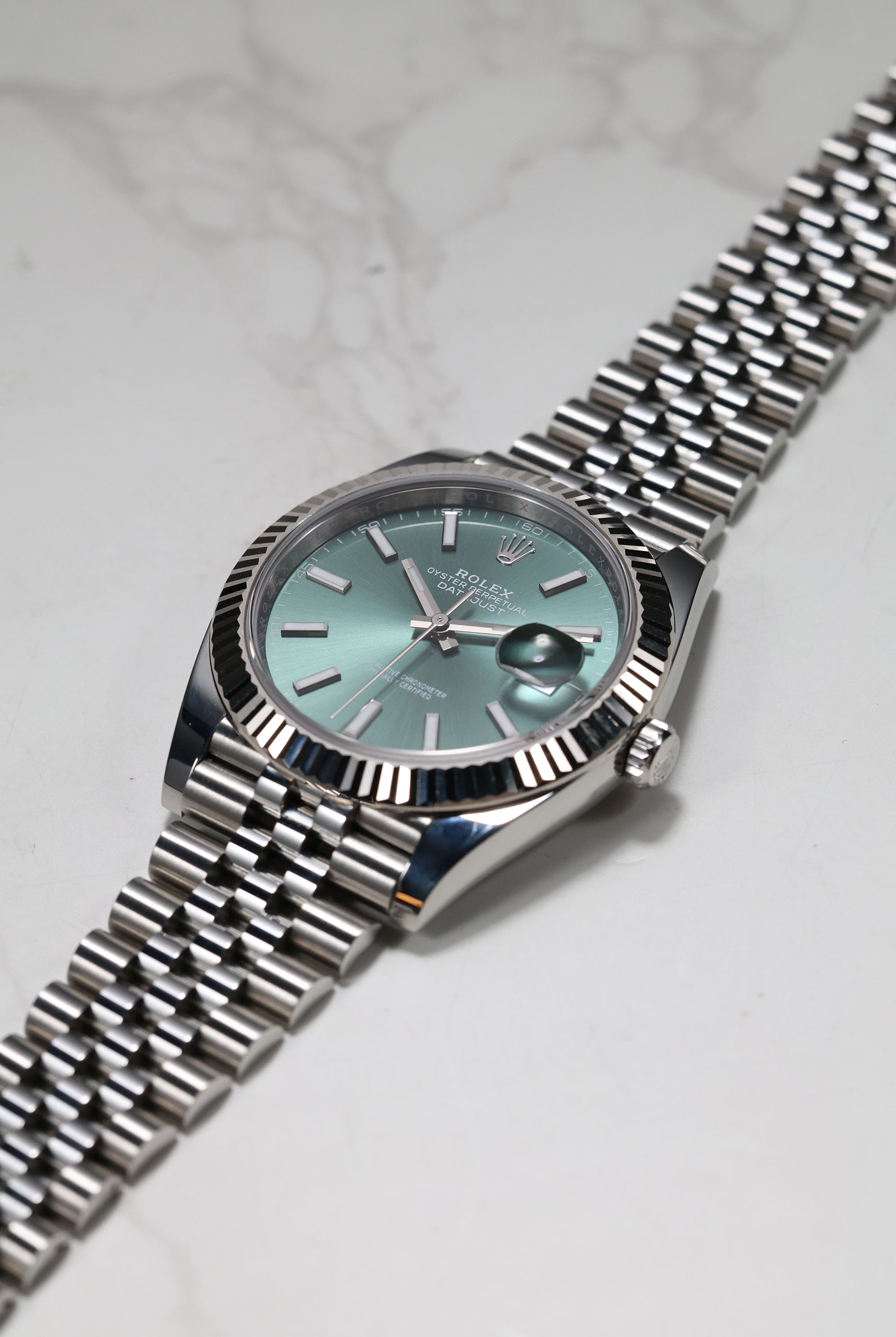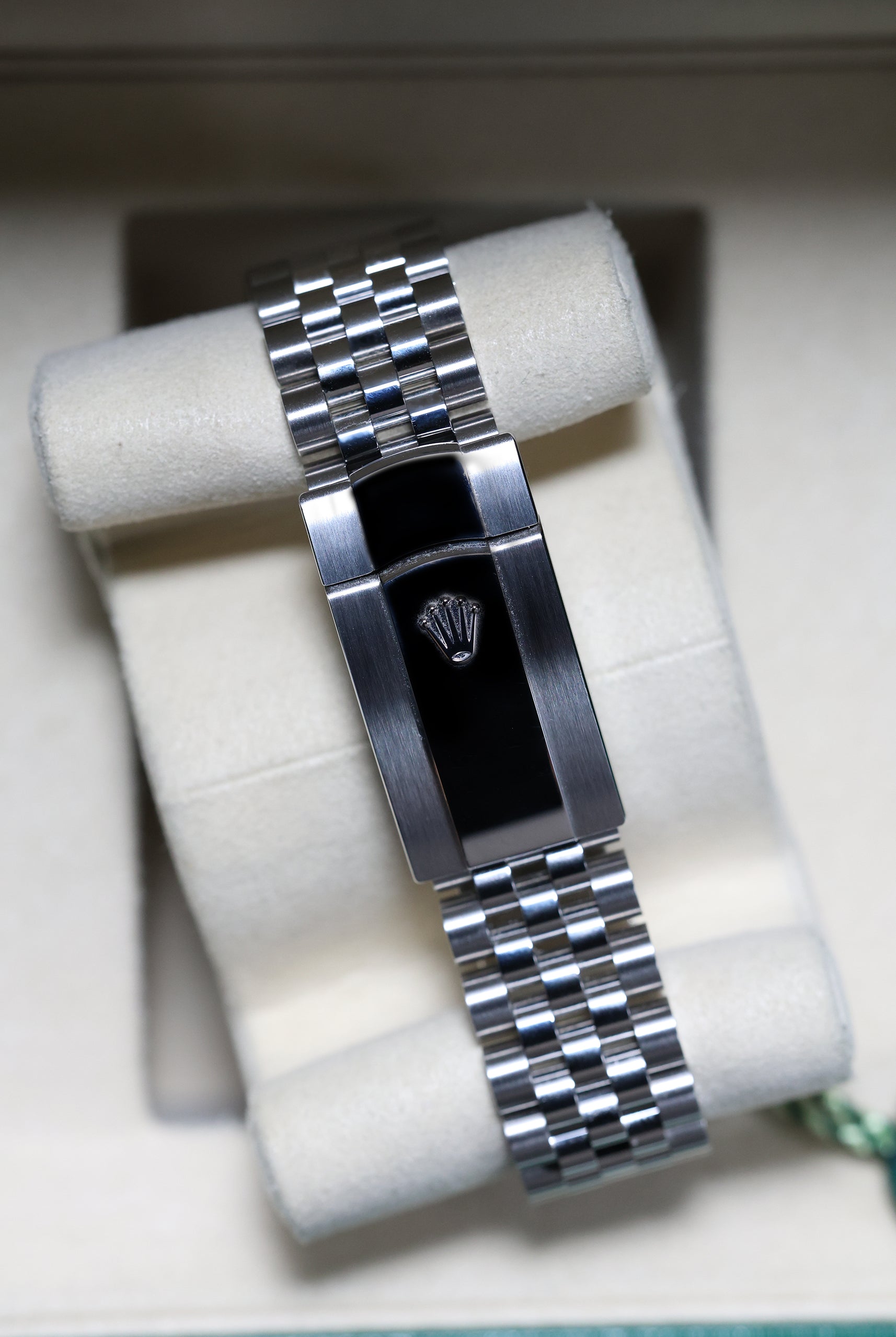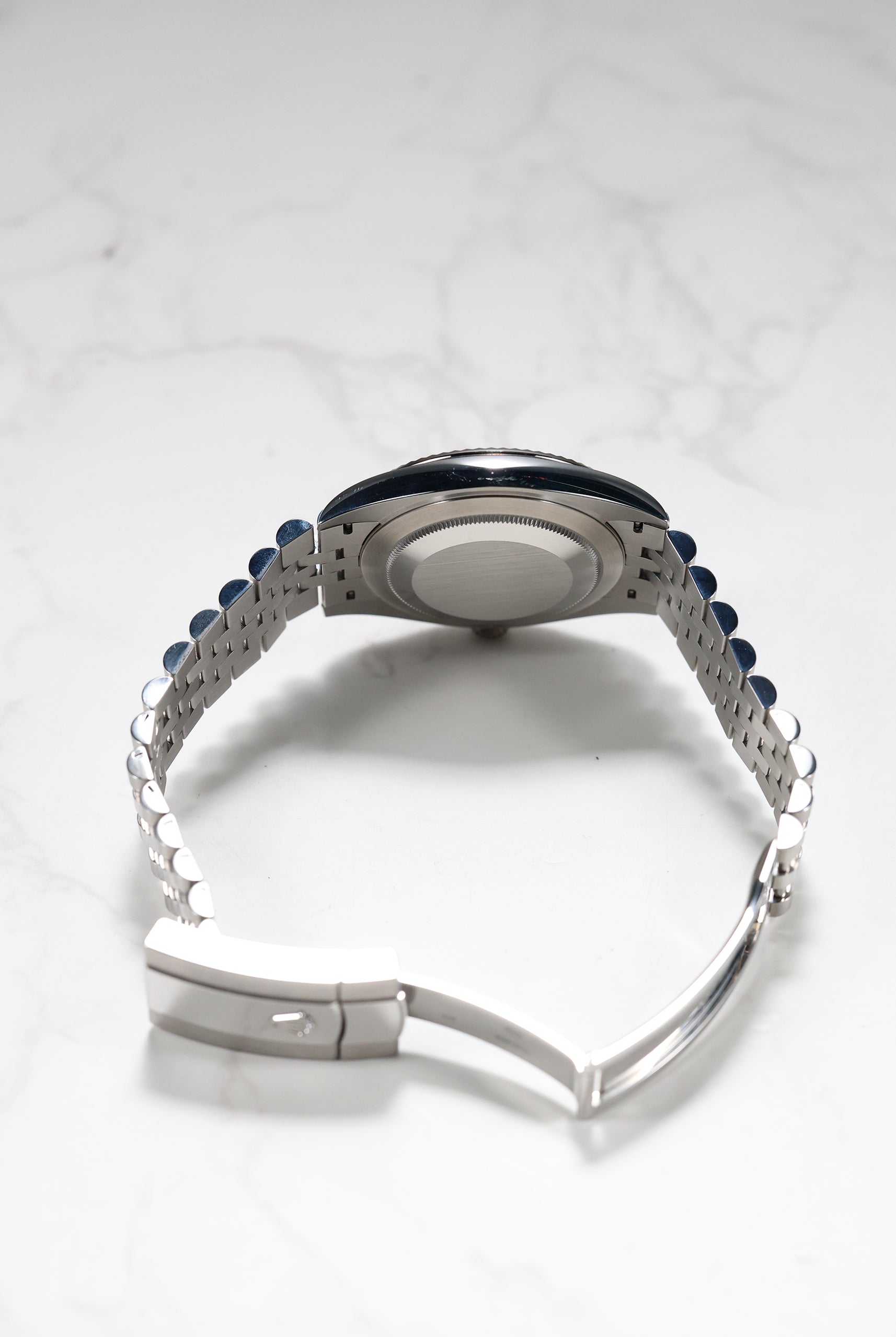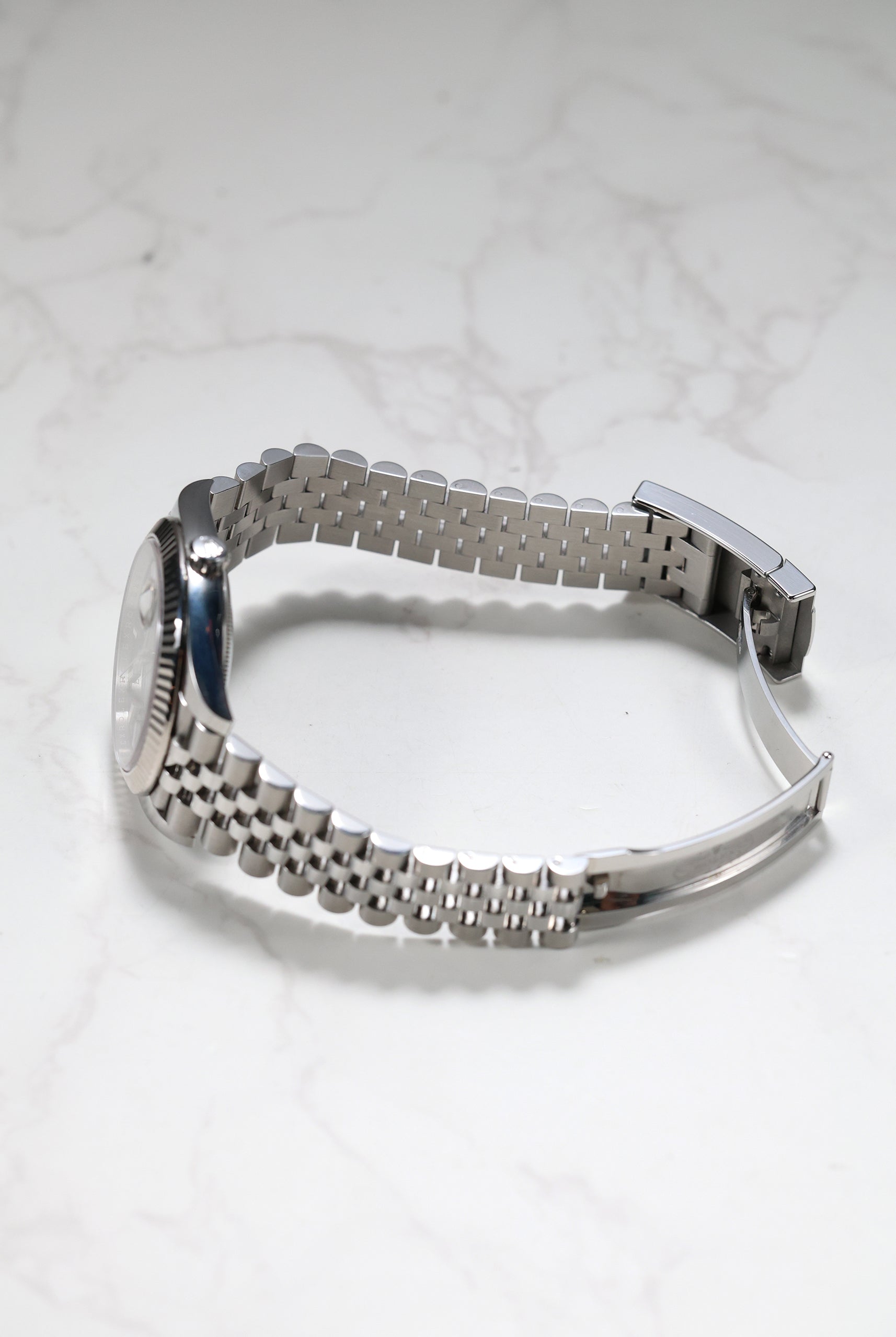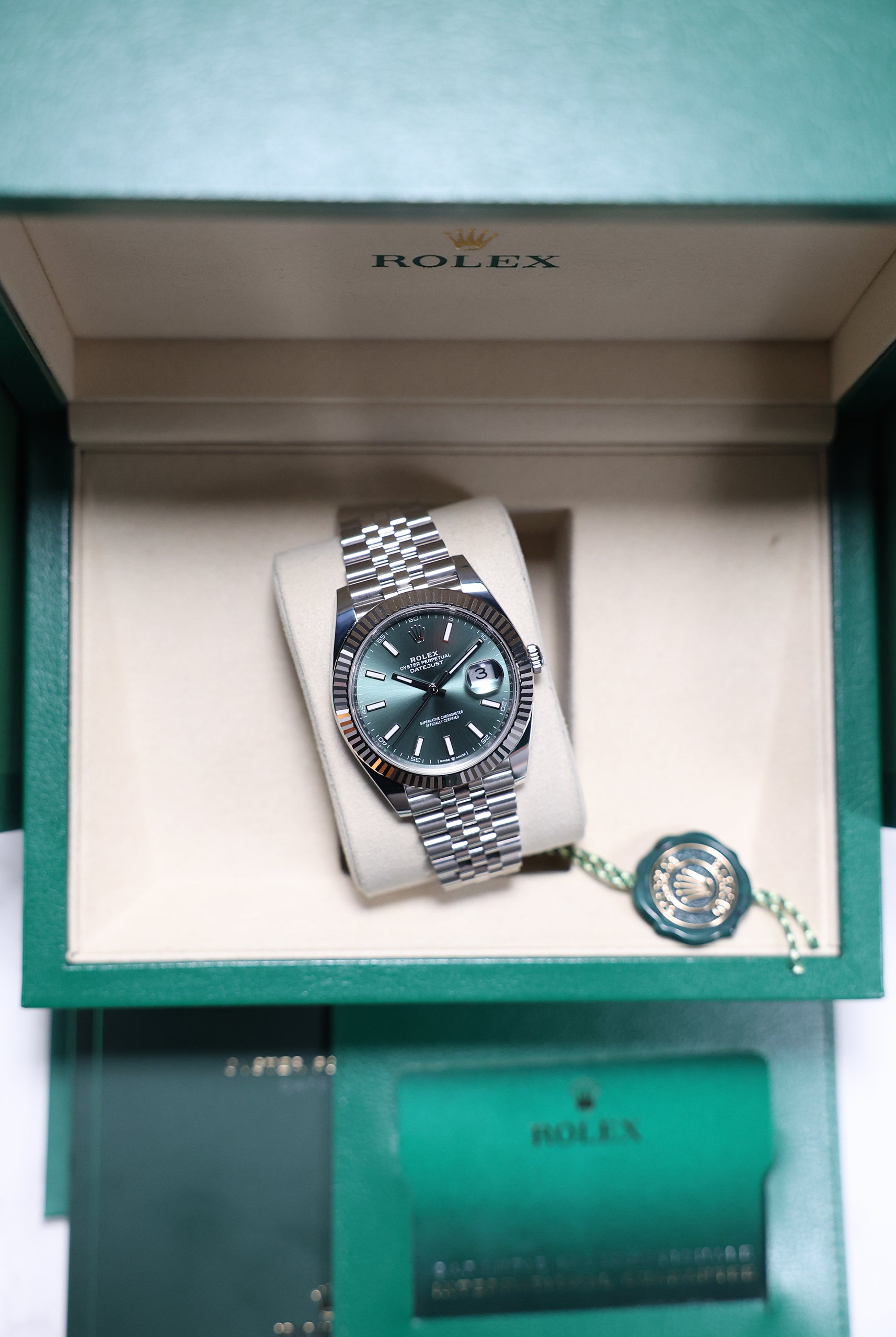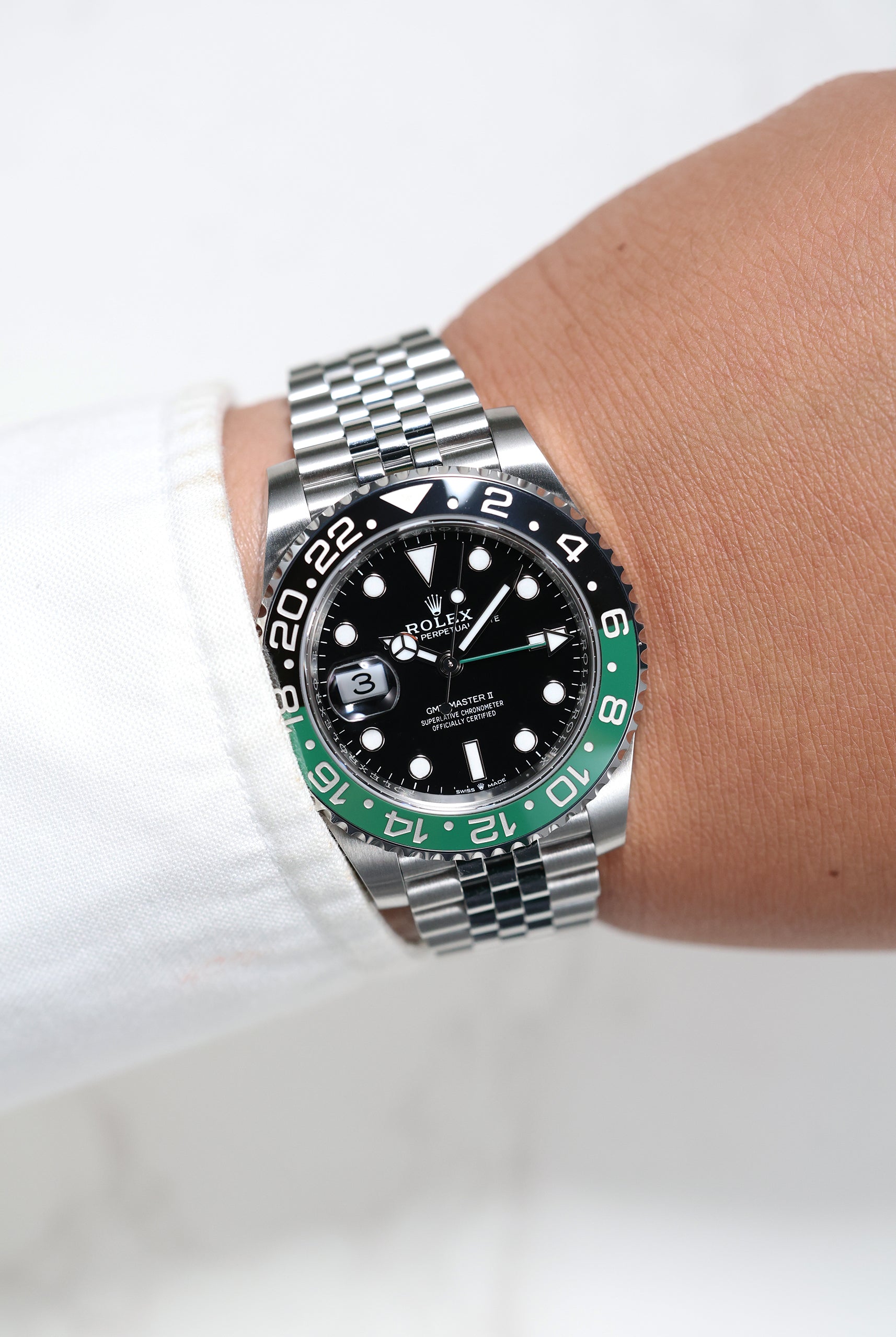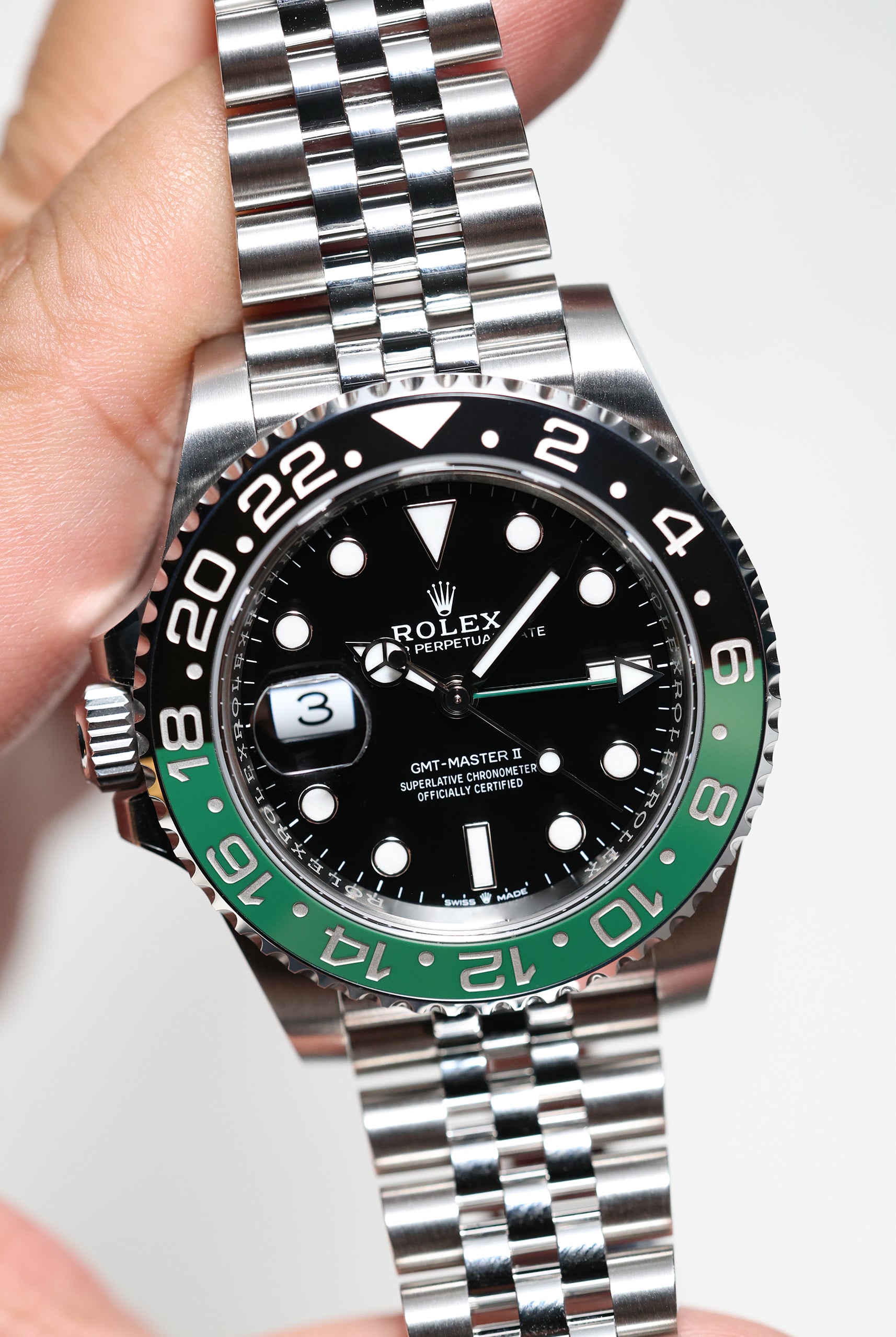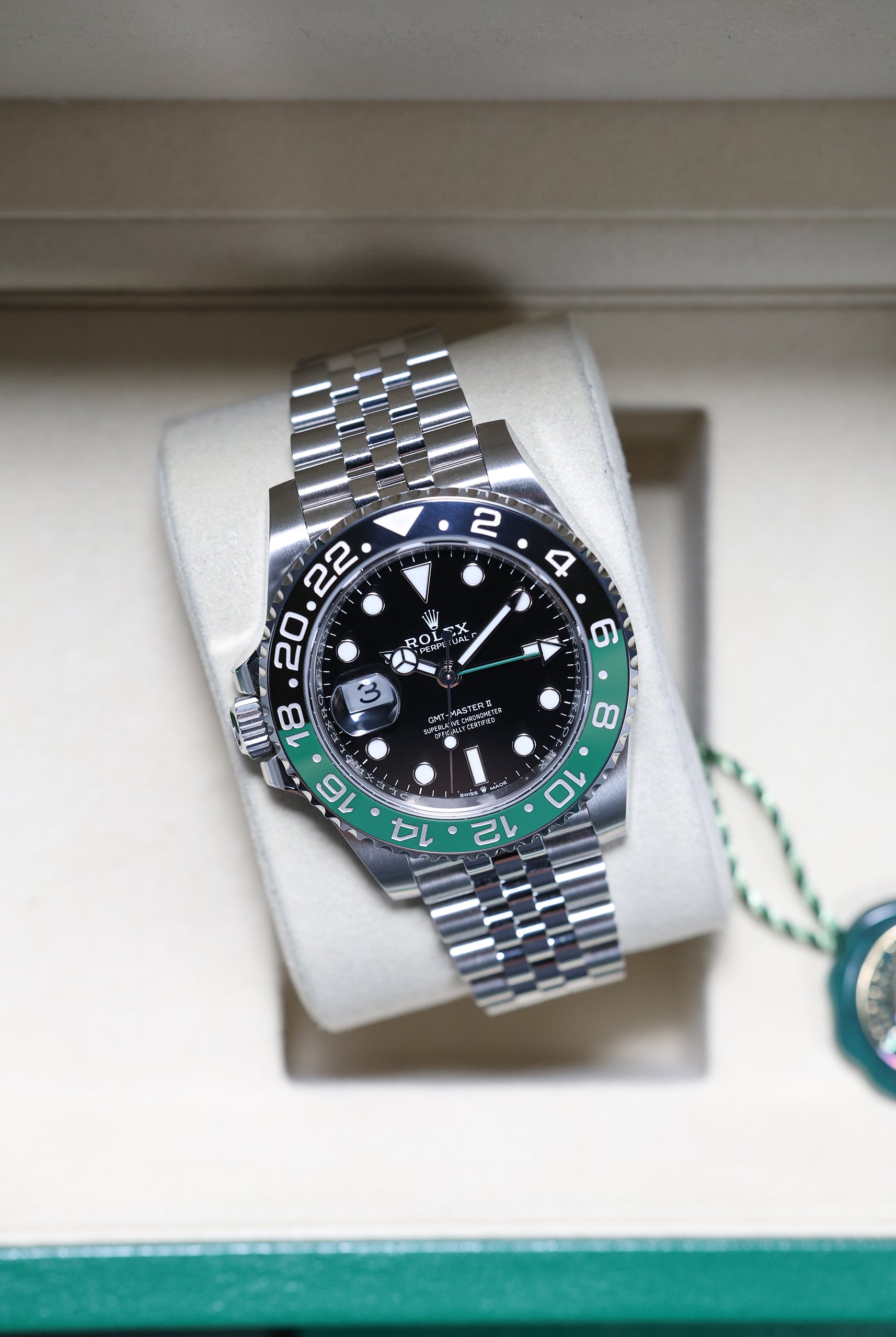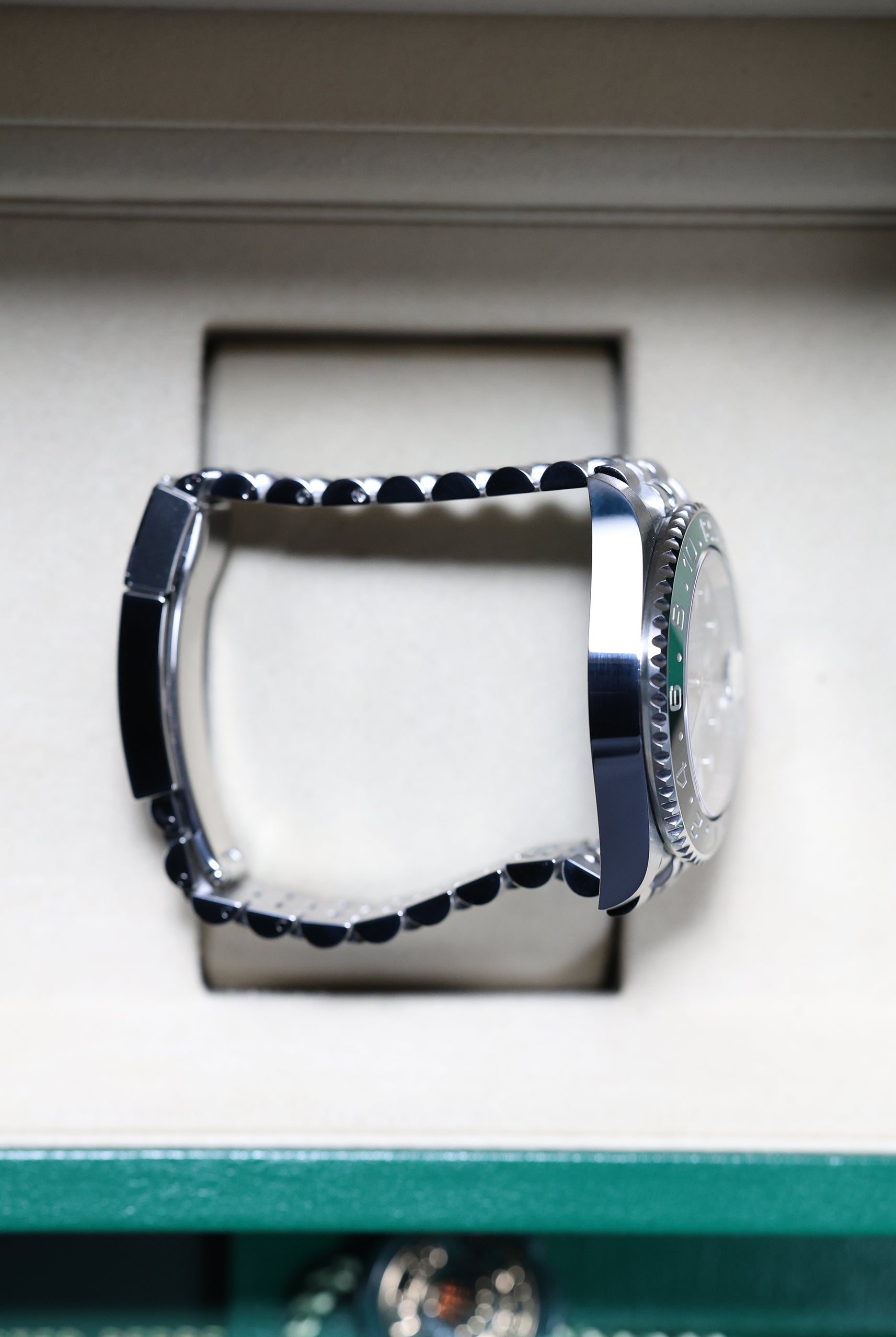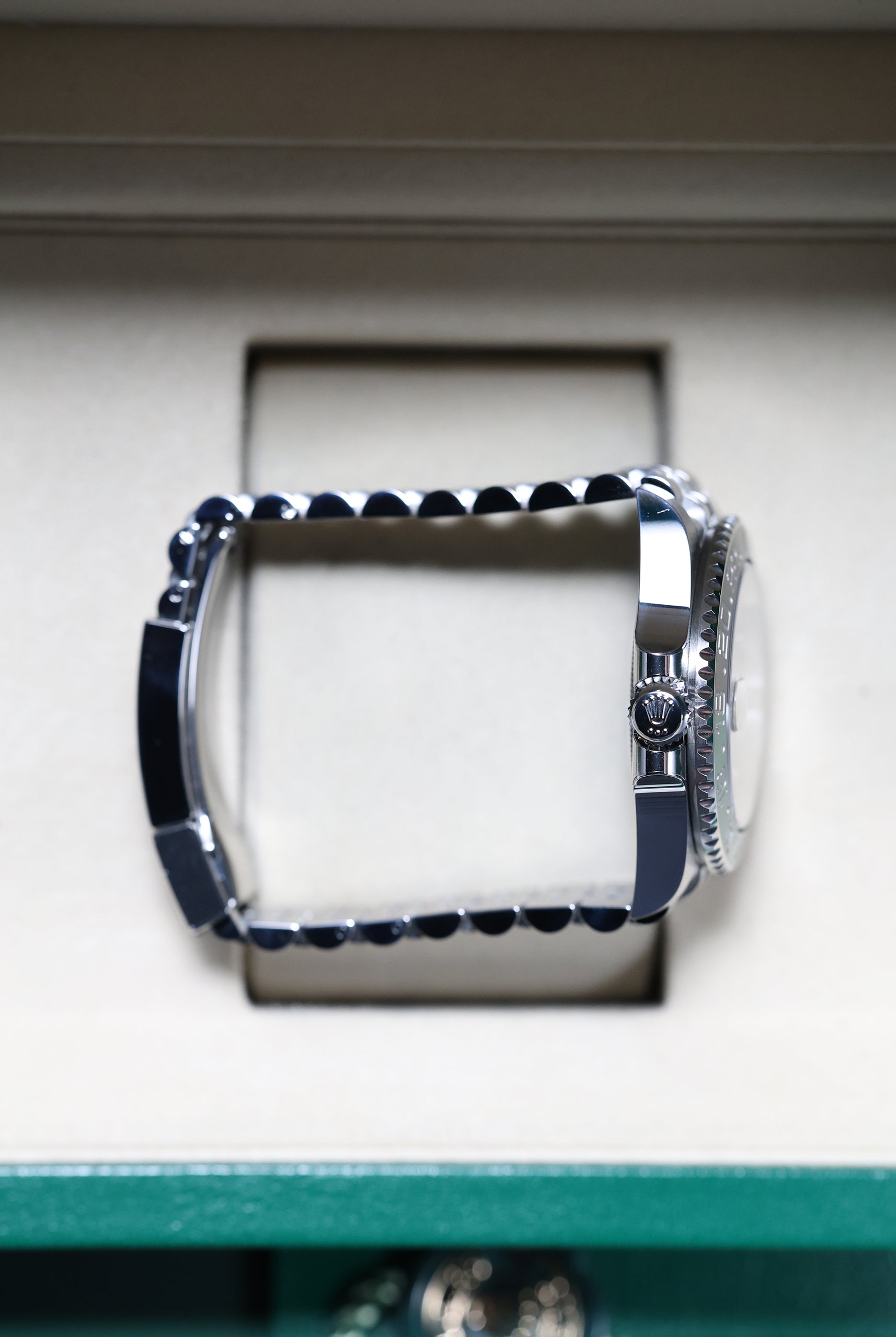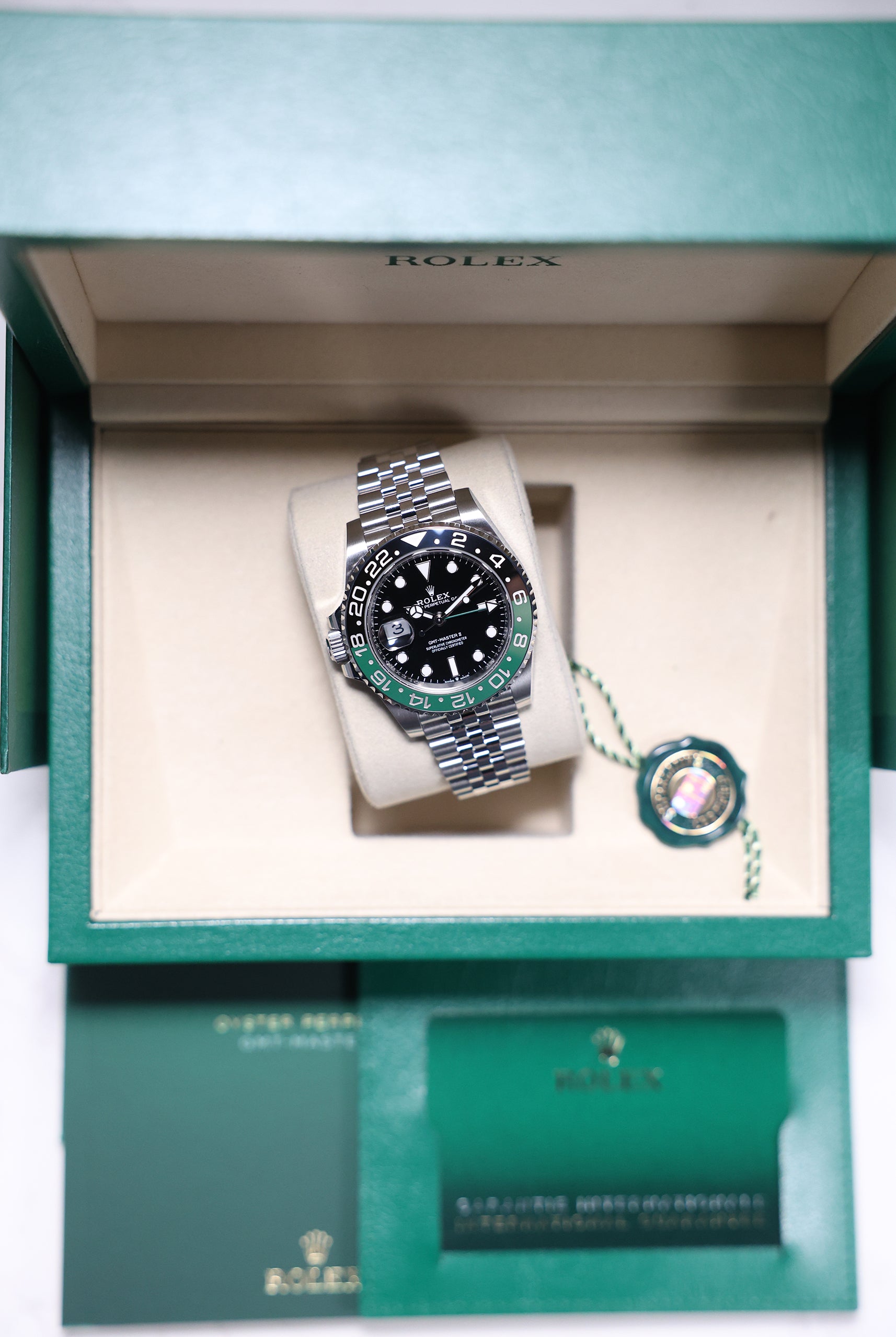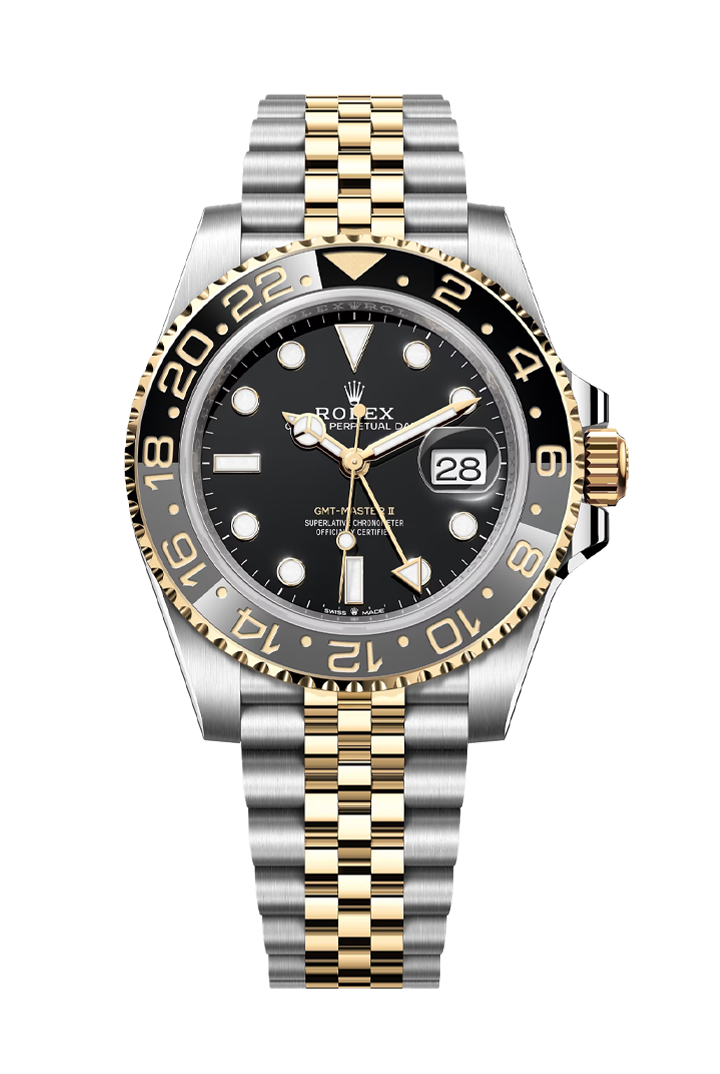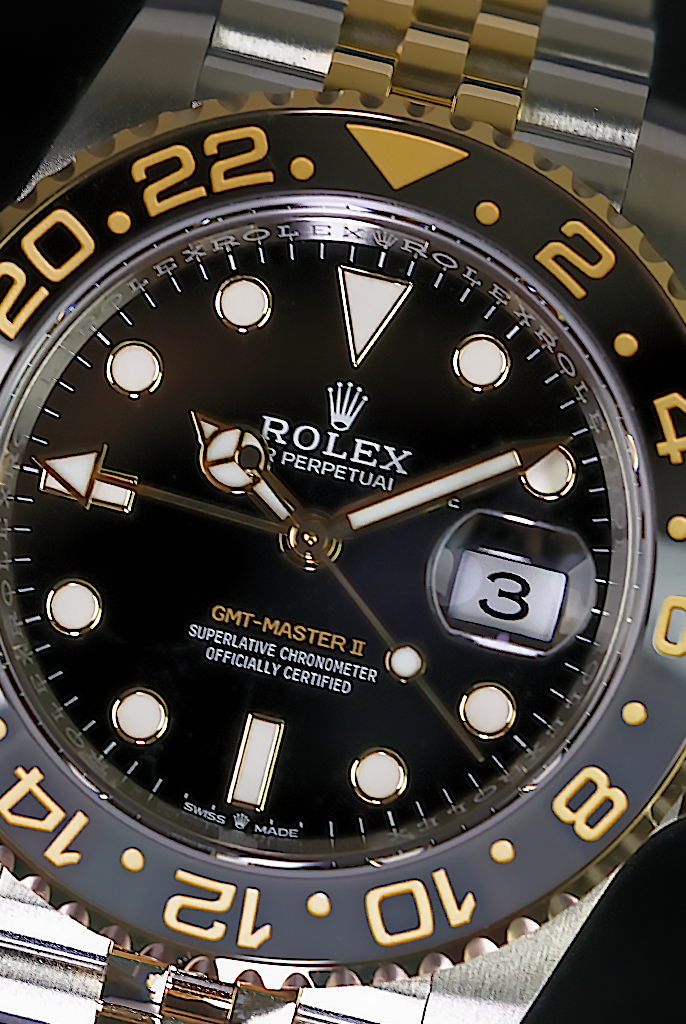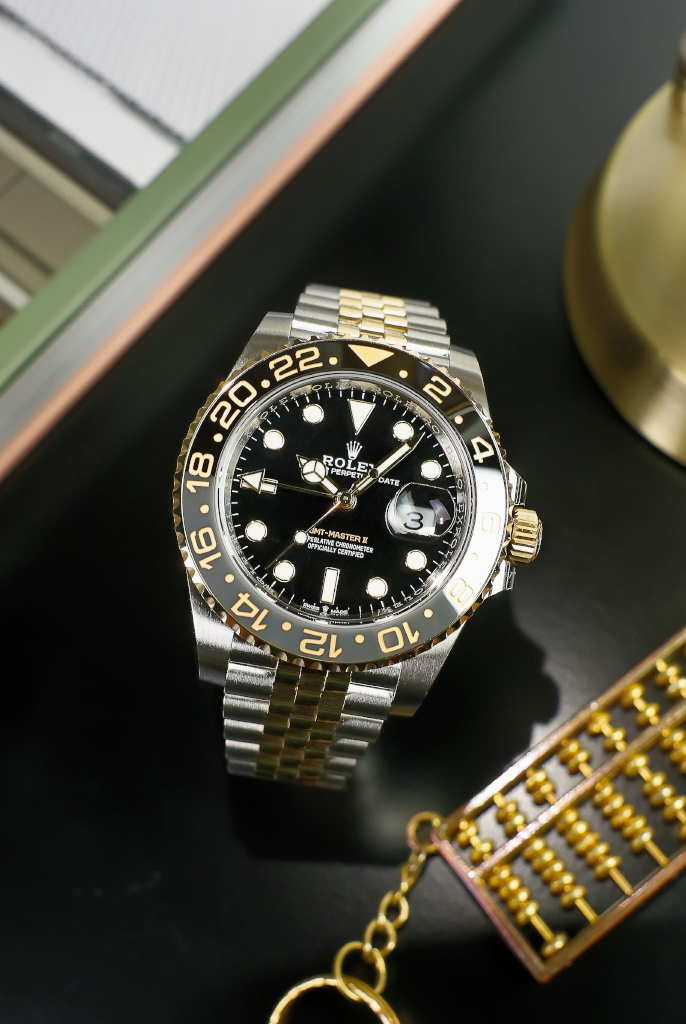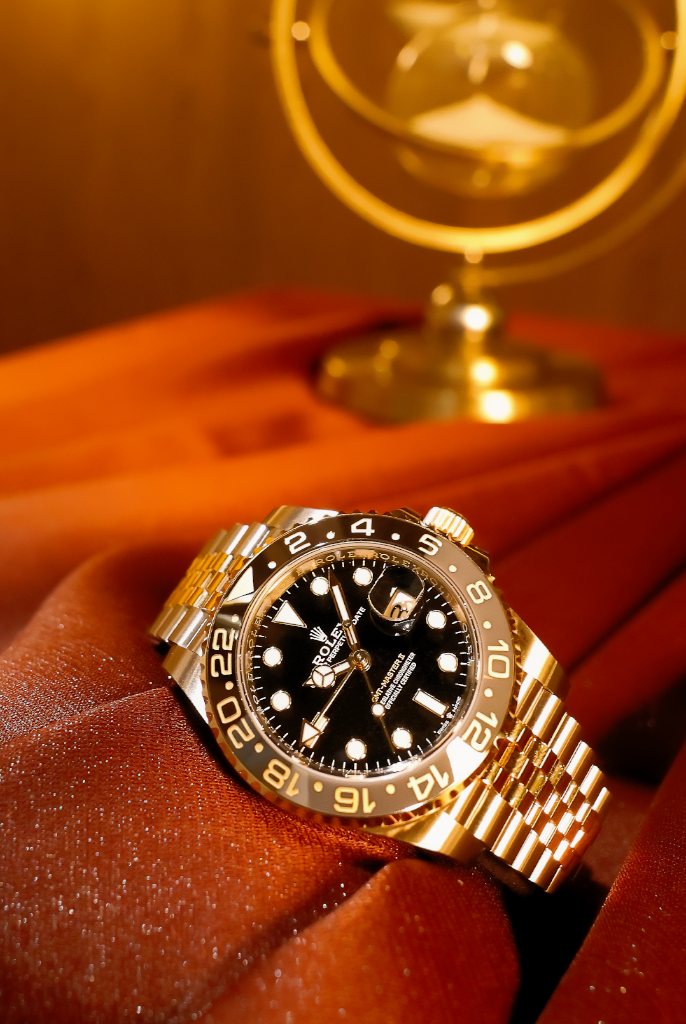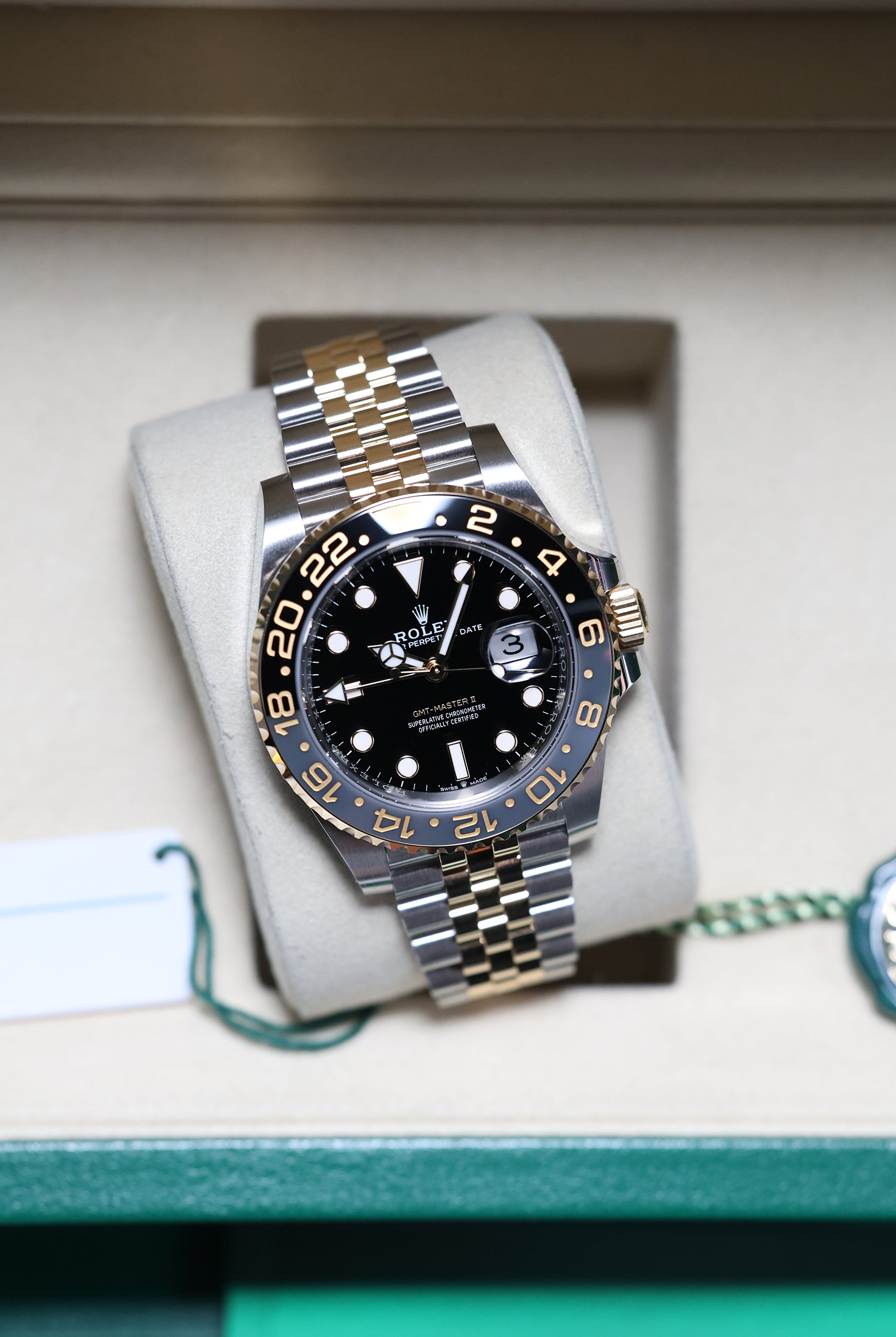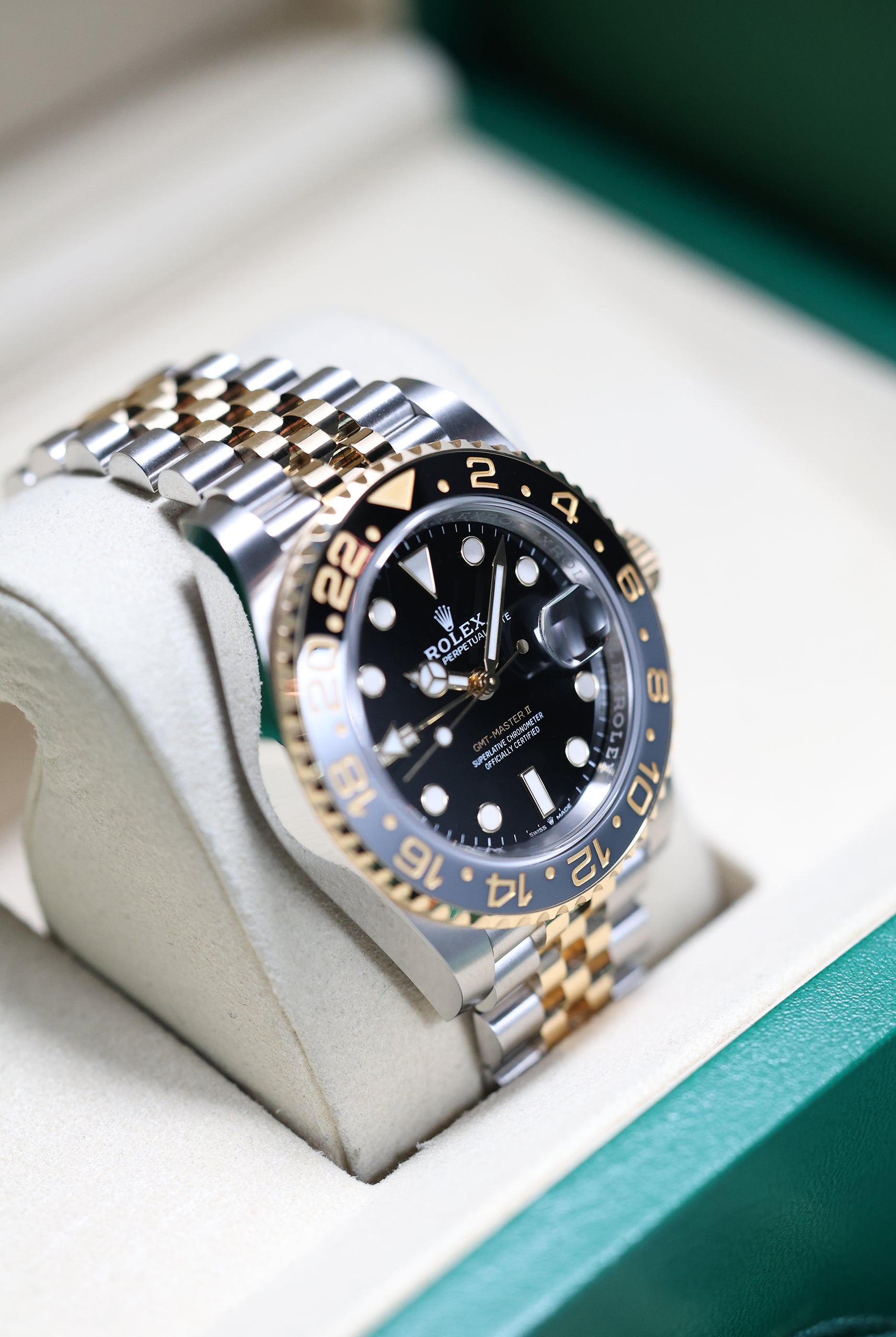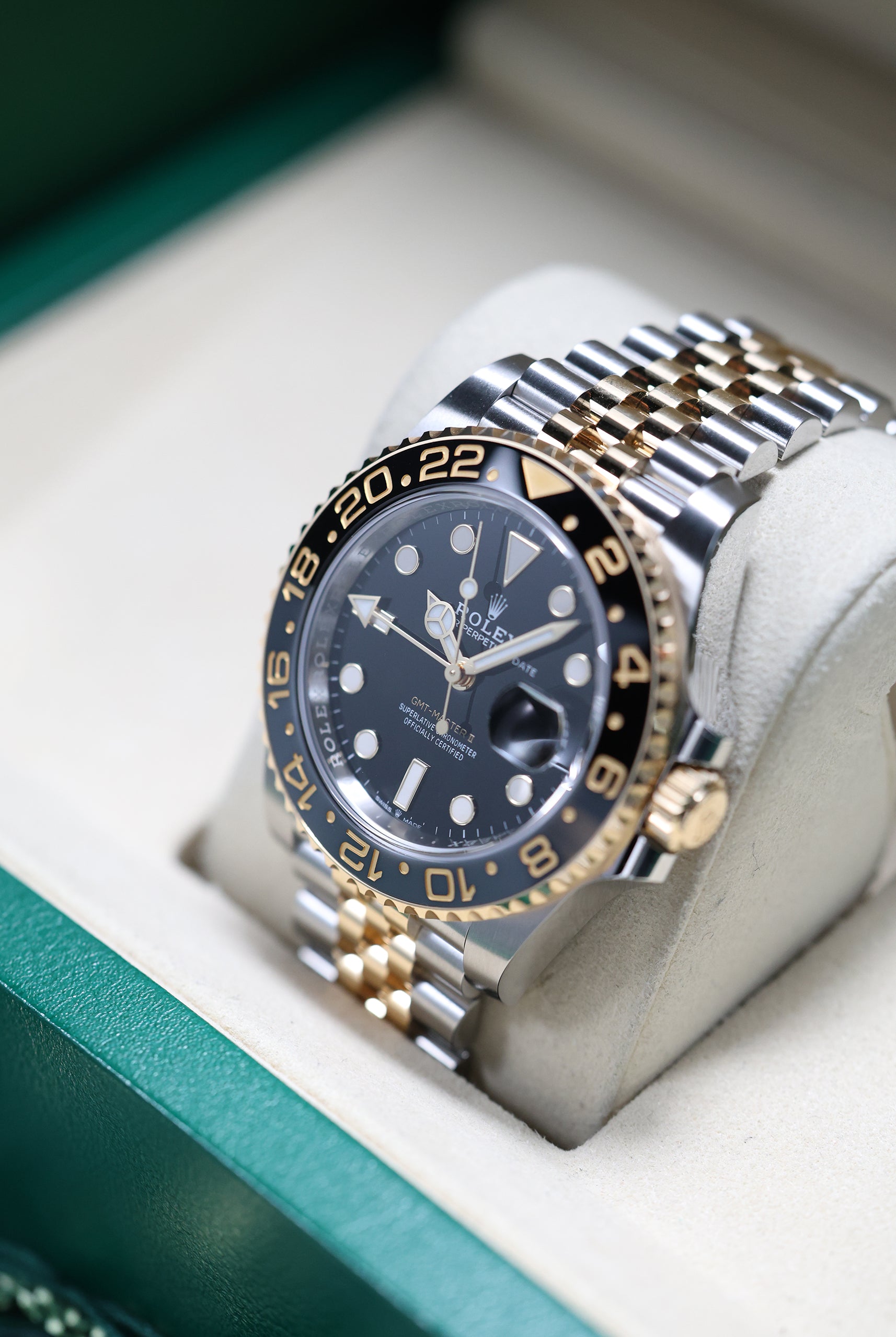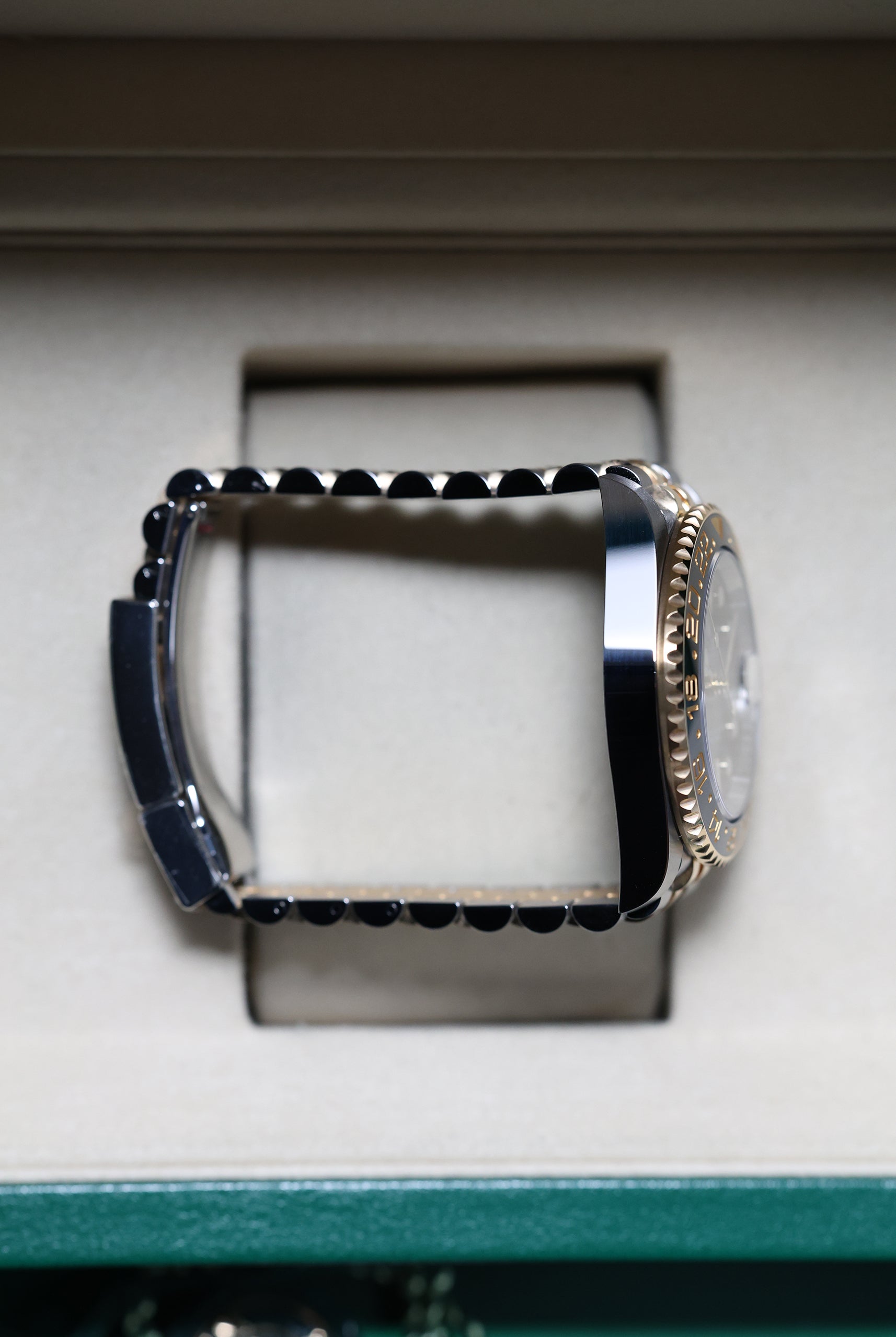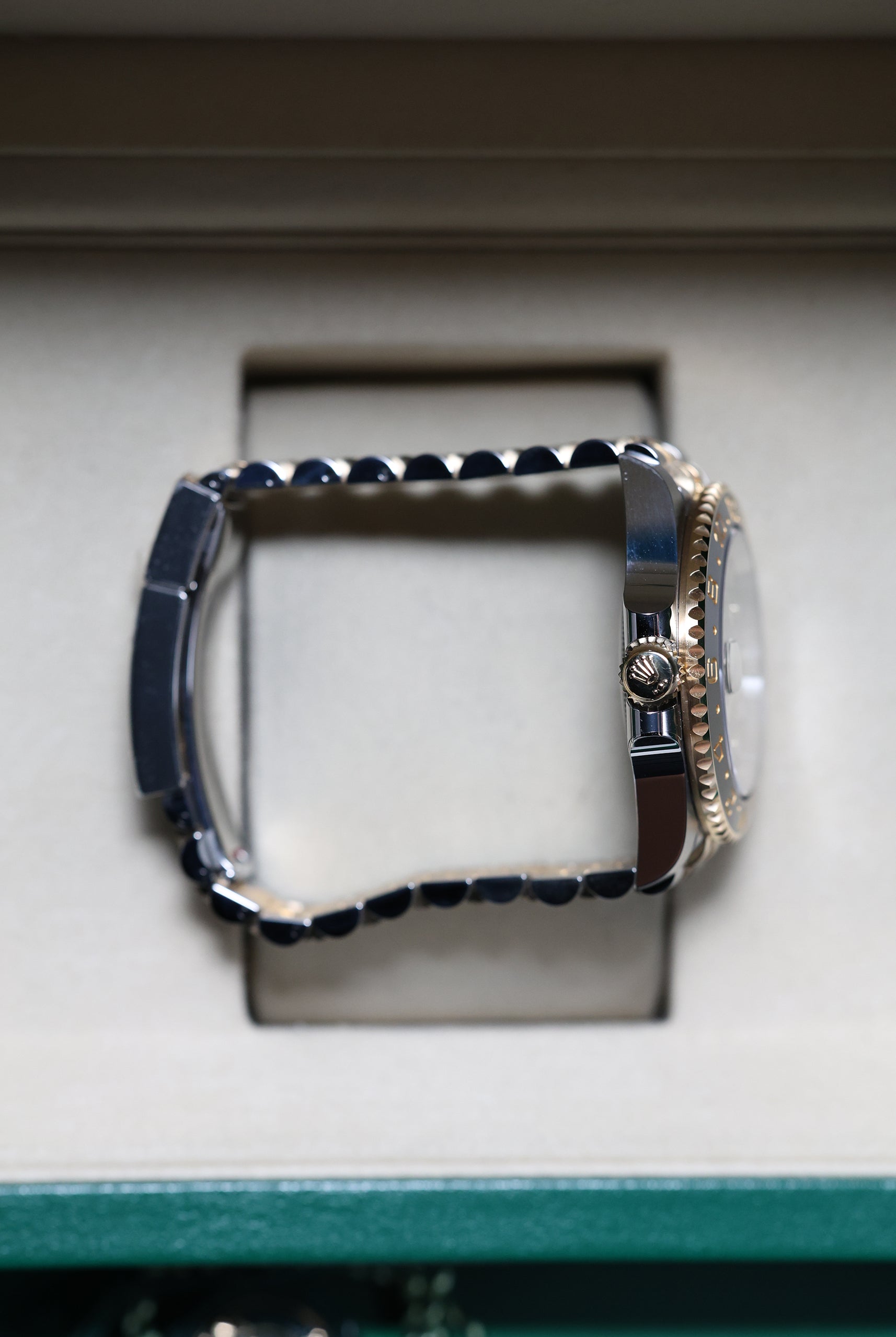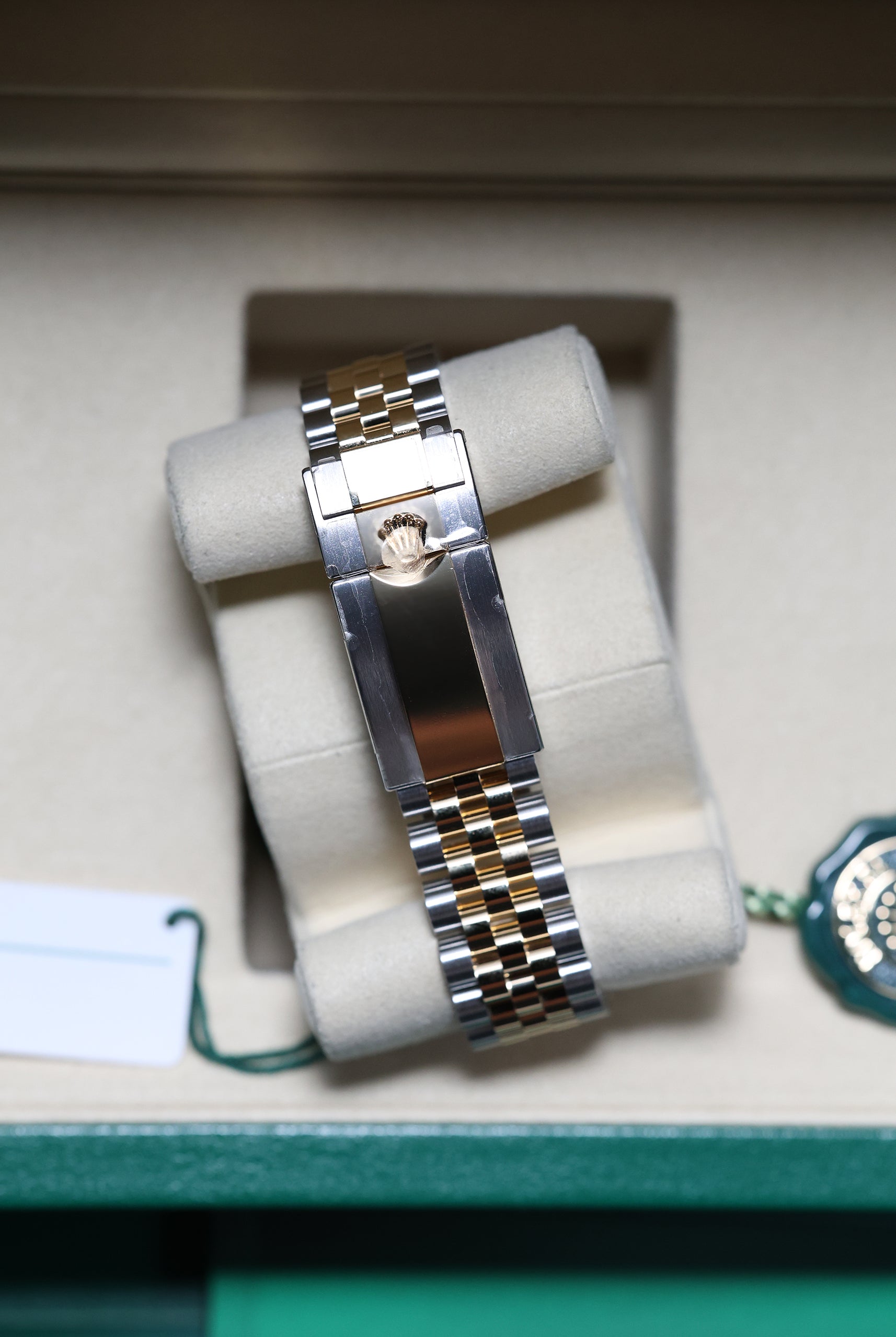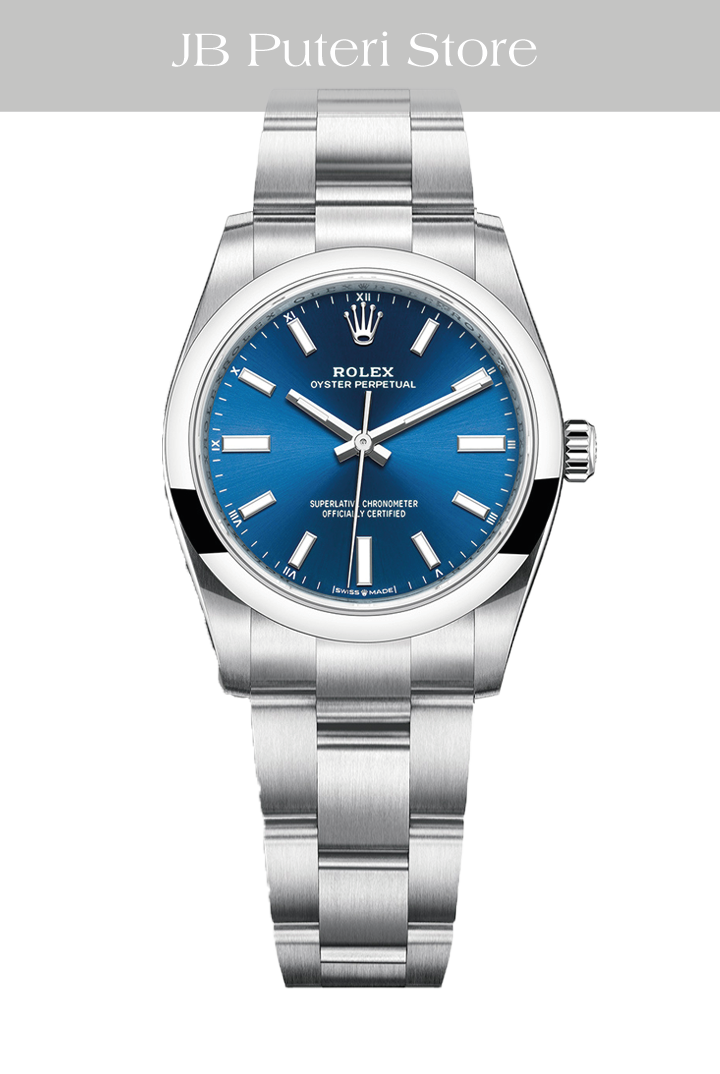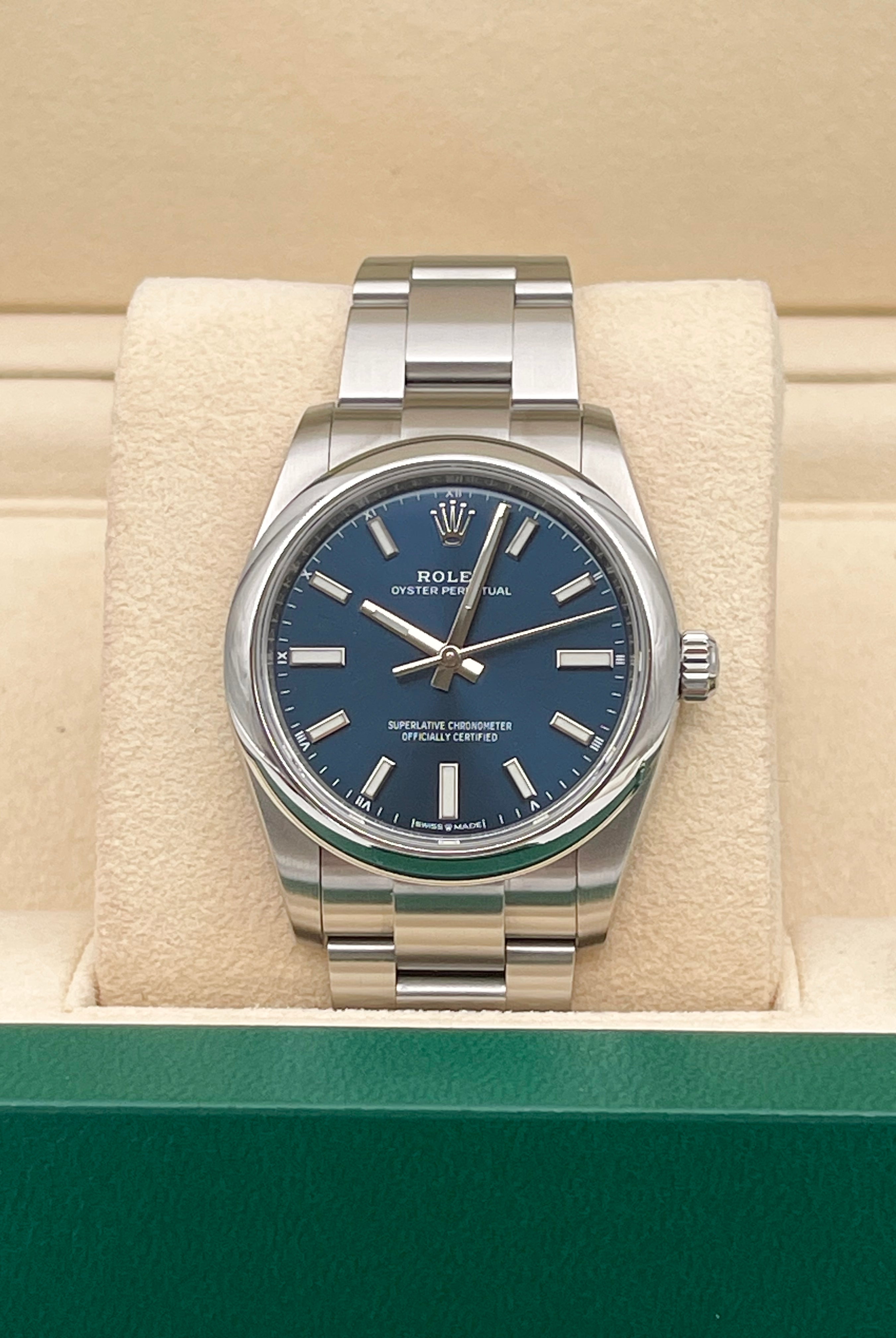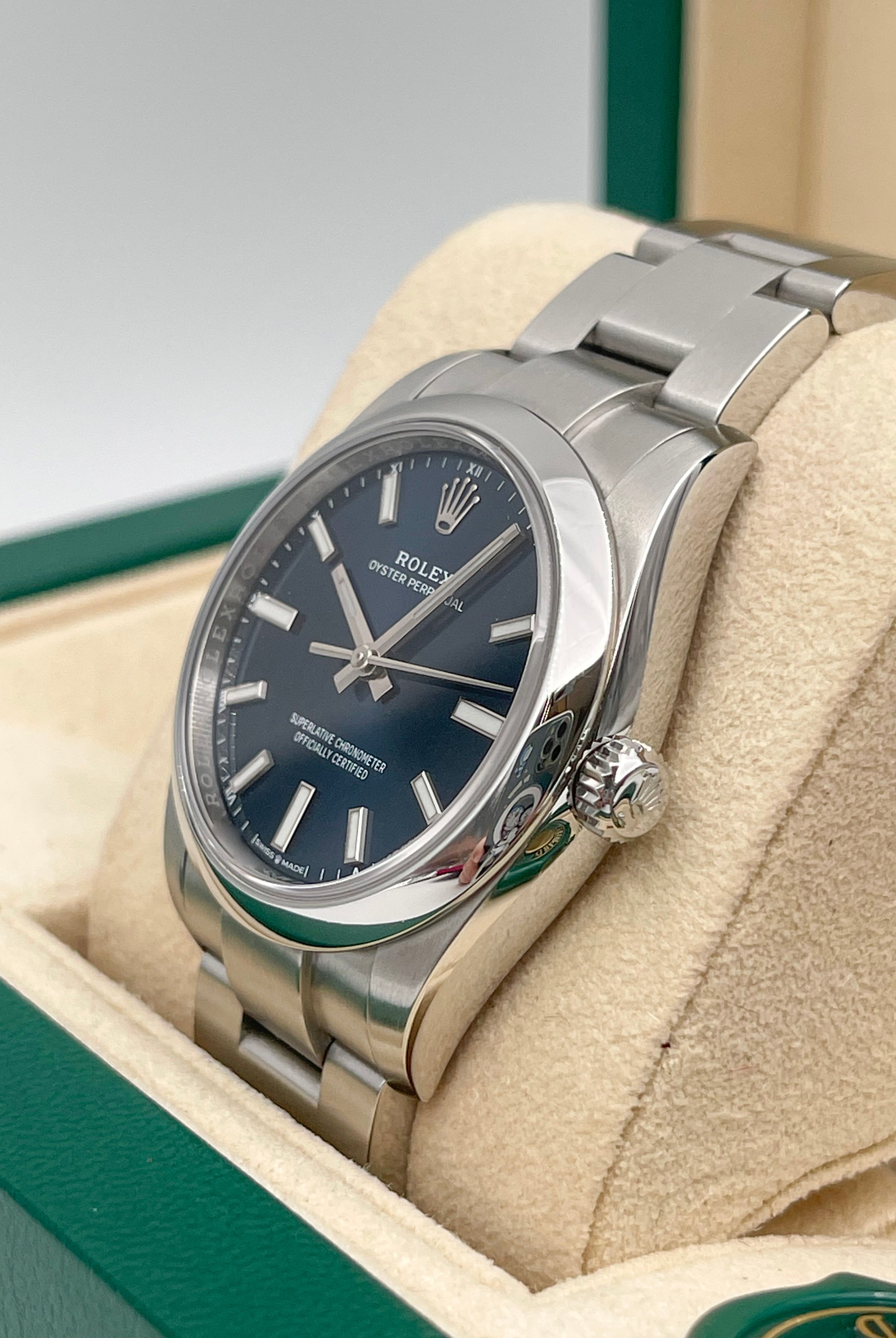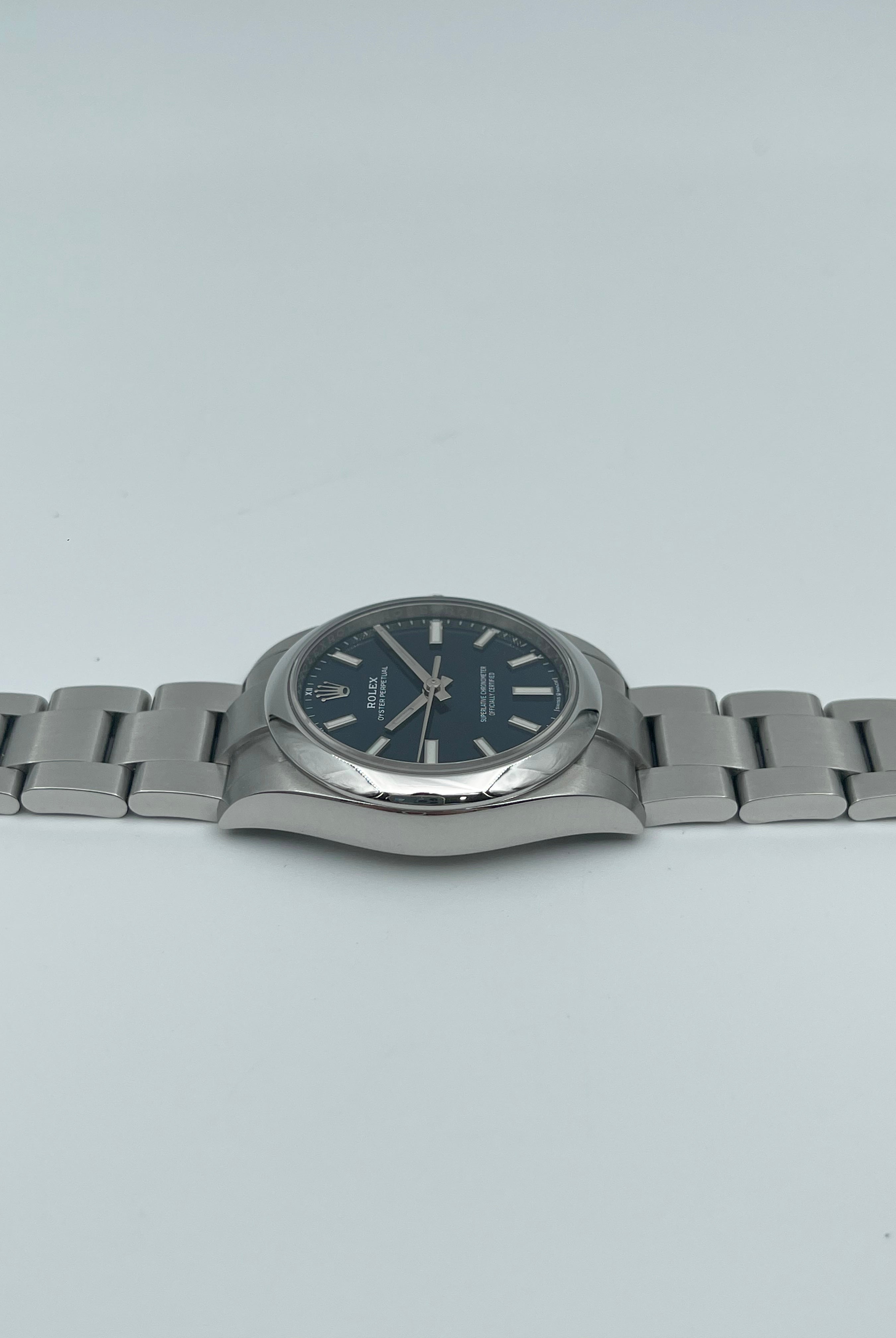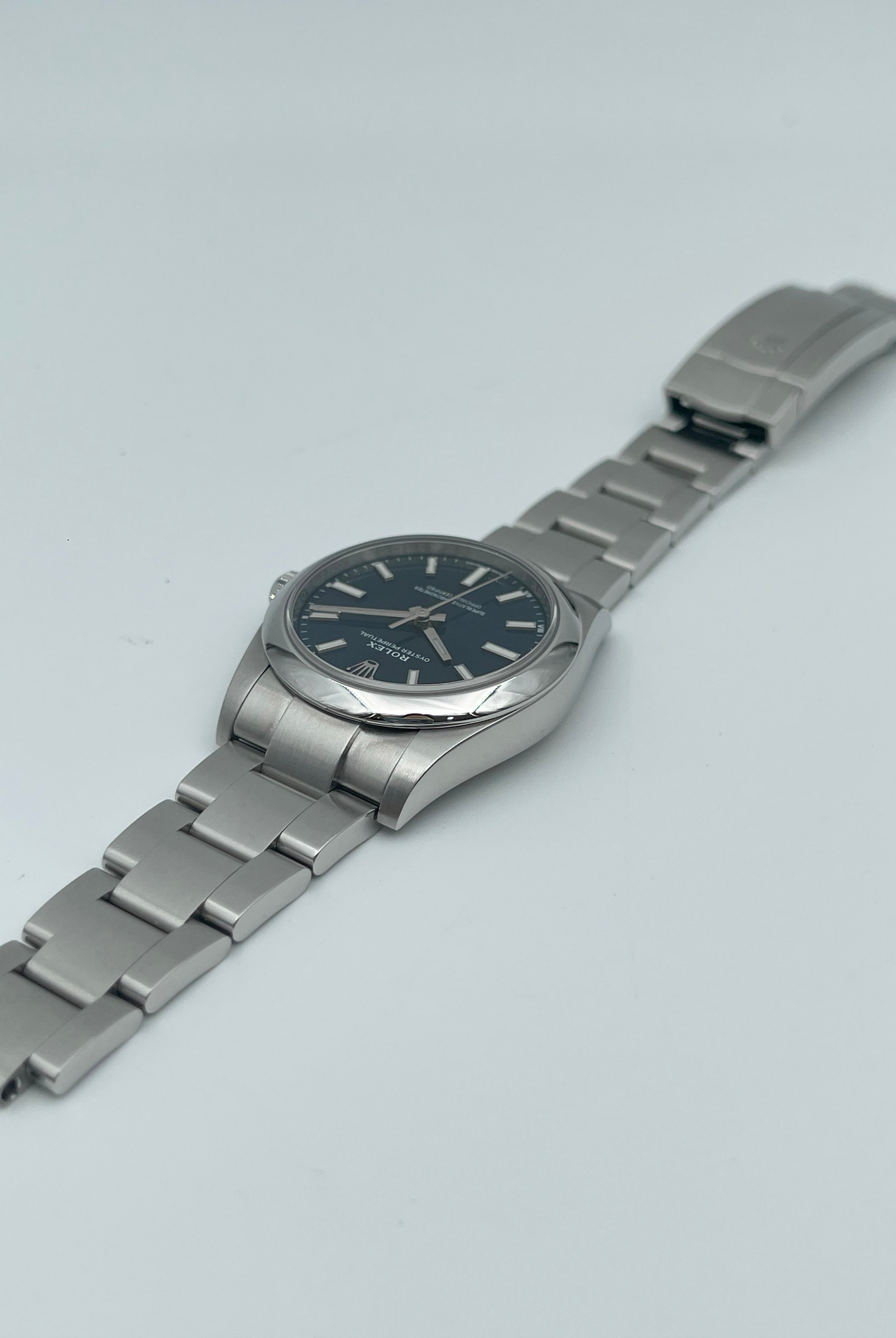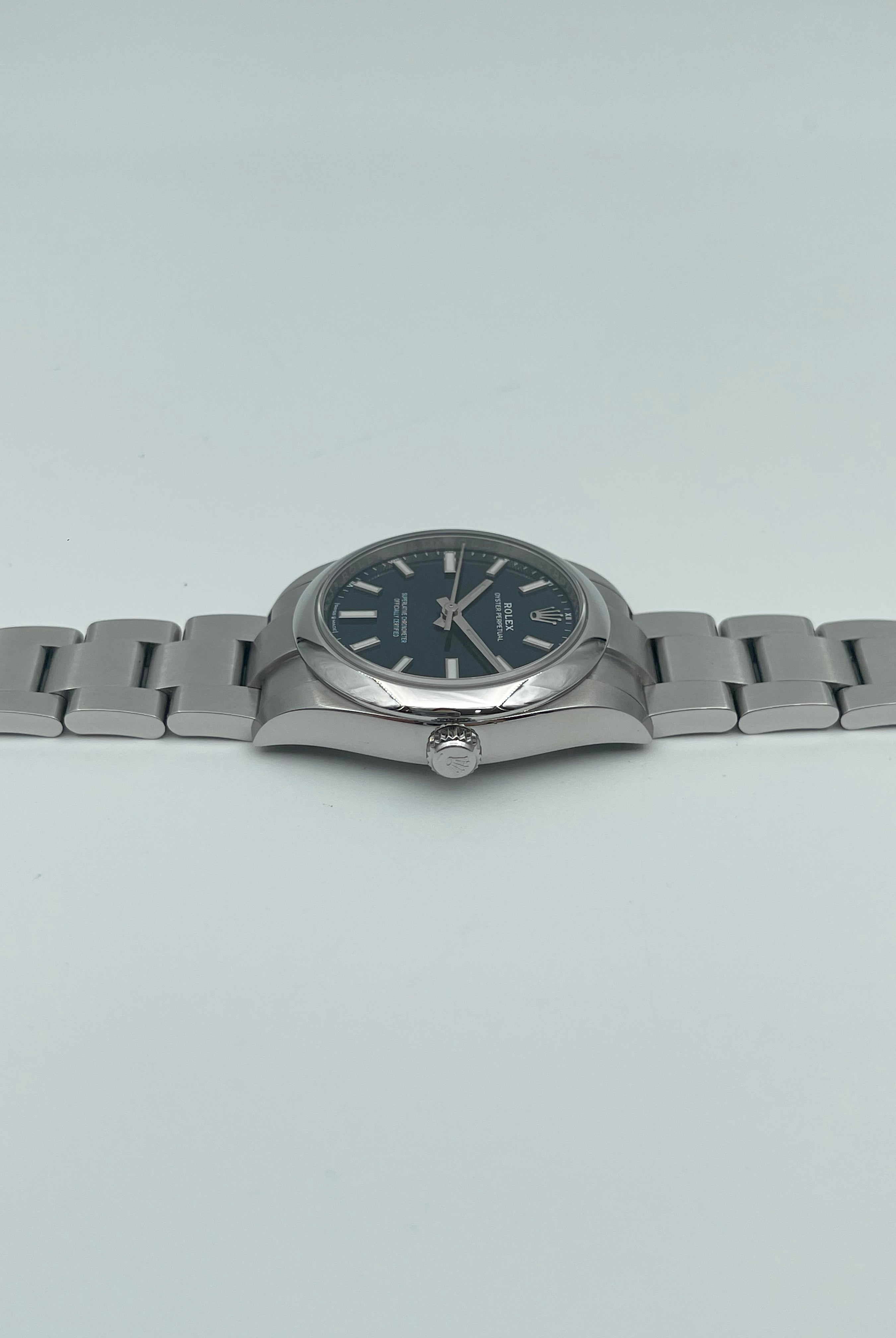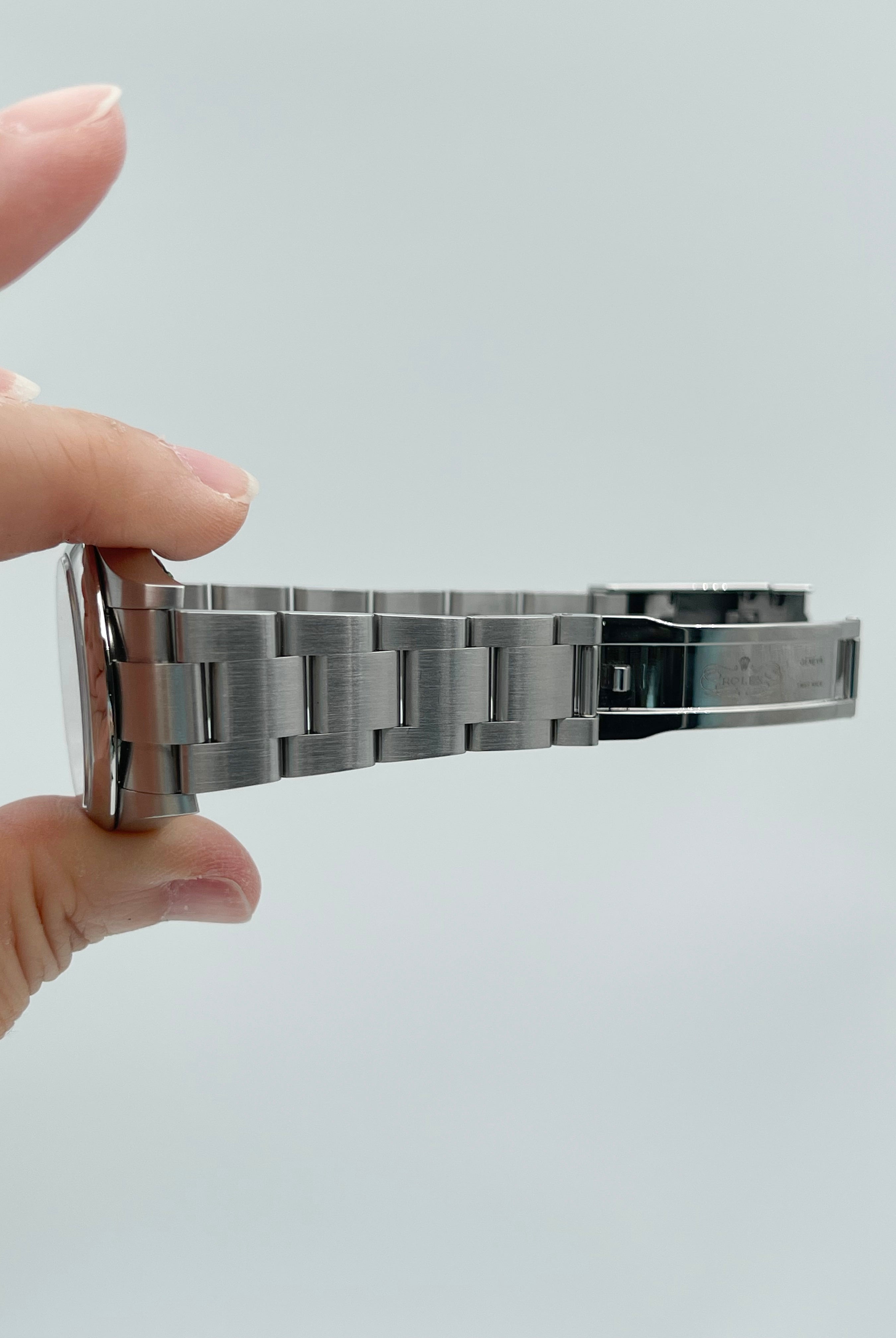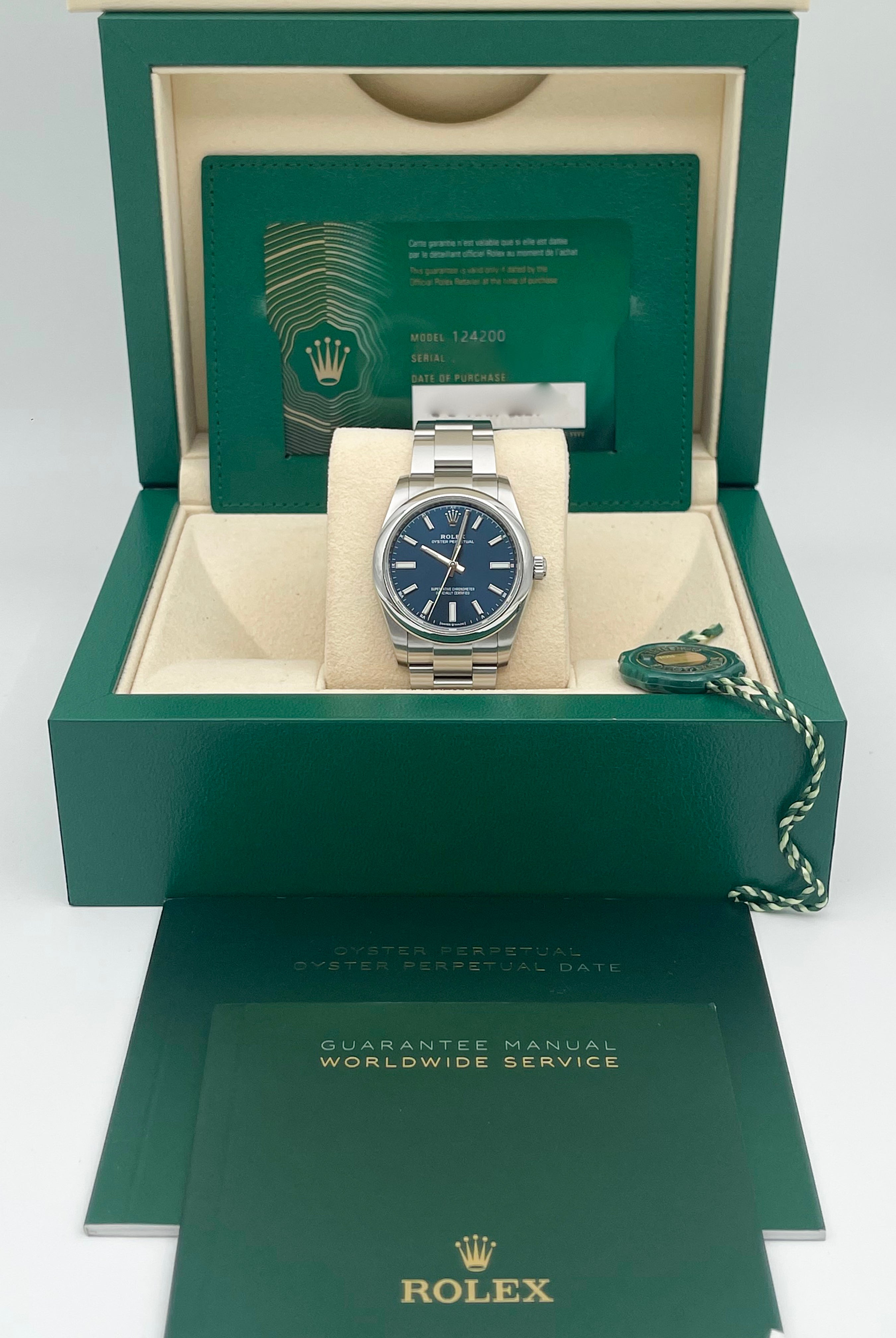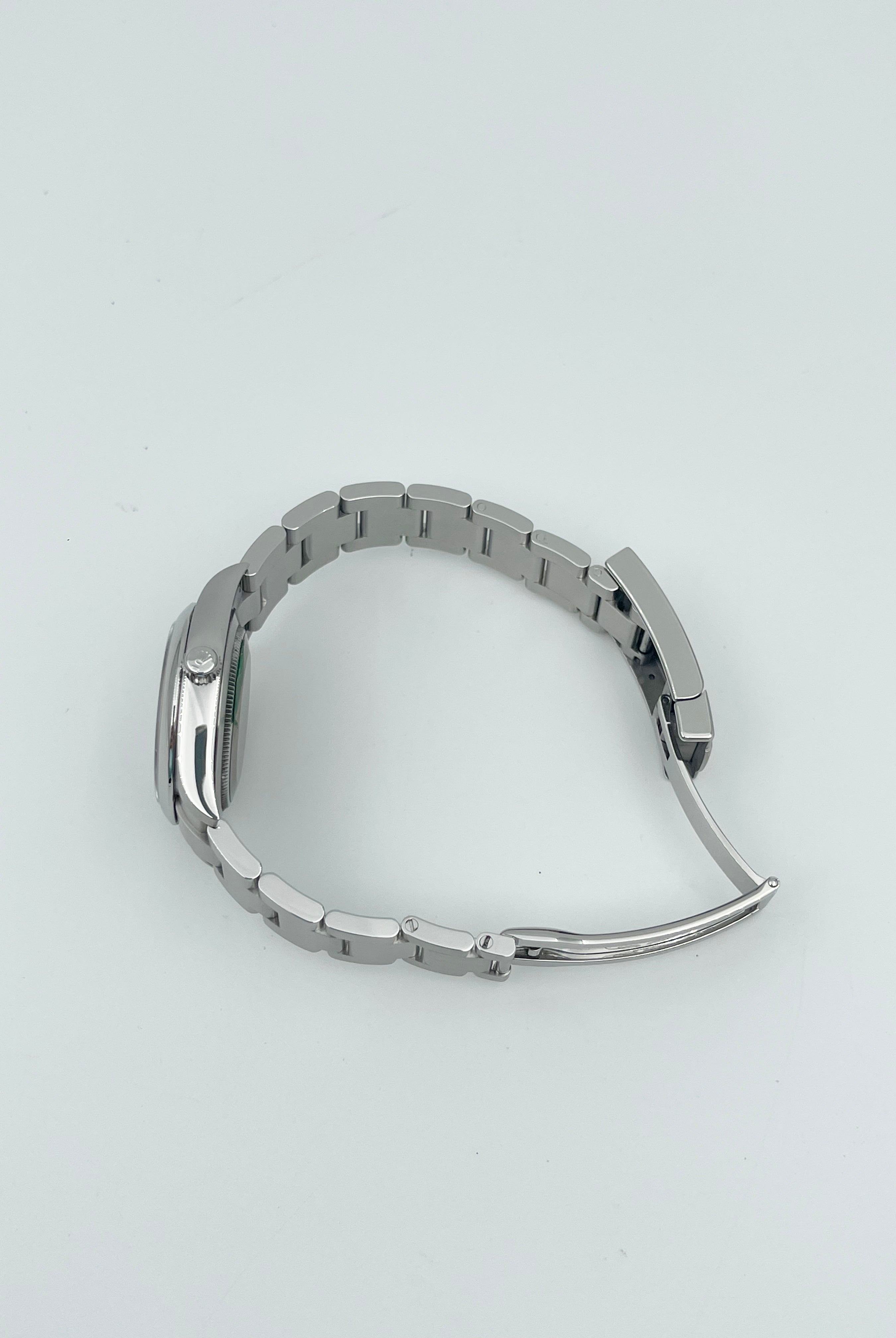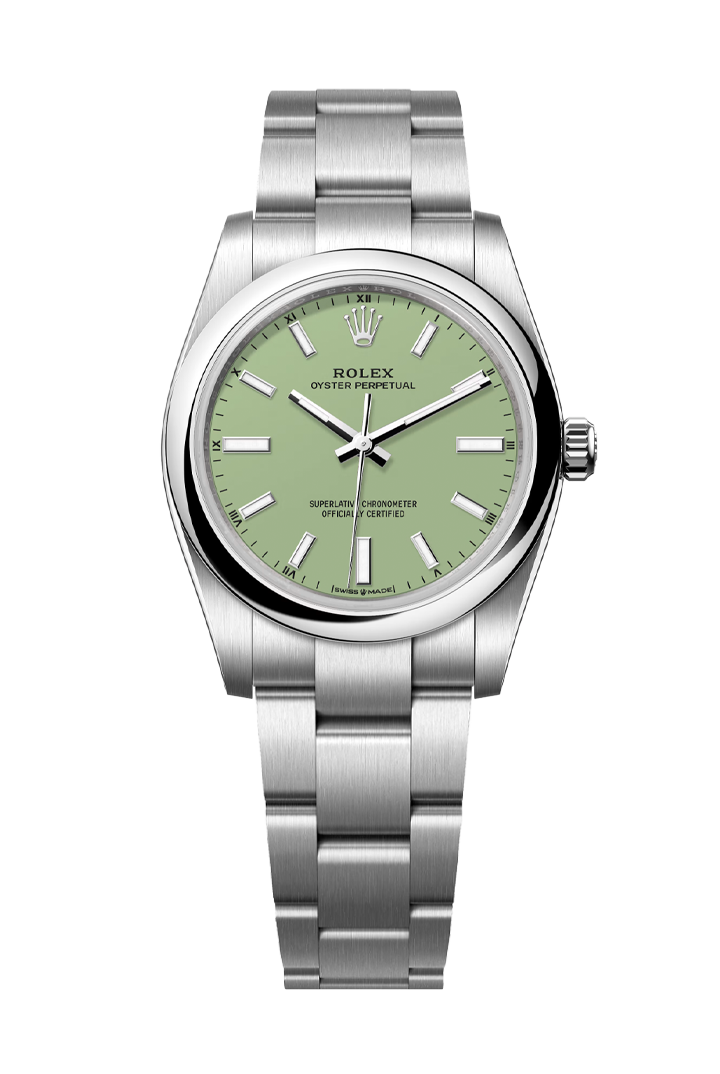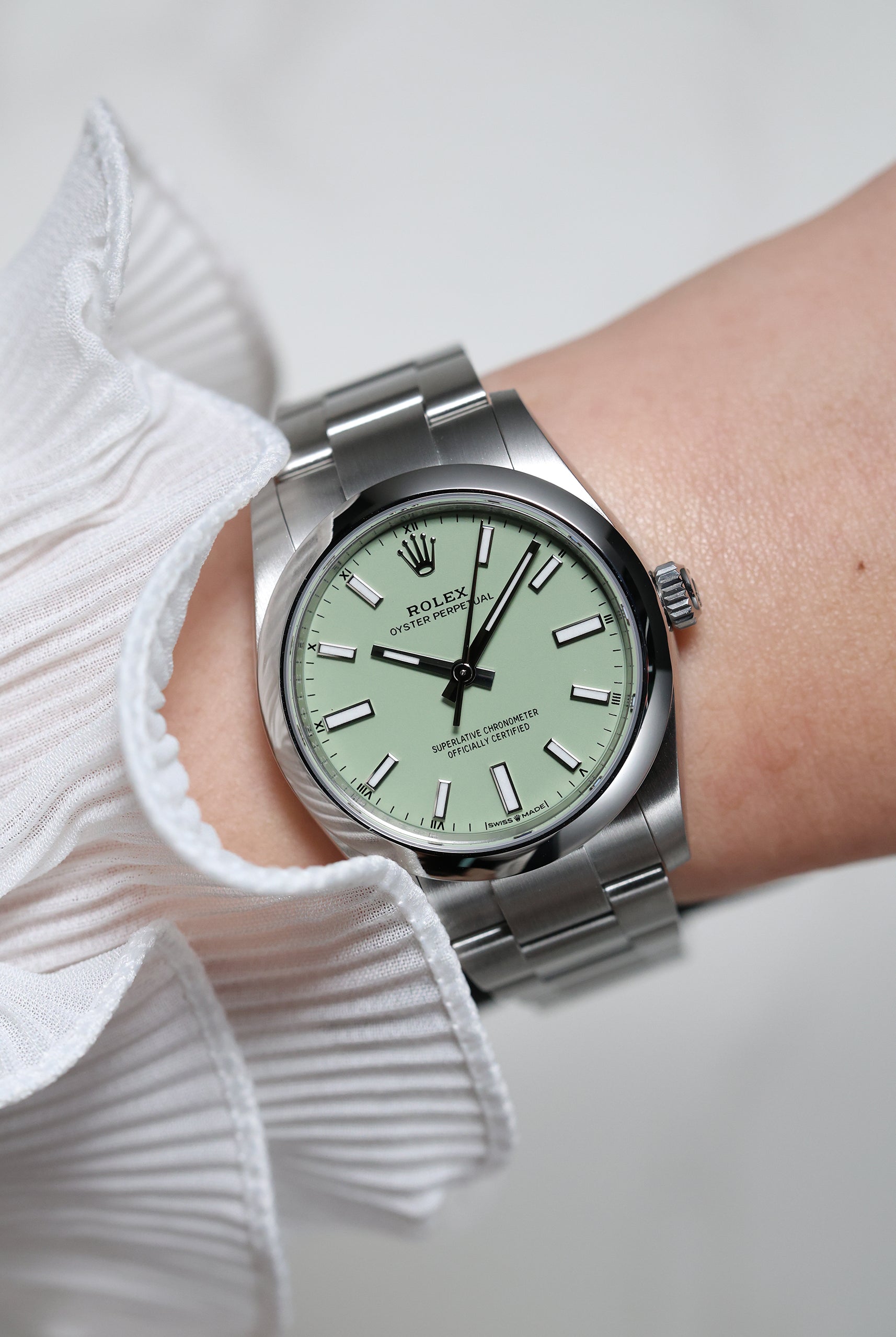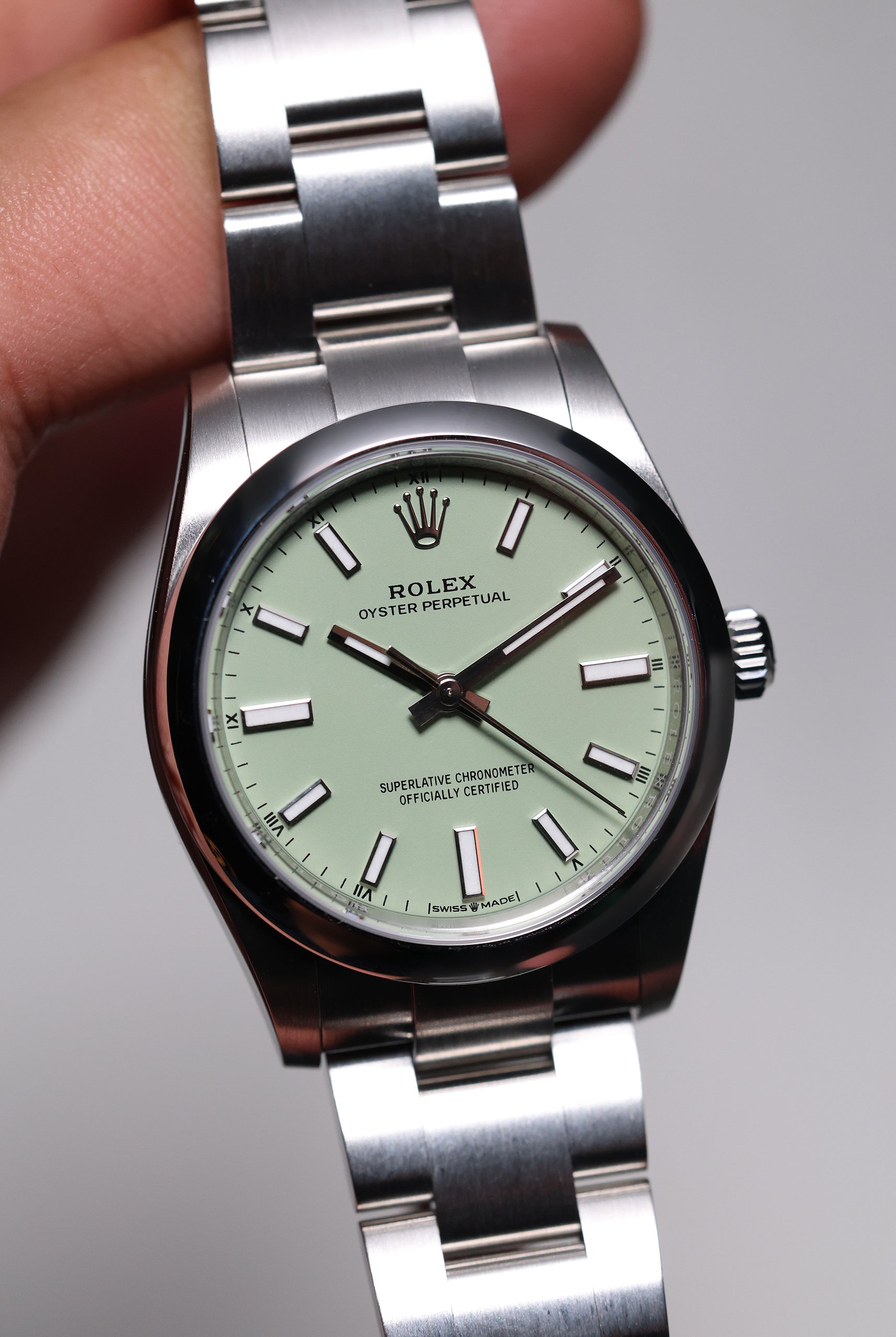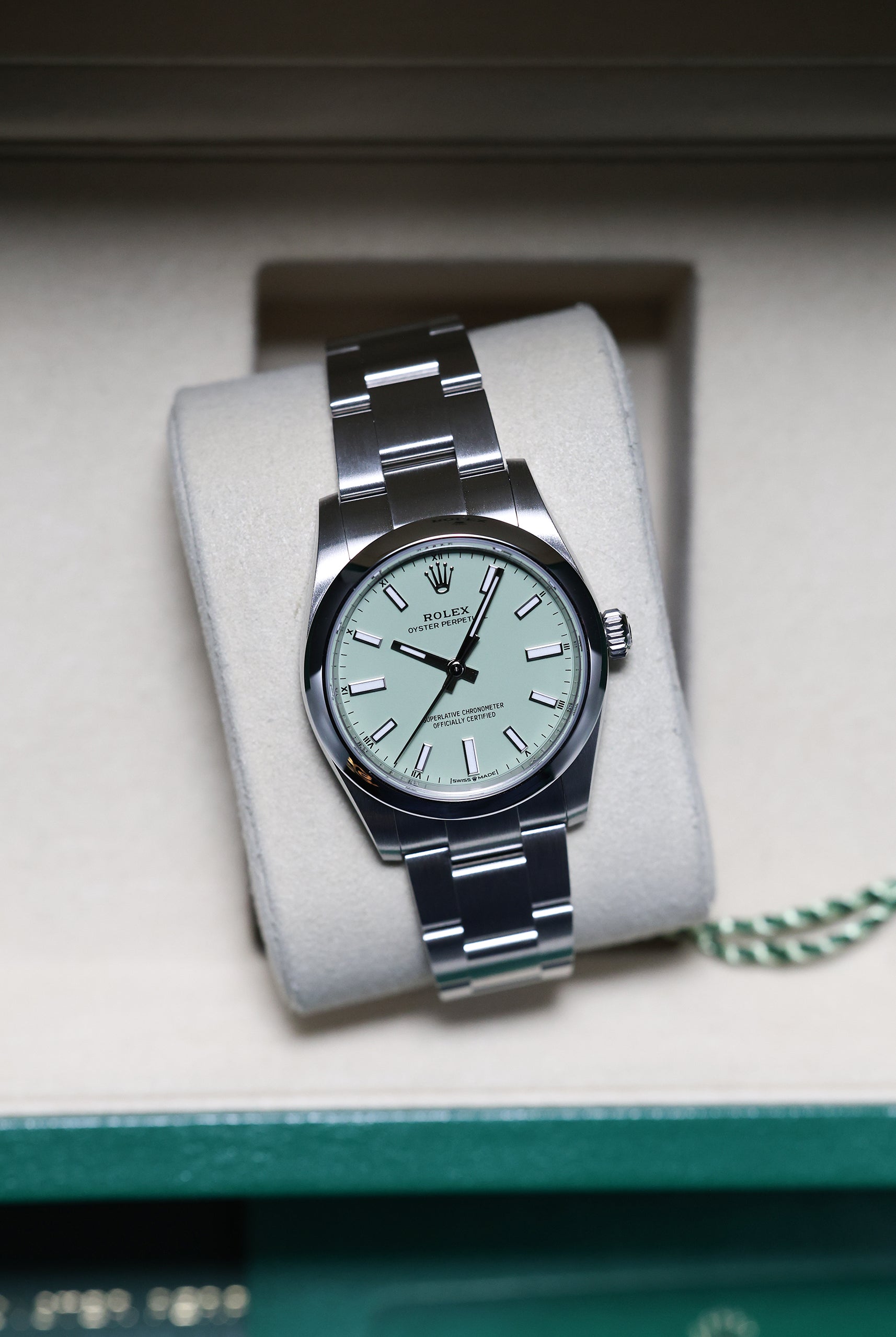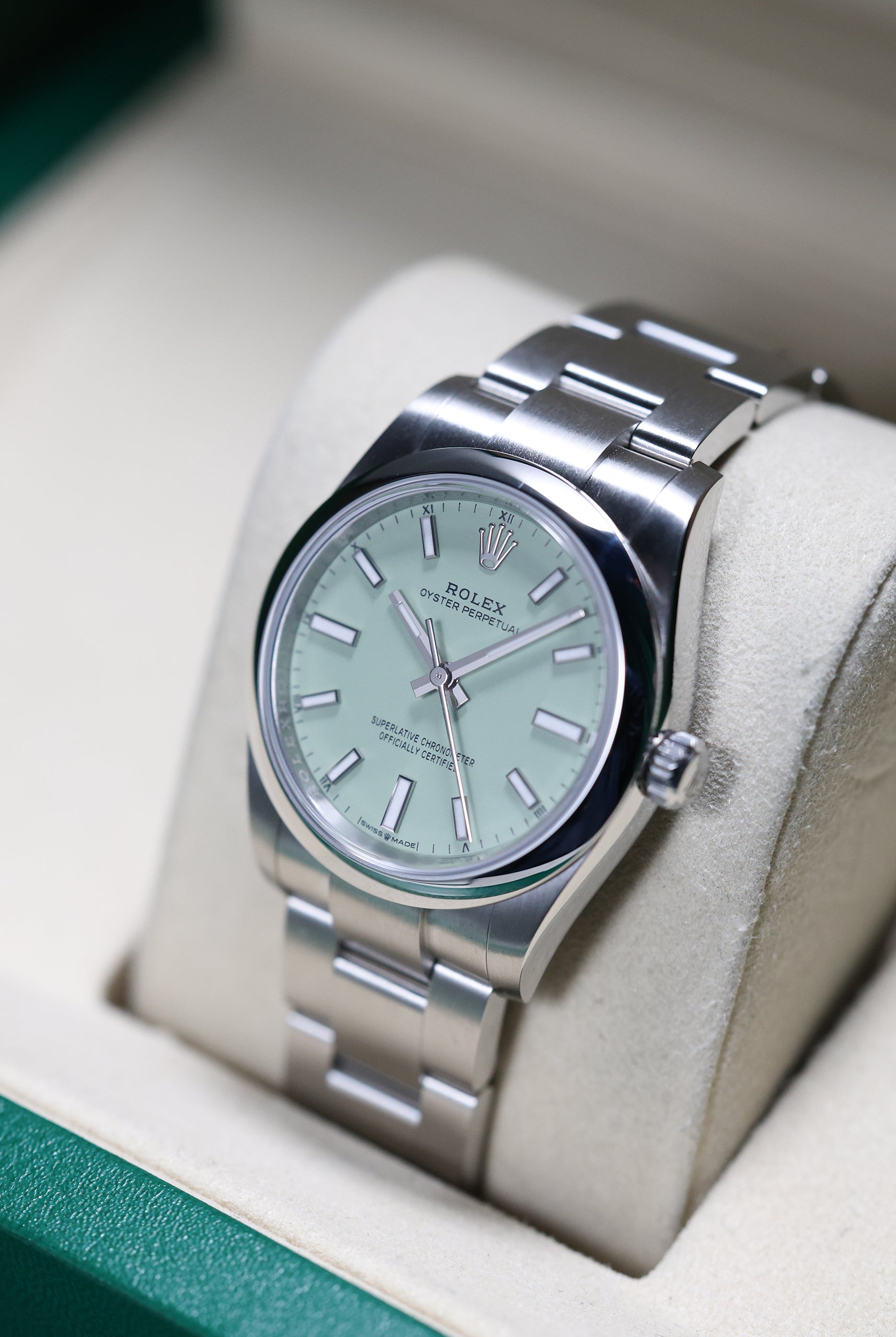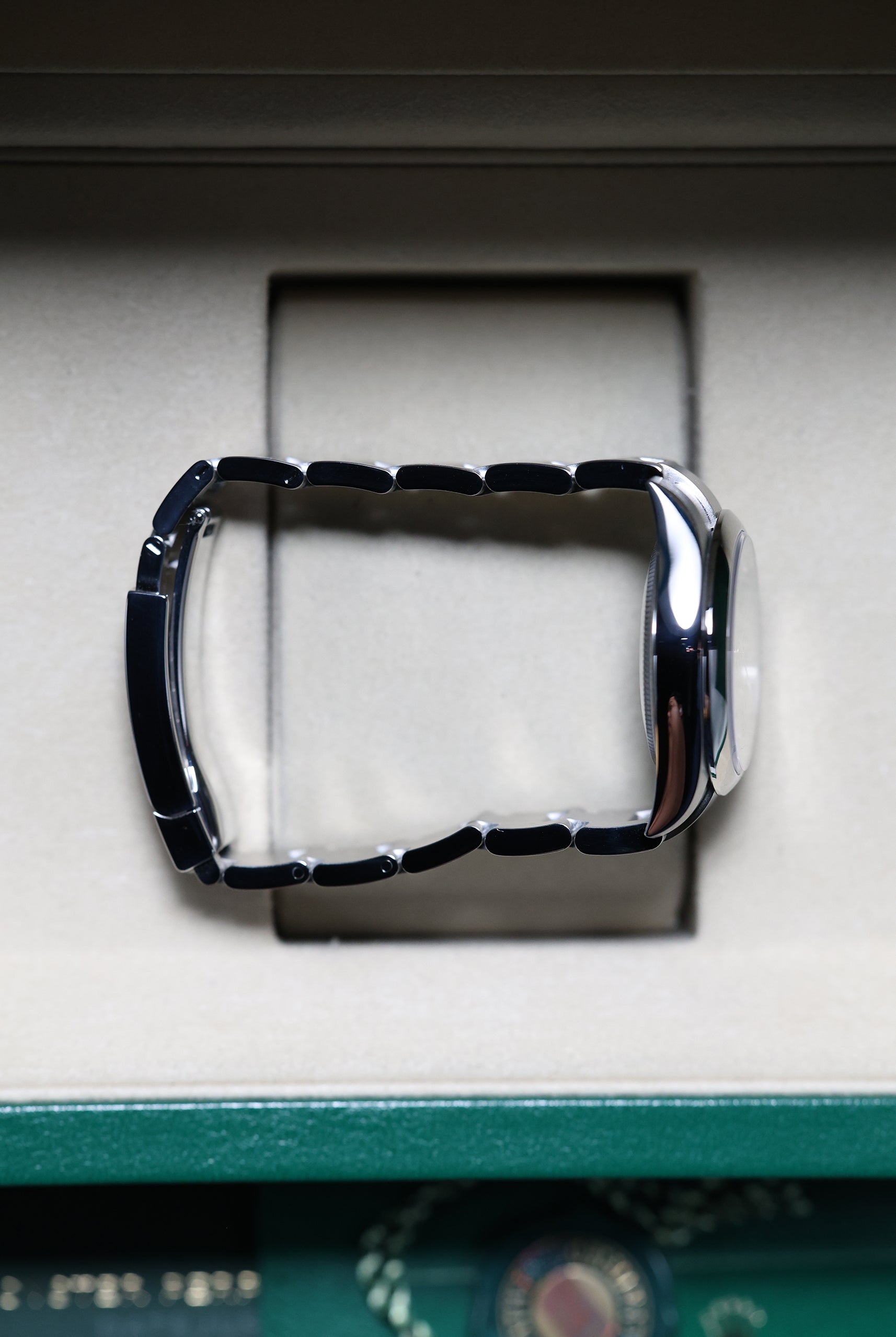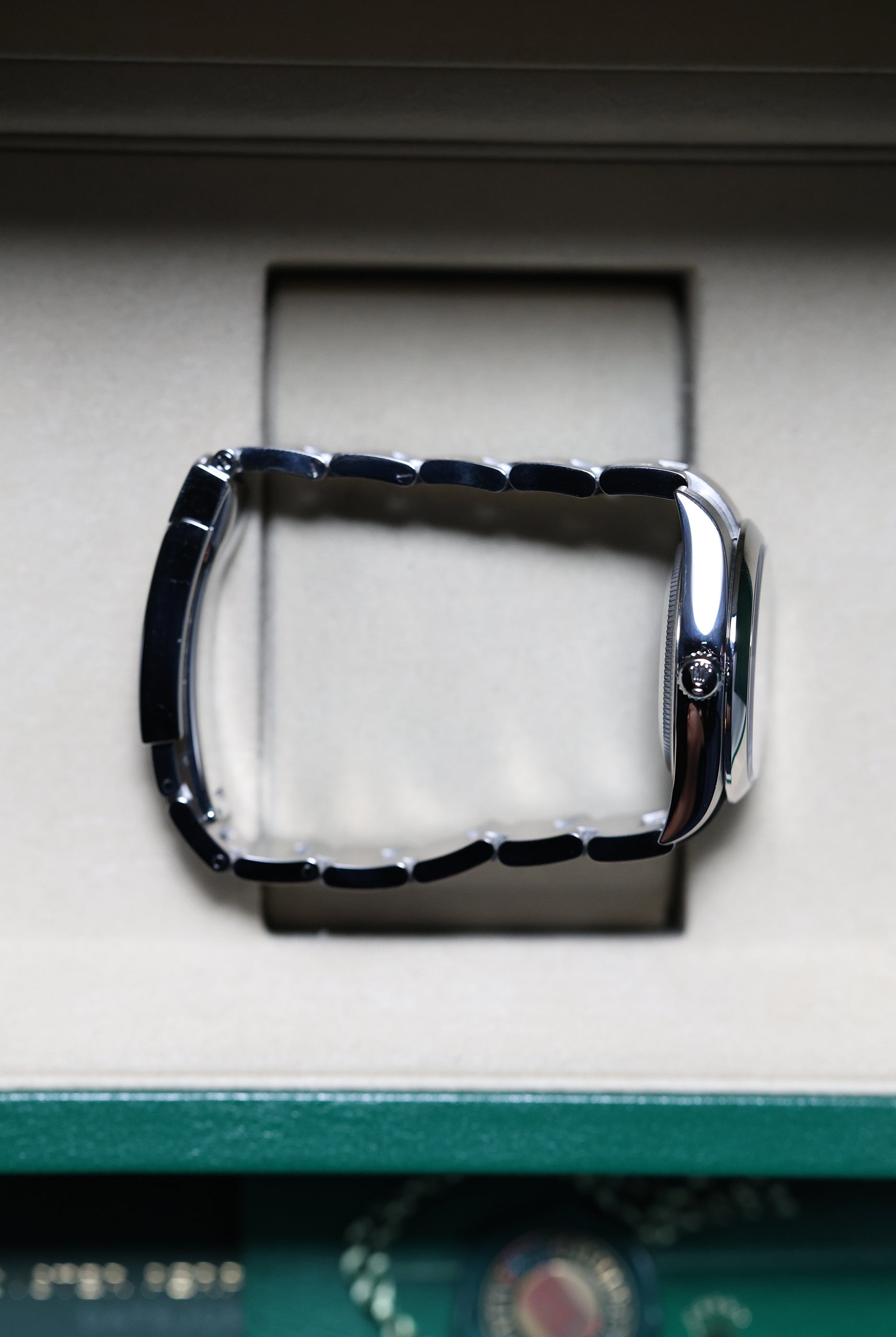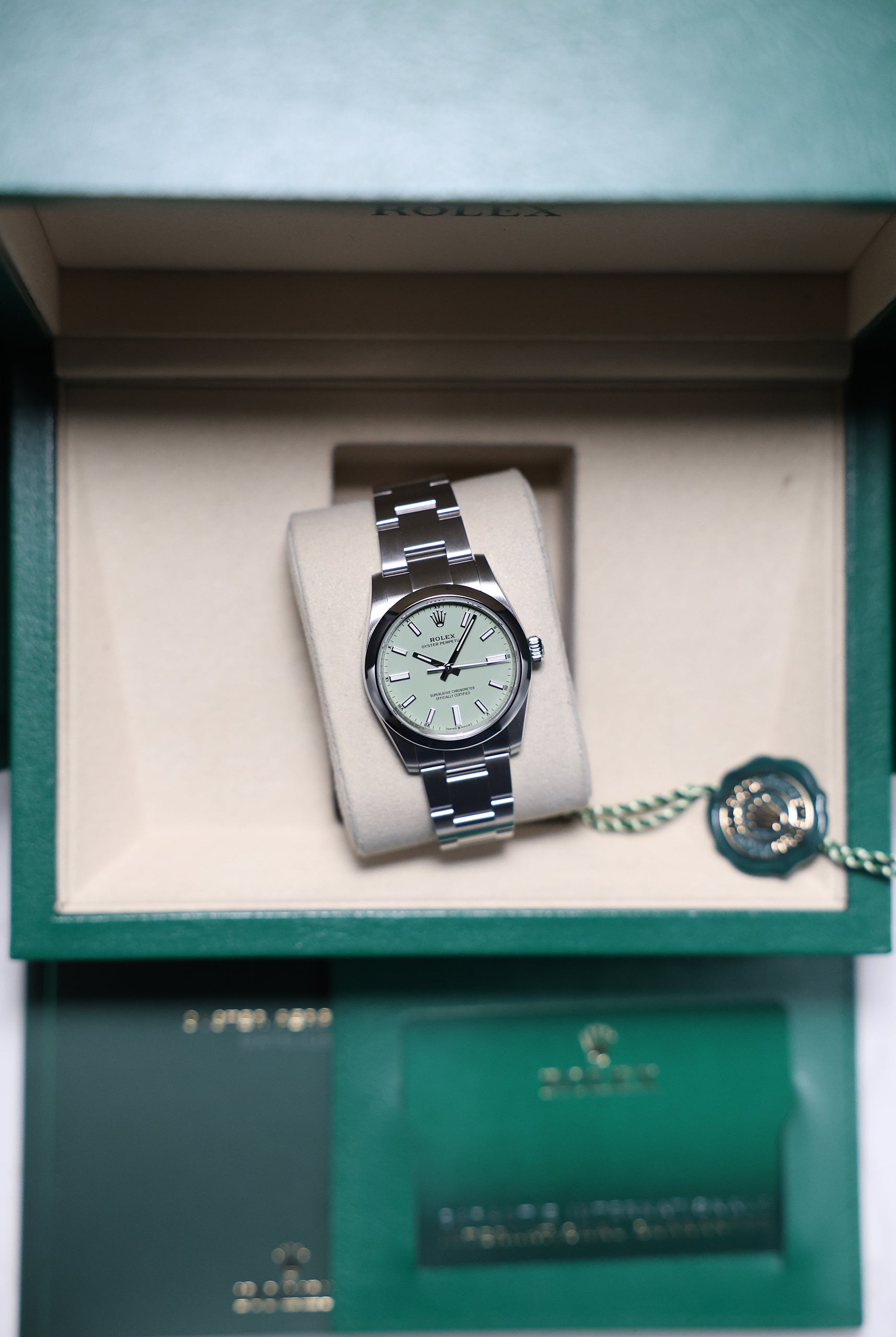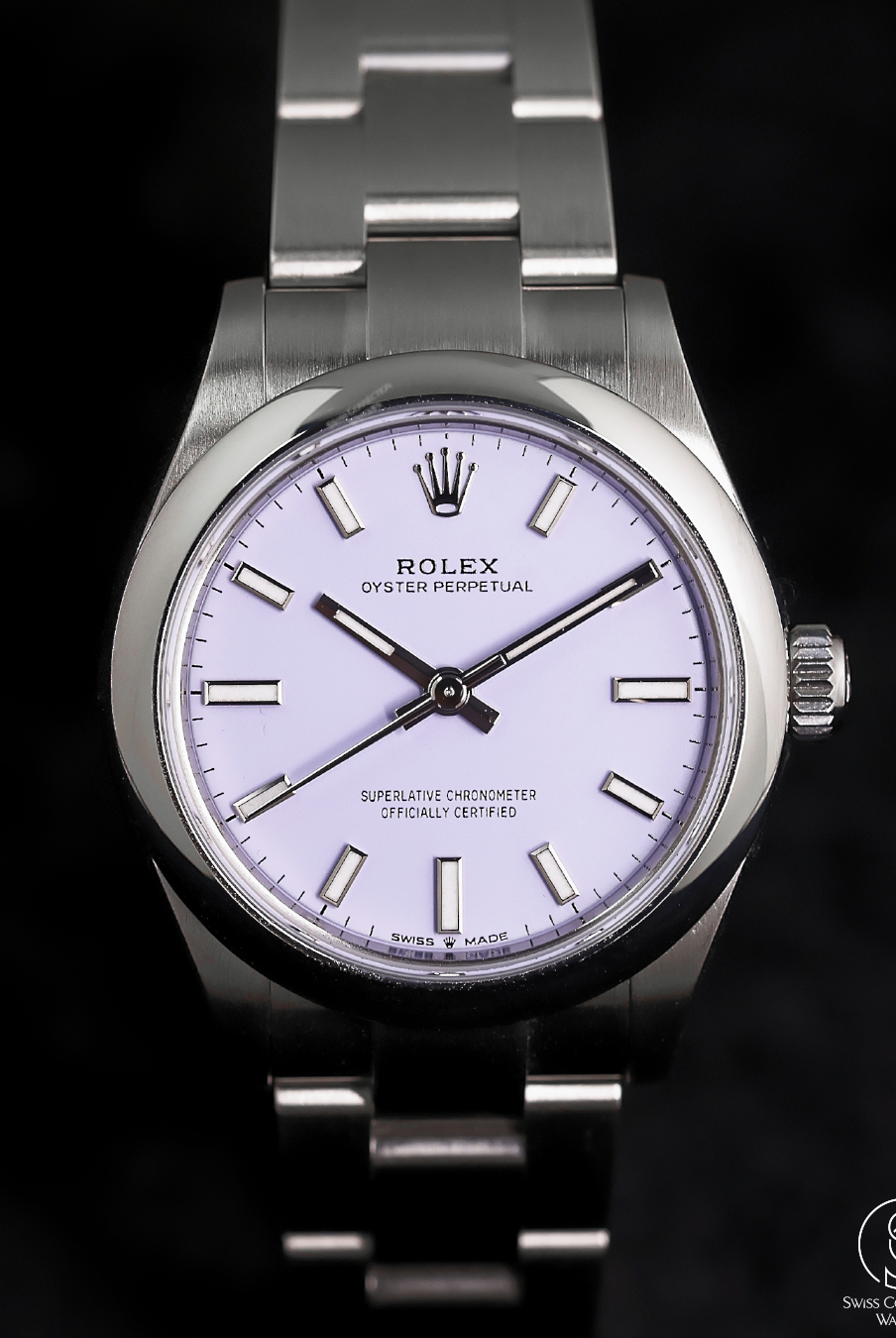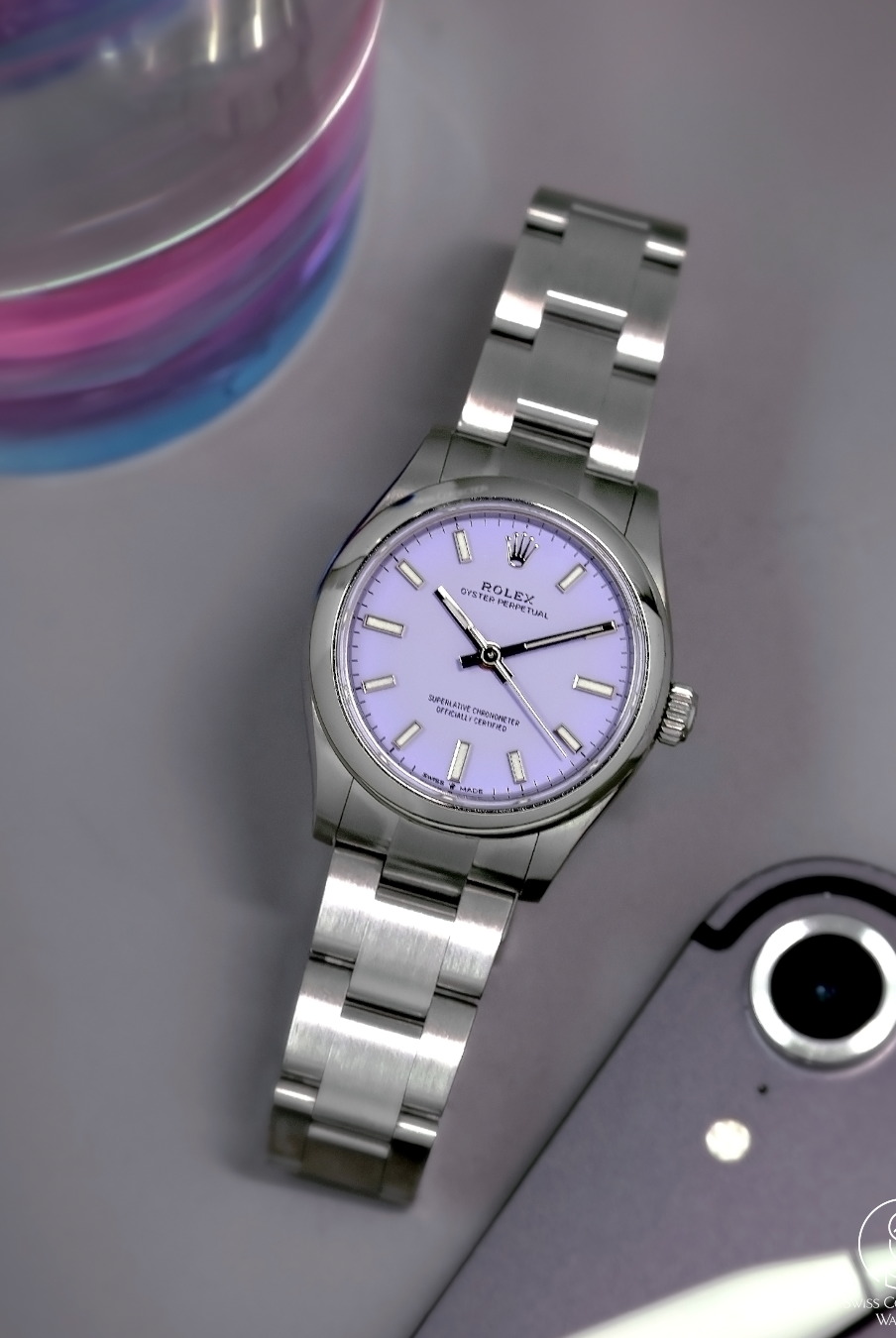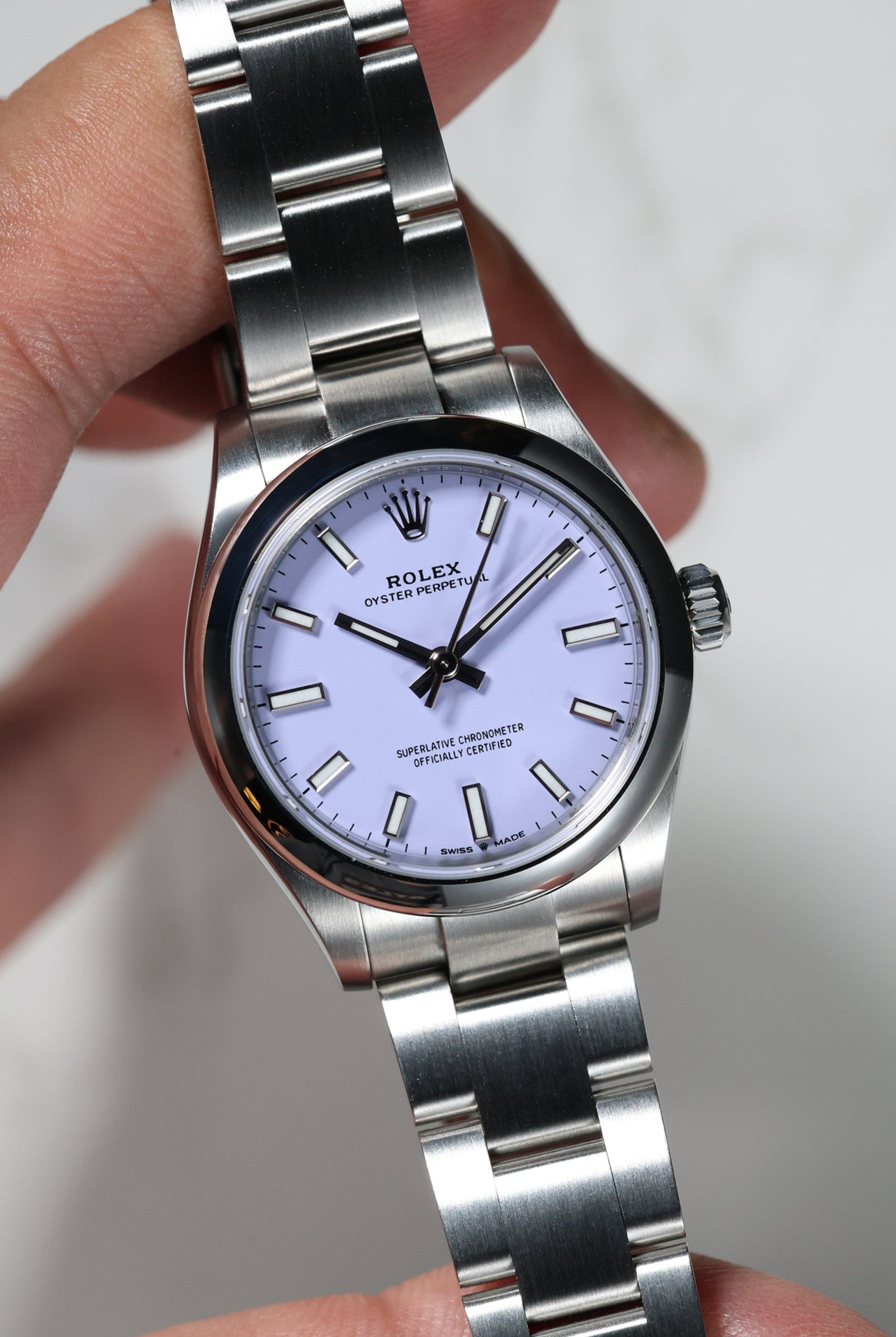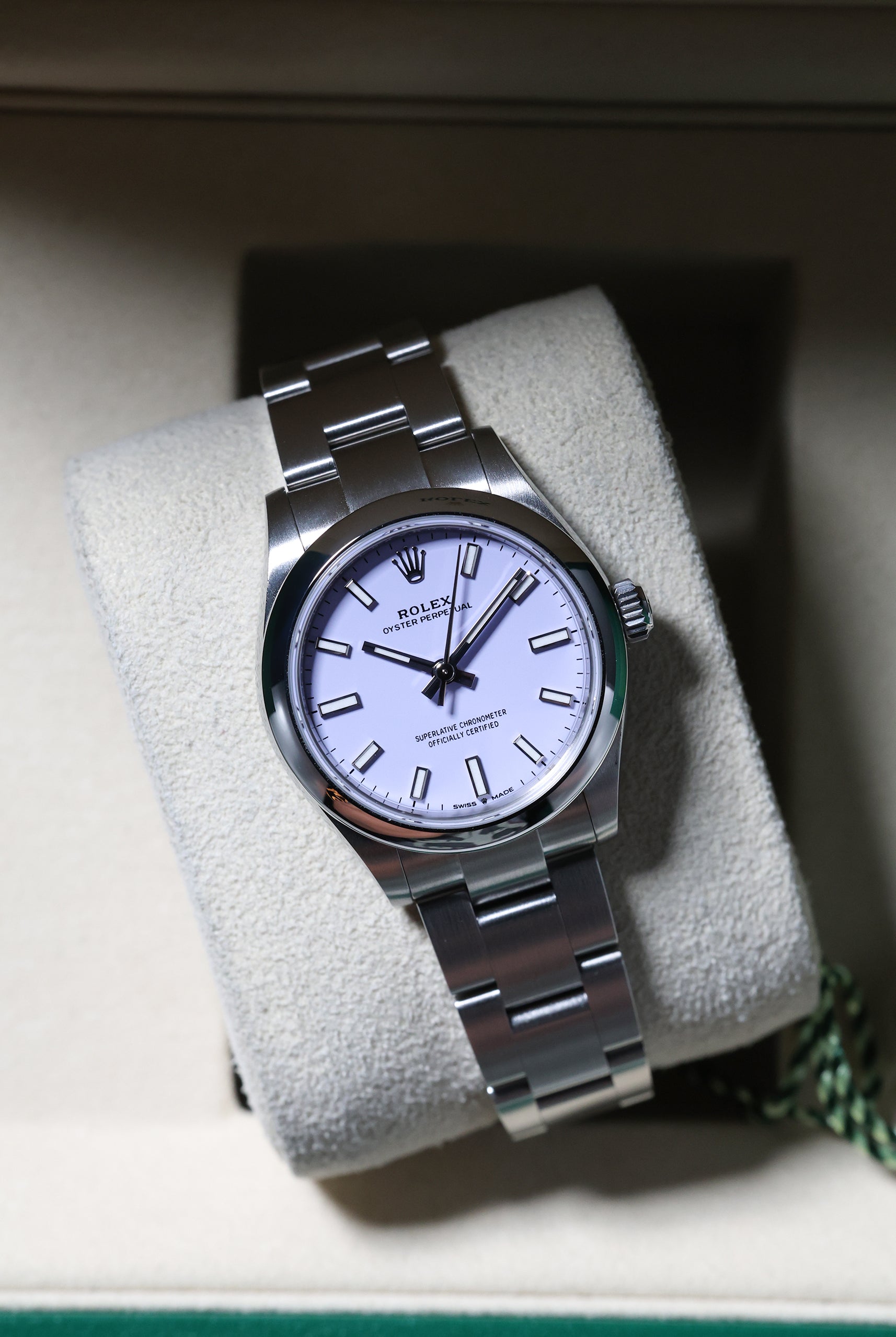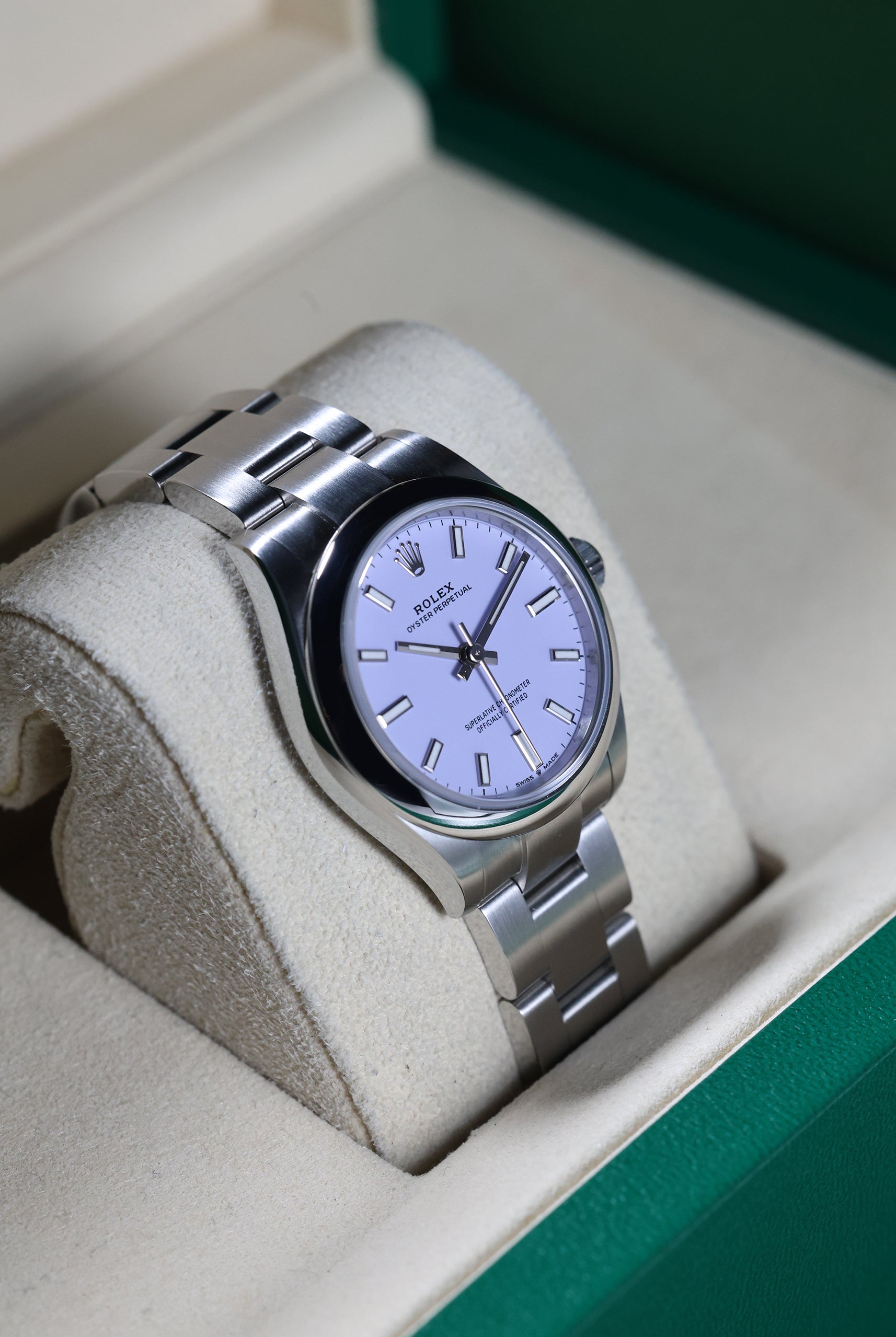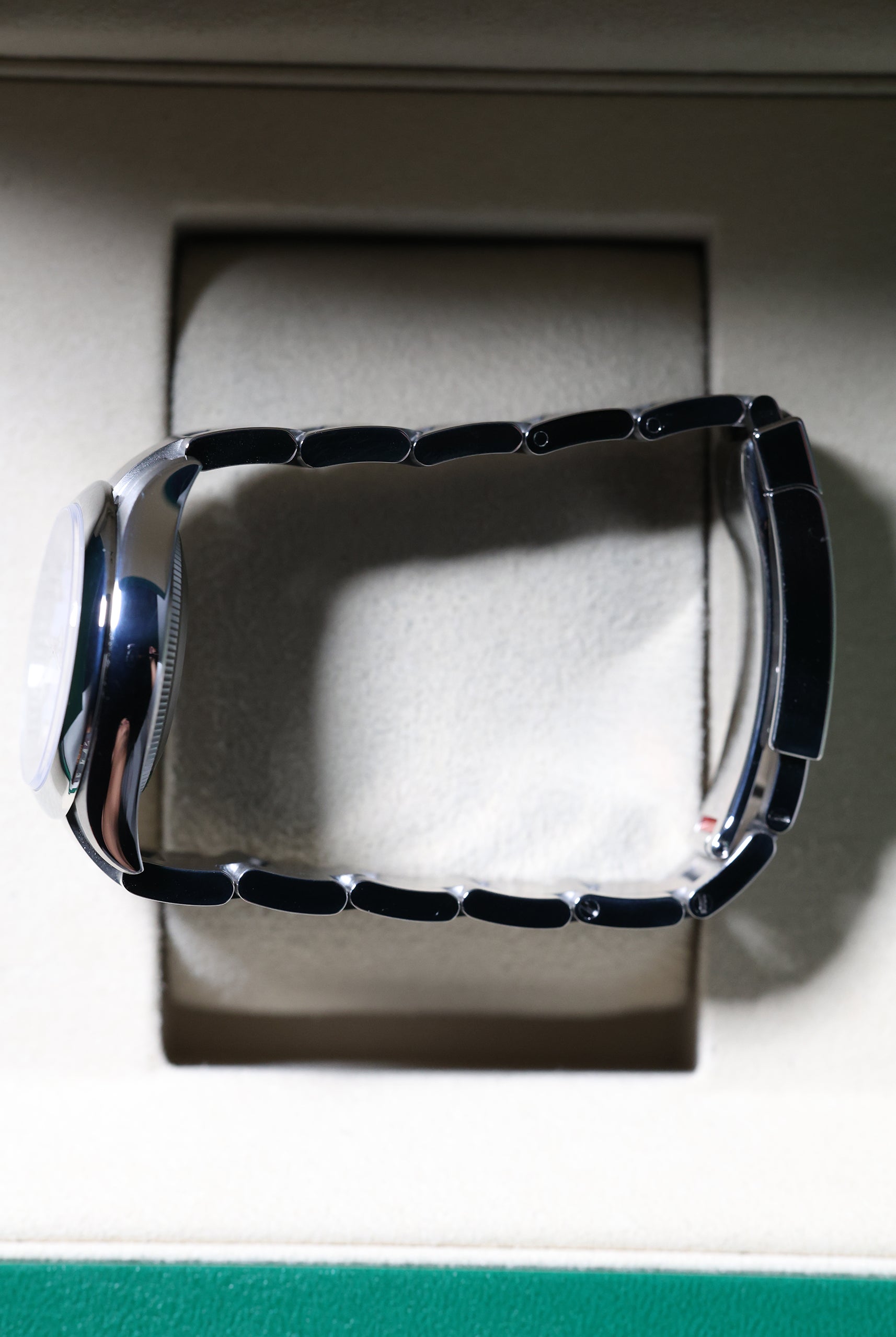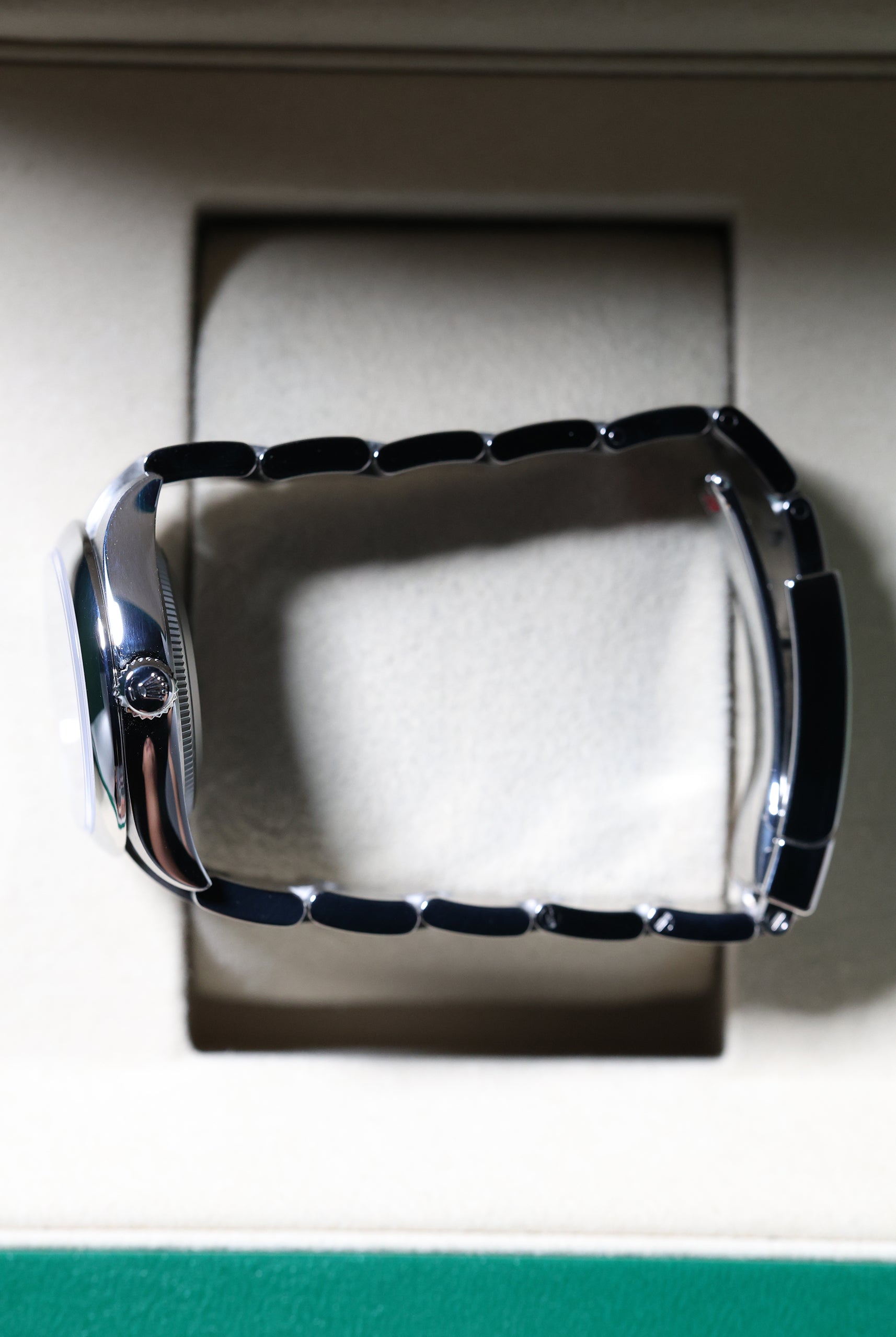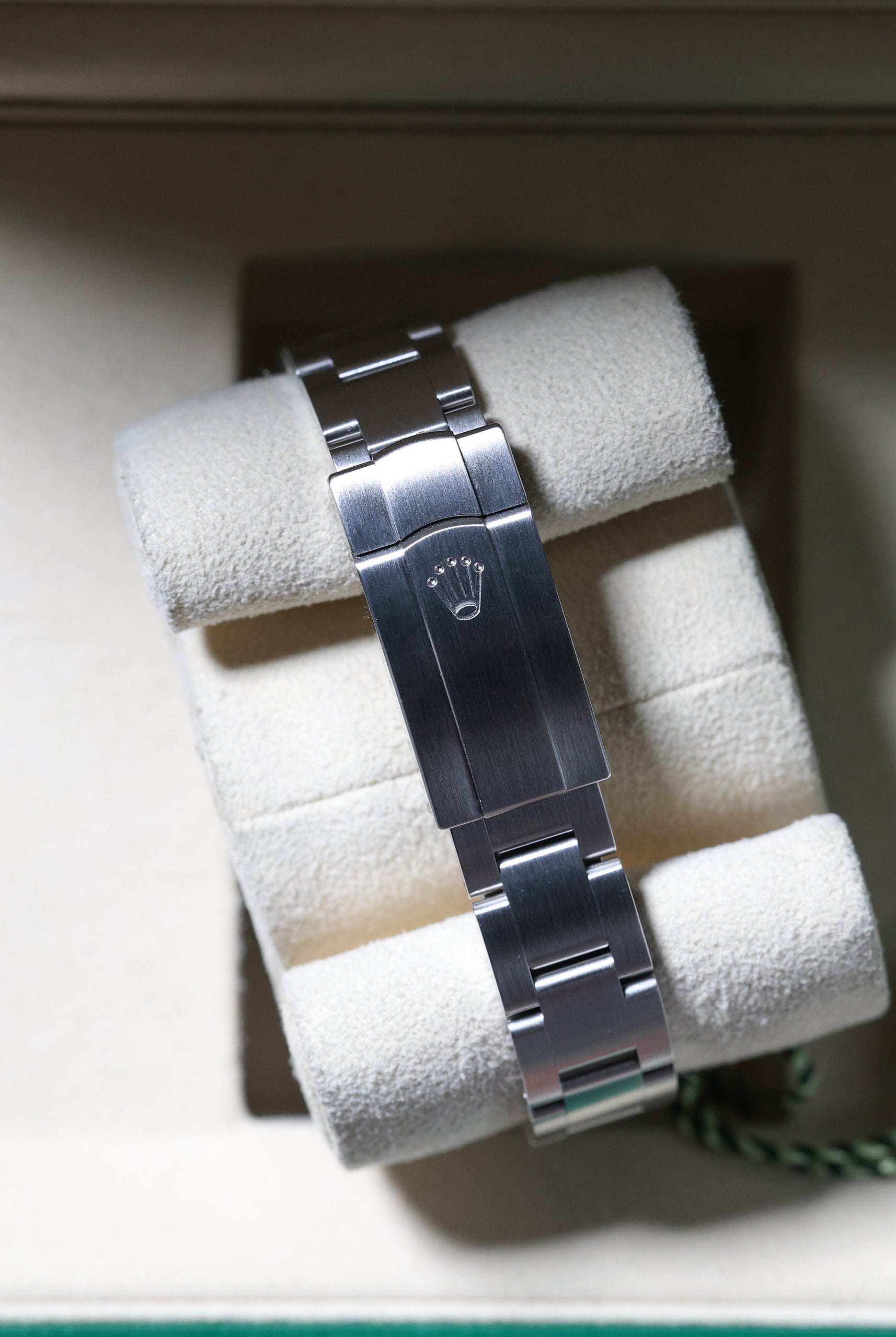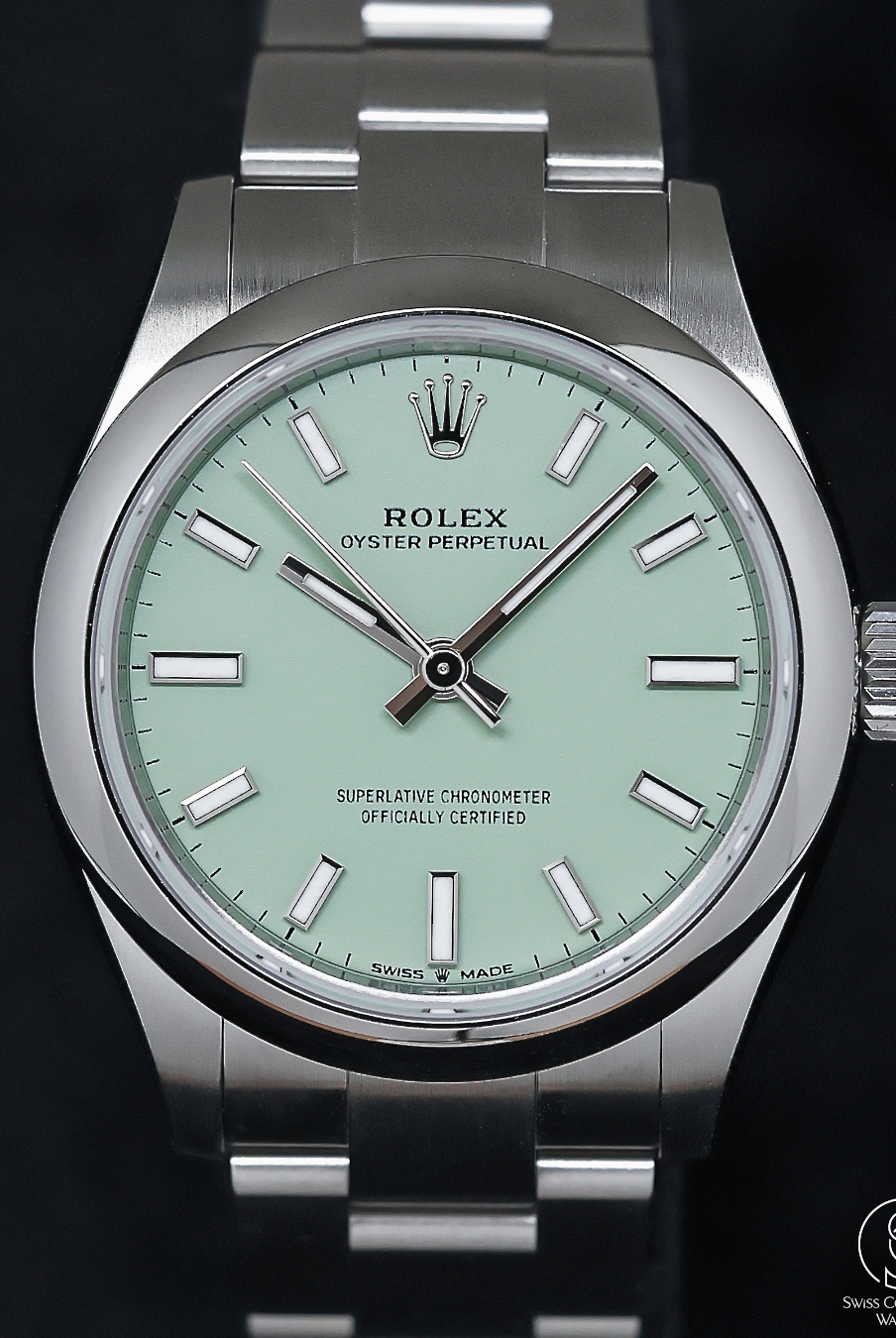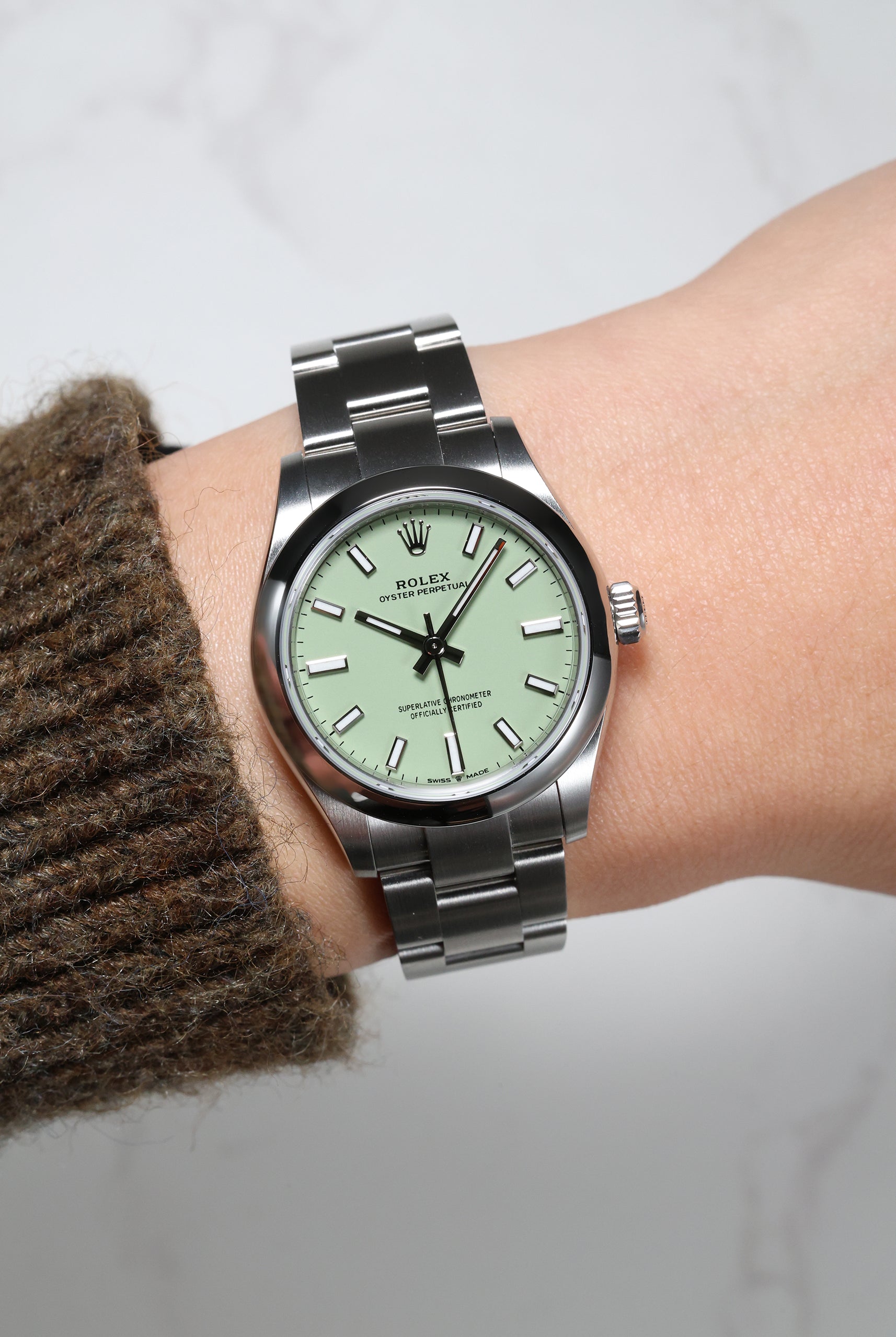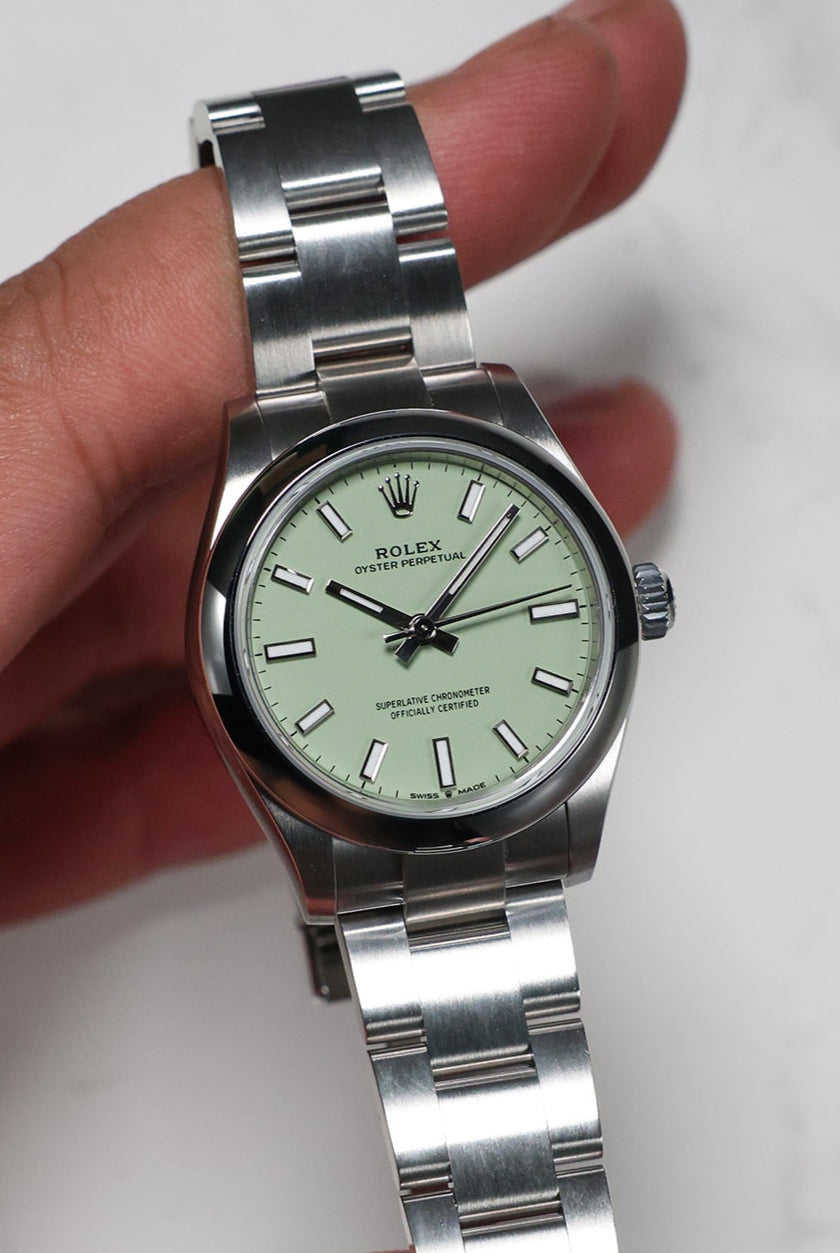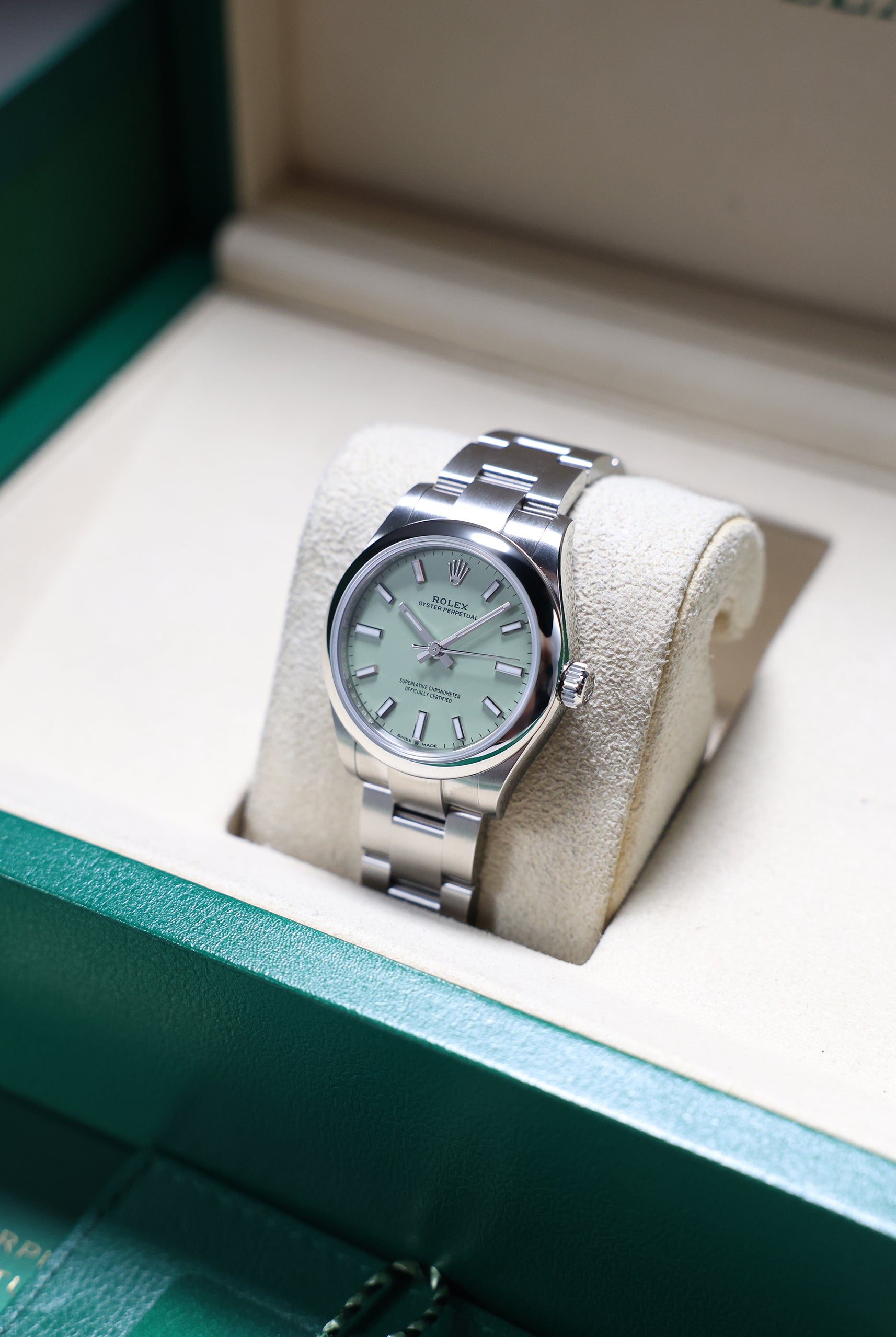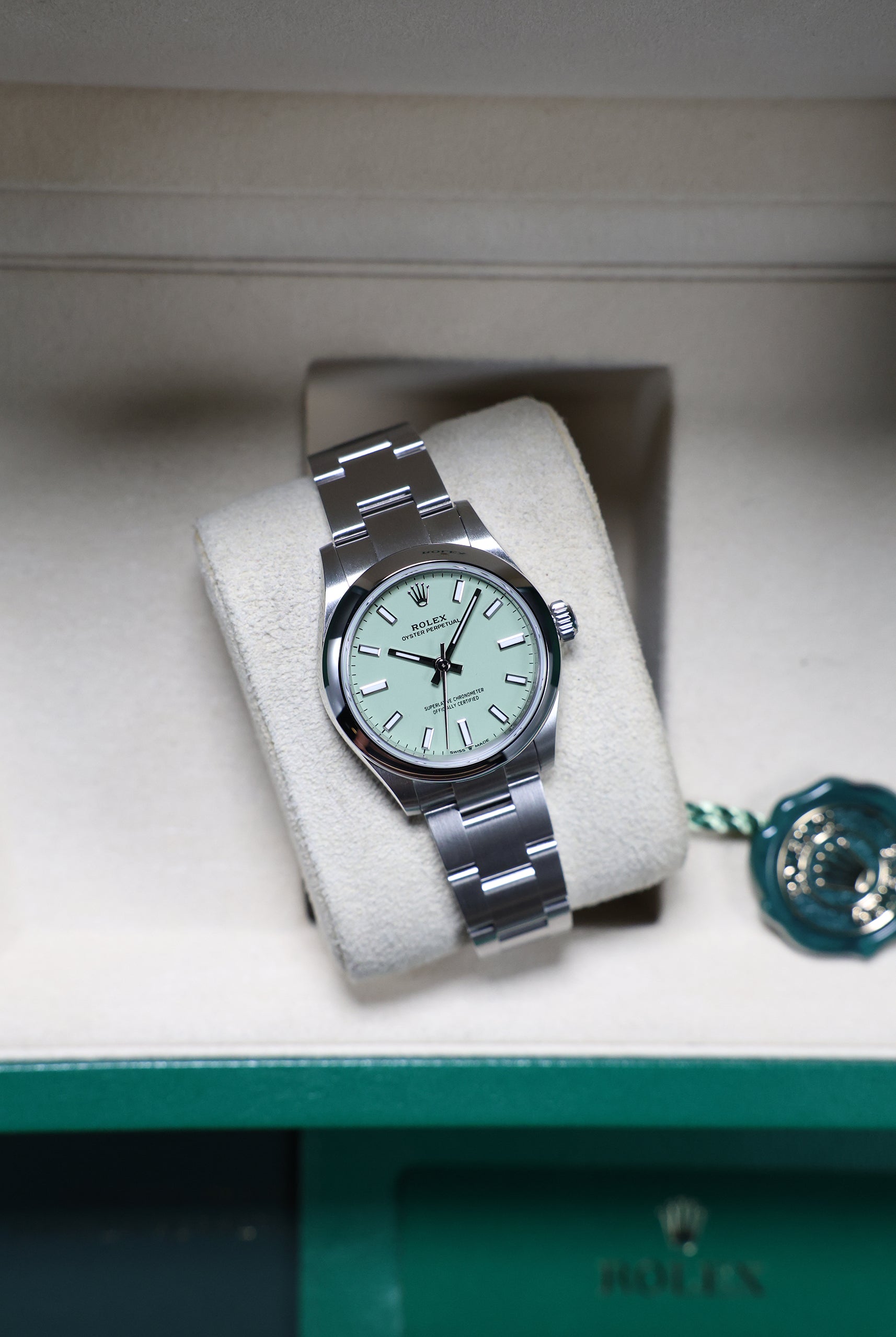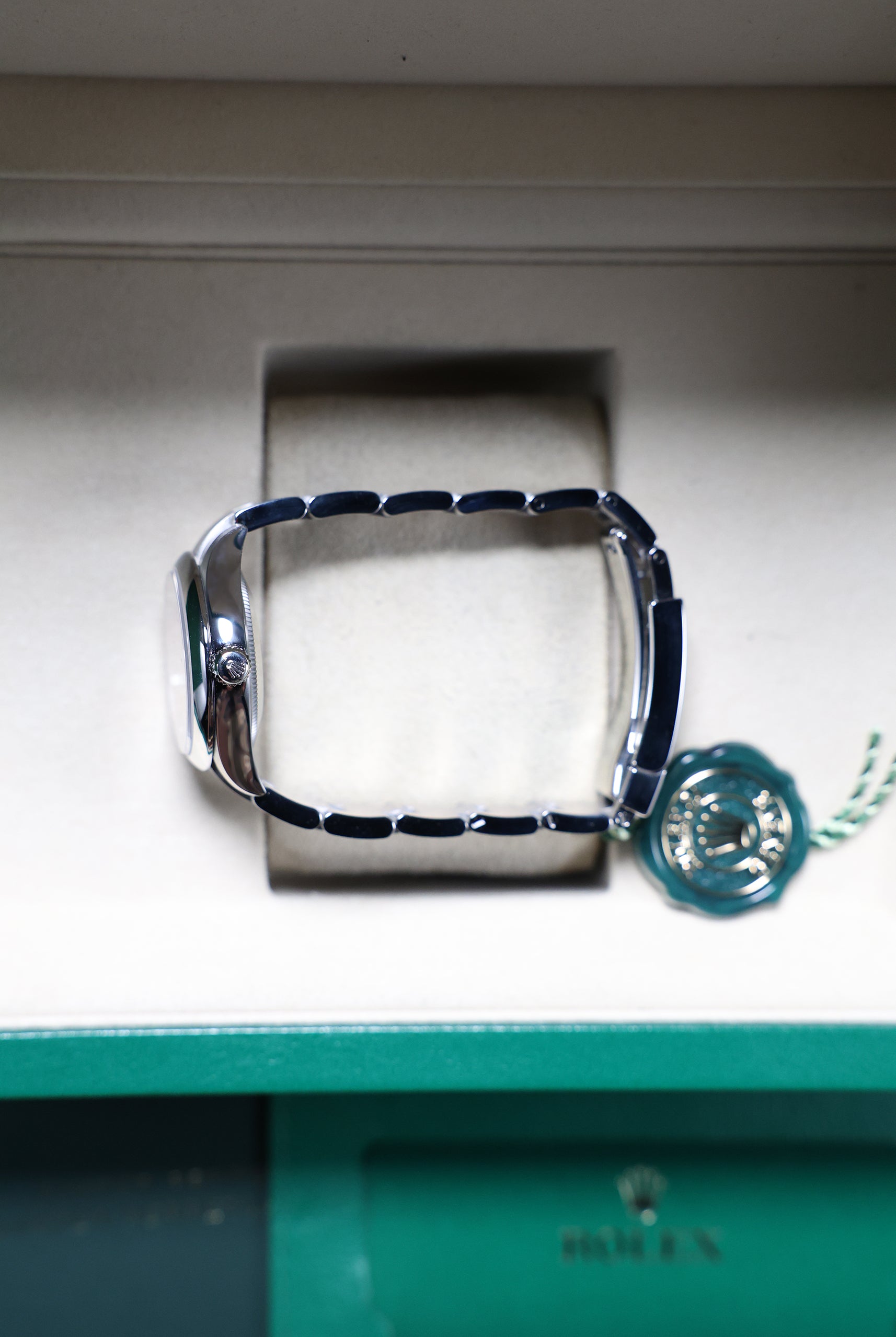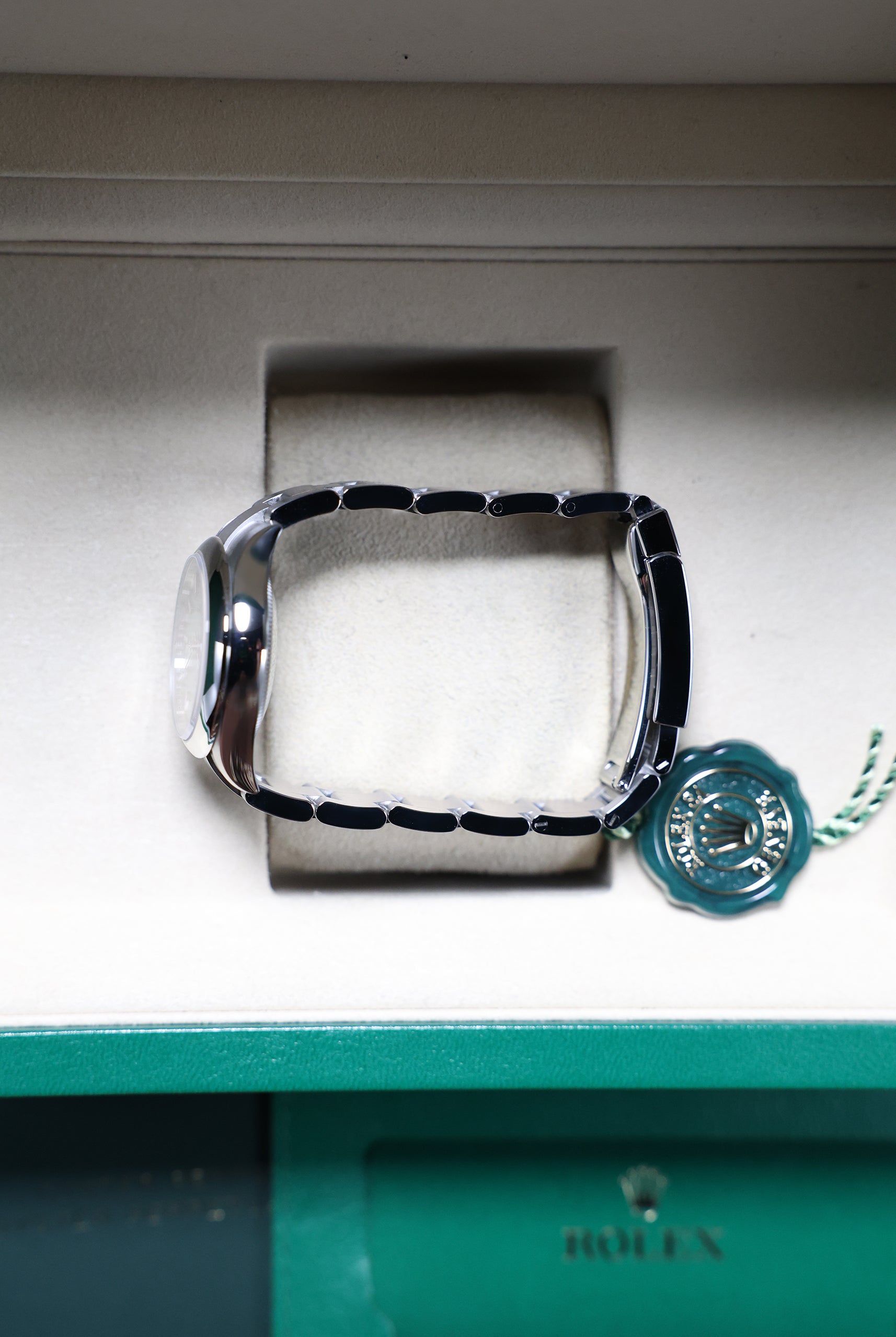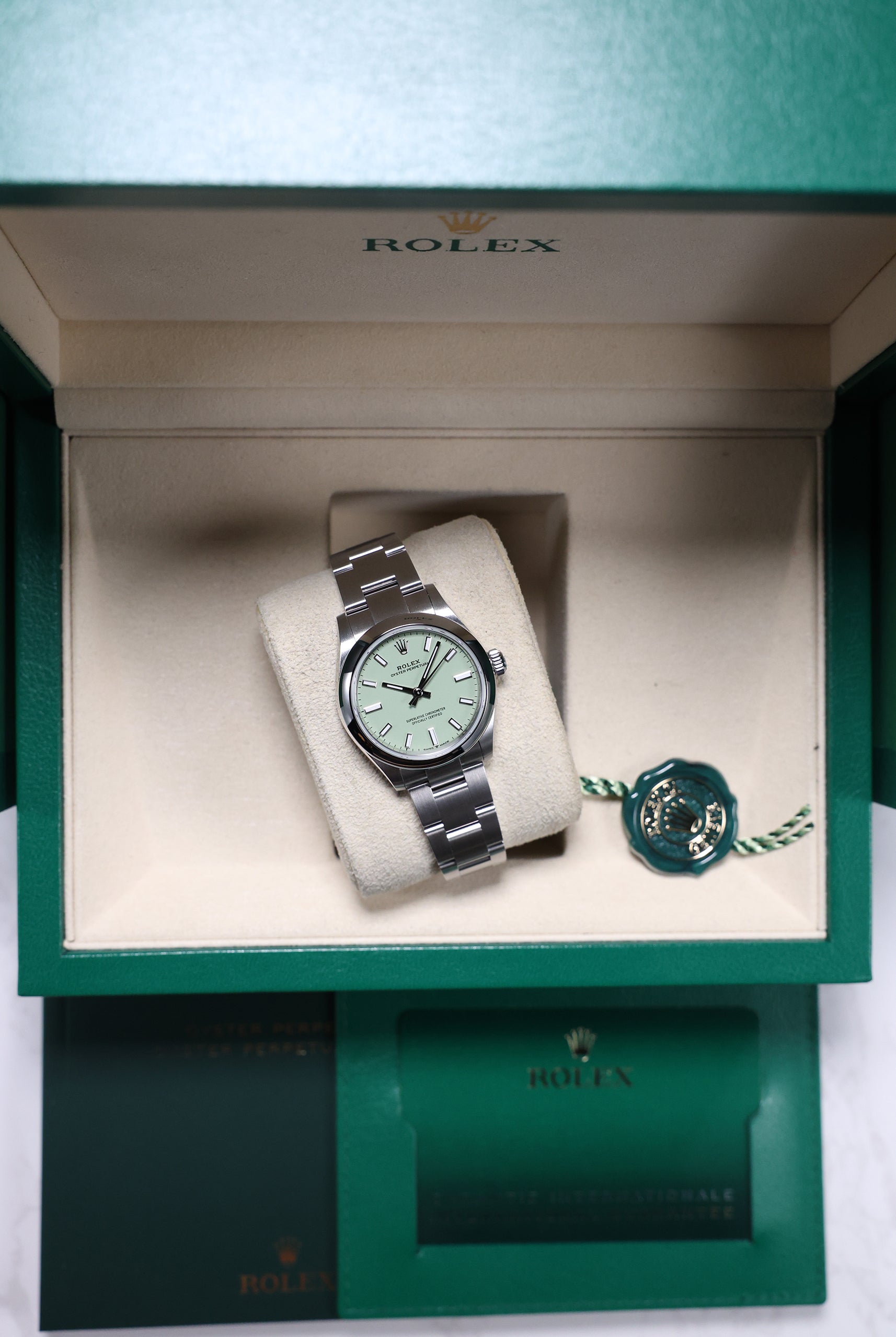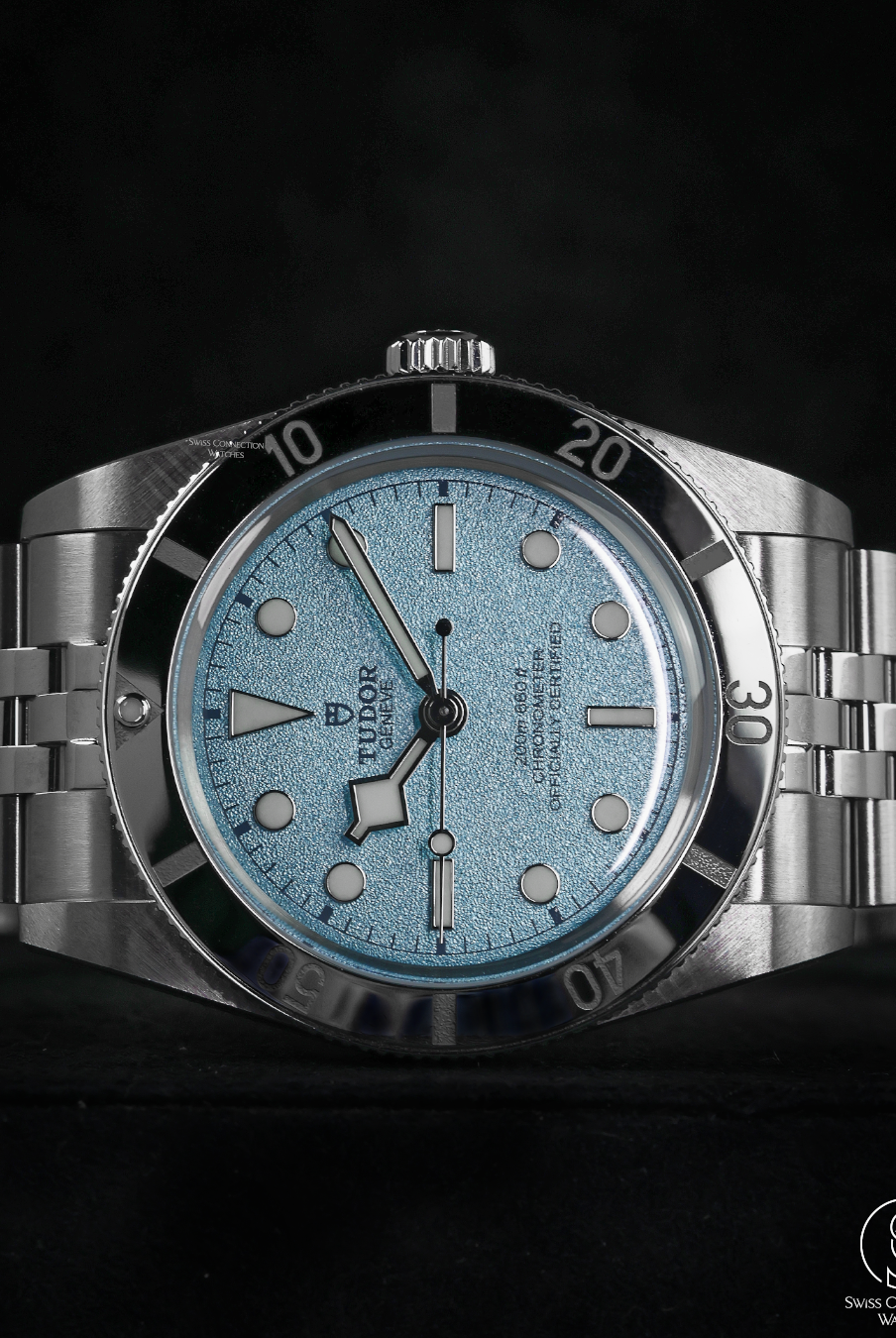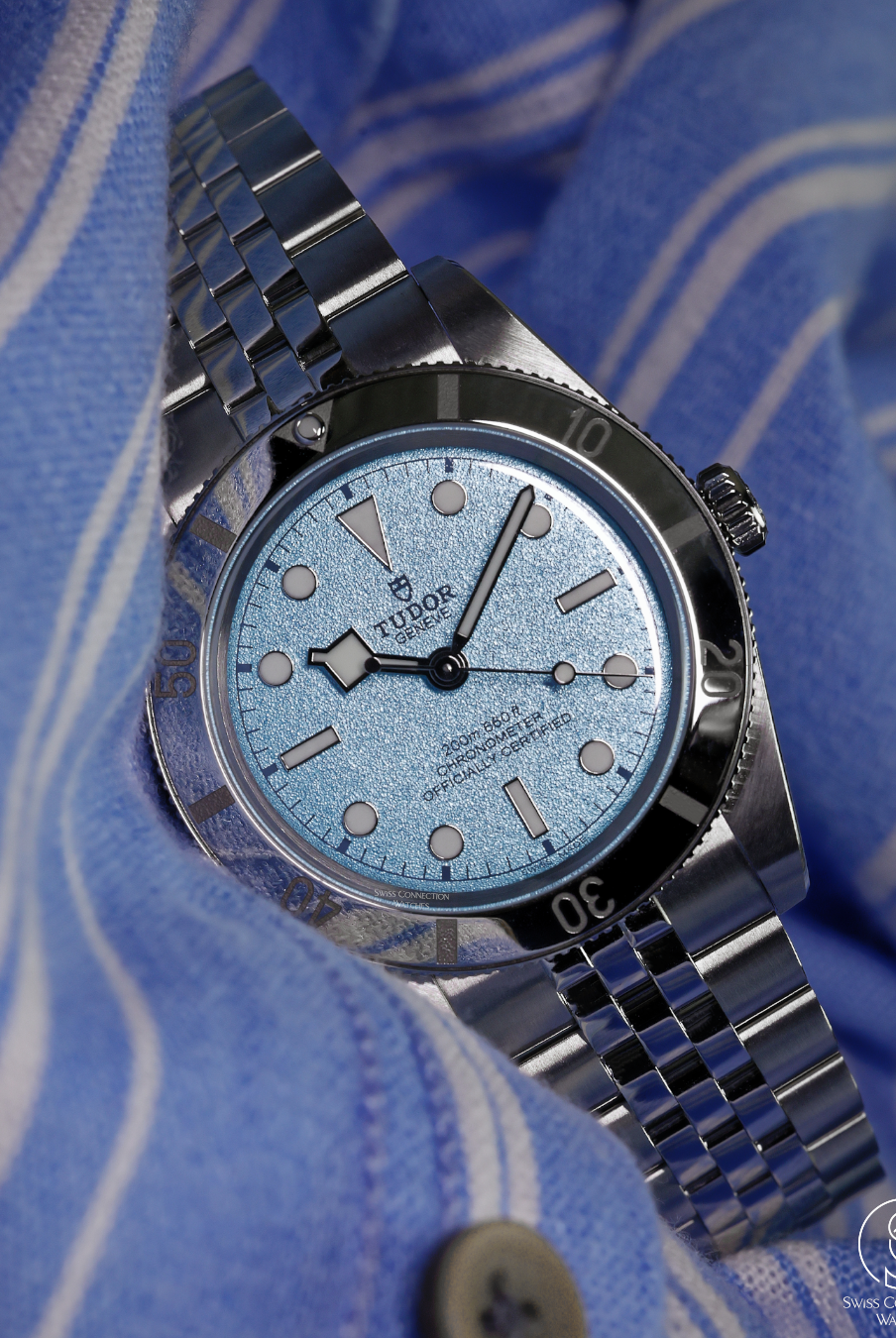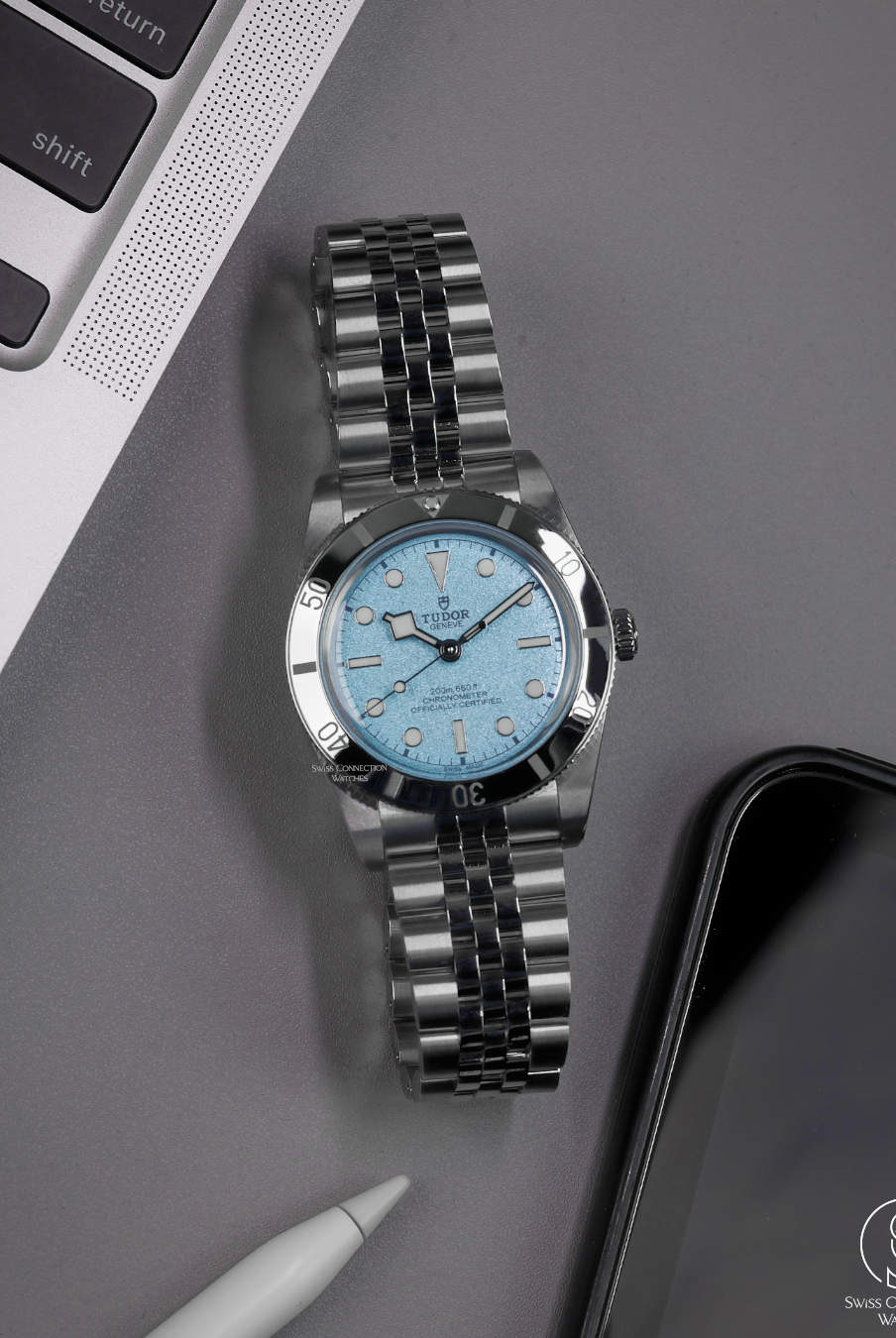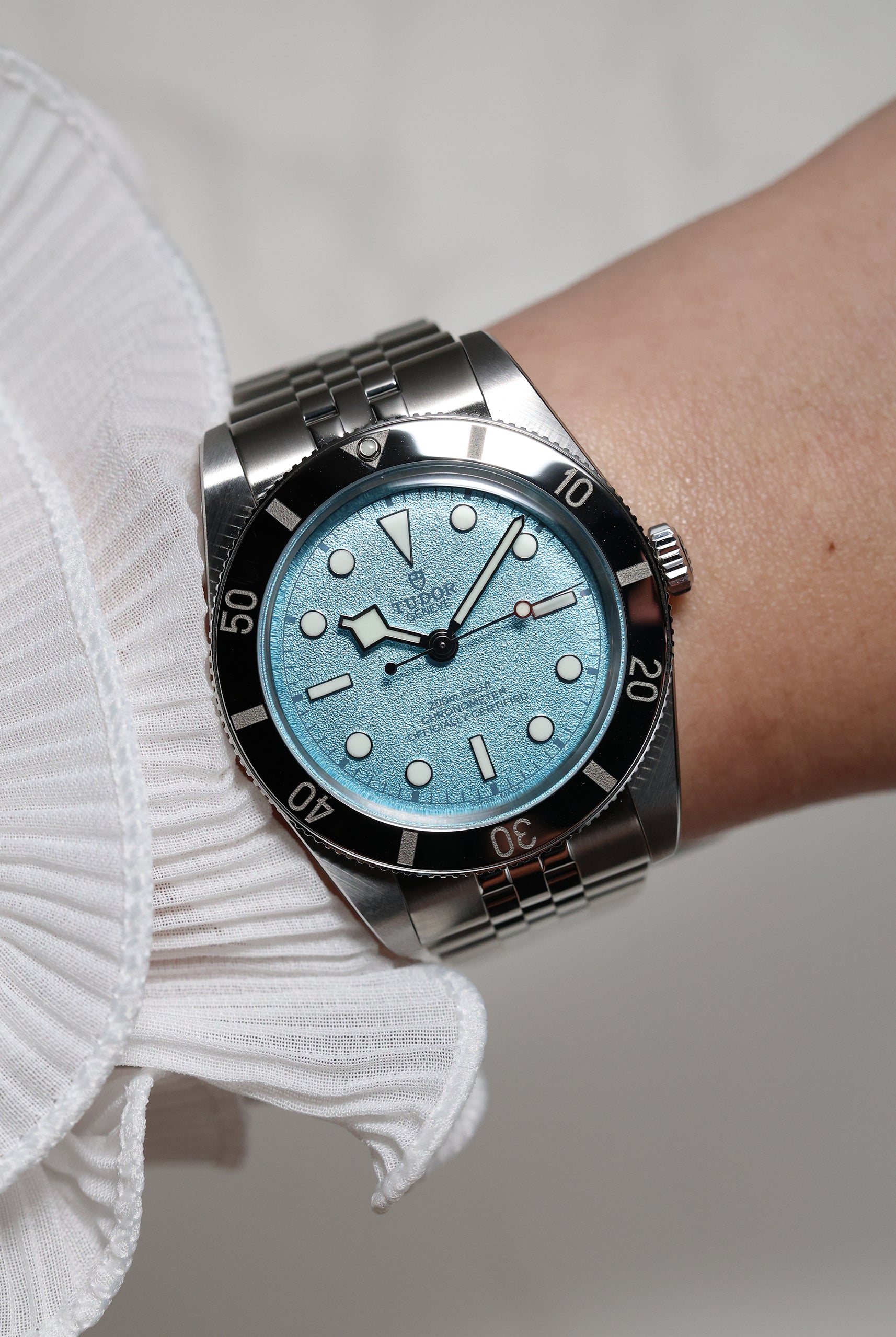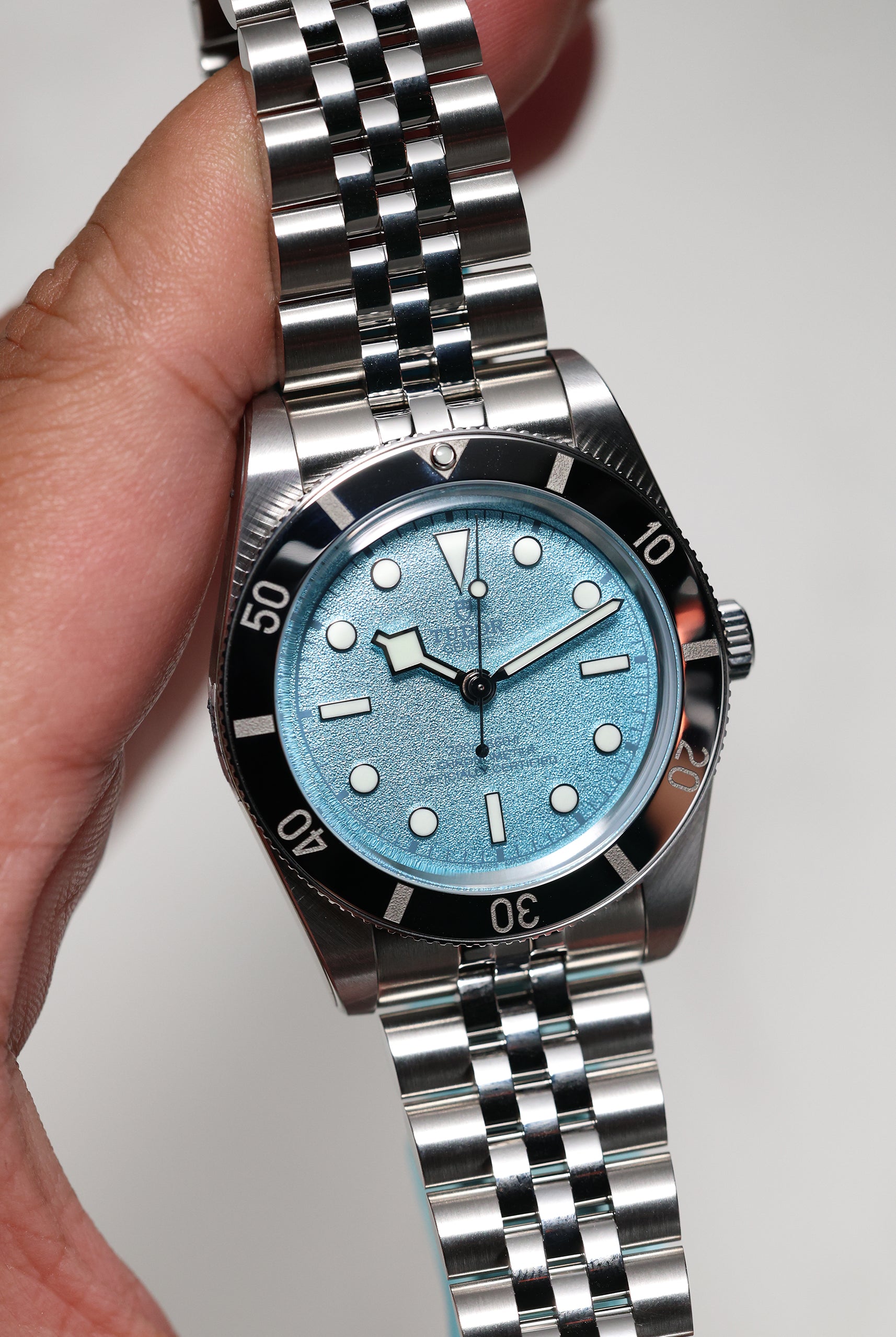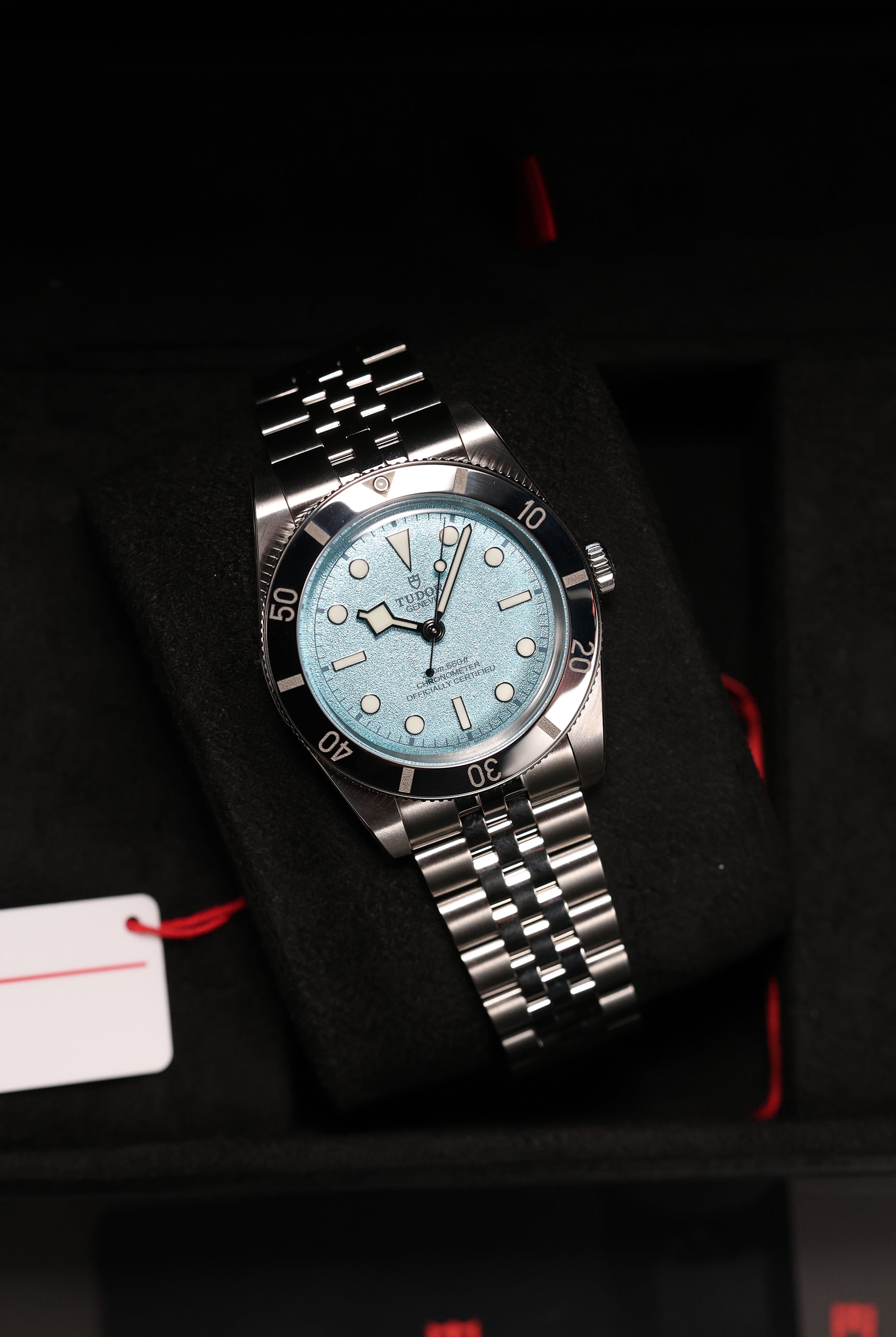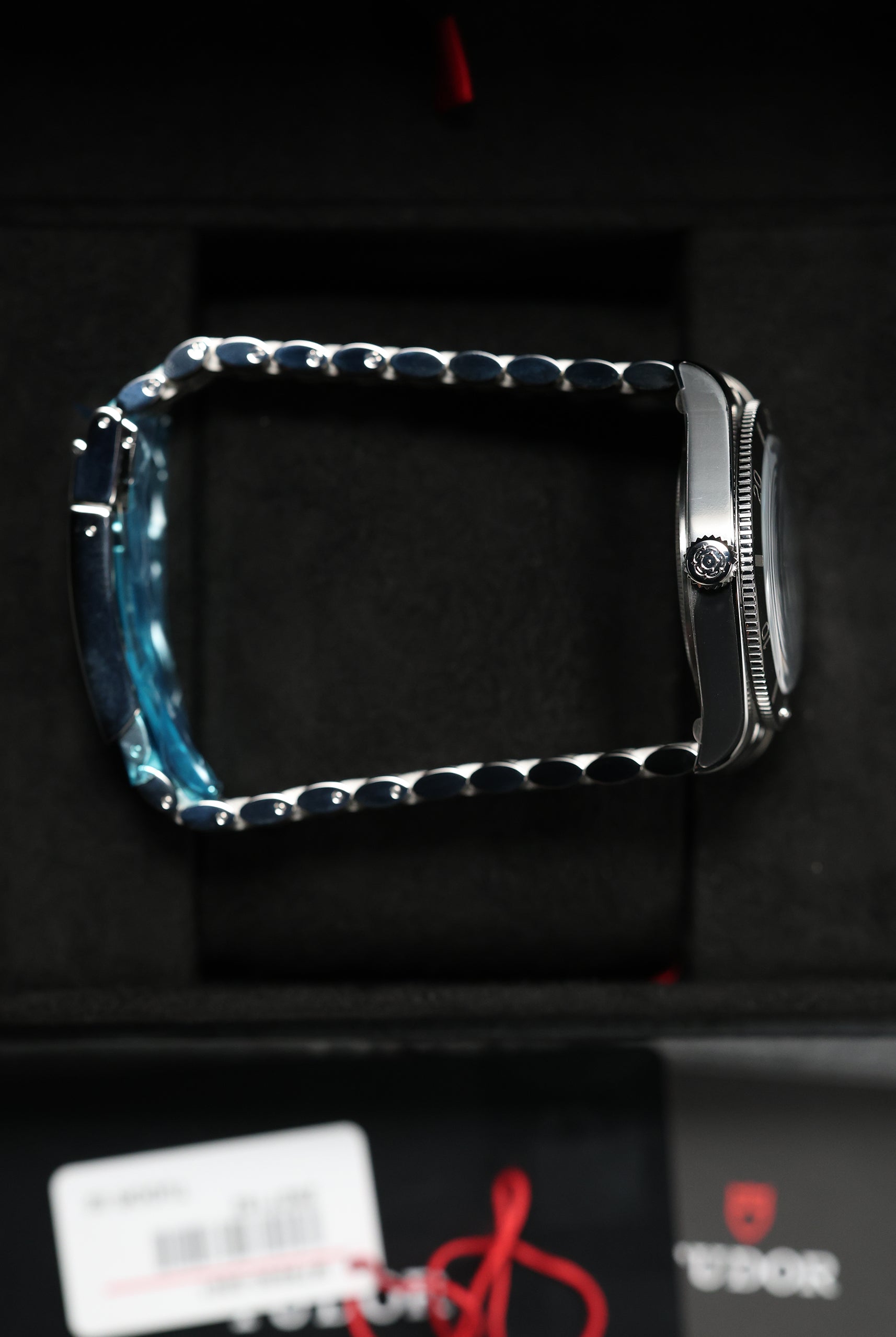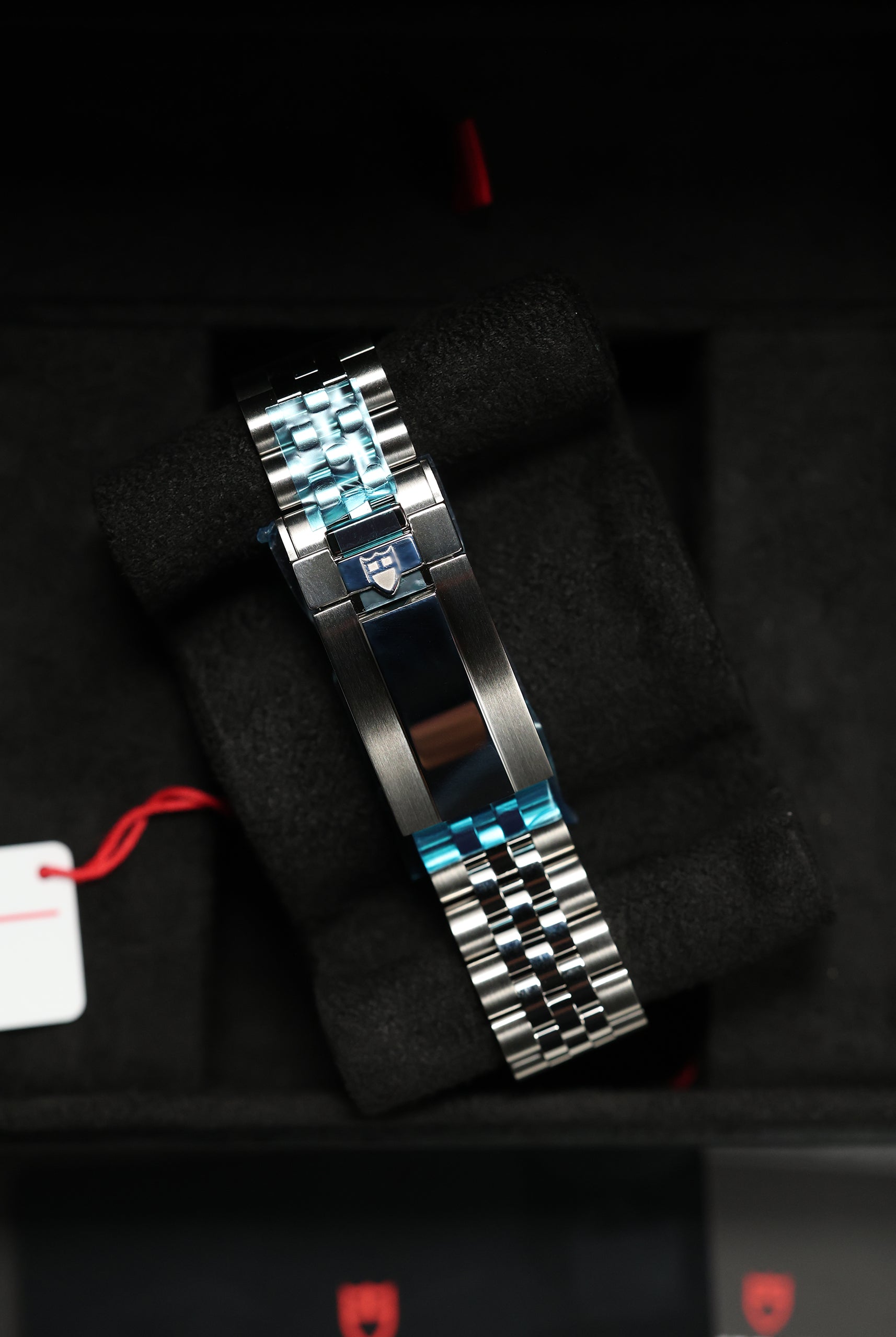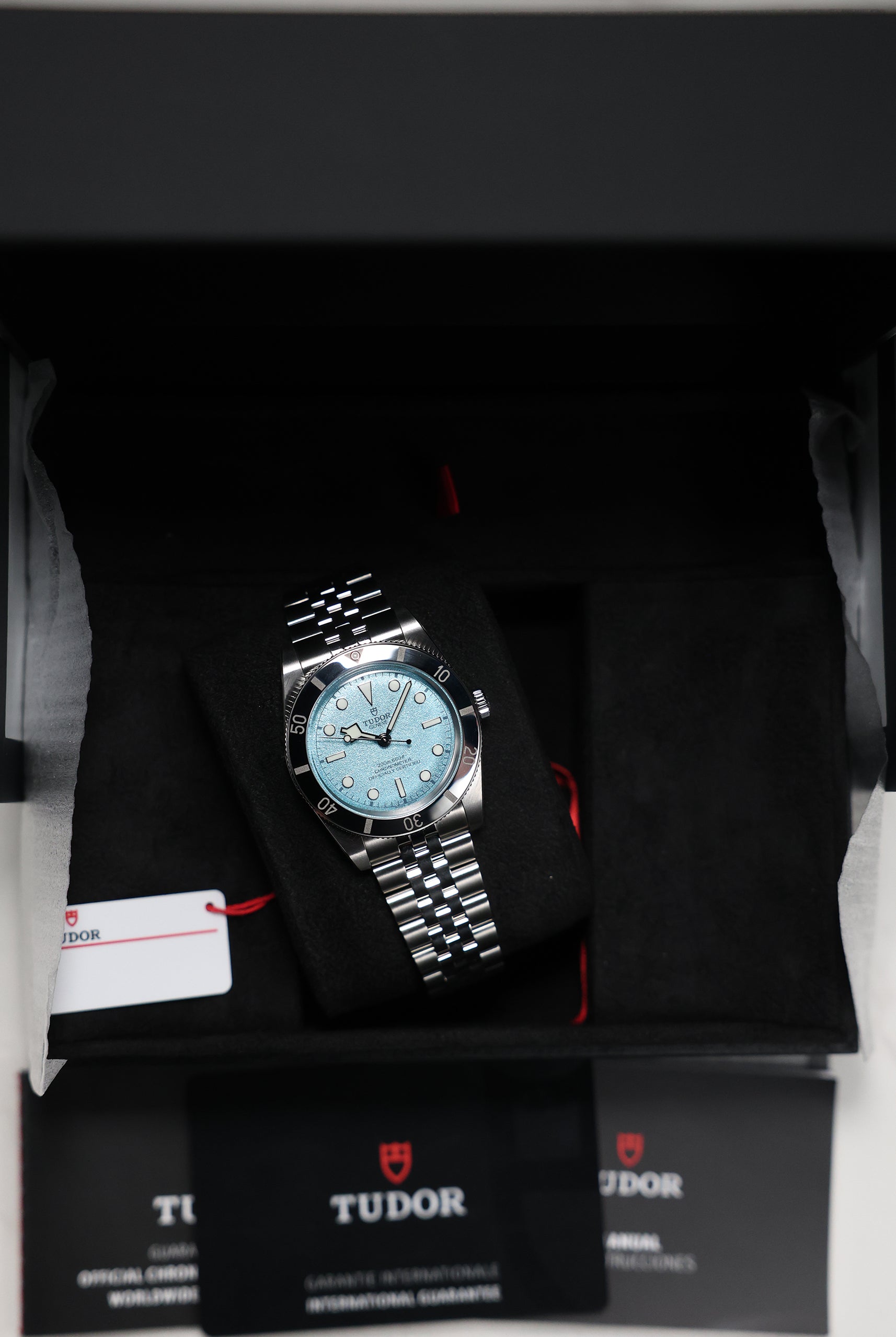Few watches have witnessed as much of the world’s history — from ocean depths to red carpets — while remaining entirely unchanged in purpose. The Rolex Submariner is the ultimate benchmark against which all other luxury sports watches are measured, a 70 year masterclass in relentless, safety-driven technical refinement.
The Submariner’s story is a compelling case study in why Rolex is the gold standard: every change, from the type of luminous paint to the mechanism of the clasp, was made to enhance performance, increase safety, or improve reliability. We trace its evolution from a professional tool of 1953 to the modern icon of 2025.
I. The Origin Story: Tool Watch Purity (Pre-1953)
The Submariner's debut in 1953 was built upon two revolutionary Rolex patents: the Oyster Case (1926) for hermetic waterproofness, and the Perpetual Rotor (1931) for self-winding convenience. The initial Submariner was designed for a dangerous, emerging profession—professional diving—and immediately established the core blueprint: a highly legible dial, luminescent markers, and a rotating bezel to track remaining oxygen.
The earliest models achieved an impressive 100-meter water resistance. Rolex’s partnership with the legendary diving company COMEX (Compagnie Maritime d'Expertises) later drove deep-sea testing that ultimately led to the development of the Helium Escape Valve, first seen on the specialized Sea-Dweller model. The Submariner began its life as pure utility, where form was dictated entirely by the deep-sea function.
The Submariner’s origins defined its purpose — the decades that followed would redefine its precision.
(Image Source from Amsterdam Vintage Watches)
II. Mastering Water Resistance: The Crown Systems
Rolex’s reputation for waterproofness is defined by its patented screw-down crowns, which create a hermetic seal against the case. In the early days of professional diving, guaranteed water resistance wasn't just a convenience; it was a matter of life-or-death safety.
Crucially, the sealed Oyster case also provided total resistance to dust, grit, and moisture, protecting the delicate movement from the elements, reducing the need for service, and dramatically extending the watch's operational lifespan.
The evolution of this system tracks the Submariner’s jump to professional depth ratings.
|
Crown System |
Introduced |
Key Feature |
Water Resistance (Typical) |
|---|---|---|---|
|
Twin-Lock |
1953 |
Uses two sealed zones (gaskets). |
Generally rated to 100 meters. |
|
Triplock |
1970 |
Uses three sealed zones (multiple gaskets) for enhanced protection. |
Rated to 300 meters (1,000 feet) and beyond. |
The transition from Twin-Lock to the more robust Triplock crown system in the late 1970s was fundamental, solidifying the Submariner’s professional 300-meter water resistance rating. This robust waterproofness was one half of the equation; the next step was ensuring safety and clarity in the pitch black of the deep.
(Image Source from Rolex)
III. The Safety Revolution: From Radium to Blue
For a dive watch, legibility in darkness is a safety necessity. The history of the Submariner's dial reflects the entire watch industry’s necessary shift away from hazardous materials toward modern longevity.
|
Luminous Material |
Period of Use |
Glow Color |
Collector Context |
|---|---|---|---|
|
Radium |
Pre-1963 |
Green-yellow (often fades to dark yellow/brown). |
Highly radioactive; now only found on the rarest, earliest references. |
|
Tritium |
1963 - 1998 |
Fades to a dimmer green-yellow/cream (patina). |
Beloved by collectors; dials marked T SWISS T for safety. Or (SWISS- T<25) |
|
|
|
|
|
|
Chromalight |
2008 - Present |
Distinctive Rolex Blue, engineered to glow for up to eight hours. |
Rolex's proprietary, high-performance solution for modern legibility. |
The evolution is a clear path from complex, temperamental materials to modern, safe, and highly efficient luminescence.
Each glow tells the story of its time — the gentle fade of Tritium recalls a vintage warmth long gone, while Chromalight’s crisp blue embodies a modern age of precision and progress.

IV. Aesthetic Philosophy: The Dial and Bezel Wars
The most visible changes on the Submariner are found on the dial and bezel, reflecting a transition from pure utility to modern luxury standards.
The Bezel Material Shift: Aluminum vs. Cerachrom
The rotating dive bezel is the most critical tool-function of the Submariner, serving as a non-decompression timer for divers to track elapsed time (and thus remaining oxygen) underwater. Because this bezel is manipulated constantly—often in wet conditions while wearing thick gloves—it requires immense friction resistance and durability, which drove the need for a material upgrade.
Rolex transitioned its dive watch bezels from scratch-prone aluminum to the proprietary Cerachrom ceramic around 2010.
|
Feature |
Aluminum Bezel (Vintage/Older Models) |
Cerachrom Bezel (Modern Models) |
|---|---|---|
|
Material |
Anodized Aluminum Insert |
Hard Ceramic (Rolex's Cerachrom) |
|
Durability |
|
|
|
|
|
|
The crucial nuance for collectors is that the aluminum bezel is highly valued for its imperfections—the unique color fading (e.g., black to gray) and surface wear is seen as a unique character and history that the modern, pristine Cerachrom cannot replicate.
Dial Evolution: Gilt, Matte, and Gloss
The dial is the very face of the Submariner—it's the canvas that conveys its history and the component the wearer engages with most frequently. Rolex has subtly, yet fundamentally, altered this visual identity over the decades, reflecting changing tastes, technical capabilities, and safety standards.
-
Gilt (1950s - late 1960s): Complex, glossy black lacquer with gold/gilt text. Highly prone to environmental damage over time.
-
Matte (Late 1960s - mid-1980s): Flat, anti-glare, utilitarian black surface with printed white text. Easier to read and cheaper to produce.
-
Gloss/WGS (Mid-1980s - Present): High-shine lacquer with applied hour markers framed in white gold surrounds (WGS). This is the modern, durable, and luxurious aesthetic.

V. Modern Mastery: 41mm and Glidelock
The latest generation of the Submariner reference 126610 (released in 2020) represents the pinnacle of Rolex’s continuous refinement, focusing on ergonomics, movement efficiency, and comfort.
-
Ergonomics: The case size was subtly refined to 41mm, slightly adjusting the lug width and geometry to give the watch a more contemporary yet balanced wrist presence.
-
Movement Power: The watch now houses the new-generation Caliber 3235 (and the non-date 3230). These movements incorporate the high-efficiency Chronergy escapement, increasing the power reserve to a solid 70 hours.
-
The Glidelock Clasp: Integrated into the Oyster bracelet, the patented Glidelock system is arguably the best convenience feature Rolex has ever produced. It is a sophisticated, tool-free mechanism that allows the wearer to quickly and precisely adjust the bracelet length by up to 20mm in 2mm increments.
The Glidelock clasp isn't just engineering—it's a necessity in tropical humidity, making the Submariner an effortless companion in climates like Malaysia, where wrists expand throughout the day.

Conclusion: The Unbroken Line of Refinement
The history of the Rolex Submariner is not one of revolution, but of masterful, calculated evolution. It belongs to a rare class of design icons, much like the Porsche 911, that do not need to be fundamentally changed, only perfected through technology.
Every change, from the shift to the Triplock crown to the integration of the Glidelock clasp, serves the same core purpose established in 1953: to create the most reliable, legible, and durable timepiece possible. The true luxury of the Submariner is knowing that its history of professional tool-watch reliability is preserved and enhanced in every contemporary model.
Which era of the Submariner defines the gold standard for you — the vintage warmth of tritium patina, or the technical supremacy of the modern 41mm Glidelock
Explore our current Submariner collection : www.swisswatch.com.my
Visit our Kuala Lumpur boutique for a private consultation and hands-on experience.
Watch Our Full Video
For a detailed look at the craftsmanship and feel of these exquisite watches, be sure to watch the full video review below.


